At the turn of the 20th century, St. Louis was a major city in the state of Missouri in the midwestern United States. It was a key transportation and commercial hub, with a population of around 550,000 people. The city was located along the Mississippi River and was a major stop on the Oregon and Santa Fe trails, which were used by settlers and traders traveling westward. St. Louis was also a major transportation center, with the Mississippi River serving as a major artery for trade and transportation. The city was home to several steamboat companies, which provided transportation up and down the river, and it was also served by several railroads, which connected it to other parts of the country.
One of the most significant events to take place in St. Louis at the turn of the 20th century was the World’s Fair, which was held in the city in 1904. The World’s Fair was a major international exposition that attracted millions of visitors from around the world. It was a showcase of the latest technological and cultural achievements of the time, and it had a significant impact on the city’s economy and reputation.
#1 Fleet of Ford Model T automobiles in front of St. Louis city hall, 1900
#2 North 7th Street showing people at work and walking along street, 1900
#3 An aerial view of Saint Louis. The view spans across rooftops with smokestacks in the distance, and the river in the background, 1900
#4 City View with a Smokestack, 1900. several other buildings with a cloudy sky, and a smokestack on the right side of the image.
#5 A large house with four people on and around the porch facing the camera, 1900. Going towards the right of the photo, the neighborhood continues with vegetation grown houses.
#6 Family Portrait in a Park,1900
#7 Three people in a company care parked by the river. Two women are sat in the back of the car, and a man is standing next to the car; all smiling.
#8 Fourth street, looking north from Market, 1903
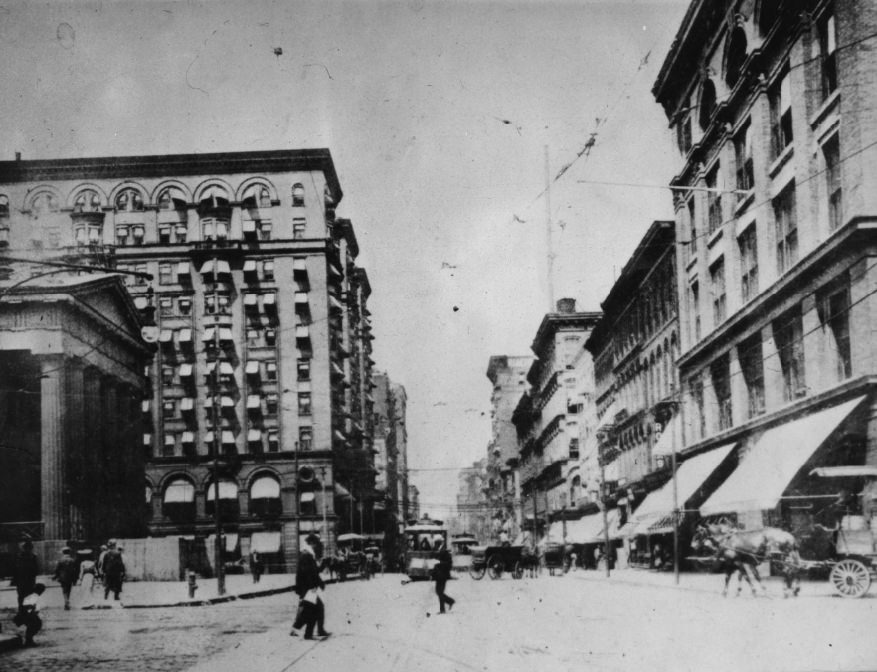
Fourth street changed again in the 1890s from bazaar of busy stores and hotels a quieter habitat of tall office buildings housing insurance and railroad agencies. The horse cars have given way to electric cars but there are no automobiles on the streets and the styles are strictly what Grandmother used to wear. Left to right: the old Courthouse, Planters Hotel, Rialto Building and Merrell Drug Company. What was once a bazaar of busy stores and hotels in the 1880s had changed by 1903 to a quieter habitat of tall office buildings housing insurance and railroad agencies. Even transportation had changed, the horse cars giving way to the trolleys. This photo, looking north from Market, shows from left to right, the old Courthouse, Planters Hotel, Rialto Building and Merrell Drug Co.
#9 This huge boulder was rolled onto the tracks on North Broadway between Gano and John during 1900 streetcar strike.
#10 Jefferson Barracks – New Parade Grounds, 1900
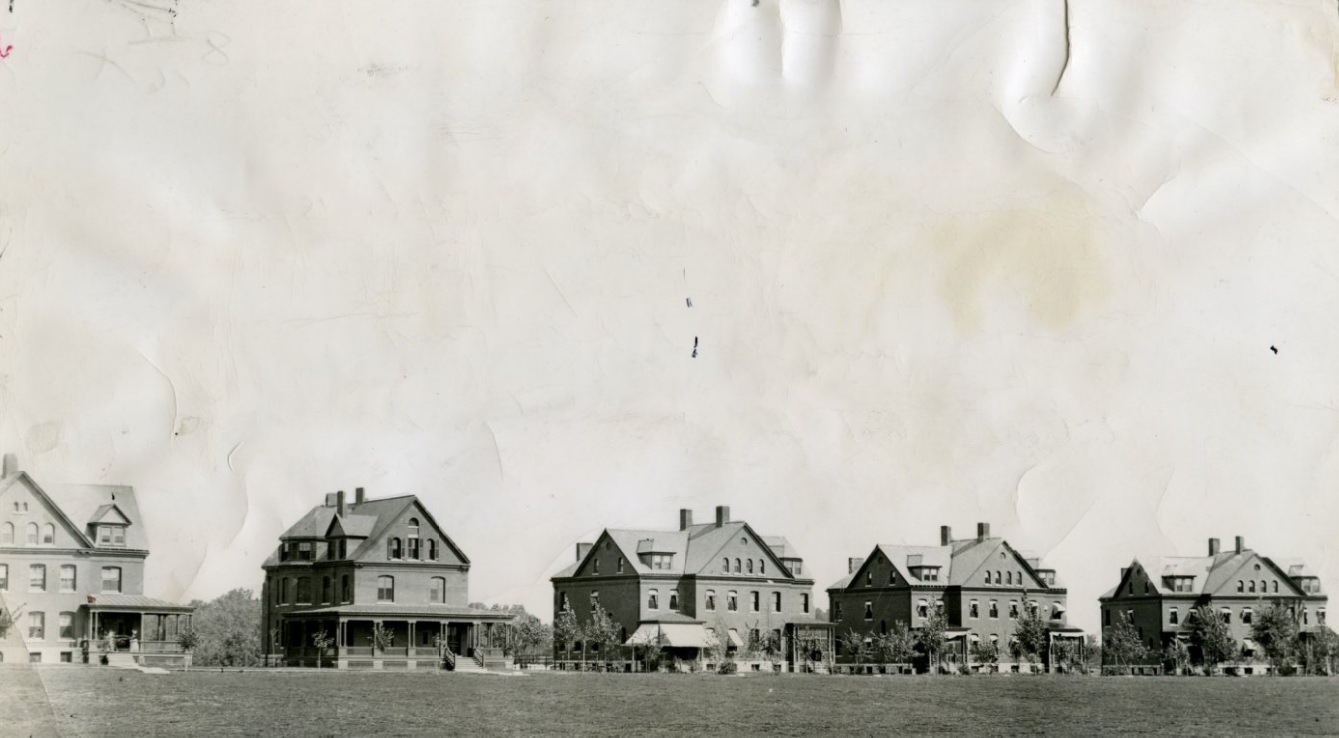
Jefferson Barracks was proud of its 1895 parade grounds across from the new officers' quarters, which had replaced the 1827 limestone "apartments" on three sides of the old quadrangle. It was here that Col. Walter Krueger marched his Sixth Infantry in review in honor of the Japanese military attache just before handing over command to Col. Walter Short.
#11 The Palaces of Education and Social Economy at the 1904 World’s Fair.
#12 Rear of a railway locomotive travelling away from the camera. Trainmen and an engineer are on the back of the Tender.
#13 Washington Avenue looking west, 1900. Automobiles, pedestrians, electric streetcars and horse-drawn wagons are visible.
#14 The old Boatman’s Bank building in March of 1900.
#15 A pair of smokestacks, one of which is being worked on by a group of men near the top of the stack, 1900. The upper stories and roofs of 901 and 911 Washington Avenue are visible in the background.
#16 The German Pavilion at the 1904 World’s Fair in St. Louis, 1900. This pavilion was best known for its bells which could be heard from a great distance.
#17 Looking along city sidewalk with major street on one side and vacant lot on the other, 1900
#18 Urban Horse Herd, 1900
#19 The intersection of Second Street with another street with men working in the middle of the intersection, 1900
#20 Women of the Gymnastic Association Sokol in St. Louis, 1900
#21 Japanese Pavilion and gardens at the 1904 World’s Fair in St. Louis.
#22 Site where house has just been demolished in the midst of an urban area, 1900
#23 Saint Louis Riverfront, 1900
#24 Ice, coal and wood stand in downtown St. Louis, 1900
#25 Rainy city street with street lamps visible in the foreground, 1900
#26 Five boys standing along the base of a poured concrete wall at a construction site, 1900
#27 Sunken Garden at the 1904 World’s Fair.
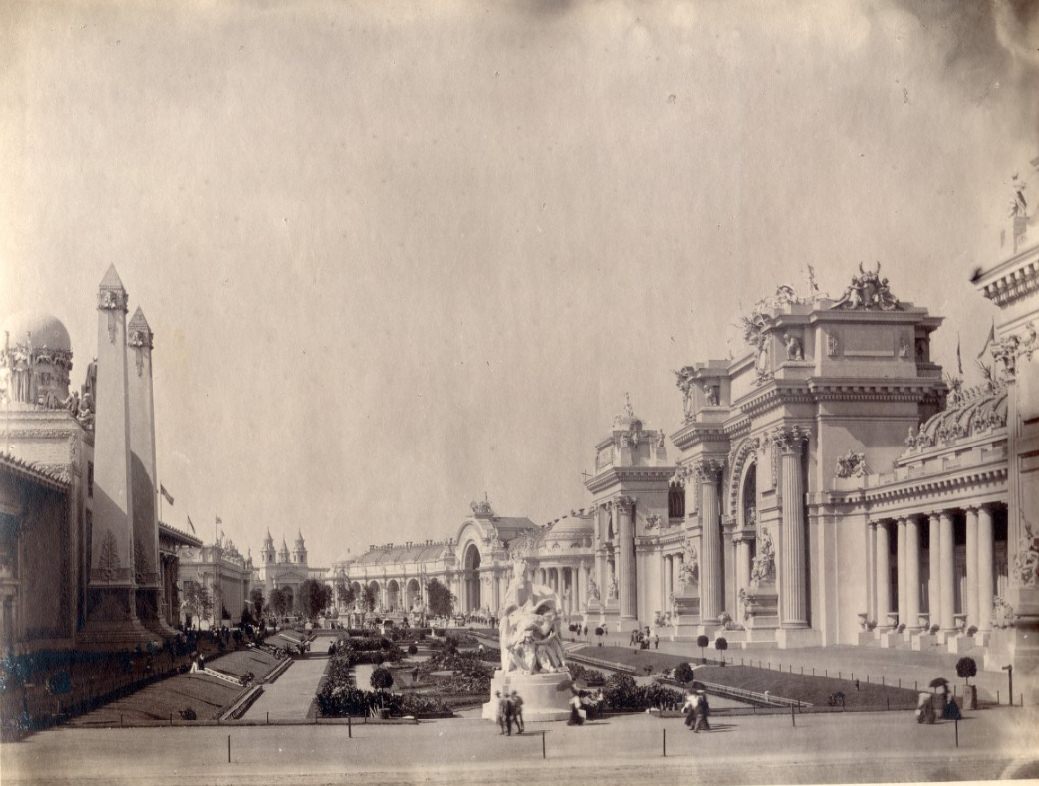
The picture was taken from the Government Terrace (later Government Drive) looking north all the way to the distant towers of the Palace of Varied Industries. The buildings on the left are the Palace of Mines and Metallurgy with the obelisks flanking its entrance and the Palaces of Education and Social Economy. On the right is the Palace of Liberal Arts with its columns and ornate cornices and the Palace of Manufactures behind it.
#28 The Palace of Transportation at the 1904 St. Louis World’s Fair.
#29 The Hotel Jefferson looking north along Tucker Boulevard, 1900
#30 1314 Market, corner of Market and Centre Streets, 1900
#31 A wide view of Locust Street headed downhill toward 18th Street, 1900.
#32 Snow Removal, Chouteau Avenue, 1900
#33 Palaces of Electricity and Machinery, 1900
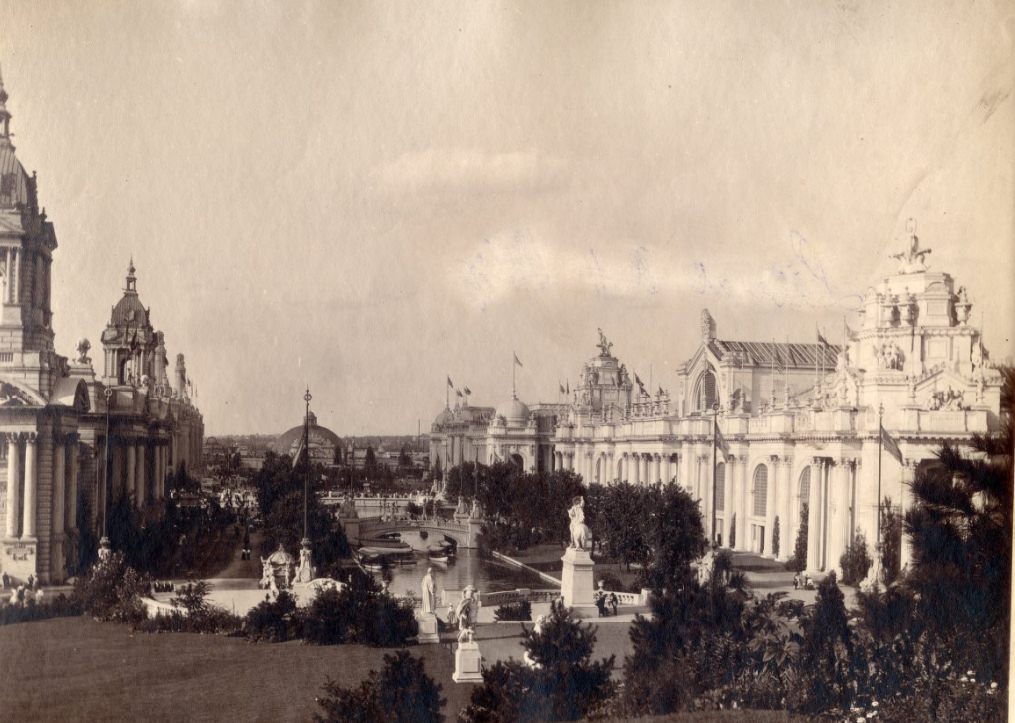
Photograph taken from the western edge of Art Hill looking north toward the dome of Creation at the 1904 World's Fair in St. Louis. Palaces of Electricity and Machinery are most visible on the left with the Palace of Varied Industries behind it. On the right is the edge of the Palace of Machinery with the Palace of Transportation behind it.
#34 A couple of two-hitch horse wagons. The contents of one wagon is being poured into the wagon under the bridge, 1900
#35 Festival Hall at the 1904 World’s Fair. The image includes the Cascades running down Art Hill to the Grand Basin as well as various fountains and statues.
#36 Olive Street in St. Louis looking east across Sixth Street, 1900
#37 Two men standing on the sidewalk of a major street. One man appears to work at the grocery they are standing in front of, 1900
#38 St. Louis Star newspaper building and Hotel Jefferson along North Tucker Boulevard, 1900
#39 People standing around a large hole in a city street, 1900
#40 Base of the Louisiana Monument, 1900
#41 Intersection of Chestnut and 4th Street looking west along 4th Street, 1900. The Old Courthouse is visible on the left. Many automobiles are visible along 4th Street.
#42 A section of cobblestones has been removed along a busy sidewalk, 1900
#43 Menu sign board on sidewalk in front of restaurant. Menu items with prices are visible, 1900
#44 Palace of Manufactures, 1900
#45 Festival Hall & Grand Basin, 1900
#46 A Christmas Tree arch display being set up on North Tucker Boulevard, 1900
#47 Smokestacks against an industrial background, 1900
#48 Herd of horses in urban neighborhood, 1900. Two men can be clearly seen corralling the horses. This is a close-up from another photograph in the collection.
#49 Car Parked On Seventh Street, 1900
#50 The totem poles around the Alaska house at the 1904 World’s Fair in St. Louis.
#51 An employee for the Tower Grove Dairy delivering goods to residents of St. Louis, 1900.
#52 Palace of Machinery, 1900. The picture was taken facing north down the lagoon and takes in the Palace of Transportation and the dome of Creation in the distance.
#53 Terminal Railroad Association train engine with tender stopped in rail yard, 1900
#54 View of Buffalo Tower, 1900
#55 River at low level running through a neighborhood, 1900
#56 Streetcars on street under repair, a modified streetcar with the cab removed is in the foreground, 1900
#57 The Mengel & Vogt pharmacy at Taylor and Page Avenues, 1900. A woman is standing next to a pole in front of the building. The building still exists and appears to be vacant.
#58 Locomotive in front of Simmons Hardware, 1900
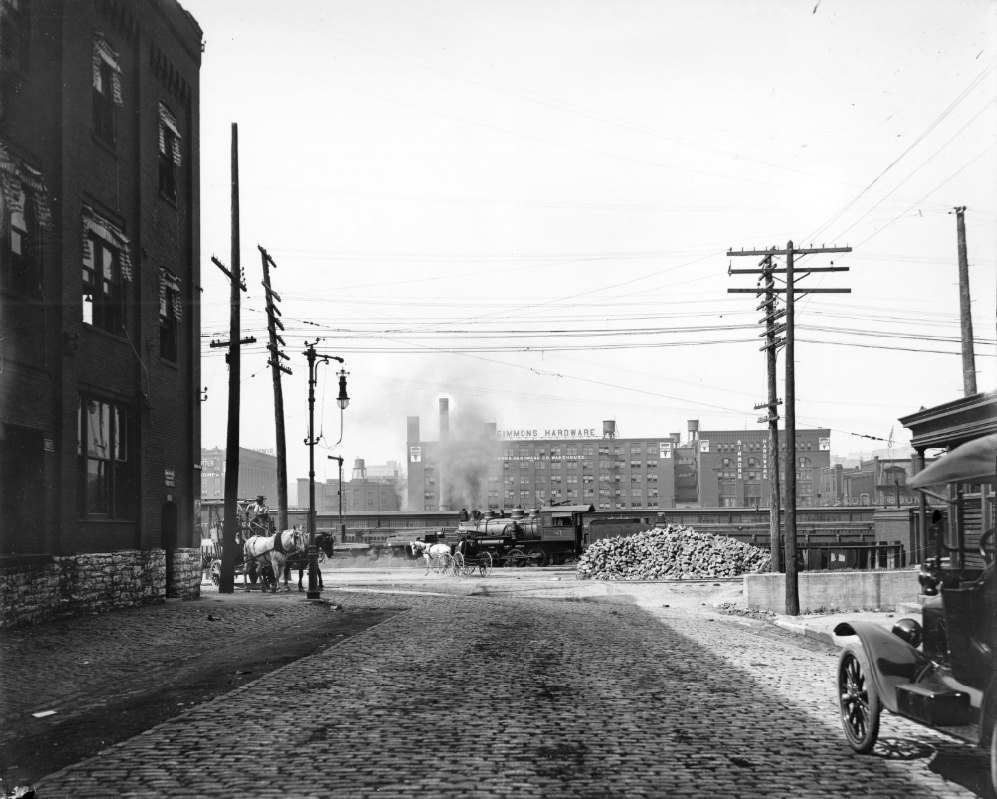
In the mid-ground there are two horse drawn carriages, one is an enclosed passenger carriage and the other has an open top and is being driven by two workmen. In the left portion of the photograph there is a large pile of cobblestones and a steam locomotive. The locomotive is identified on the photograph as "engine 81 of the Terminal Railroad Association". The background of the image contains a tall smokestack and several large factory buildings. The buildings include a Simmons Hardware Co. Warehouse, a Western Electric Company building, and several industrial sites.
#59 Two Young Girls at a Construction Site on Sherry Avenue, 1900
#60 Palace of Liberal Arts, 1900
#61 World’s Fair building surrounded by a crowd of people. In front of the building is still under construction.
#62 The Palace of Liberal Arts as it is being finished for the 1904 World’s Fair.
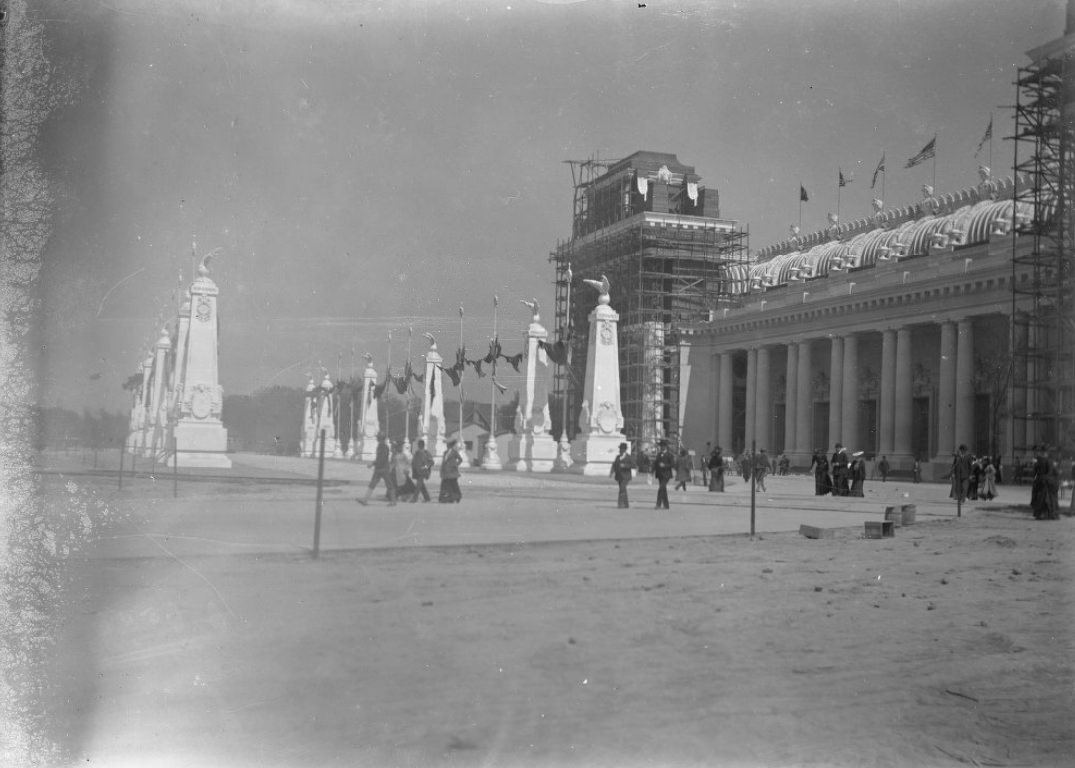
The building has flags lining the top, pillars in pairs connecting the roof to the ground, and there are two rows of tall decorated pillars with fabric strung between them. People are walking around the grounds, viewing the construction as it is completed. This building appears to be the only one in that immediate area.
#63 18th and Market St.s Opposite Union Station in 1900. Ticket Scalpers are seen here as well.
#64 Tree along South 11th Street with signs attached to it. The tree is in front of Lami Pharmacy, which was at the intersection of South 11th Street and Lami Street, 1900
#65 Palaces of Electricity and Machinery at the 1904 World’s Fair.
#66 Dorris automobile that has been in a wreck, 1900. An American flag has been tied between the headlamps
#67 A rooftop view of the domed bell tower at the top of the Jaccard Building, 1900
#68 A horse either being lowered into or lifted out of a hole in a city street, 1900
#69 The lagoon leading east from the grand basin at the 1904 World’s Fair in St. Louis.
#70 Saint Louis Art Museum building, 1900
#71 Olive and 7th Street, looking east, 1900
#72 View from the Buffalo Tower, 1900
#73 A horse either being lowered into or lifted out of a hole in a city street, 1900
#74 Missouri building at the 1904 World’s Fair in St. Louis. This was a temporary structure demolished after the fair. The World’s Fair Pavilion was then built on this site.
#75 Palaces of Education and Social Economy, 1900
#76 Workers in Snowy Street, 1900
#77 Palaces of Electricity and Machinery, 1900. The image is of the buildings at night viewed from Art Hill looking across the Grand Basin.
#78 Pennant Pierce Oil Corporation filling station, 1900. Three cars are visible in front. A man appears to be putting air into the tire of one of the cars.
#79 Men installing a pipe in a city street. One man is standing in a hole in the middle of the street and is smoking a pipe, 1900
#80 Street intersection with theater posters and building billboards visible, 1900
#81 Girl on dirt path, 1900. An industrial warehouse is visible in the background.
#82 Mielke’s Lunch Stand, the Hotel Francis and Walter J. Noble Whiskey and Wine store, 1900
#83 Corwin H. Spencer, 1900
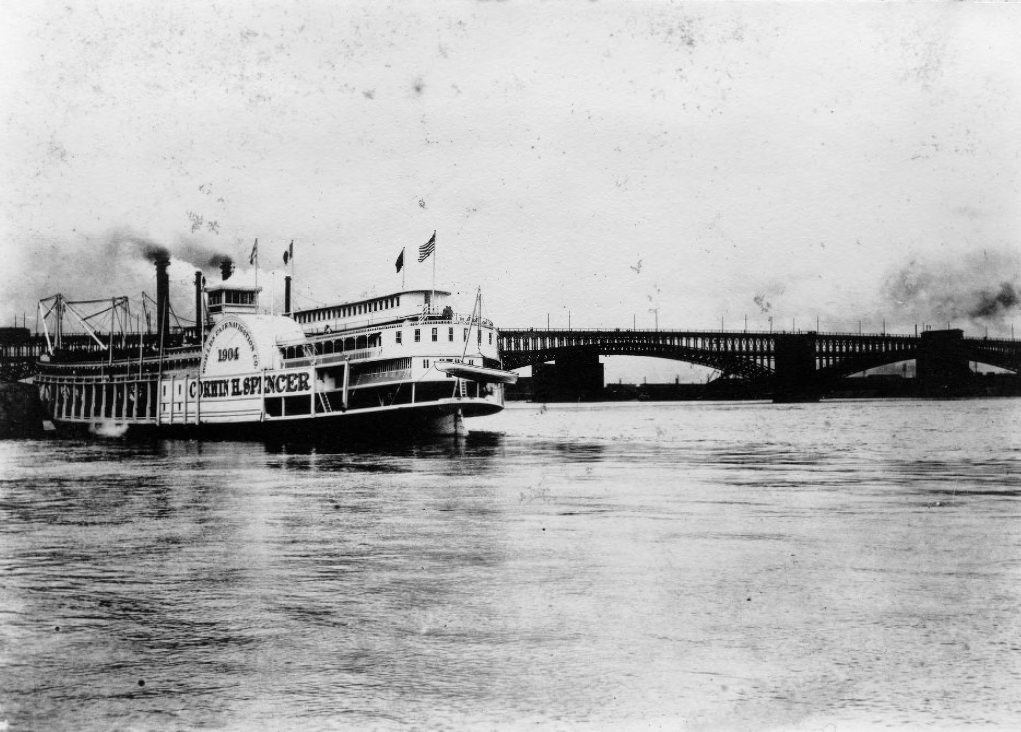
The Corwin H. Spencer was originally built as the Anchor Line steamer City of Monroe at Jeffersonville, Indiana in 1887. Badly damaged by the cyclone at St. Louis on May 27, 1896 she was rebuilt into the Hill City. She was 327 feet long, 44 feet beam, and 8.5 feet depth of hold. Purchased by Captain T. B. Sims at a U. S. Marshall sale in January 1898. In 1903 again sold, converted into an excursion boat and renamed the Corwin H. Spencer. She burned just above Jefferson Barracks, Missouri on October 12, 1906.
#84 South Taylor Avenue and Manchester Avenue, 1900. A bar is visible at the corner. Two men are in a discussion in the street. An automobile is partially visible on the right.
#85 The intersection of North Euclid and McPherson Avenues, looking west along McPherson Avenue, 1900
#86 City sidewalk with wooden fence with posters plastered on it, 1900.
#87 Horse-drawn wagon delivering fruit and produce to a business, 1900.
#88 Large pit in the middle of an urban area that is filled with water, 1900.
#89 Rear of urban residential housing showing laundry drying, 1900
#90 The front of two city houses side by side, 1900. Buildings in foreground partially obstructing the house fronts. Young child in alley in foreground.
#91 The Louisiana Monument at the 1904 World’s Fair in St. Louis.
#92 Street scene of St. Louis after during or after 1904. Two women on sidewalk. Trolley car on rails in the cobblestone street. Buildings with mansard roofs.
#93 Broadway North from Market Street, 1900. The old Courthouse is visible on the right, theaters and a hotel are visible on the left across from the Courthouse.
#94 Construction site at railway interchange, 1900.
#95 Children standing along and hanging on a rope near a construction site, 1900.
#96 Looking east along Washington Avenue from approximately North Tucker Boulevard, 1900.
#97 Fullerton Building, 1900
#98 Boyle Avenue, 1900
#99 Lucas Gardens Park Construction, 1900
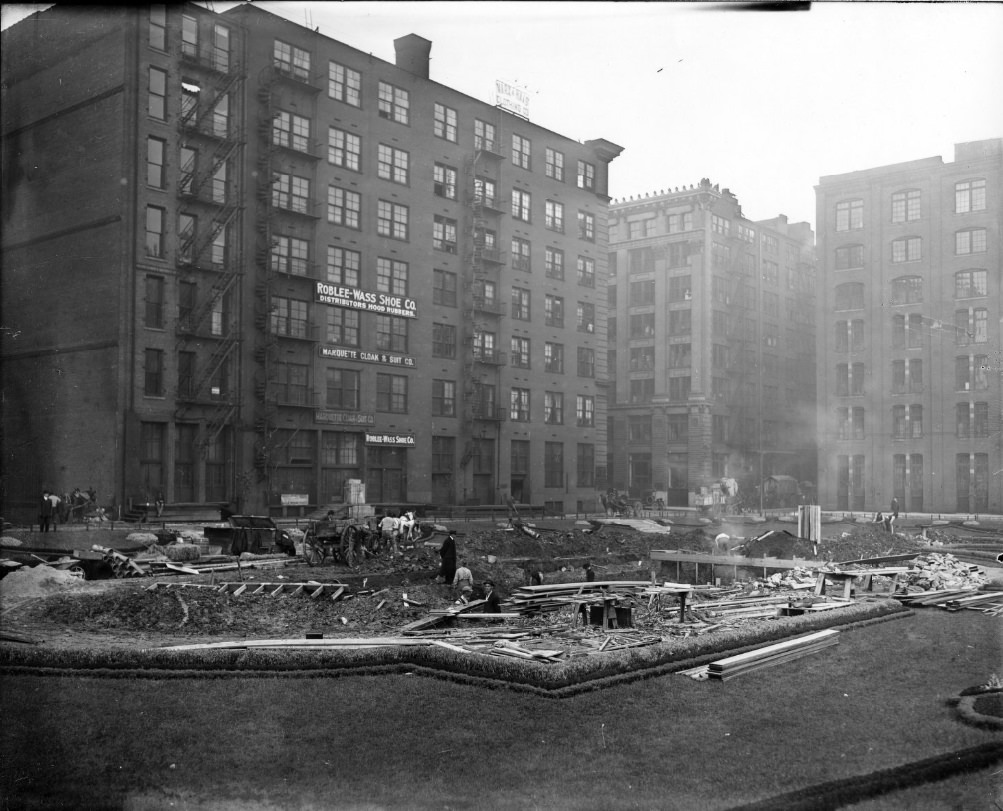
This construction is probably the renovation of the site back to being a park after the demolition of the Exposition and Music Hall. Prior to the Exposition Hall the site was Missouri Park. The St. Louis Public Library building now occupies the other part of the site. The rear of 1300 Washington Avenue is visible behind the park.
#100 Brazilian Pavilion at the 1904 World’s Fair in St. Louis.
#101 Unpaved road that is muddy, many ruts from carriage wheels are visible, 1900.
#102 Festival Hall at the 1904 World’s Fair viewed from the northeast looking across the lagoon
#103 Water wagon on major St. Louis street near the intersection with Carr Street, 1900.
#104 Store front of liquor store on Chouteau Avenue, 1900.
#105 Latta-Hord Laundry Company in St. Louis, Missouri, 1900.
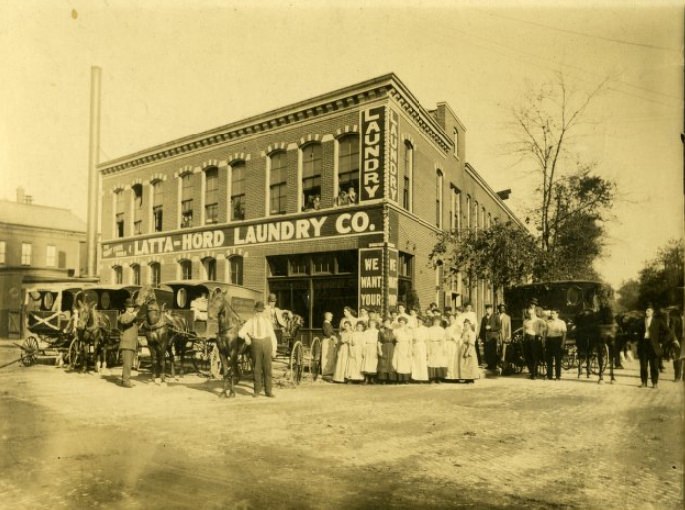
The building has clean new signs advertising "We Want Your Work". The company's employees include various women posed together at the corner of the building and men who stand to the sides next to the company's horse-drawn carriages. Others peer out of the second story windows.
#106 Saint Louis Mercantile Library building in downtown St. Louis at Broadway and Locust Streets, 1900
#107 Biddle and Broadway, showing the City Market – sometimes known as the “Round Top Market” on account of its dome-shaped roof, 1900.
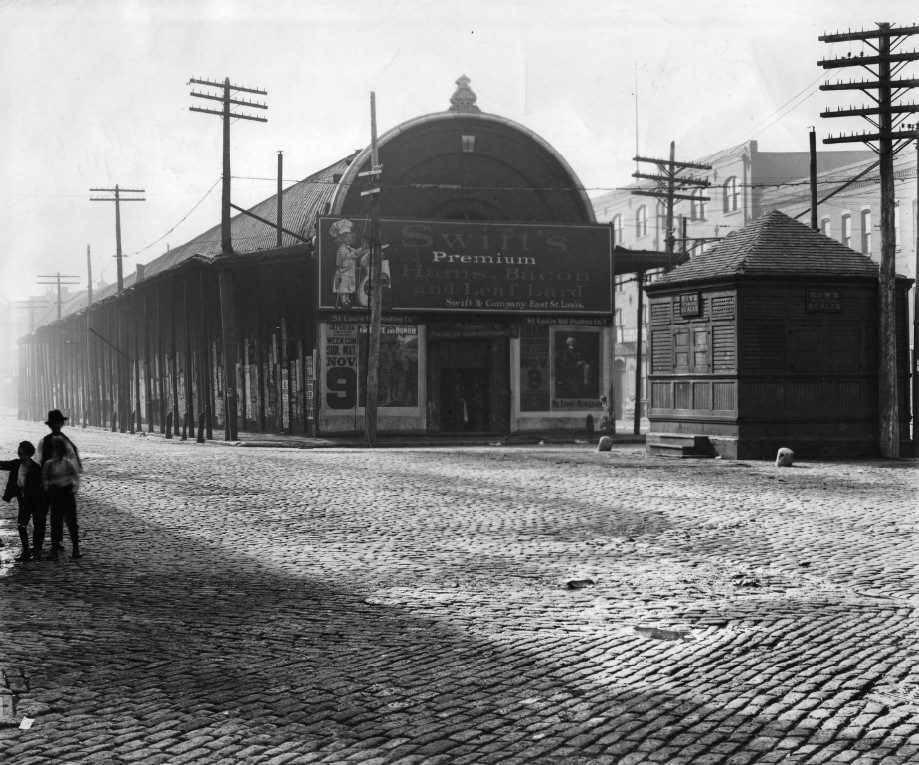
This market was erected by the city 1857 on land belonging to the estate of Ben.W.S. Harney, the city to collect the proceeds until reimbursed for its expenditures. The market lapsed back to the Harney estate in 1878 and eventually to the Merchants' Bridge and Terminal Company. Its nearest neighbor and competitor was the North Market, latterly Union Market.
#108 Construction in an Open Field, 1900
#109 The entrances to Tower Grove Park in Saint Louis, Missouri.
#110 The Second Presbyterian Church Progress, 1900
#111 Saint Louis School and Museum of Fine Arts, 1900
#112 Compton Hill Water Tower Construction, 1900
#113 Second Presbyterian Church Construction, 1900
#114 Missouri Botanical Garden, 1900
#115 Missouri Botanical Garden Lily Pond, 1900
#116 World’s Fair Construction, 1900
#117 Franklin Bridge in Forest Park, Saint Louis, Missouri, 1900.
#118 Washington University’s Brookings Hall in Saint Louis, Missouri, 1900.
#119 Workers on a World’s Fair Construction Site, 1900
#120 World’s Fair construction, 1900.
#121 Construction of World’s Fair Buildings, 1900
#122 Forest Park Band Pagoda, 1900
#123 Trees and a Statue in a Park, 1900
#124 Side of Exposition Building Construction, 1900
#125 Missouri Botanical Garden Visitors, 1900
#126 Three People Leaning on a Wooden Railing, 1900
#127 Close Up of World’s Fair Constructionv, 1900
#128 Two women standing by a large, misshapen tree near a tall, wooden structure, 1900.
#129 Horse-Drawn Carriages in Downtown Saint Louis, 1900
#130 Children Running Through a Park.1900
#131 Horses and Mules Pulling Carts in a Field, 1900
#132 Saint Louis City from a Roof, 1900
#133 Saint Louis Art Museum, 1900
#134 Construction of the Palace of Varied Industries, 1900
#135 Bandstand in Tower Grove Park, 1900
#136 Palace of Varied Industries, 1900
#137 Compton Hill Water Tower, 1900
#138 National Live Stock Commission Company, 1900
#139 Children Racing Through a Park, 1900
#140 Swans in a Park Pond, 1900
#141 Down the Length of a Residential Street, 1900
#142 Farmhouse in Saint Louis, 1900
#143 Family in Front of a Farmhouse, 1900
#144 Child Standing on the Porch of a Large House, 1900
#145 Saint Louis Farmhouse, 1900
#146 Horse-Drawn Carts Going Down a Boulevard, 1900
#147 The Statue of Francis P. Blair Jr., 1900
#148 Group of People Gathered By a Tree, 1900
#149 Street view photograph of large homes in a suburban area, 1900.
#150 Three seated men, and six men standing behind the chairs. Directly behind them is a tight grouping of palm trees, 1900
#151 A Woman by the River, 1900
#152 Pews and Altar of a Church, 1900
#153 Painting of Ships and Their Crews, 1900
#154 A construction site in Forest Park, Saint Louis, Missouri, 1900
#155 A statue of Alexander Von Humboldt in Tower Grove Park of Saint Louis, Missouri, 1900.
#156 Ground level photograph of construction for the World’s Fair in Forest Park of Saint Louis, Missouri, 1900.
#157 View of the Eads Bridge looking from St. Louis, Missouri towards East St. Louis, 1900
#158 Greeting from Eden Theo. Seminary, St. Louis, 1900
#159 St. Louis-the Eads Bridge, 1900
#160 Wharf and Eads Bridge, St. Louis, 1900
#161 Marquette (Public) School, St. Louis, 1900
#162 The Eads Bridge looking from St. Louis towards the Illinois side, 1900
#163 Levee and riverfront, St. Louis, 1900
#164 Excursion steamer leaving wharf, St. Louis, 1900
#165 Eads Bridge, St. Louis, 1900
#166 Merchants’ Bridge, St. Louis, 1900
#167 Streetcars cross the Eads Bridge, which spans the Mississippi River from St. Louis, 1900
#168 Olive Street in downtown St. Louis, Missouri, 1900
#169 The Marion Sims-Beaumont College of Medicine, owned by a group of St. Louis physicians, was incorporated into St. Louis University in 1903.
#170 Lindell B’l’v’d. near Taylor Avenue, St. Louis, 1900
#171 Shaw’s Garden, Palm House, St. Louis, 1900
#172 Private streets, such as Washington Terrace, were developed in St. Louis, 1900
#173 The entrance gates to Vandeventer Place, one of St. Louis exclusive, private residential streets, 1900
#174 St. Joseph’s Convent, St. Louis, 1900
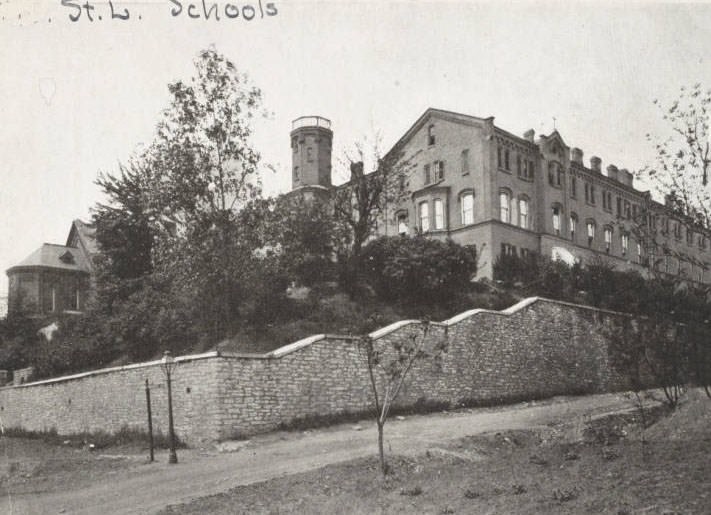
Construction was started at the Convent of the Sisters of St. Joseph of Carondelet, 6400 Minnesota Avenue, St. Louis, Missouri, in 1841. The nuns operated a convent school for girls, both boarding and day, later named St. Joseph's Academy, at this location from the 1840s to 1925.


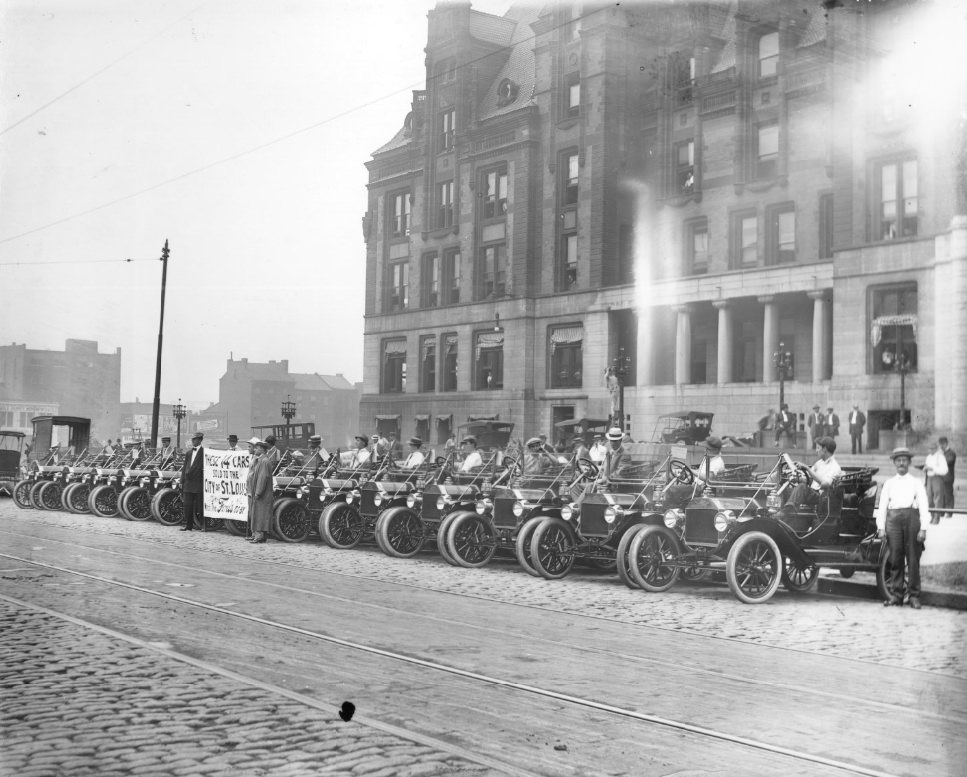

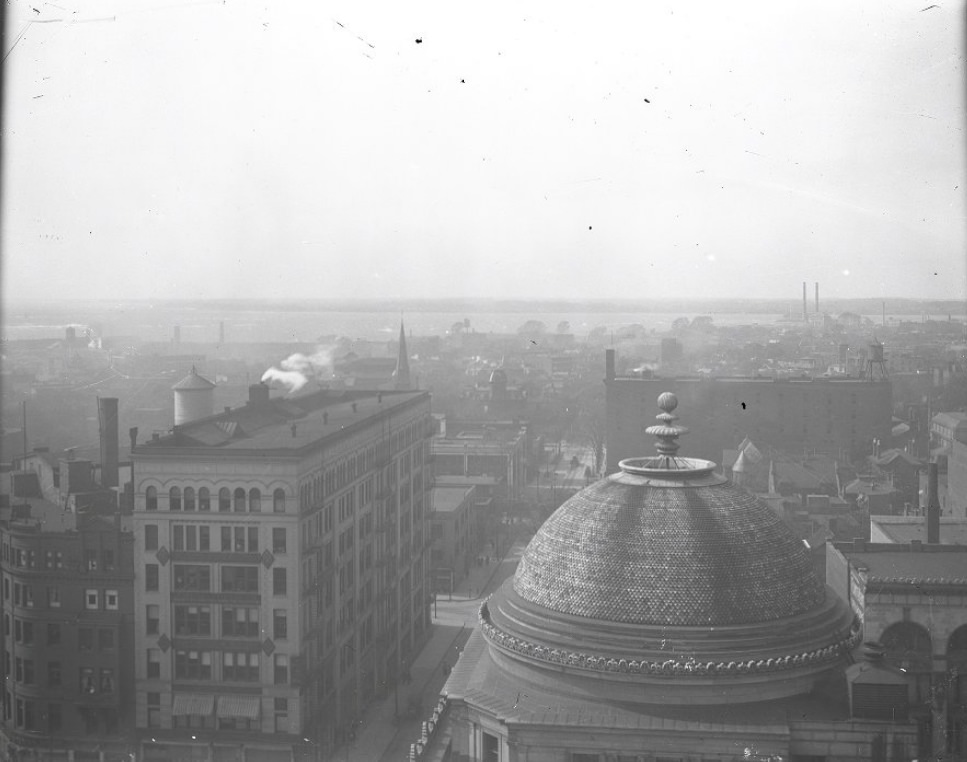
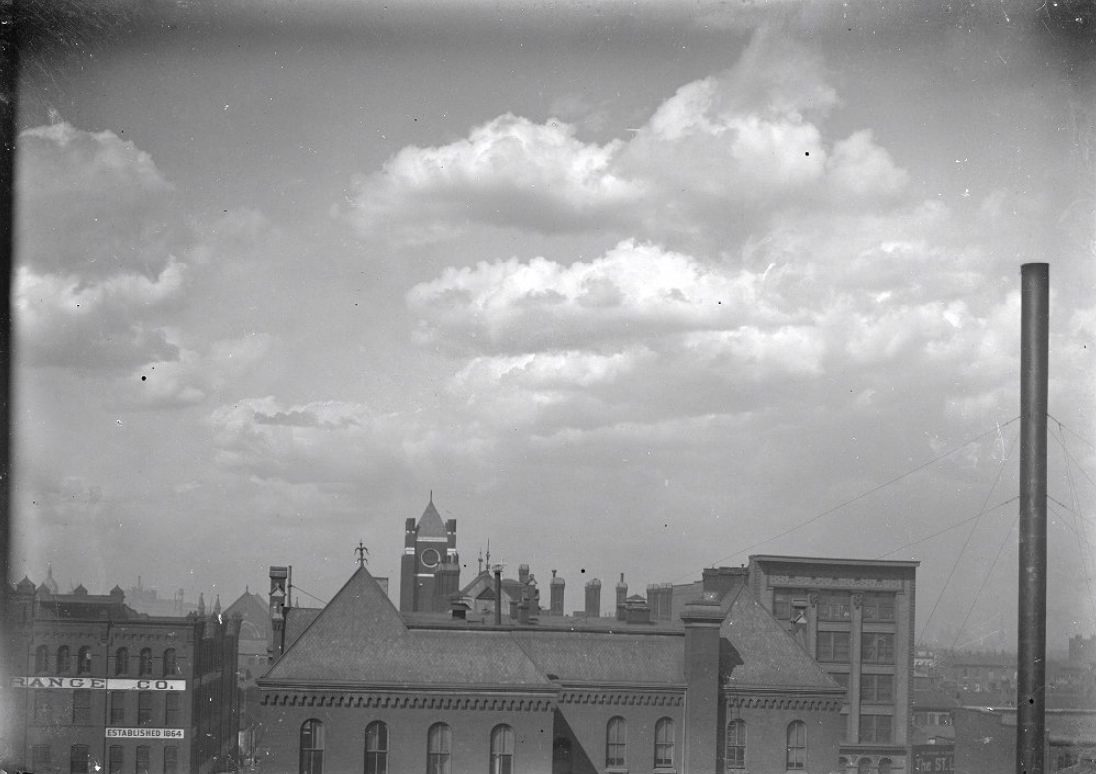
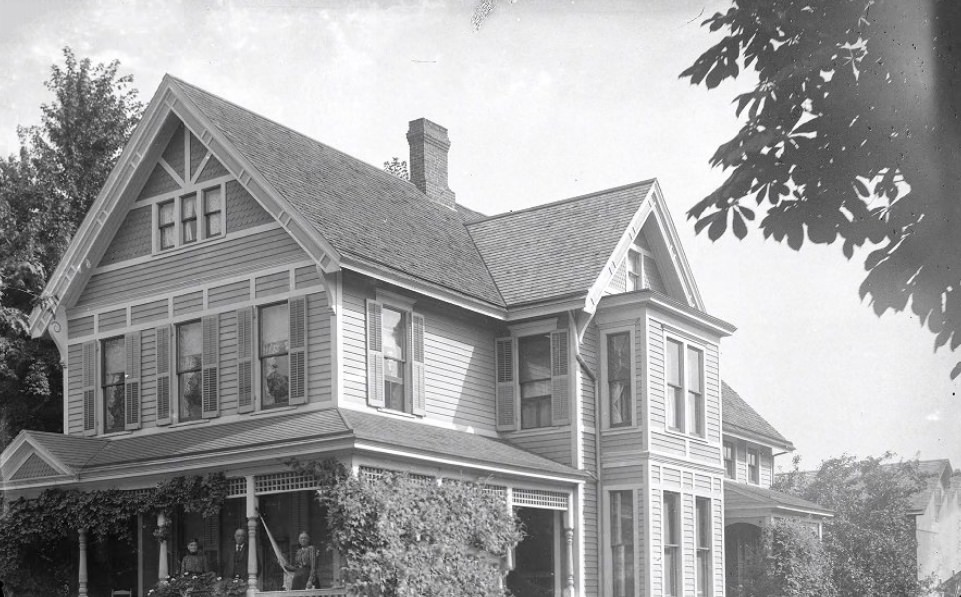
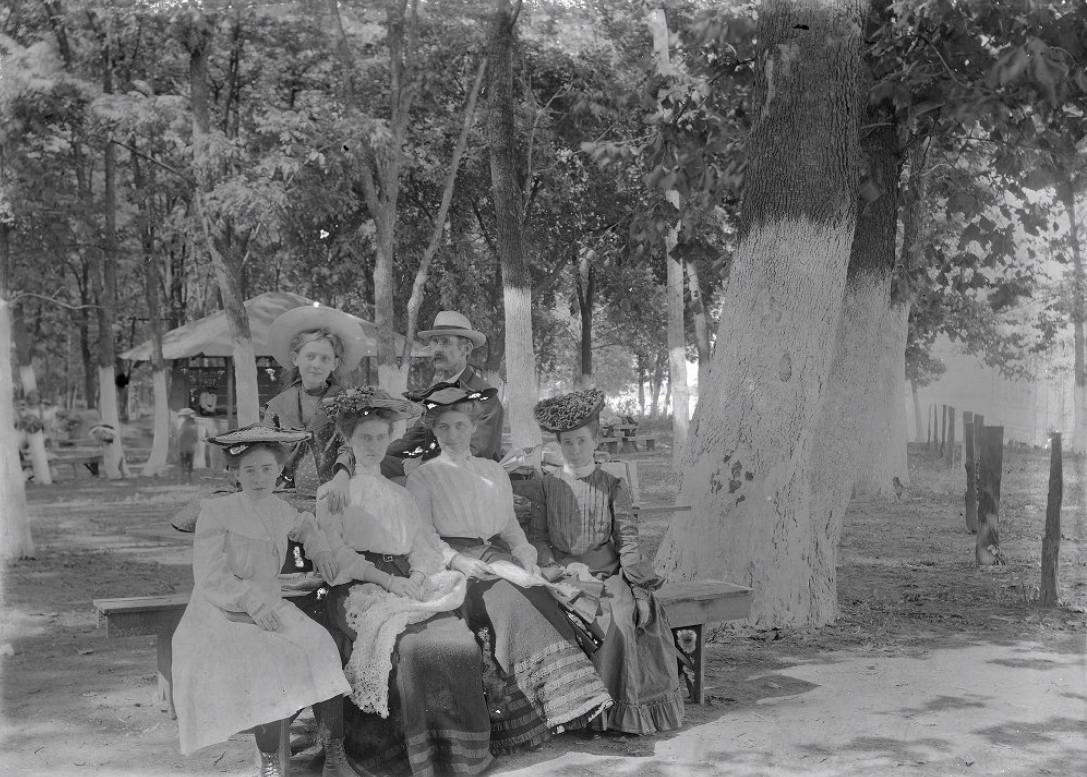
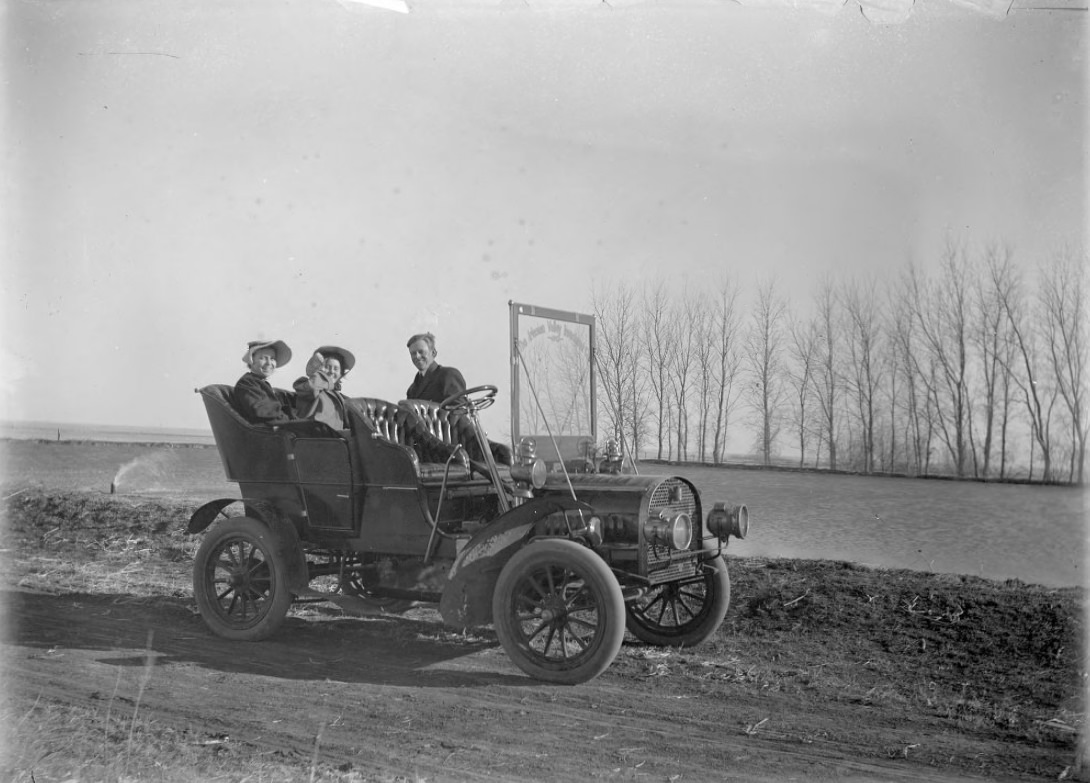
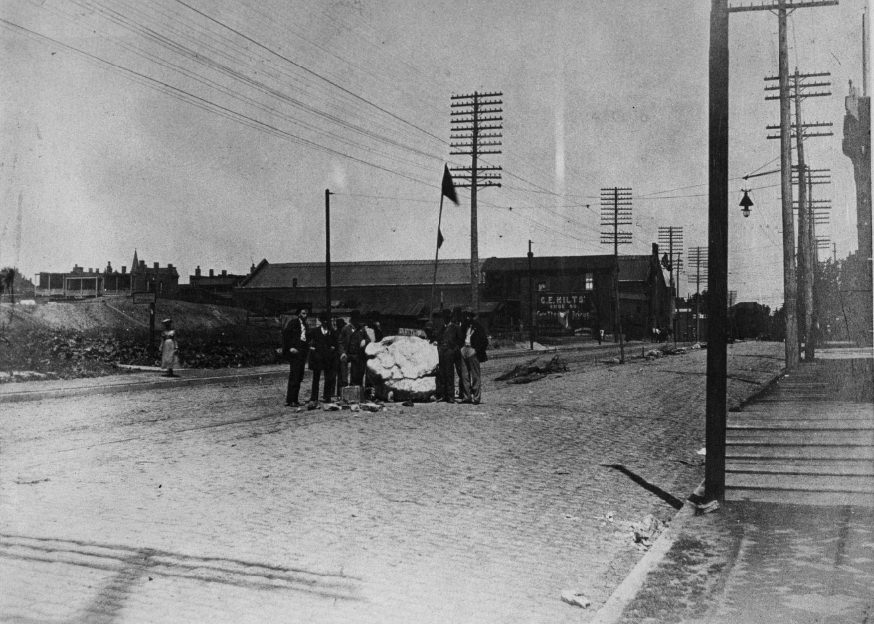
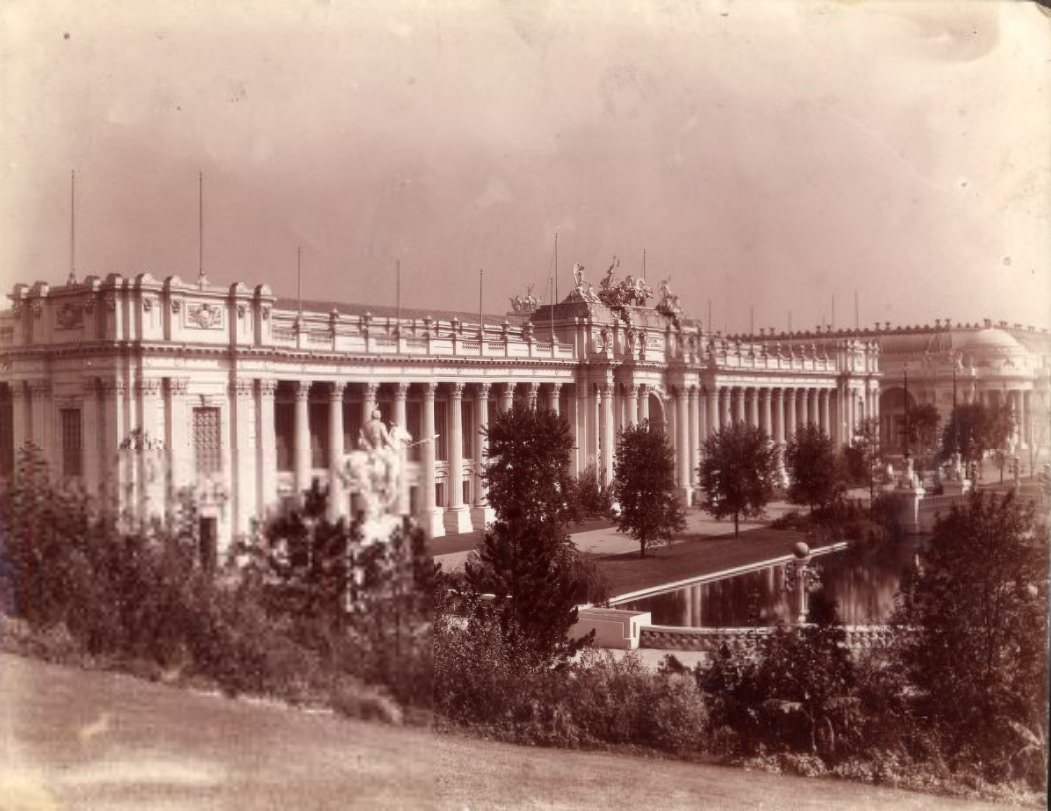
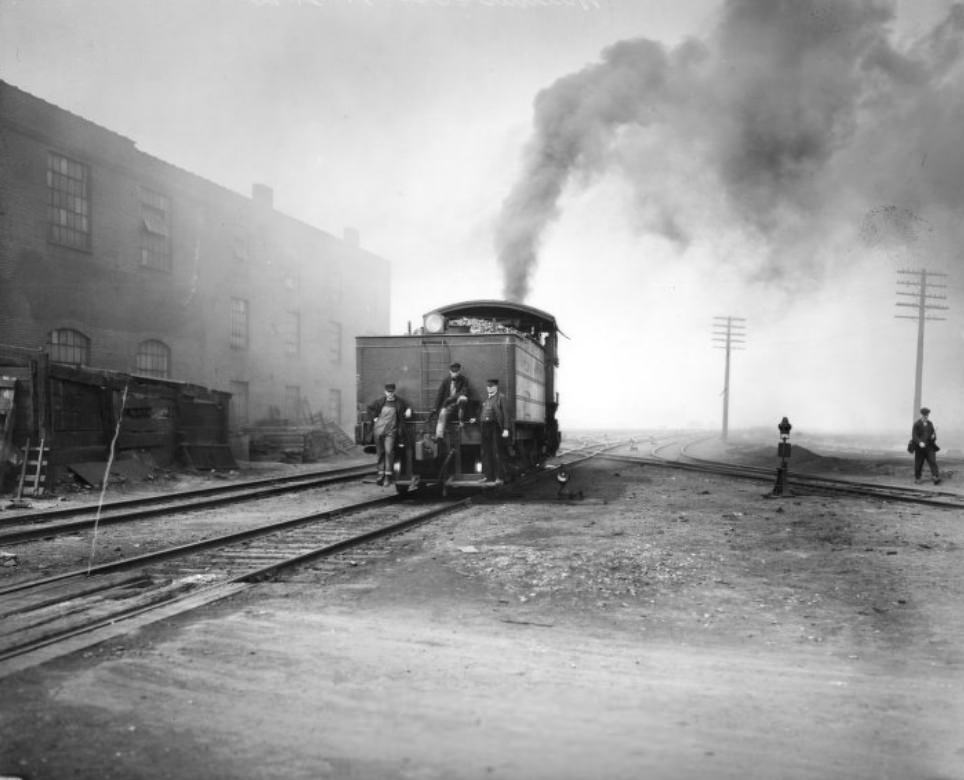
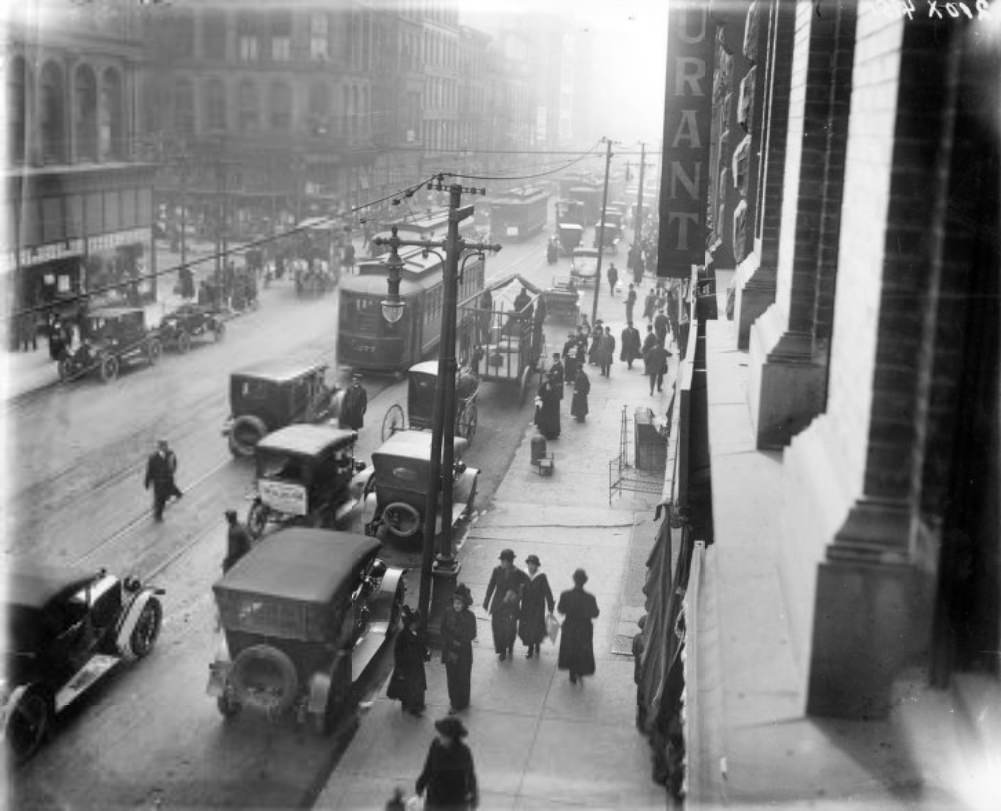
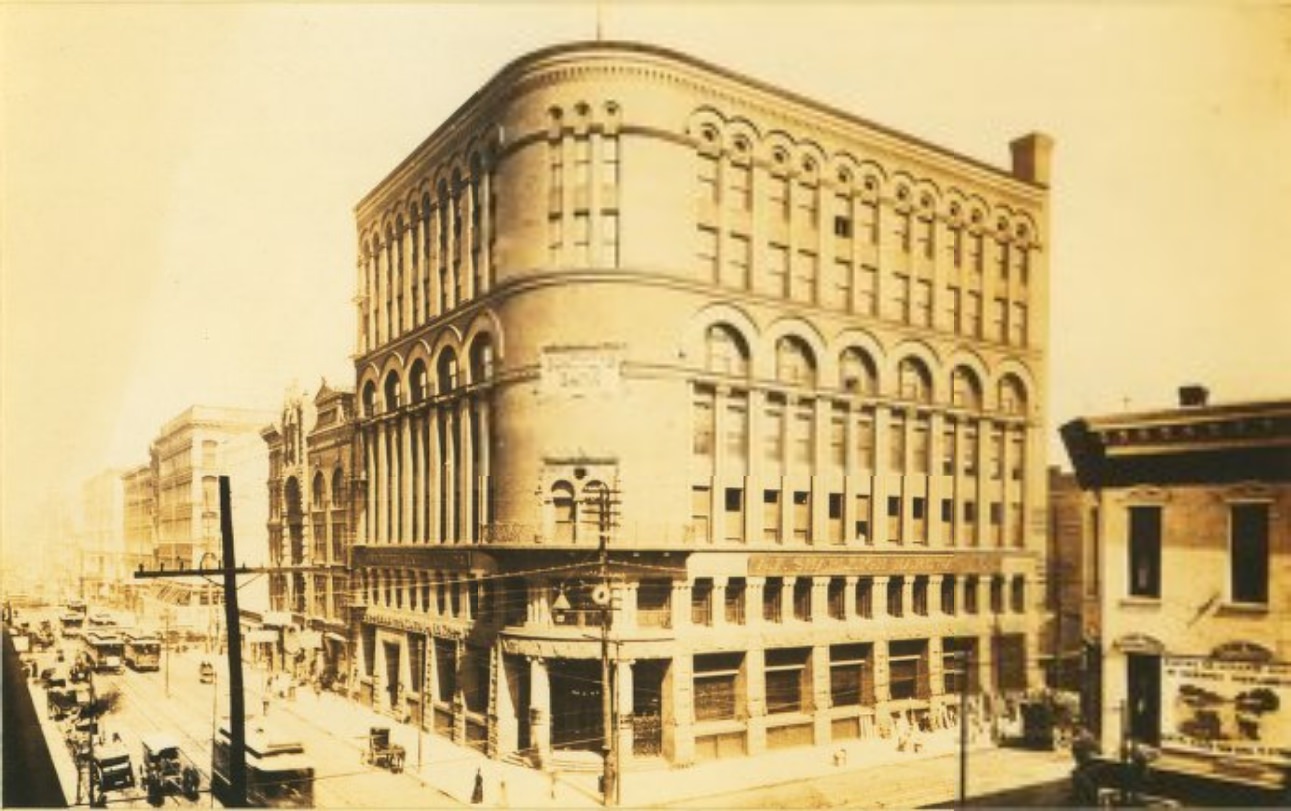
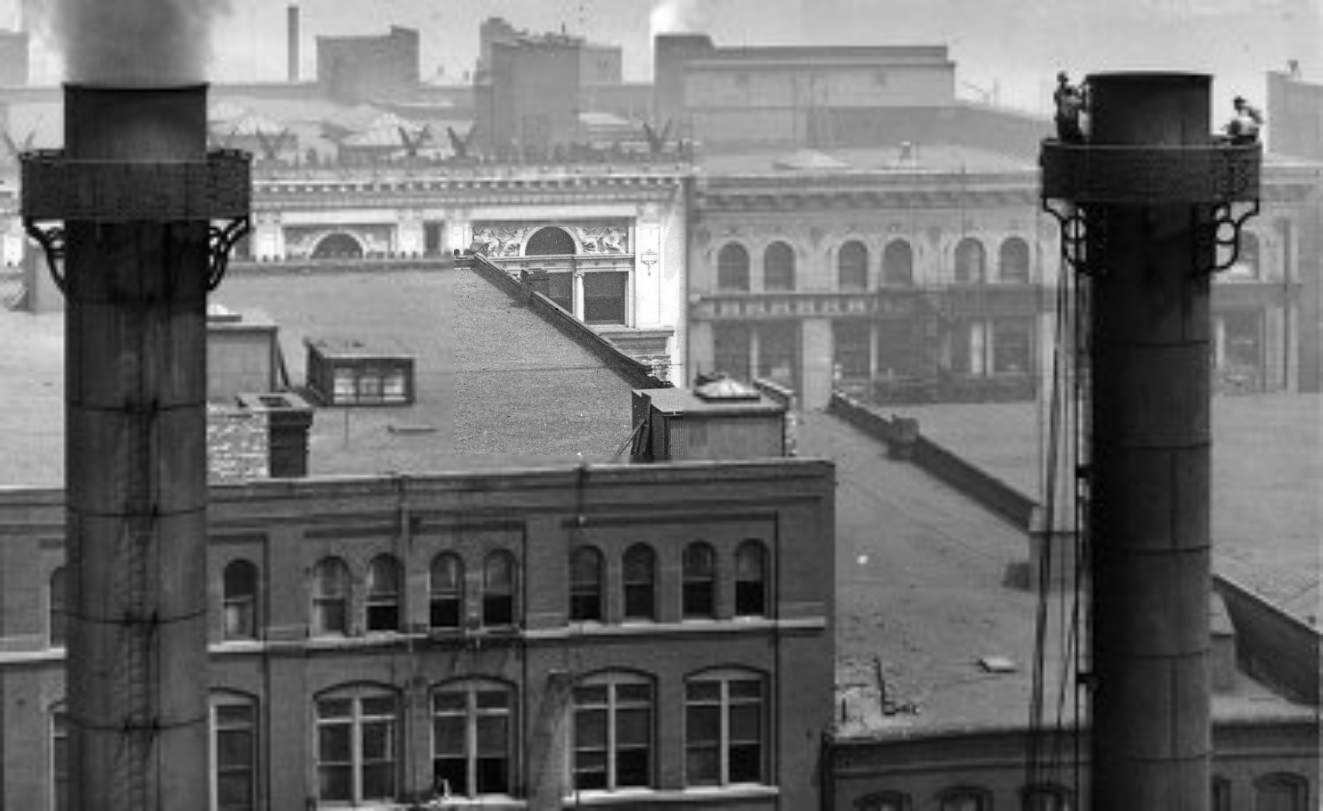
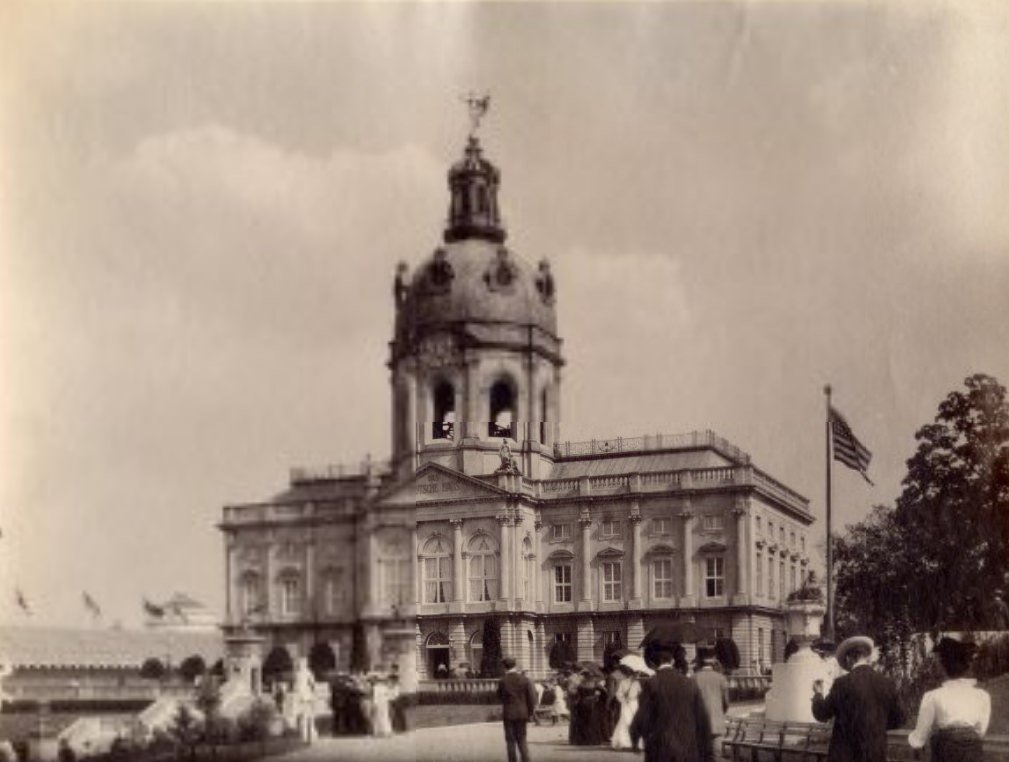
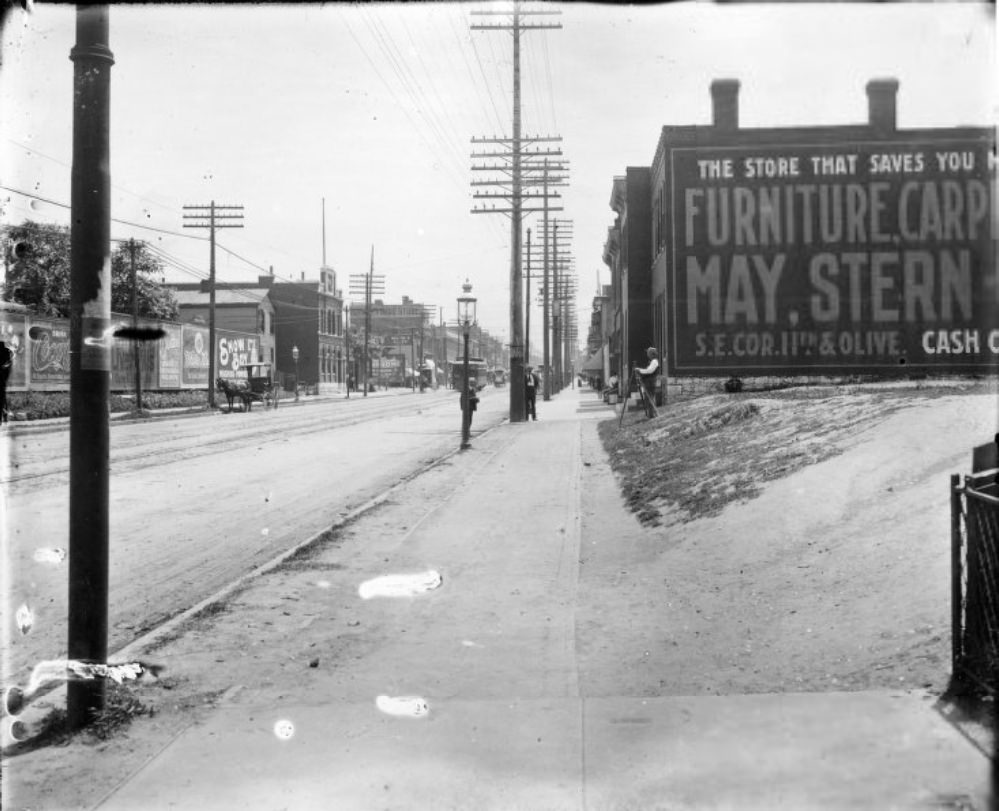
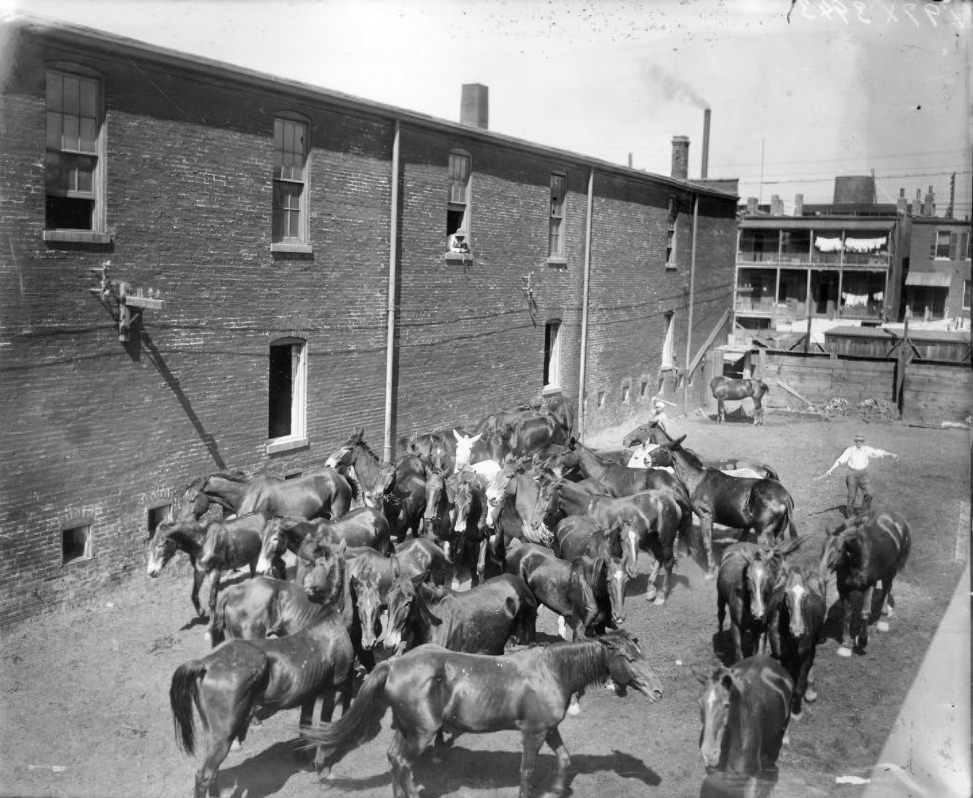
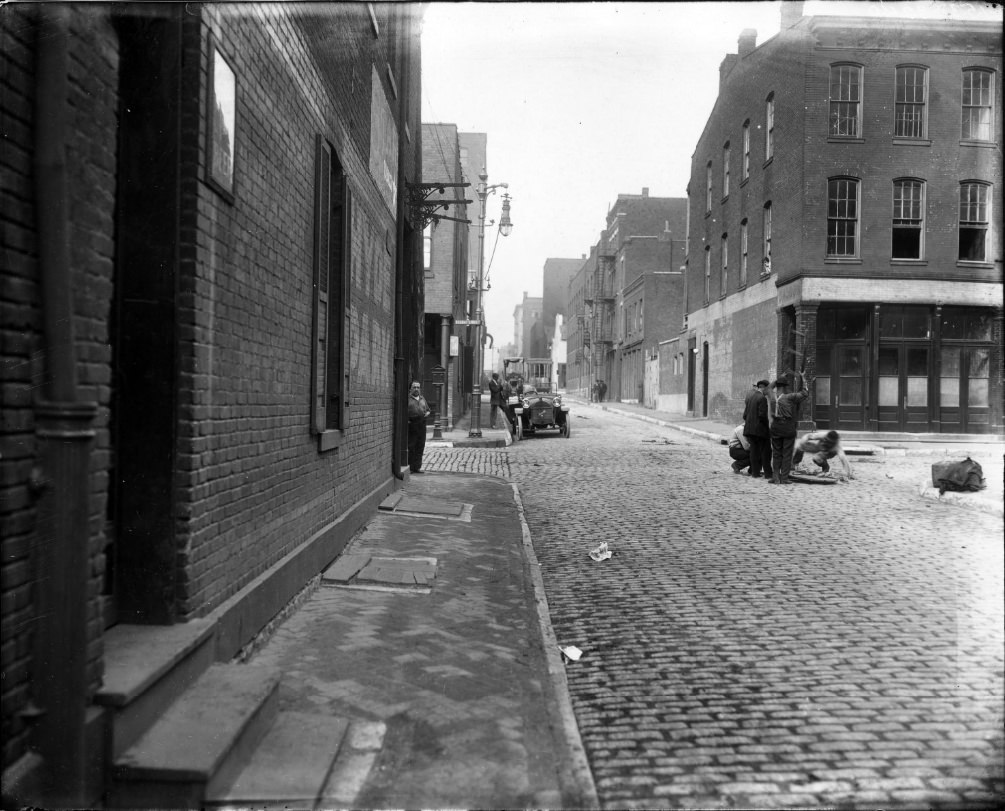
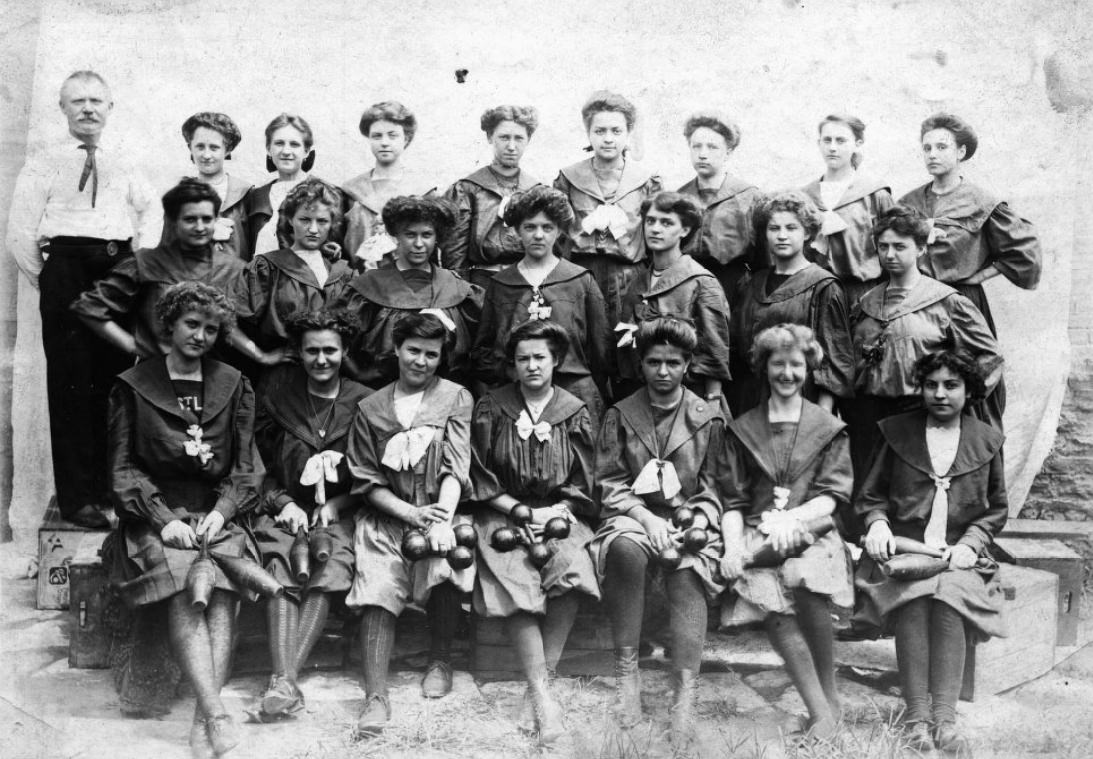
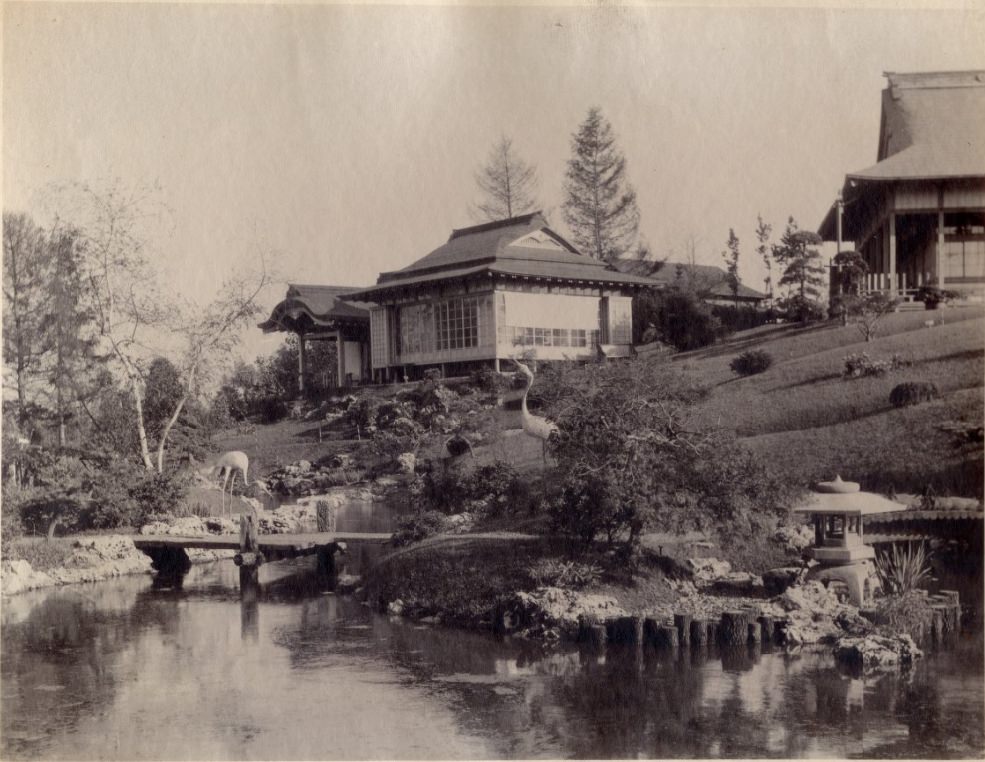
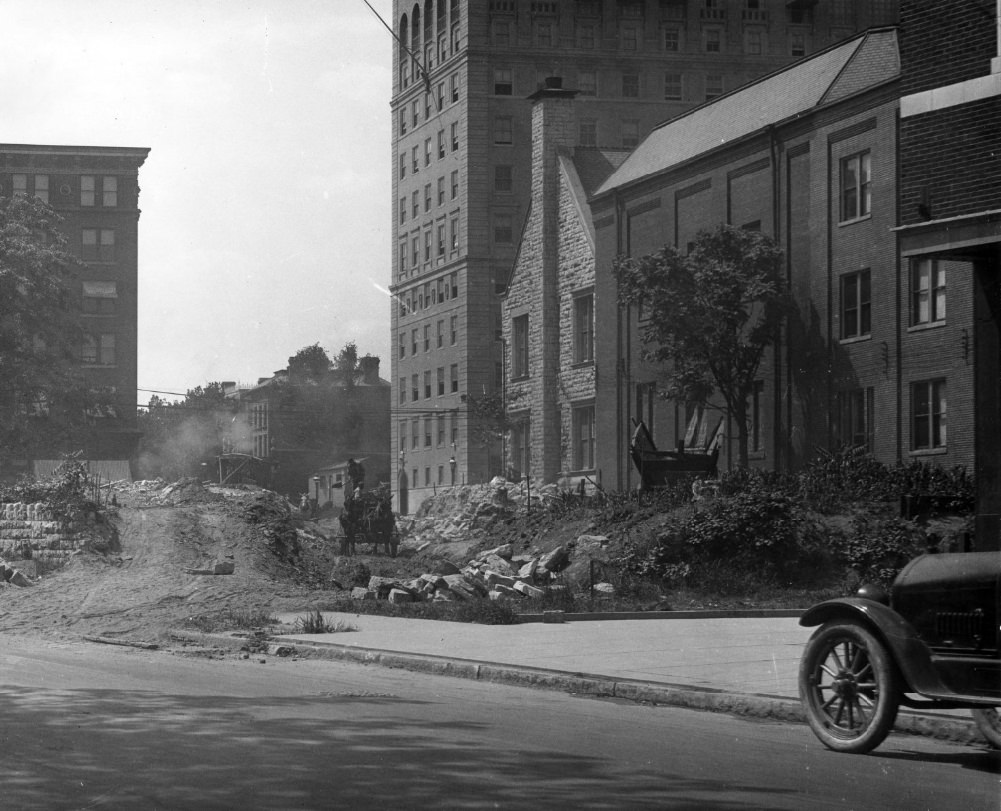
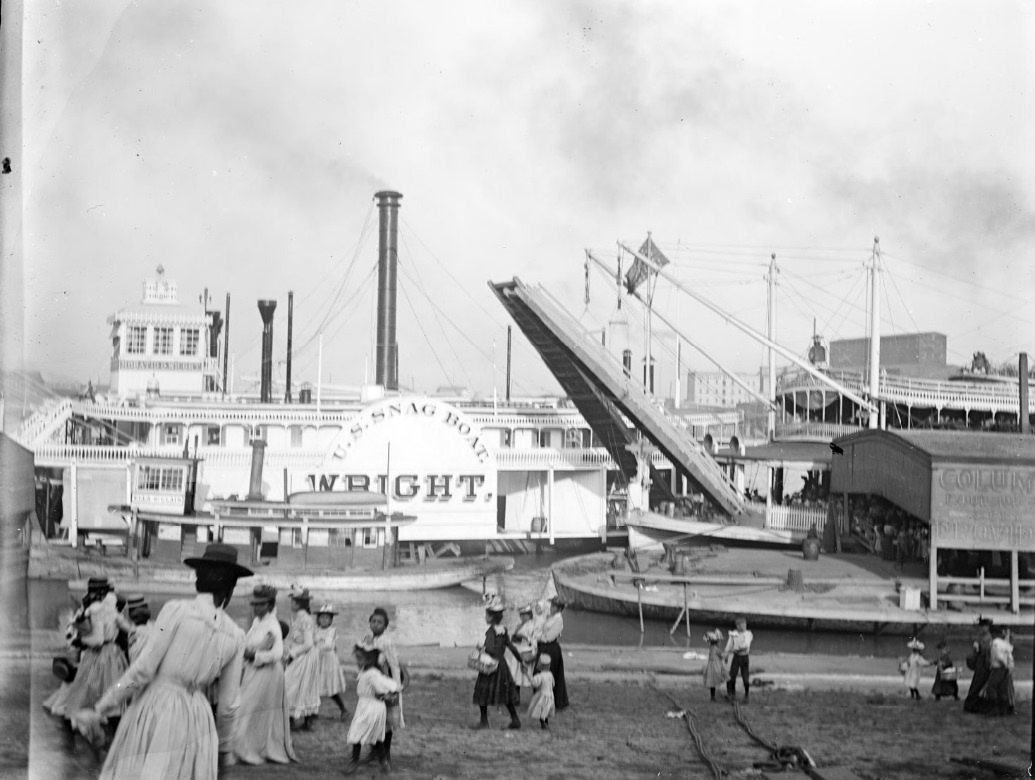
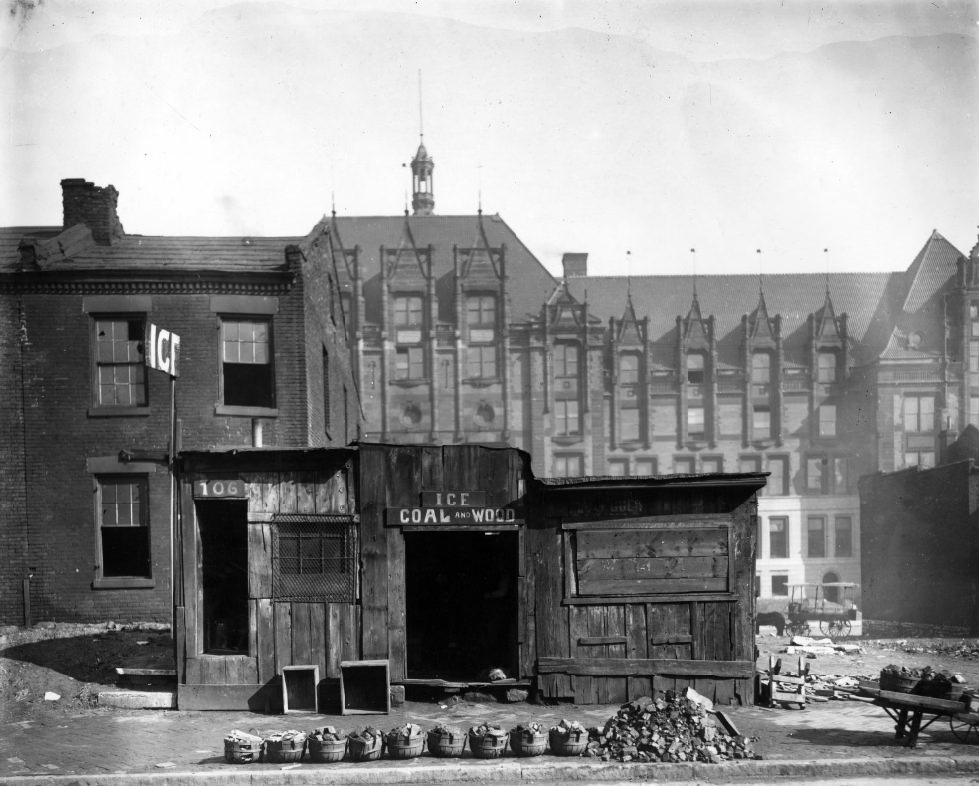
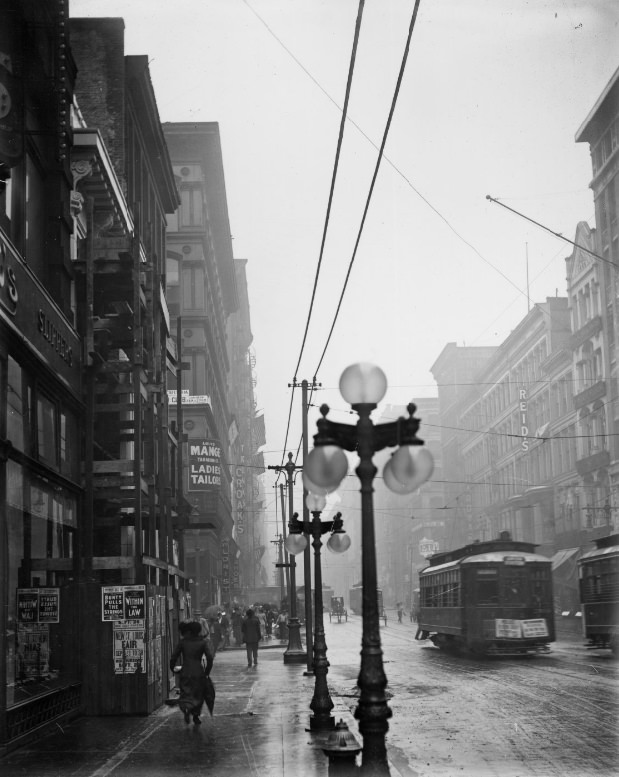
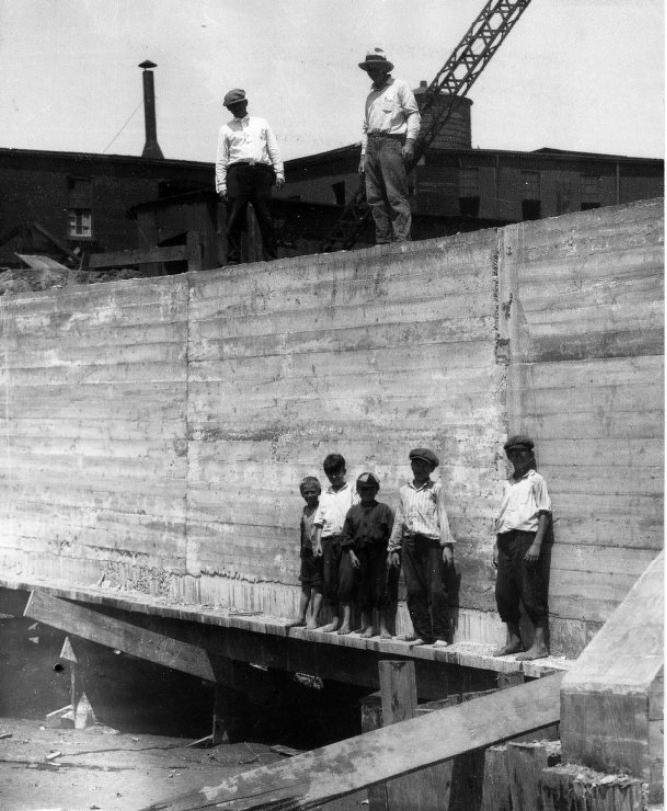
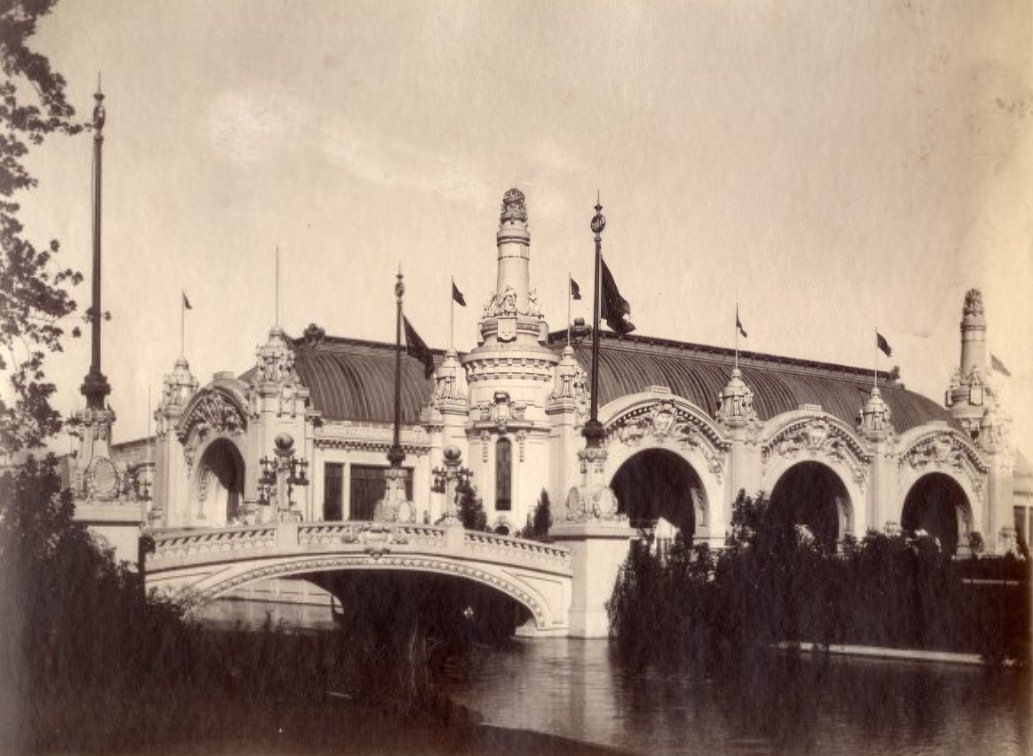
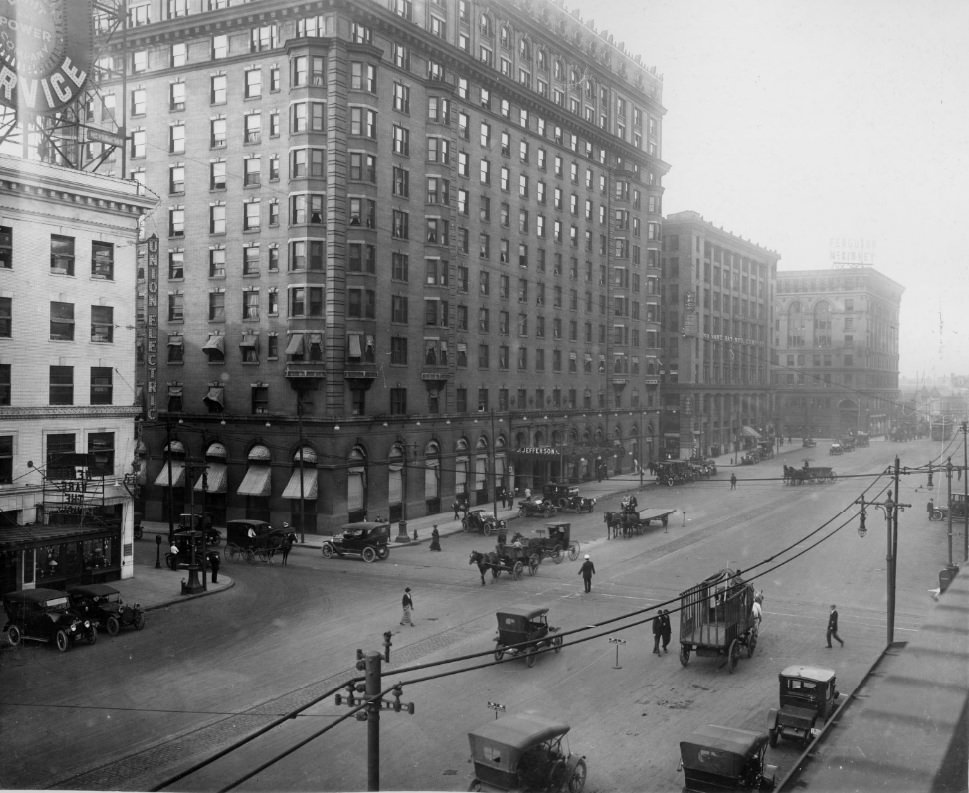
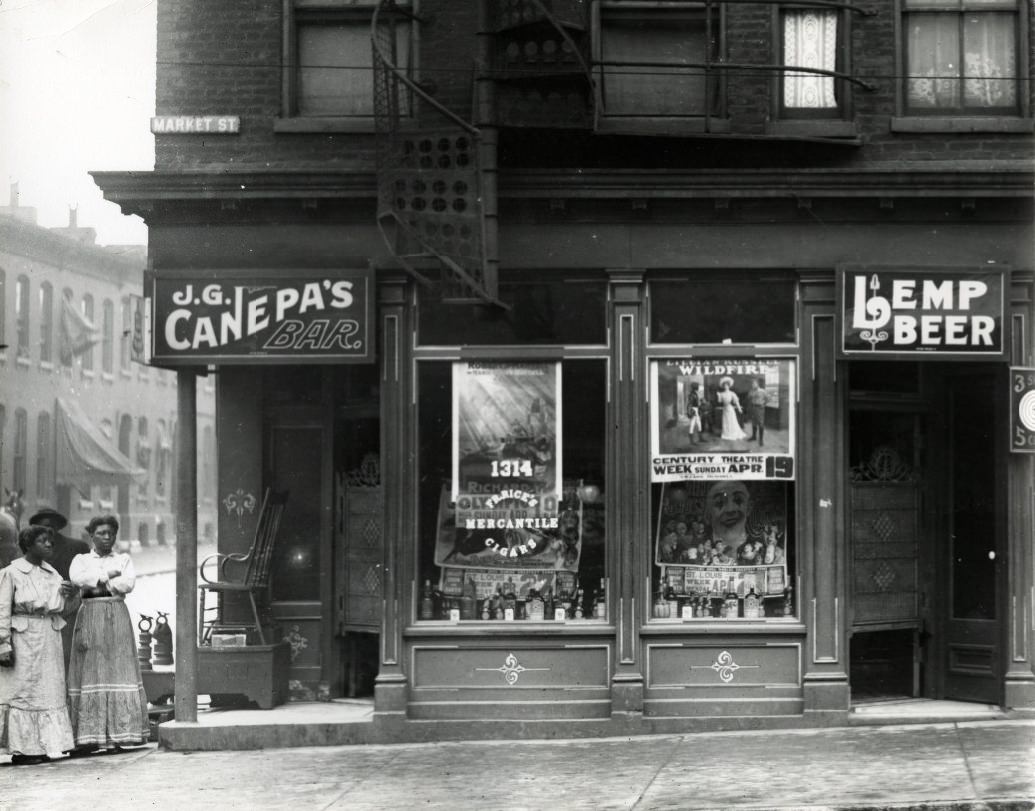
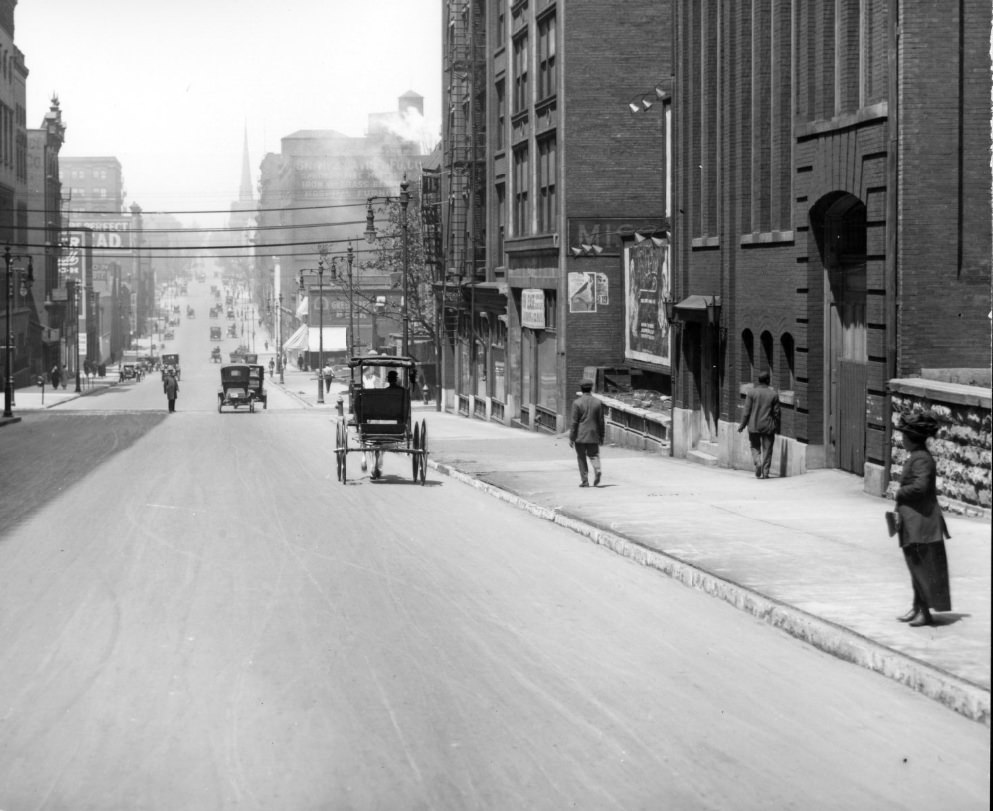
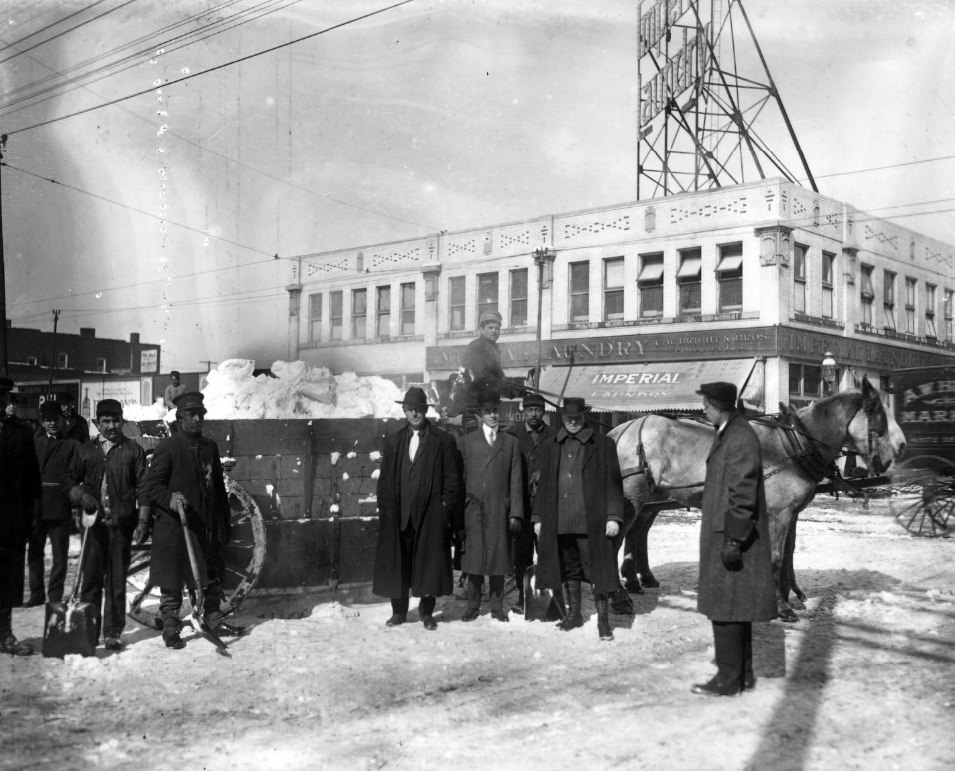
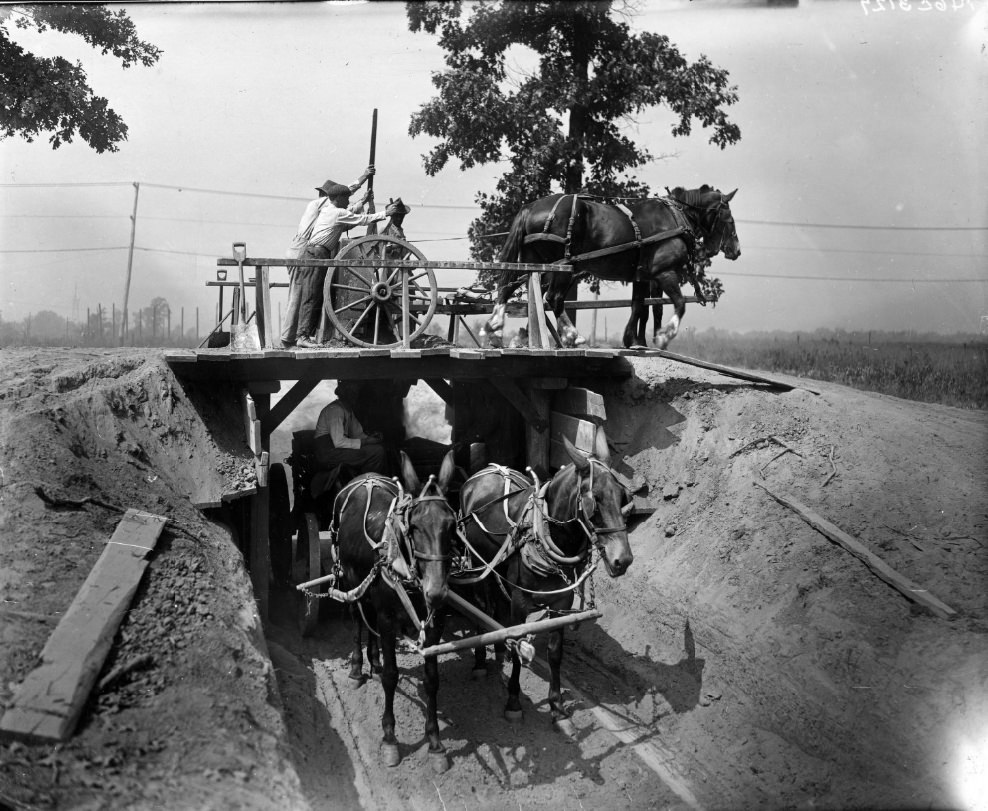
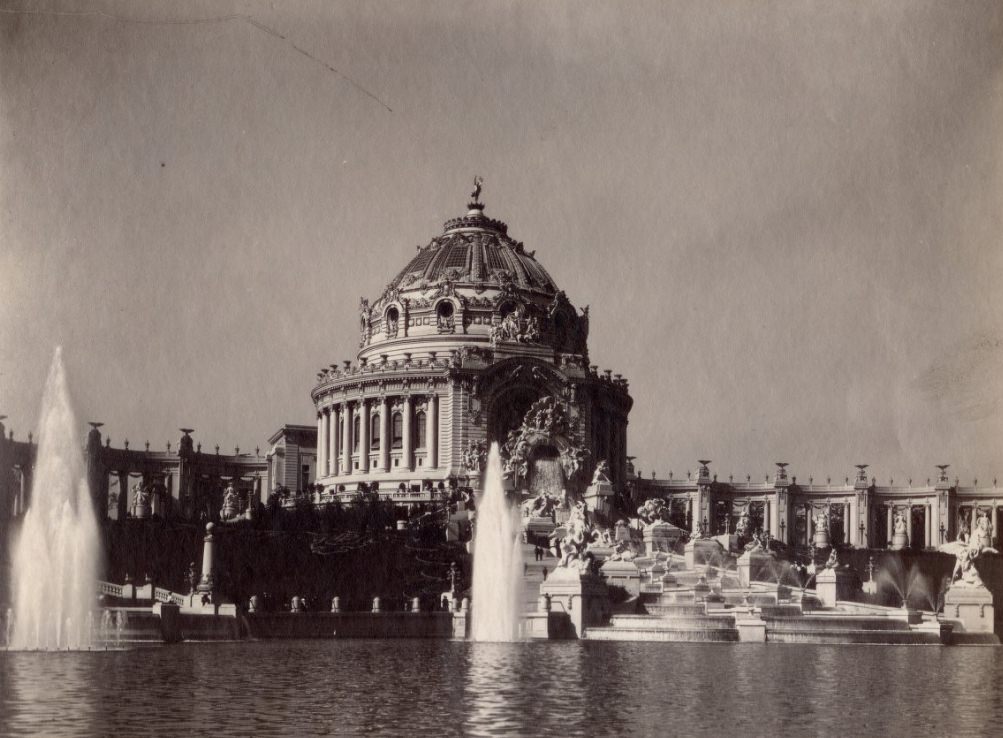
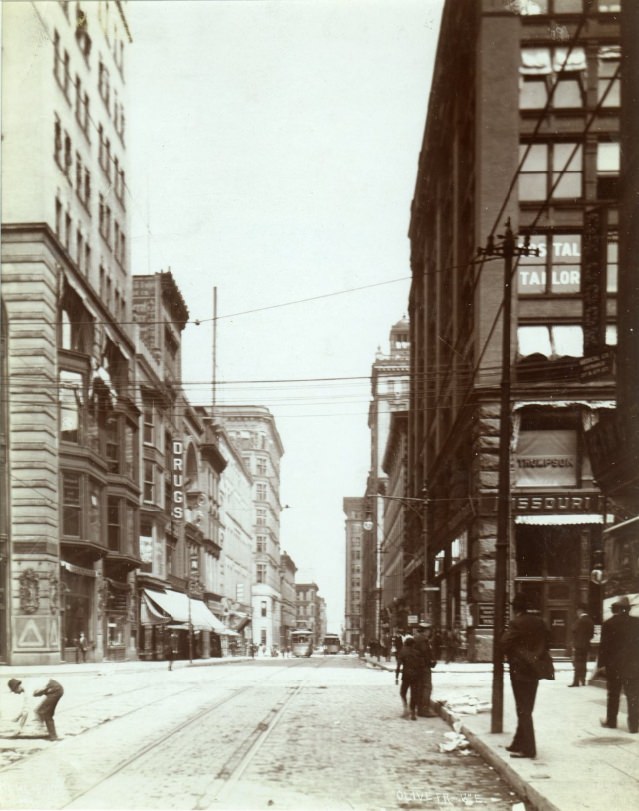
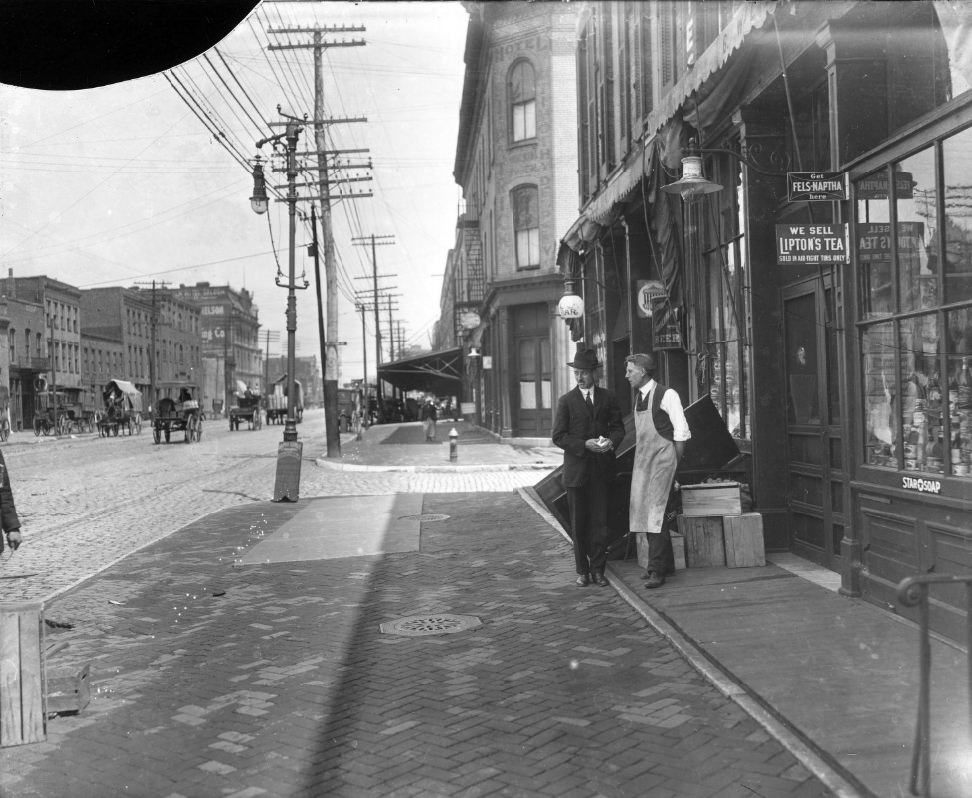
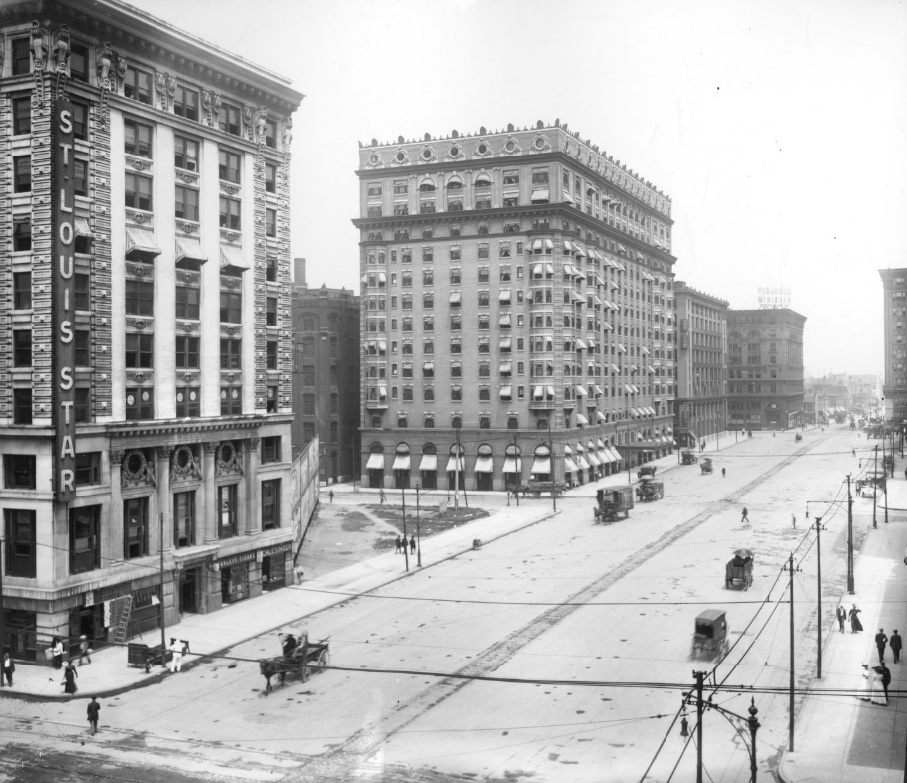
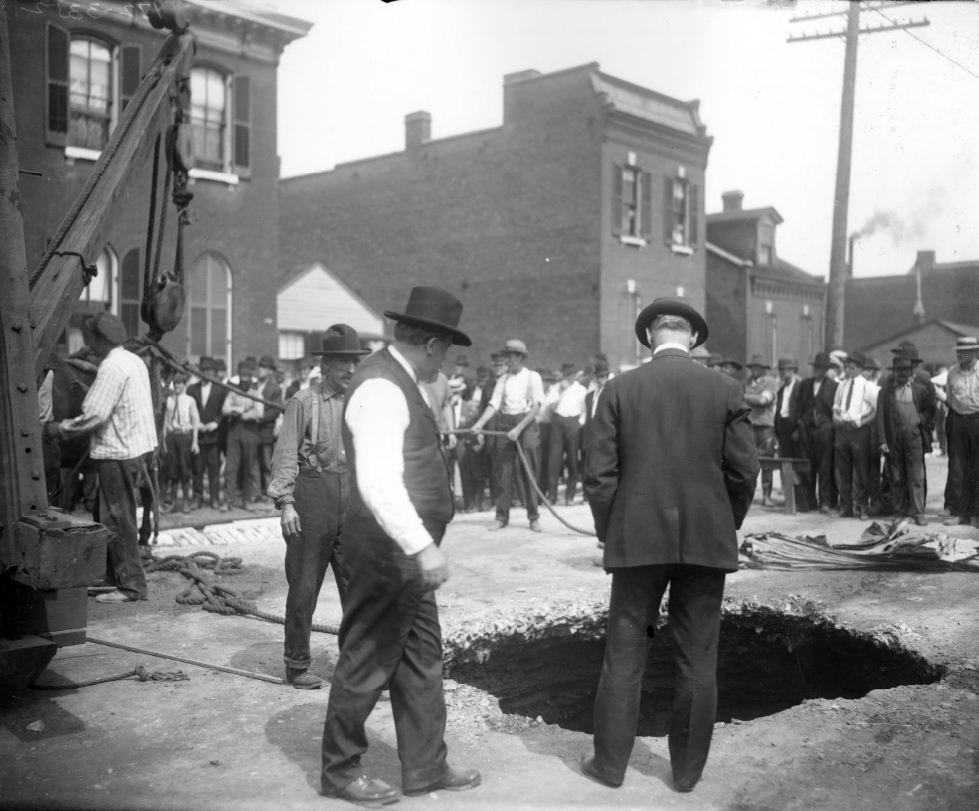
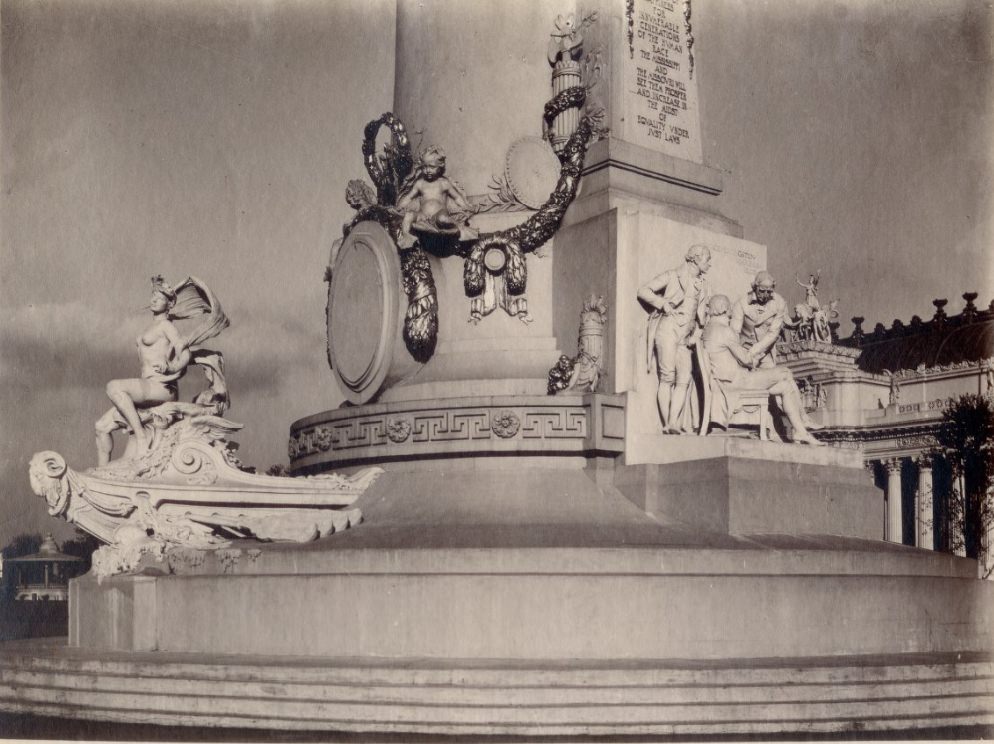
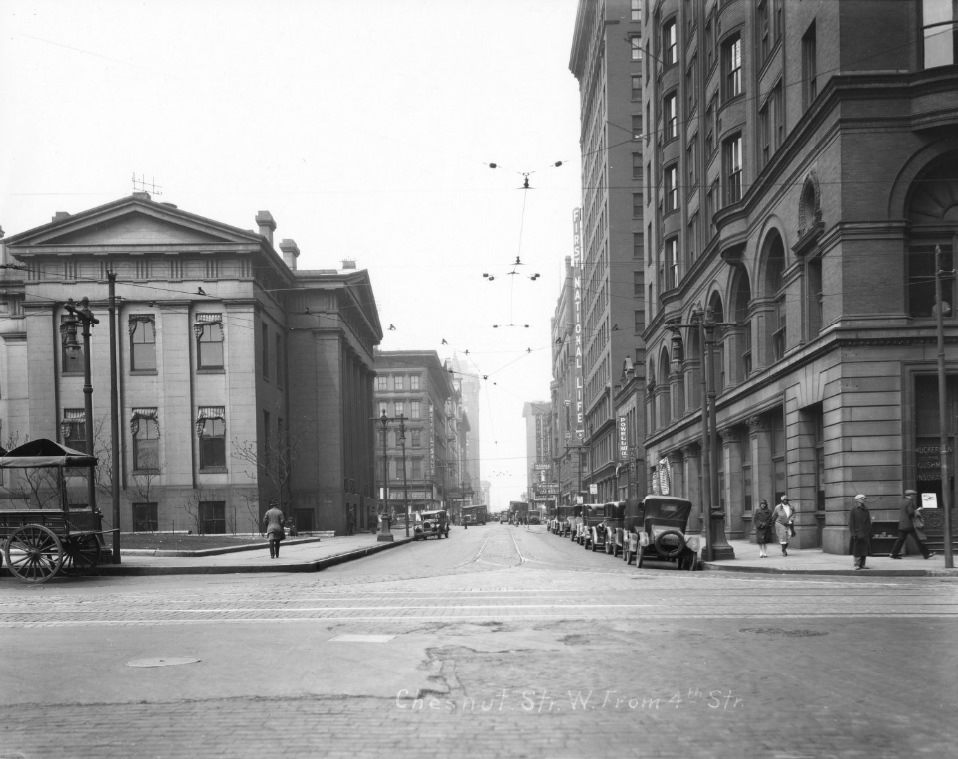
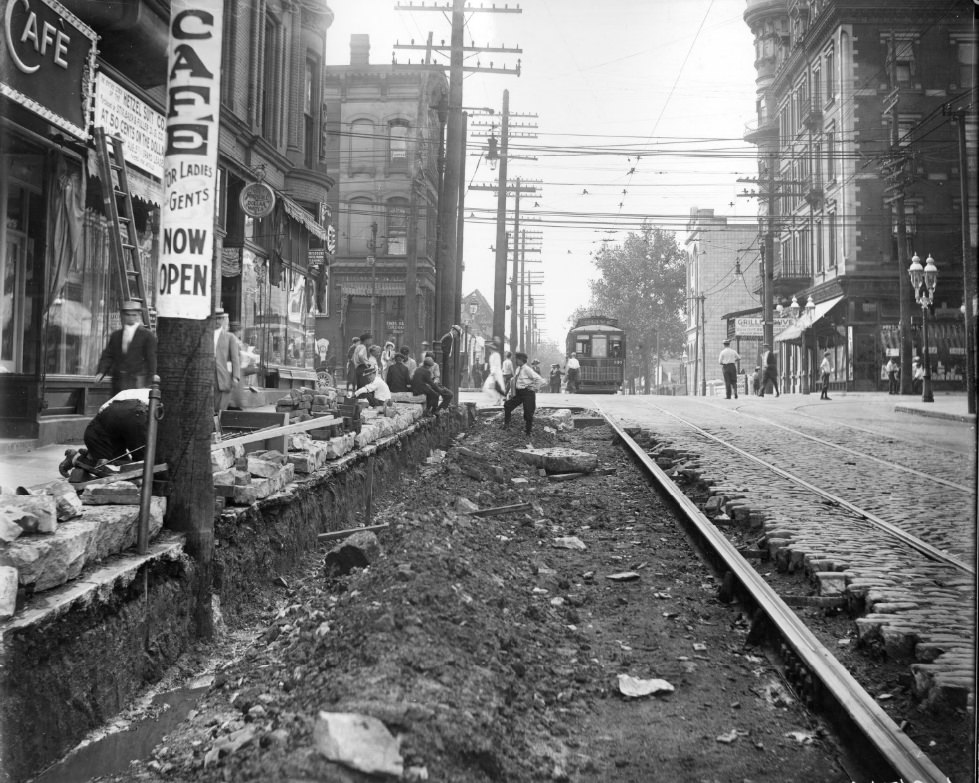
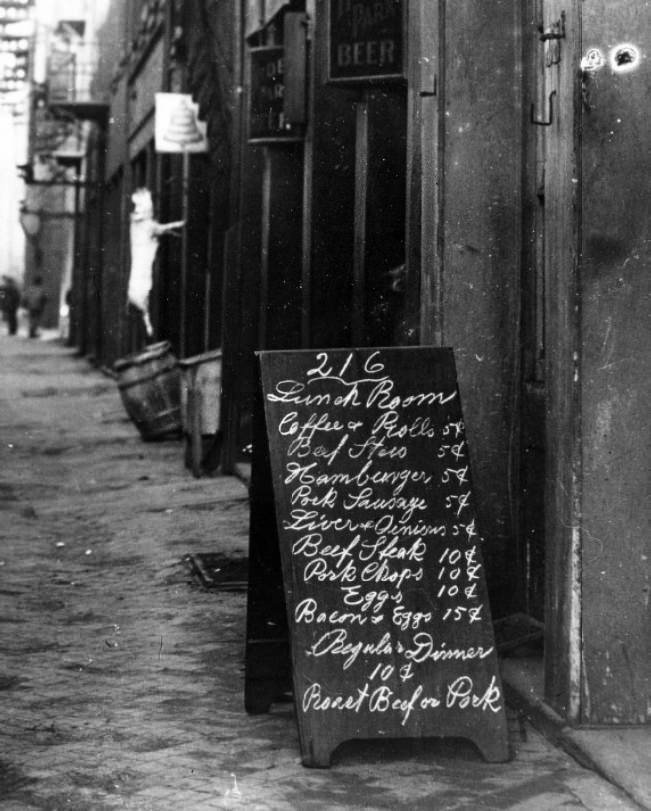
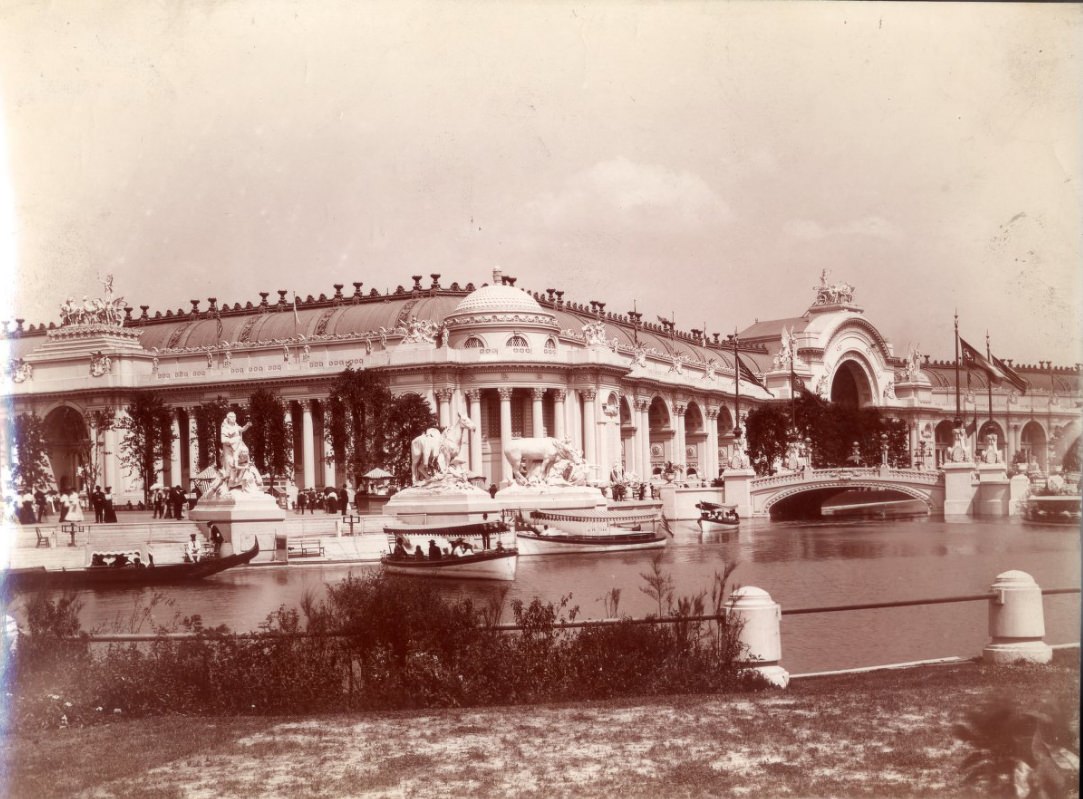
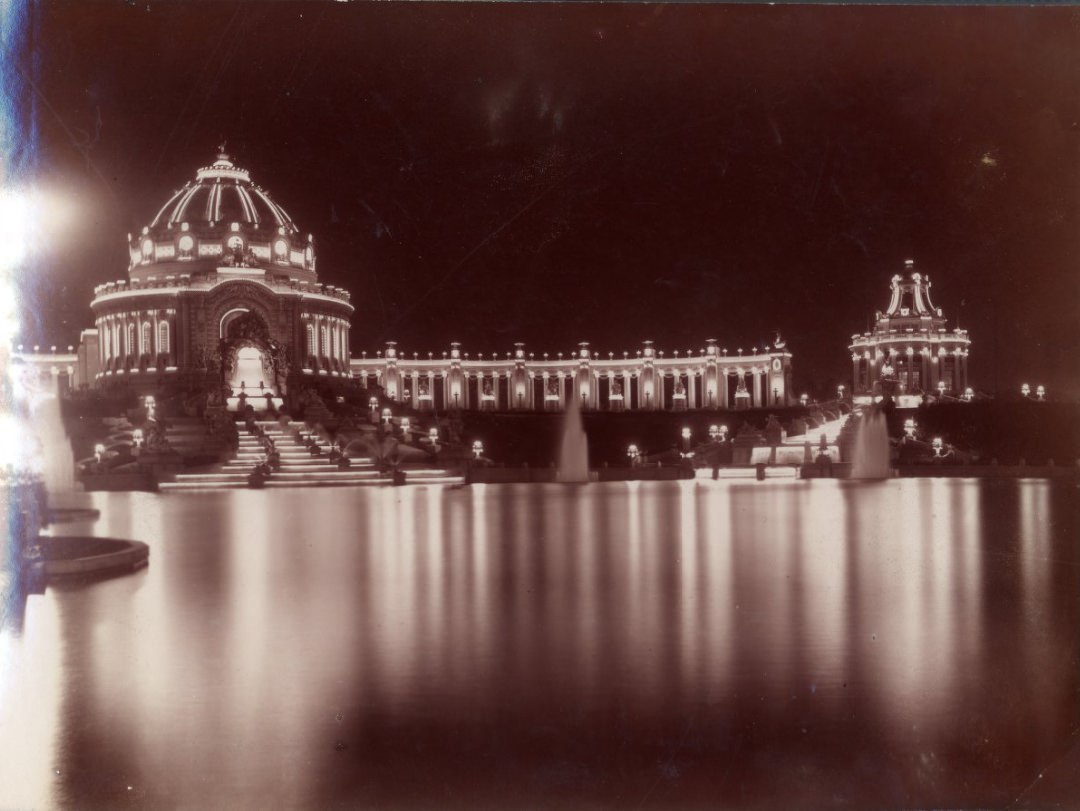
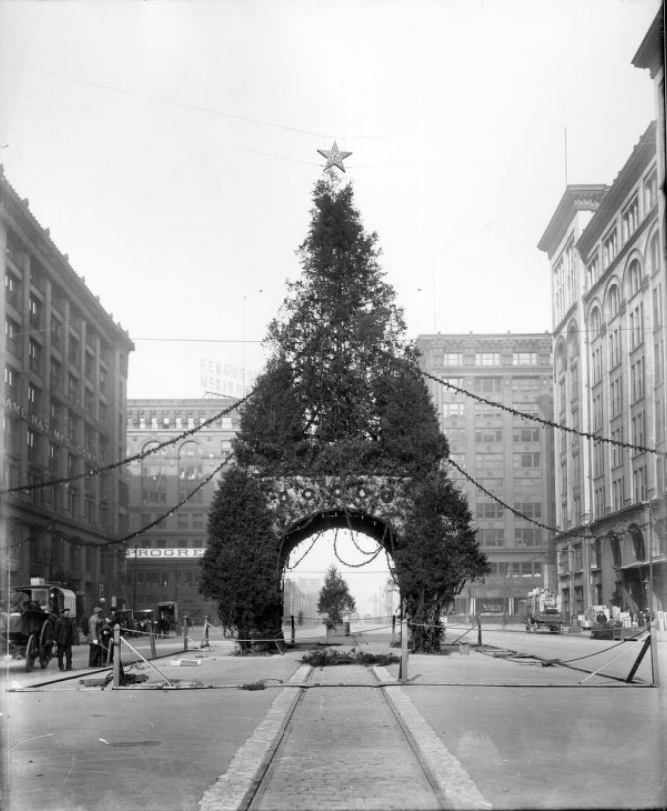
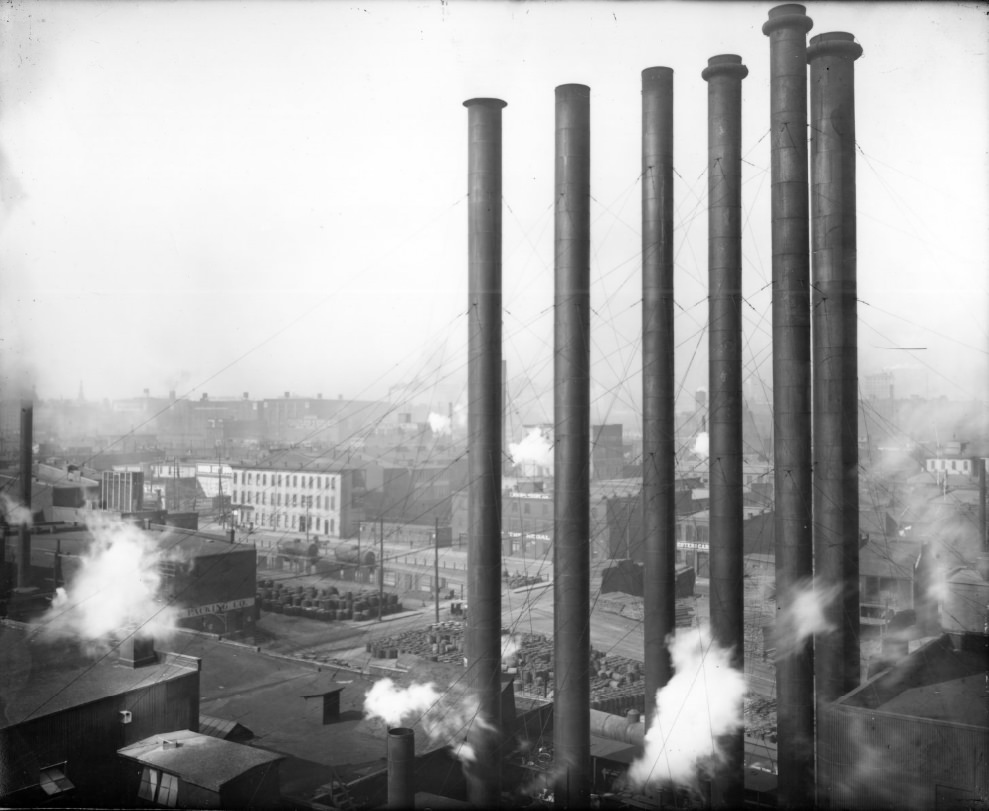
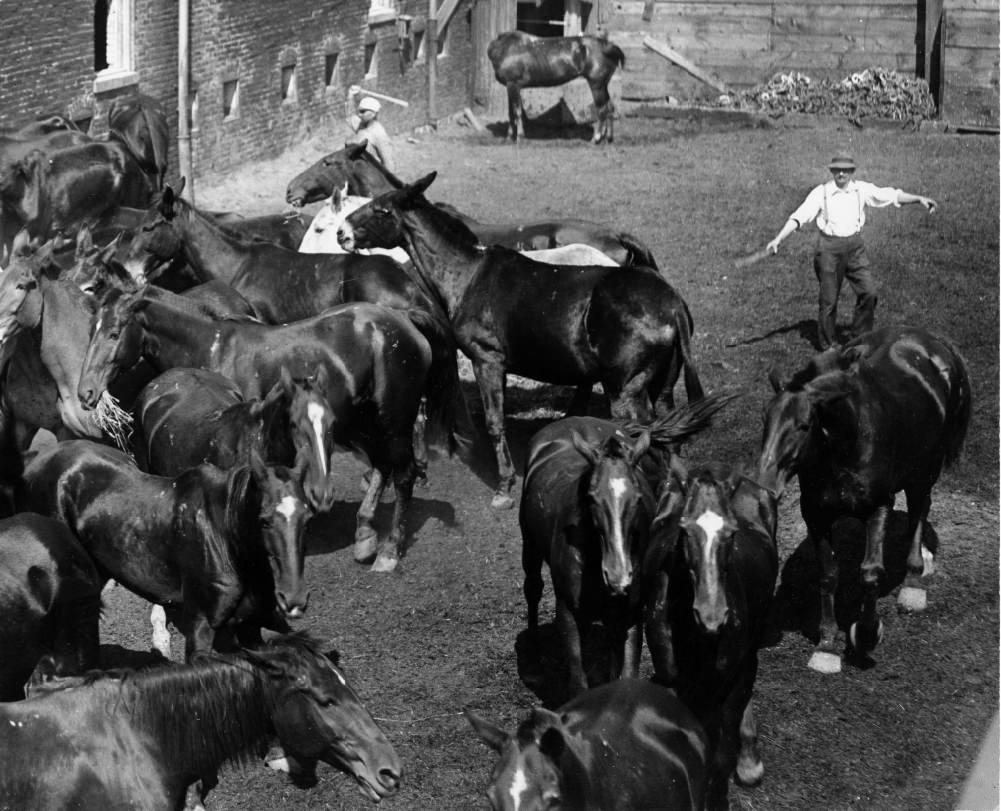
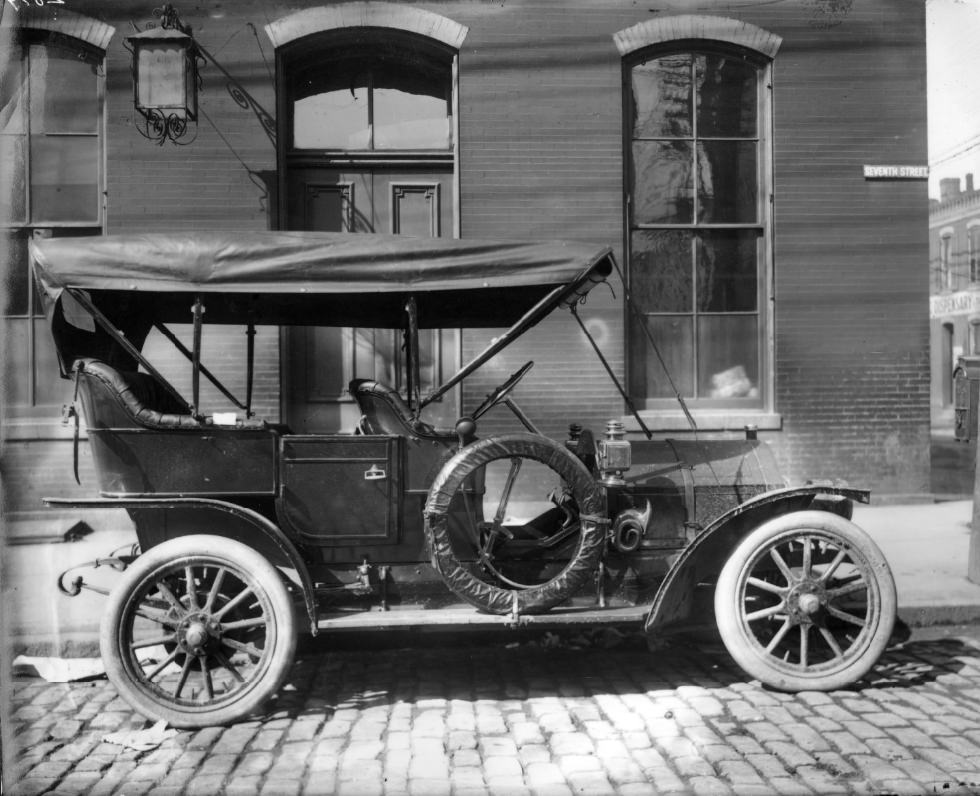
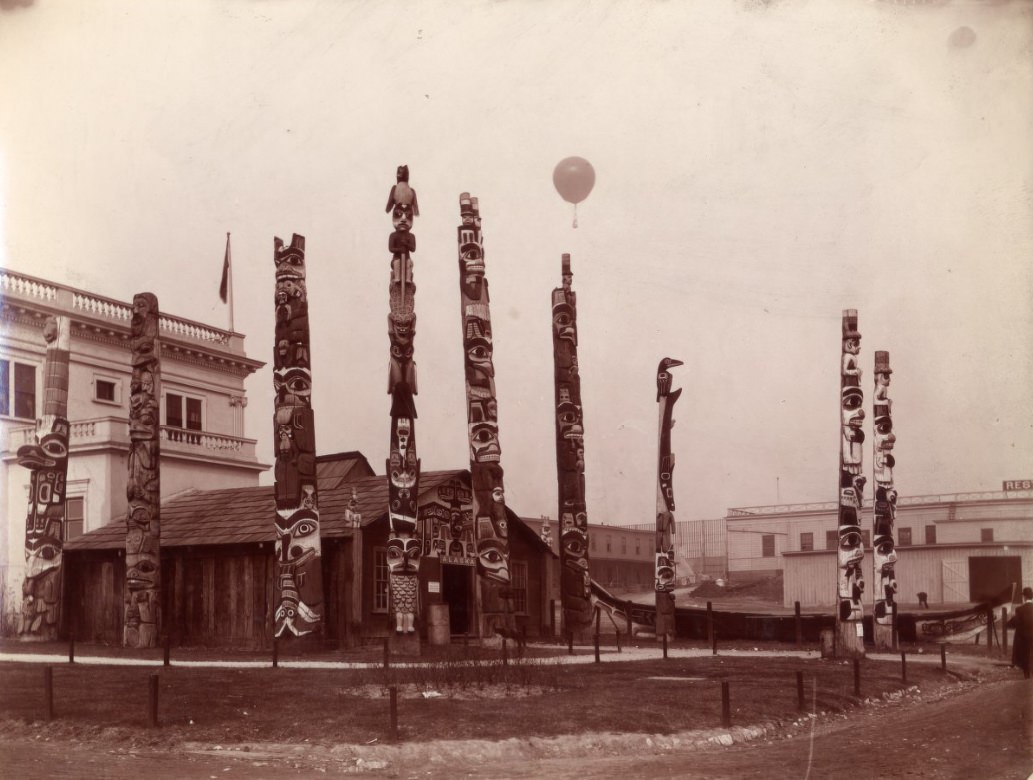
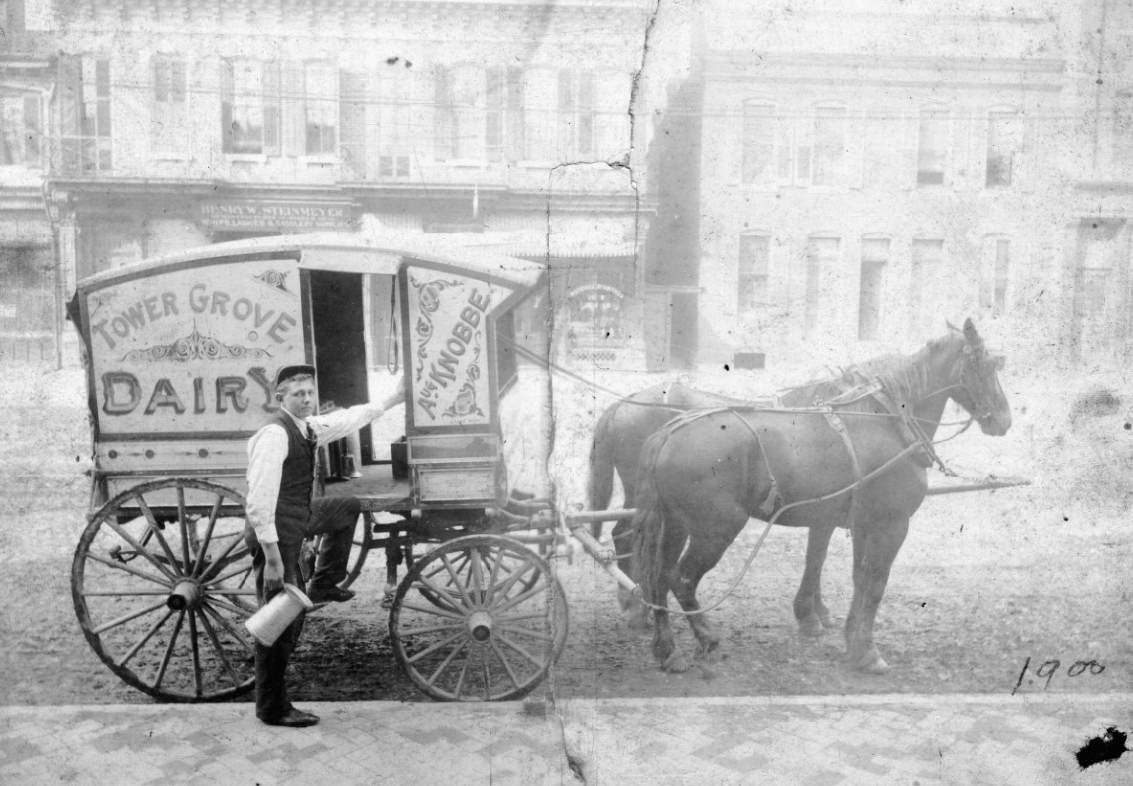
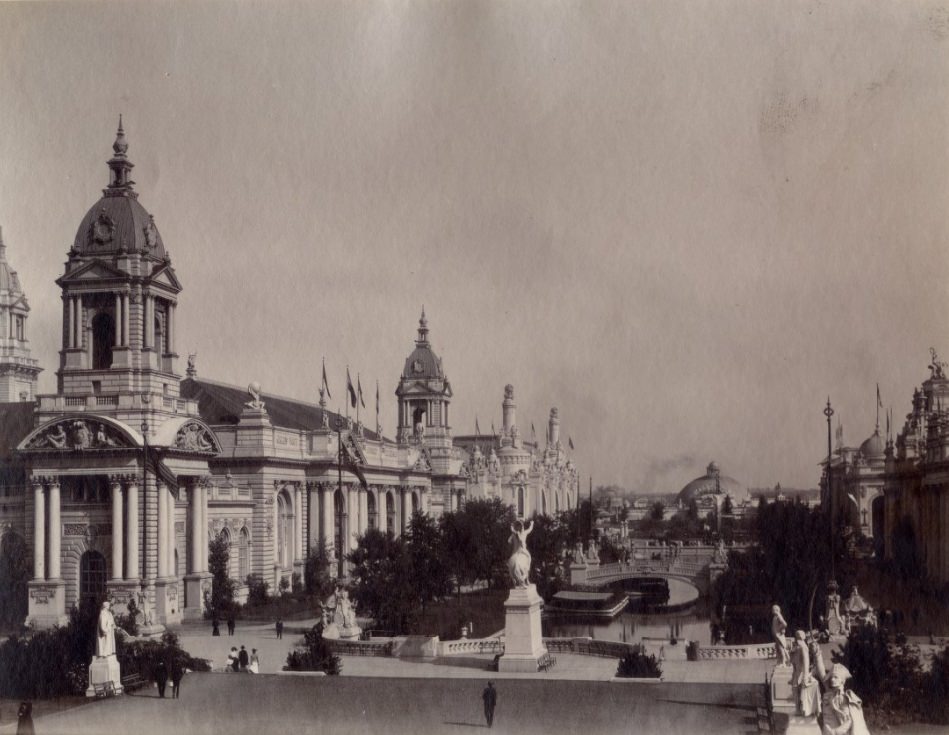
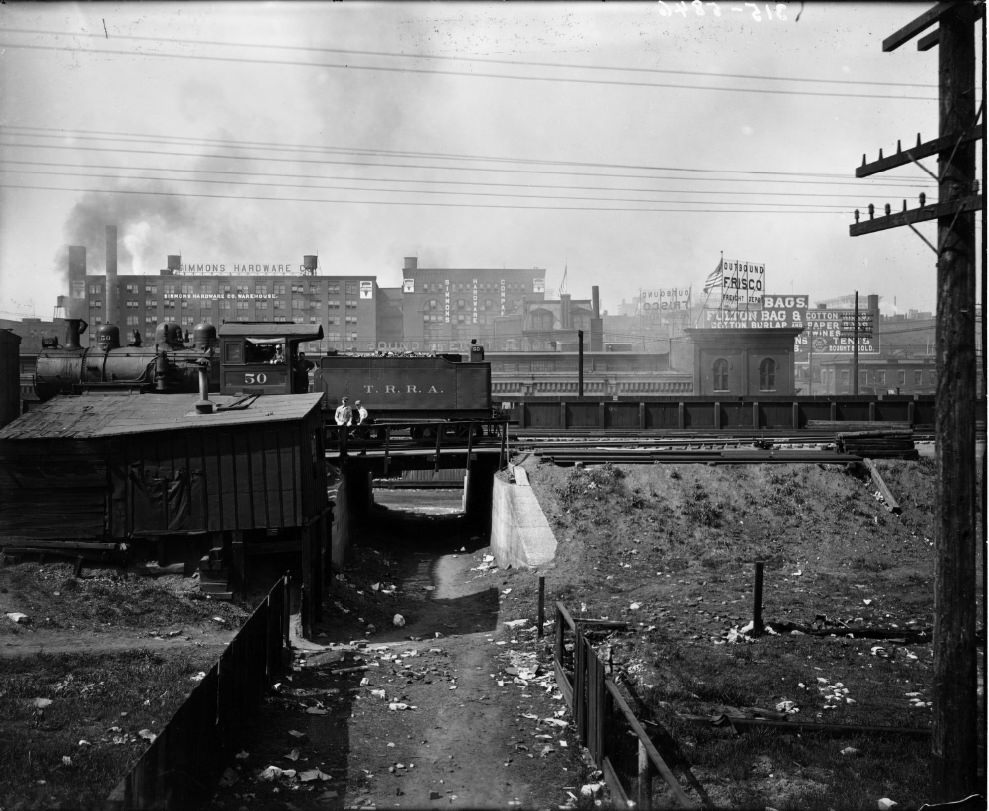
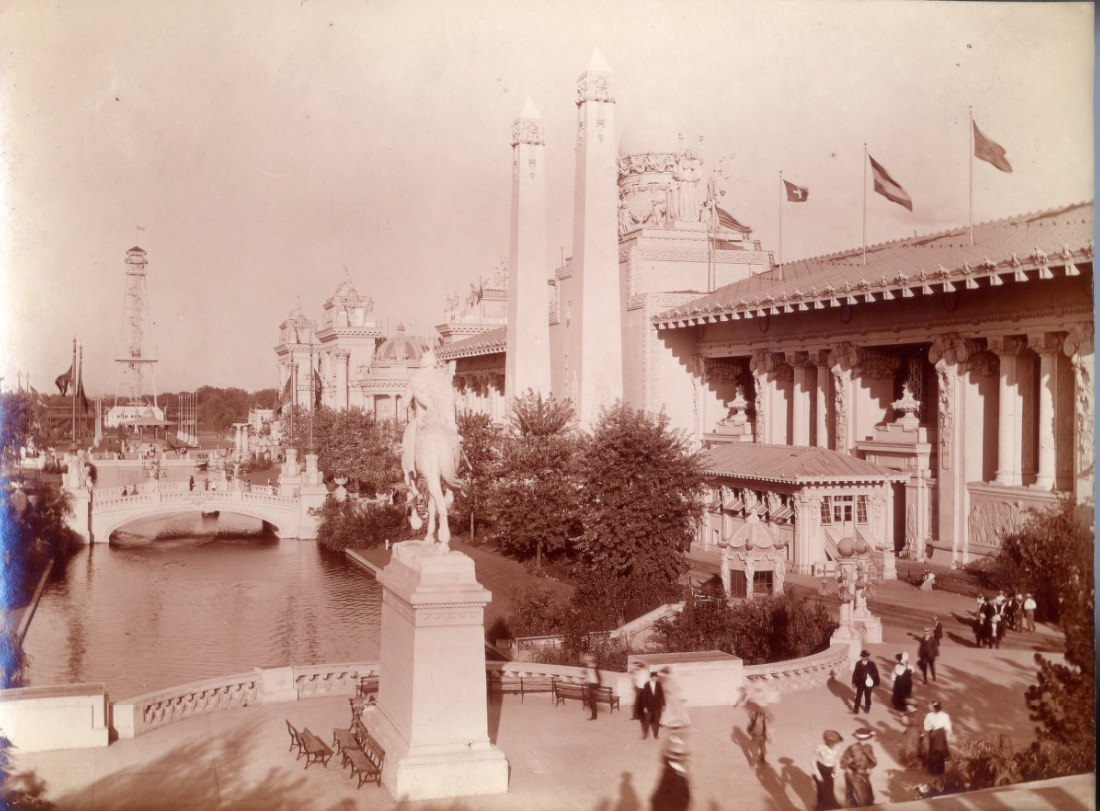
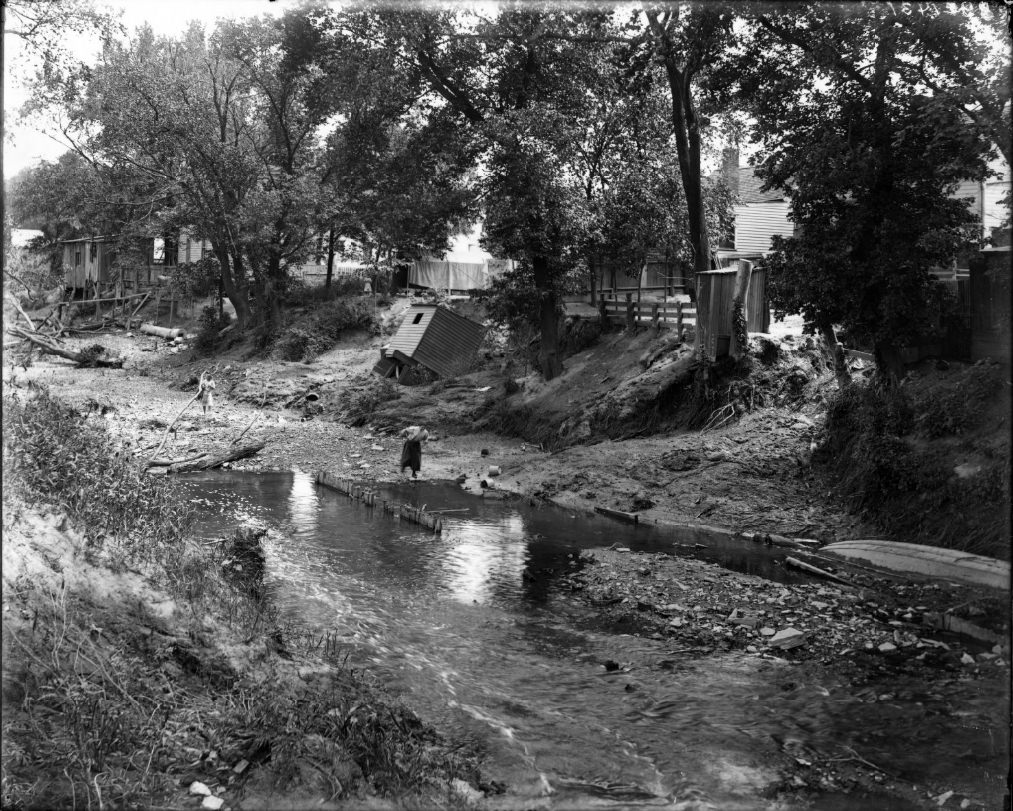
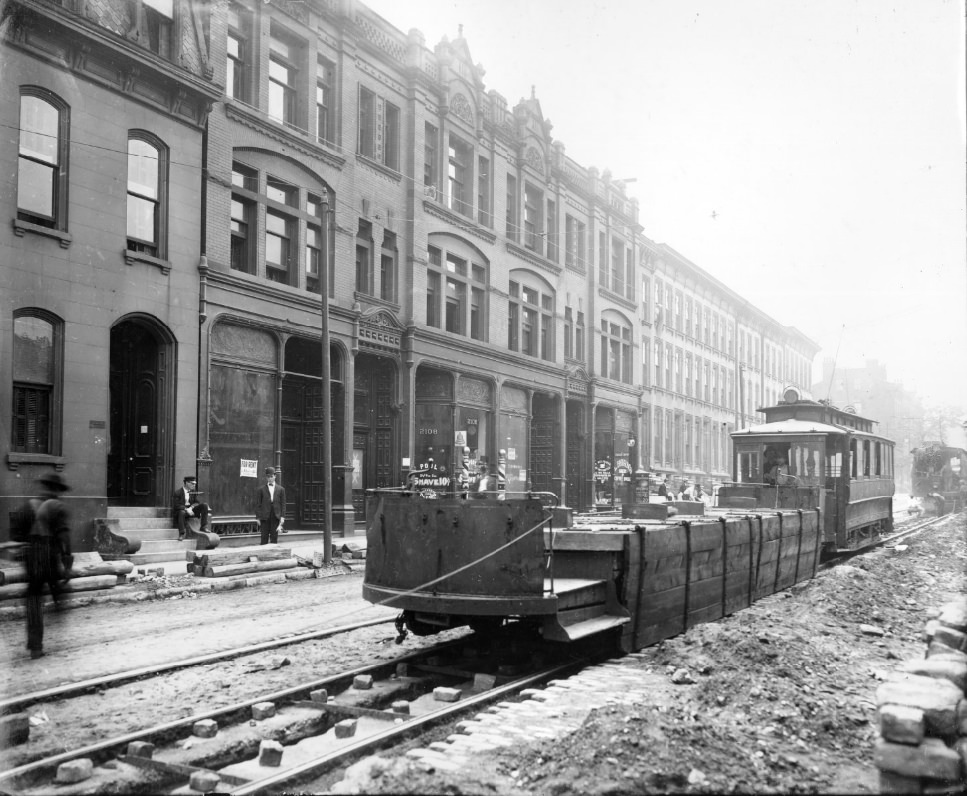
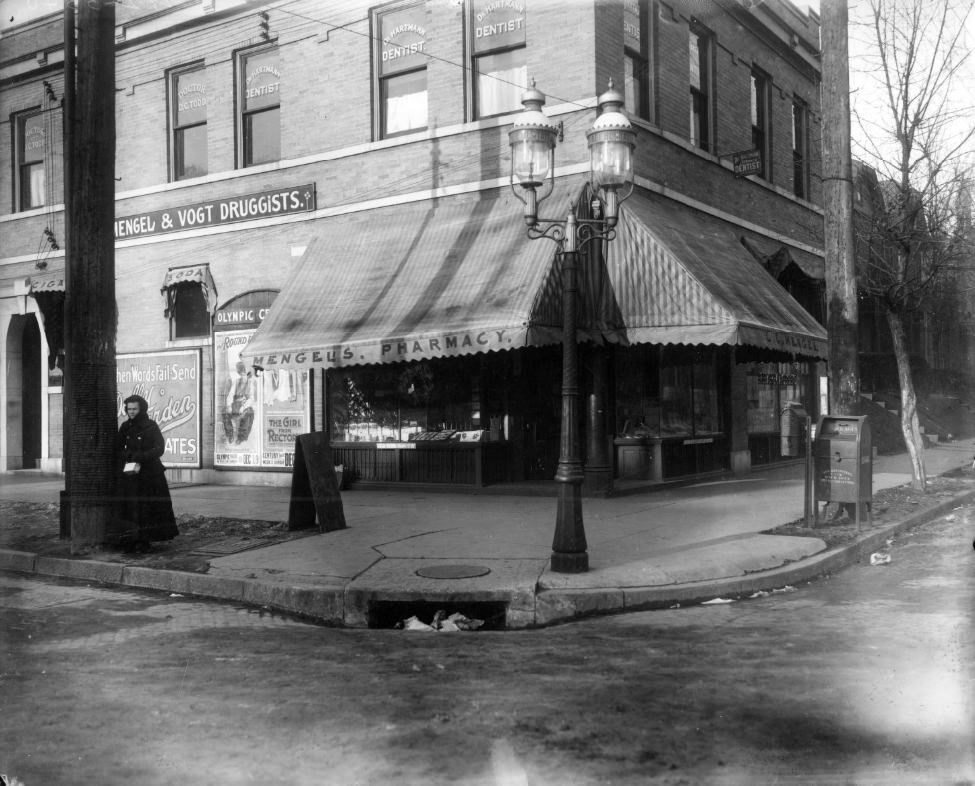
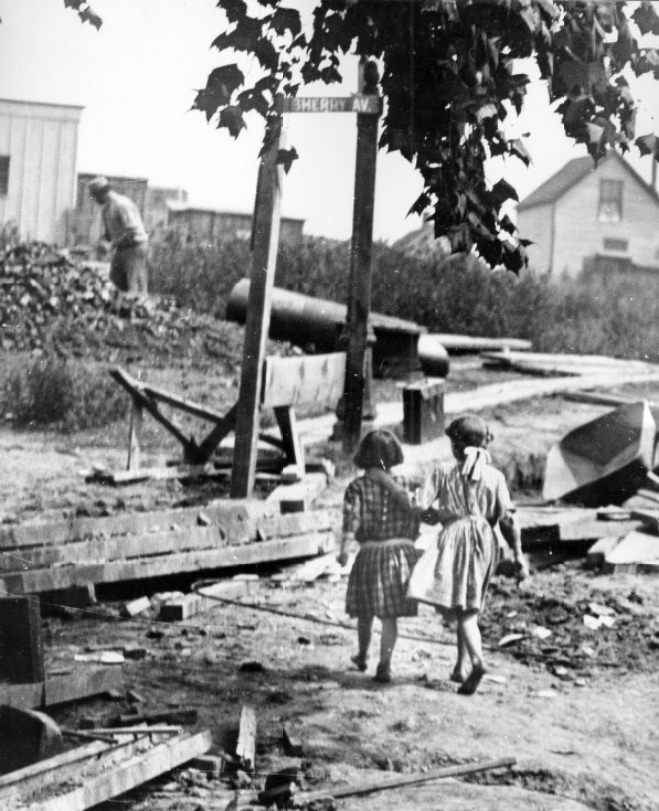
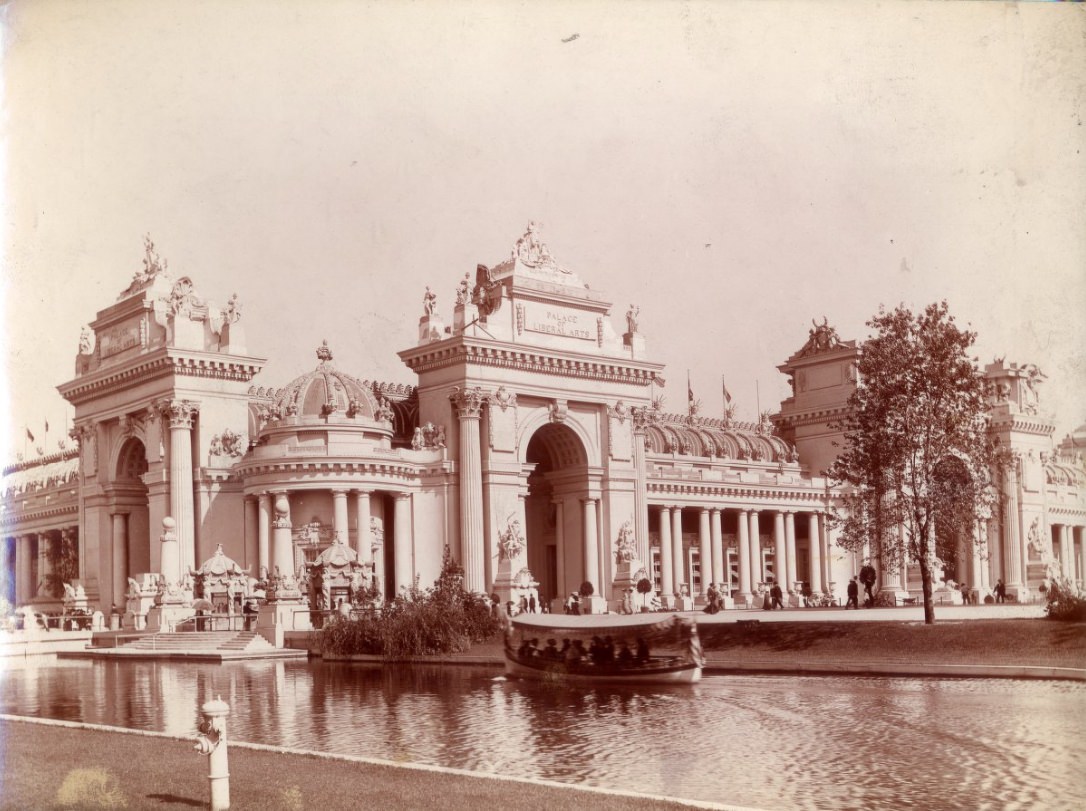
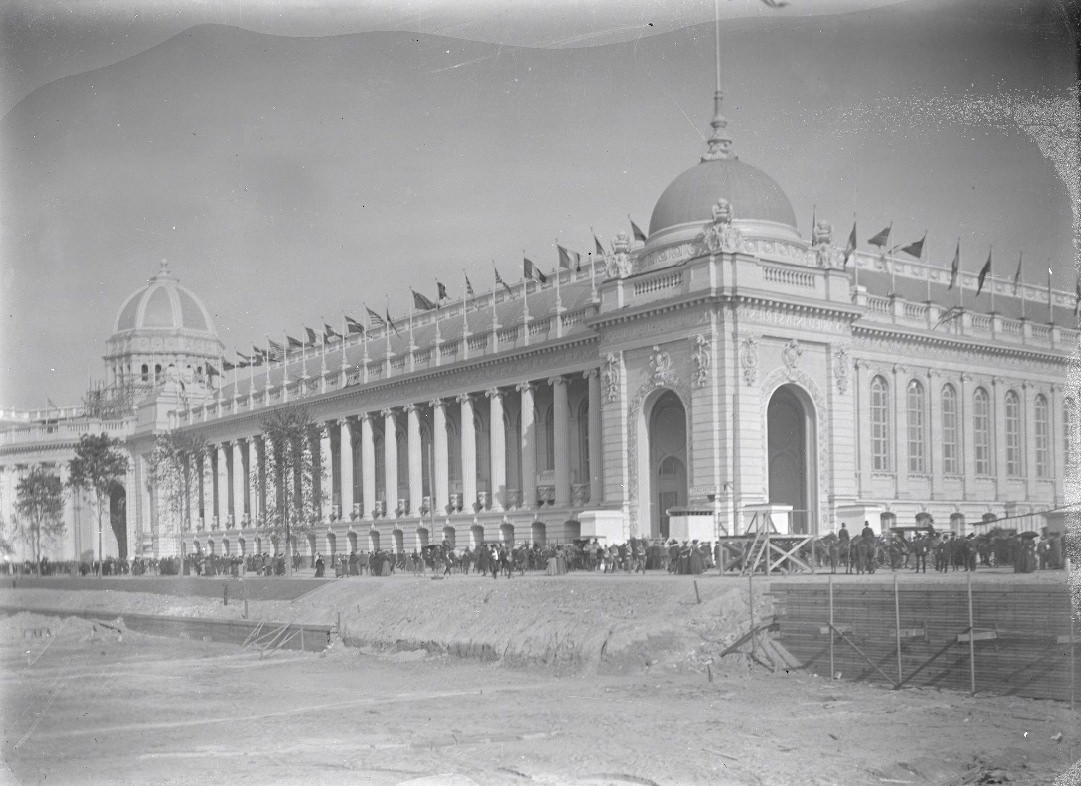
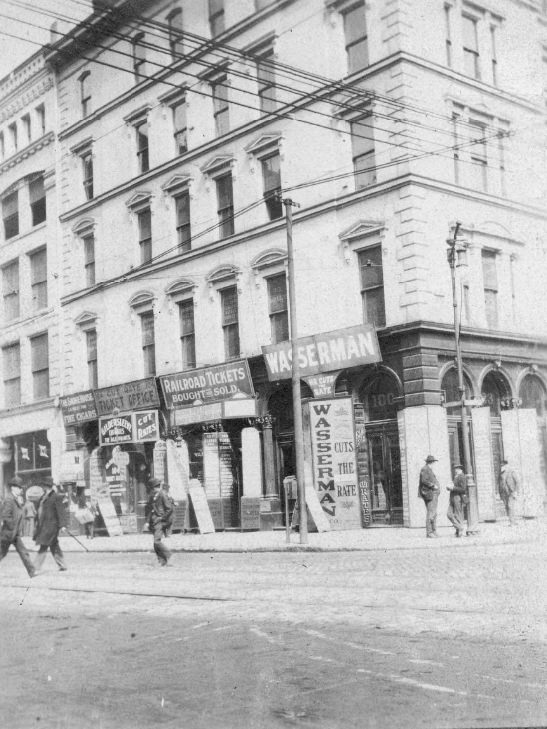
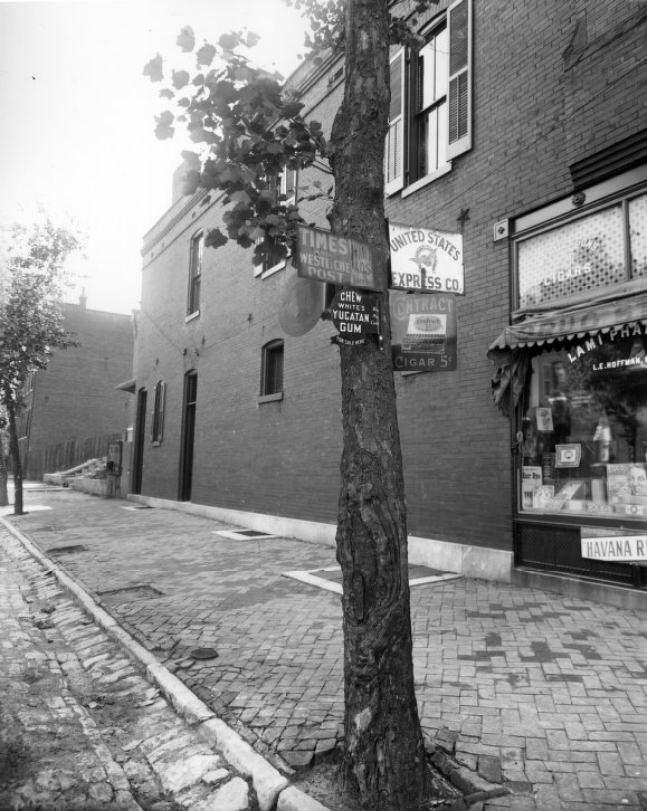
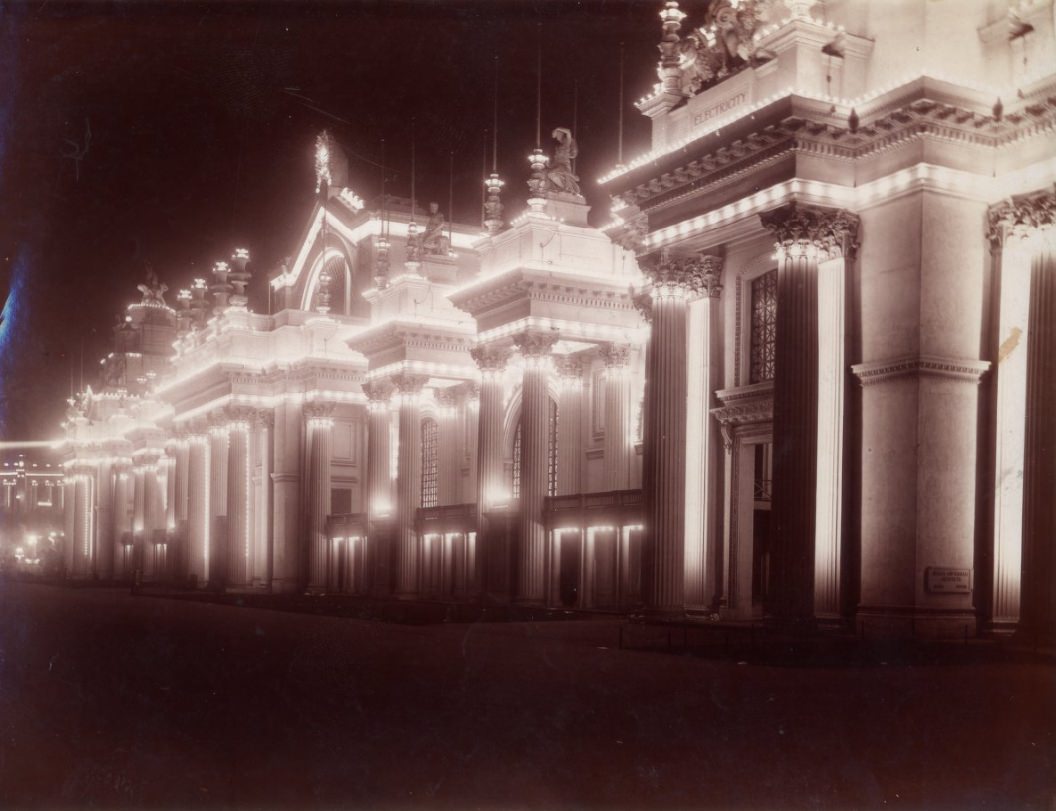
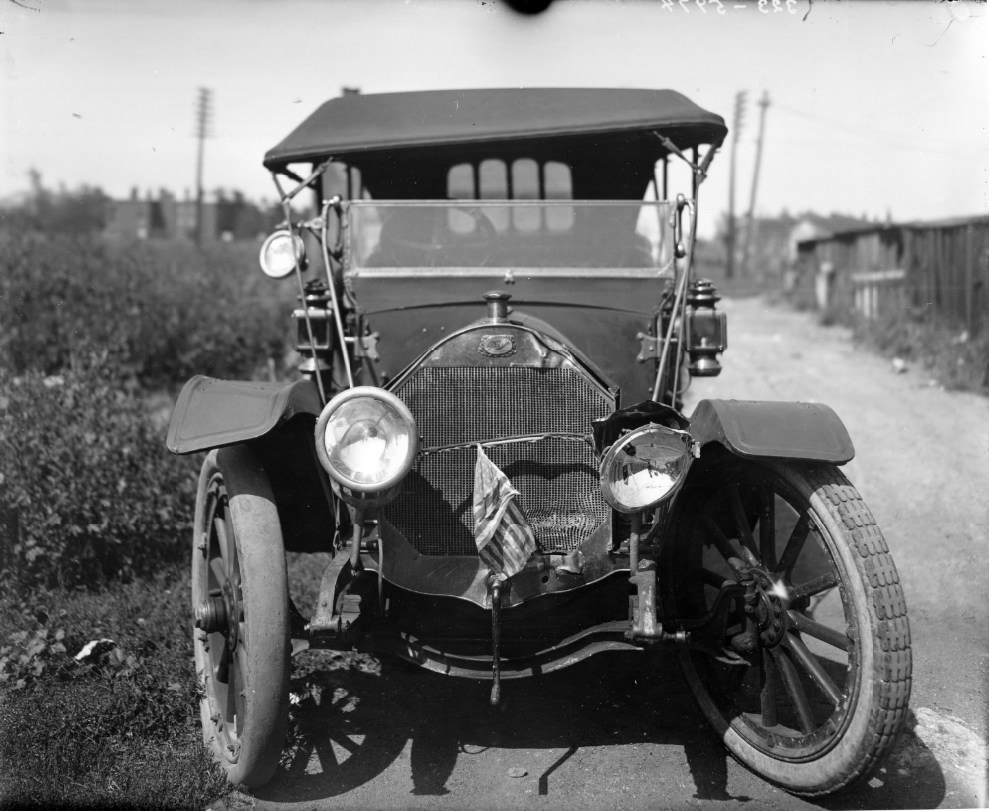
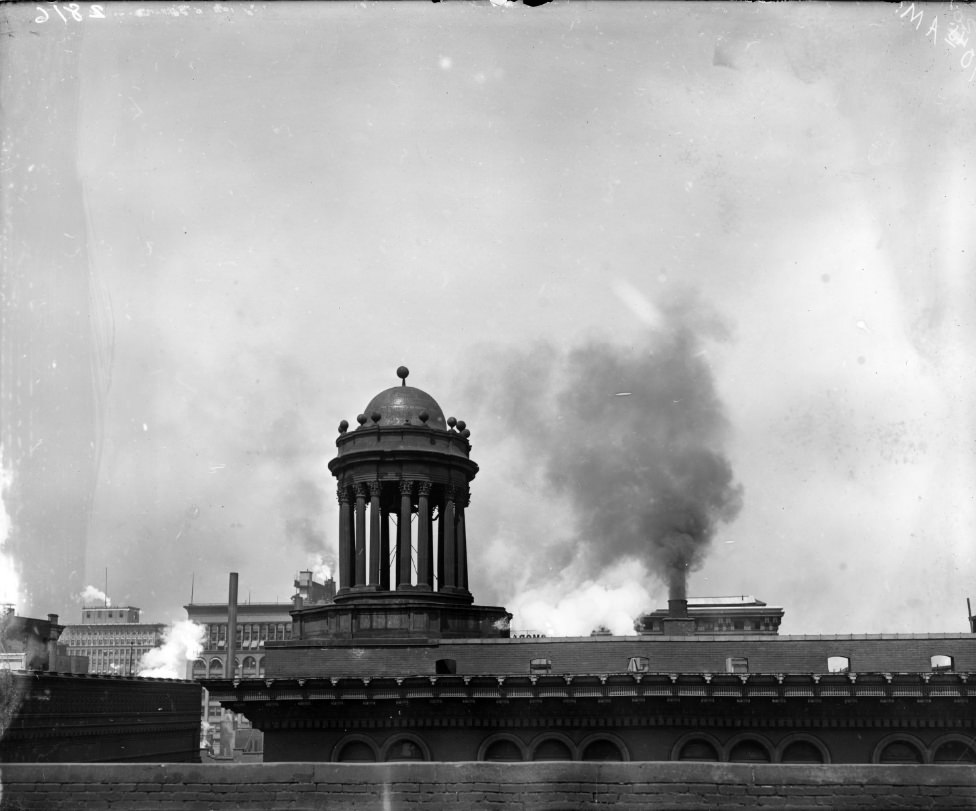
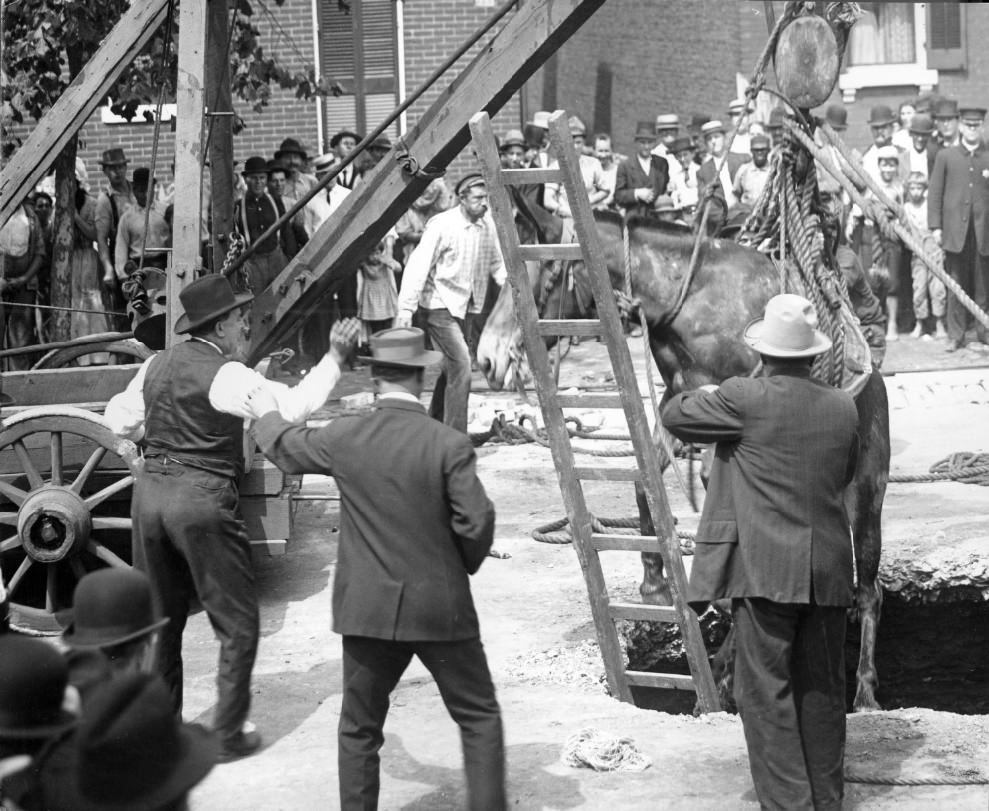
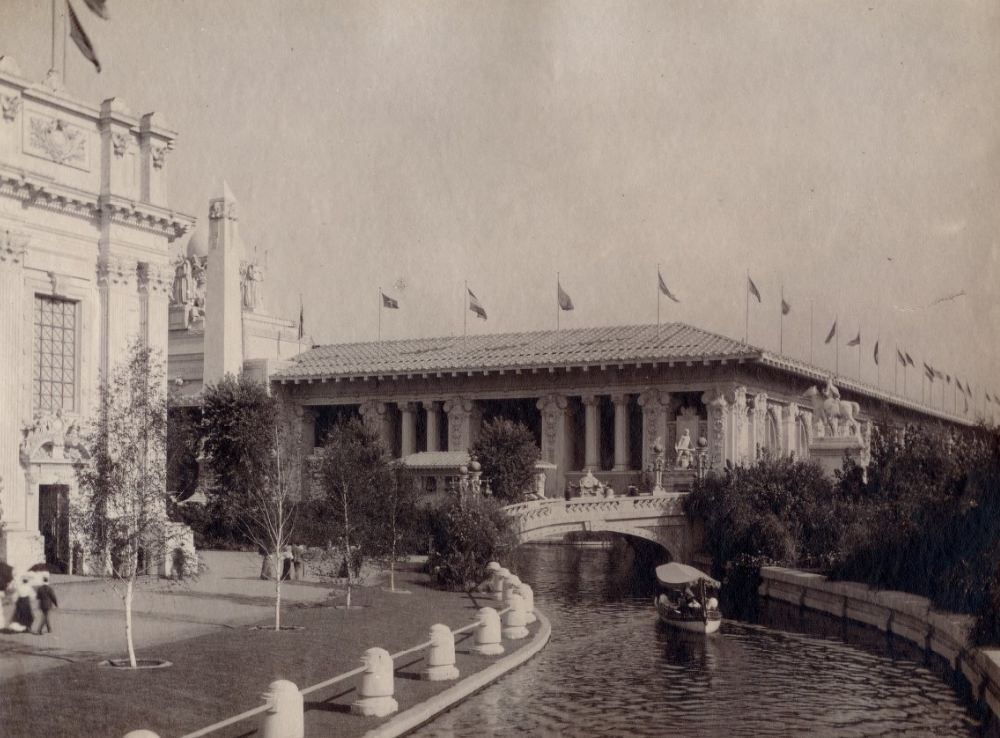
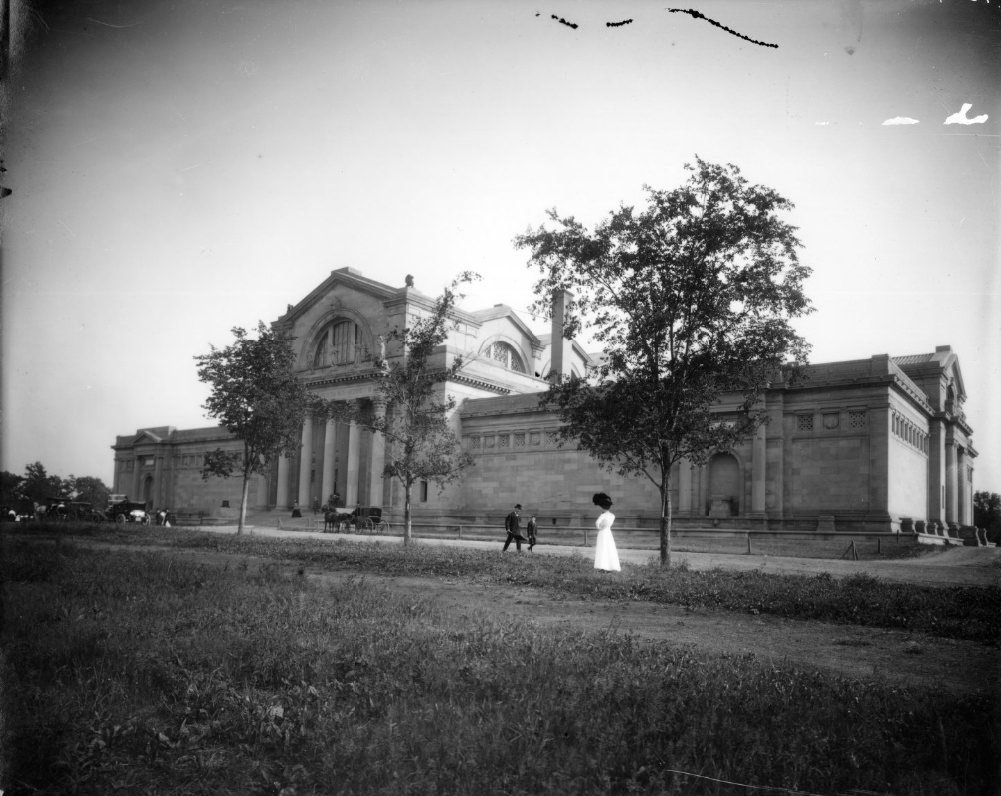
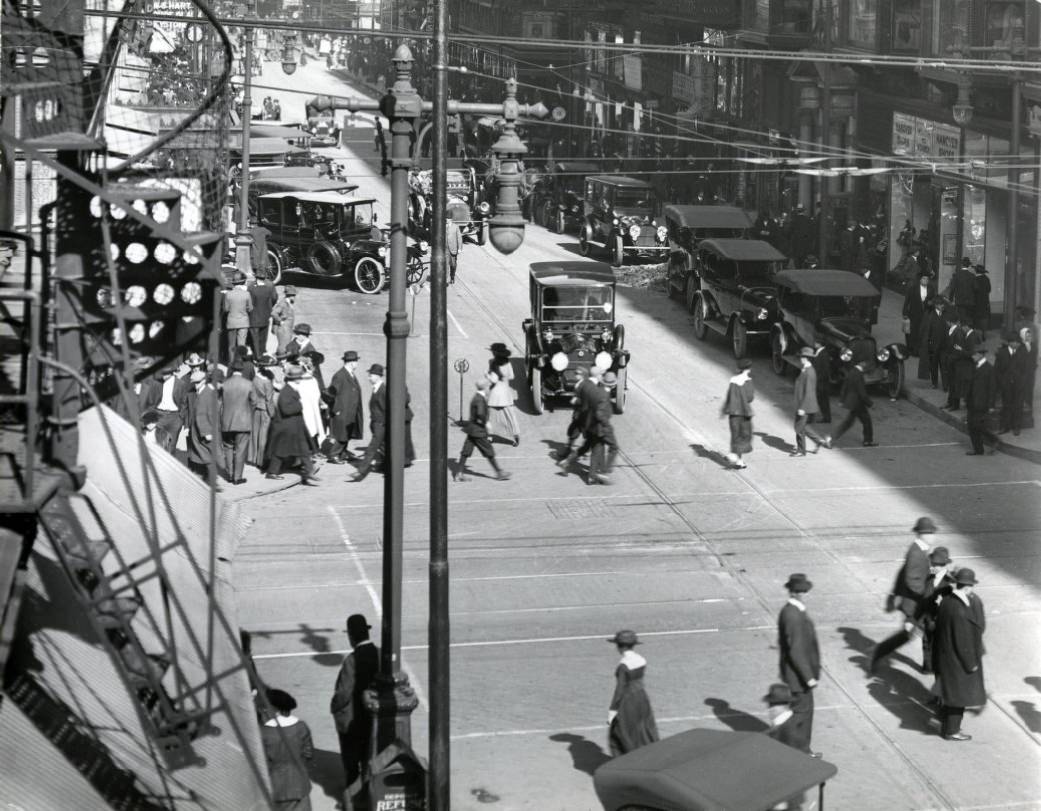
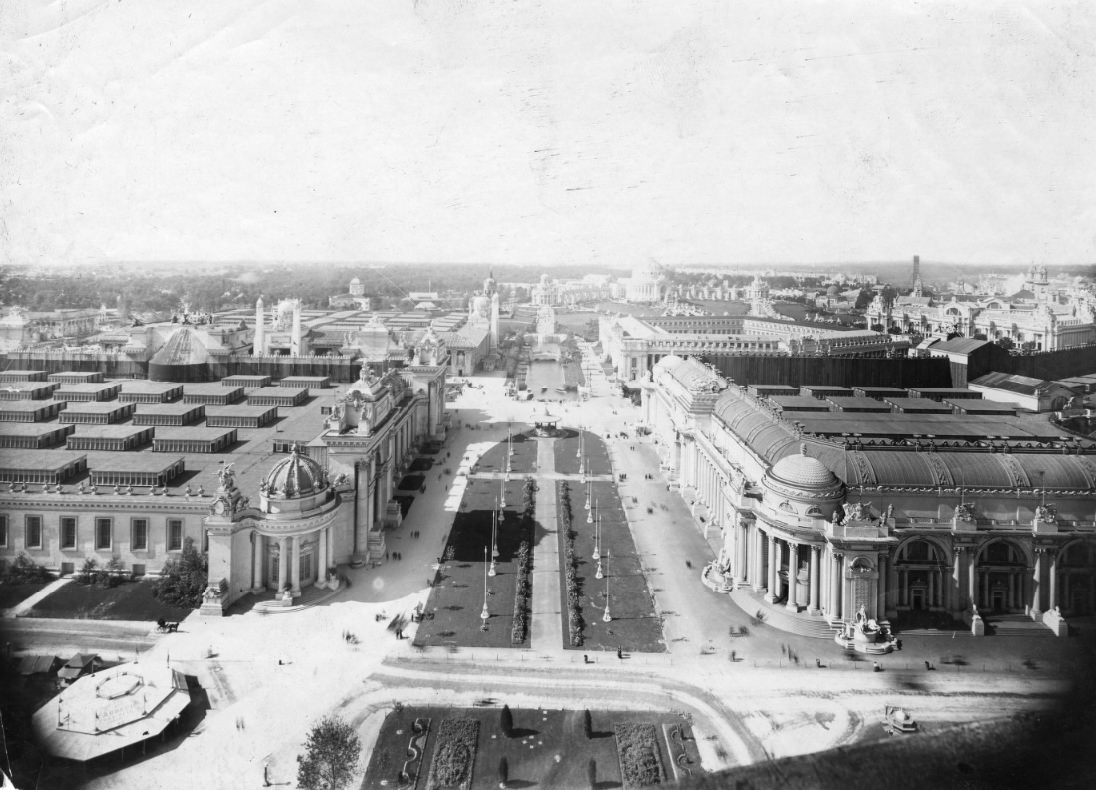
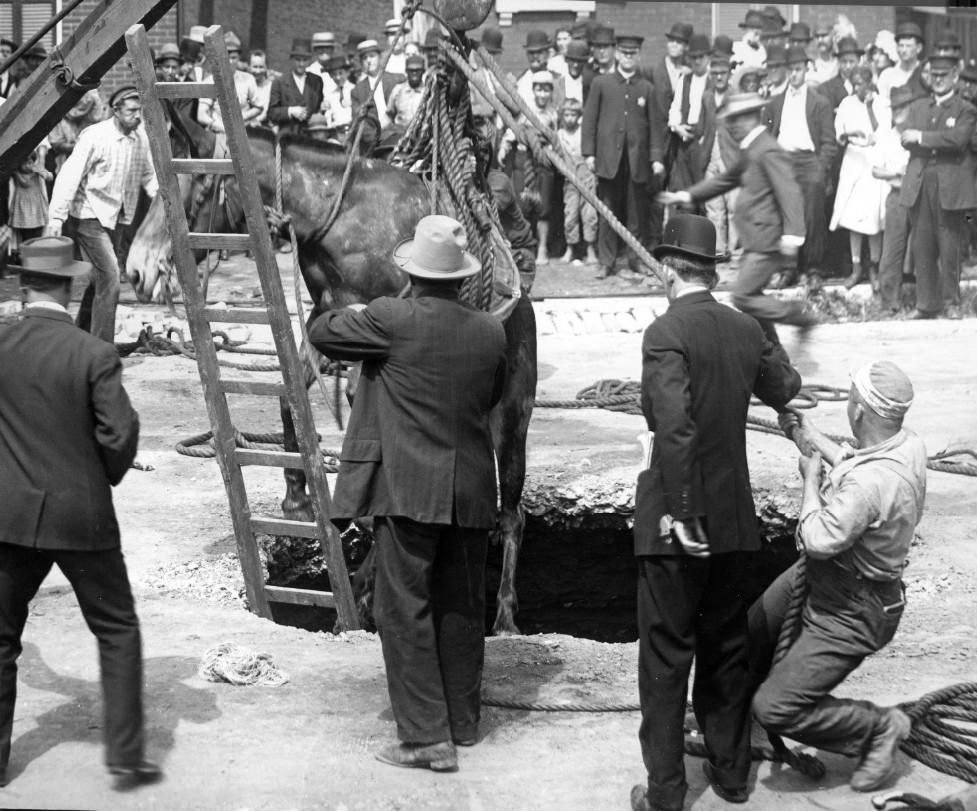
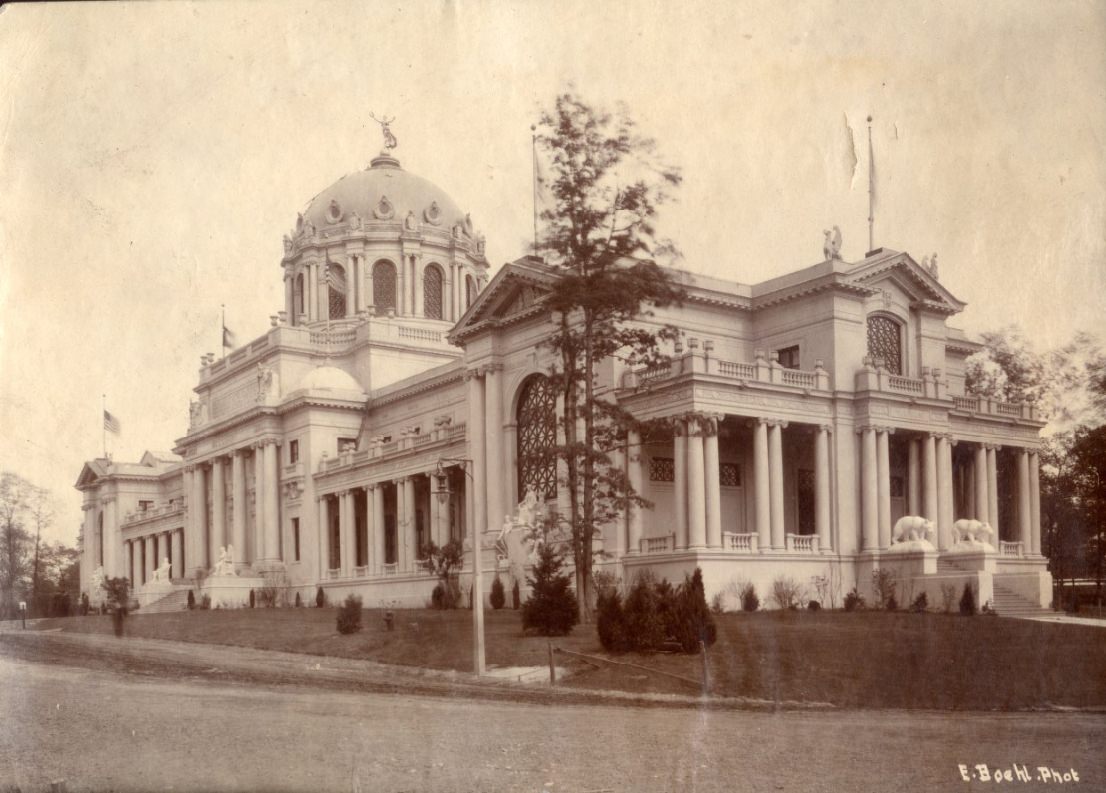
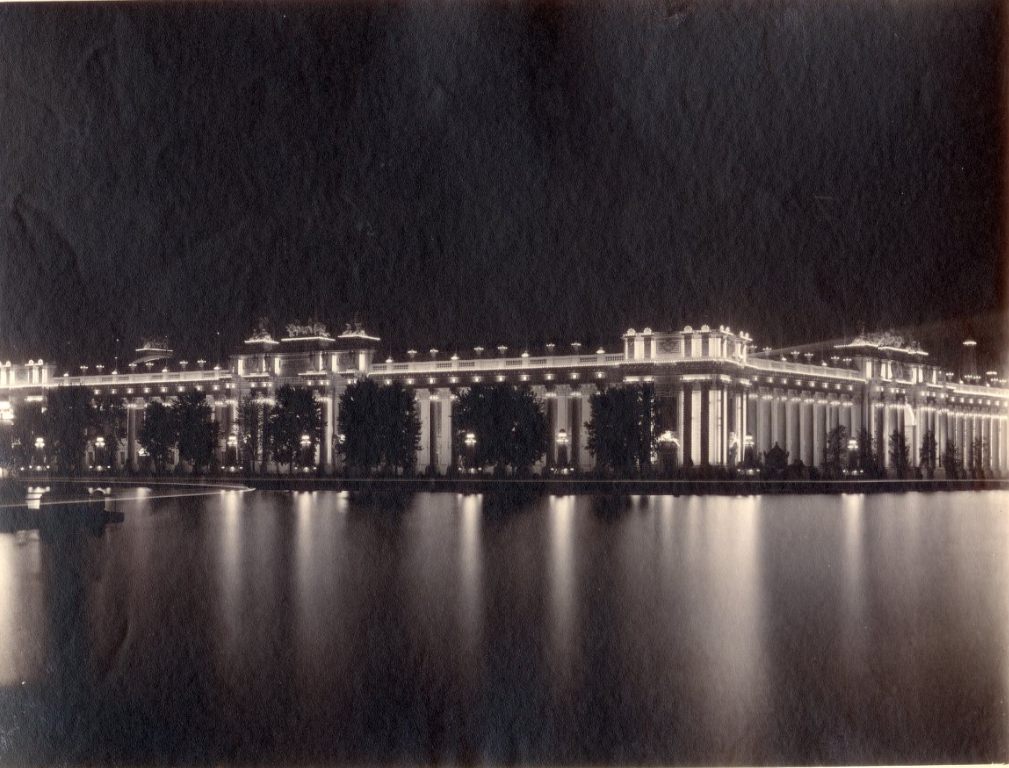
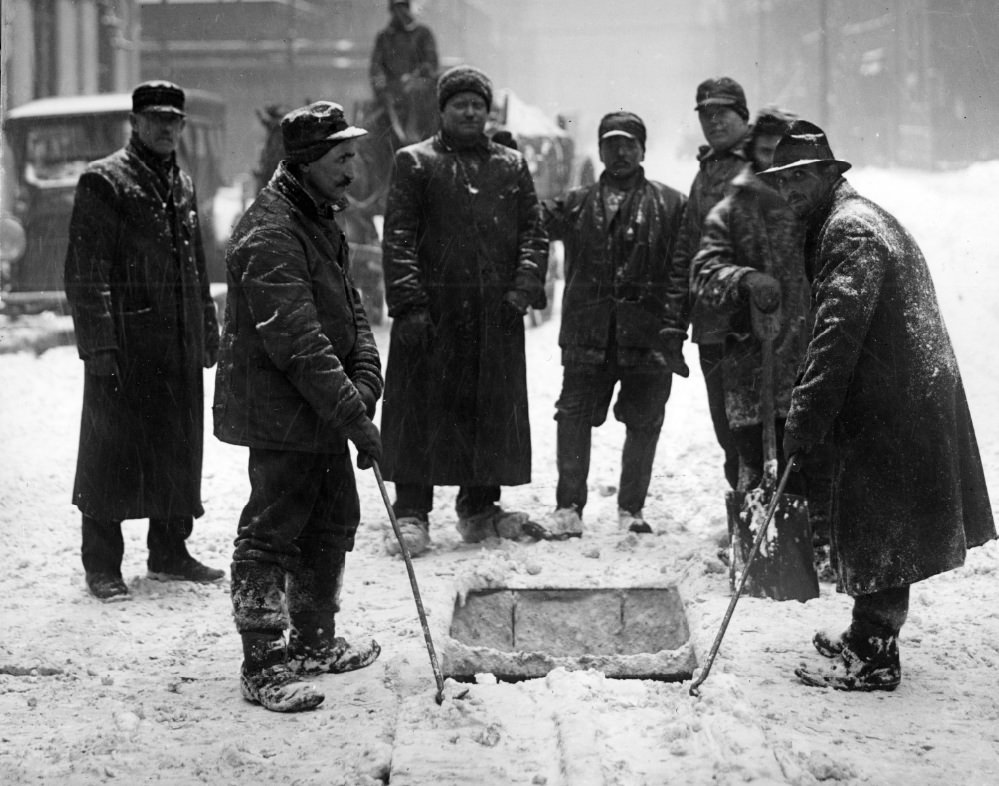
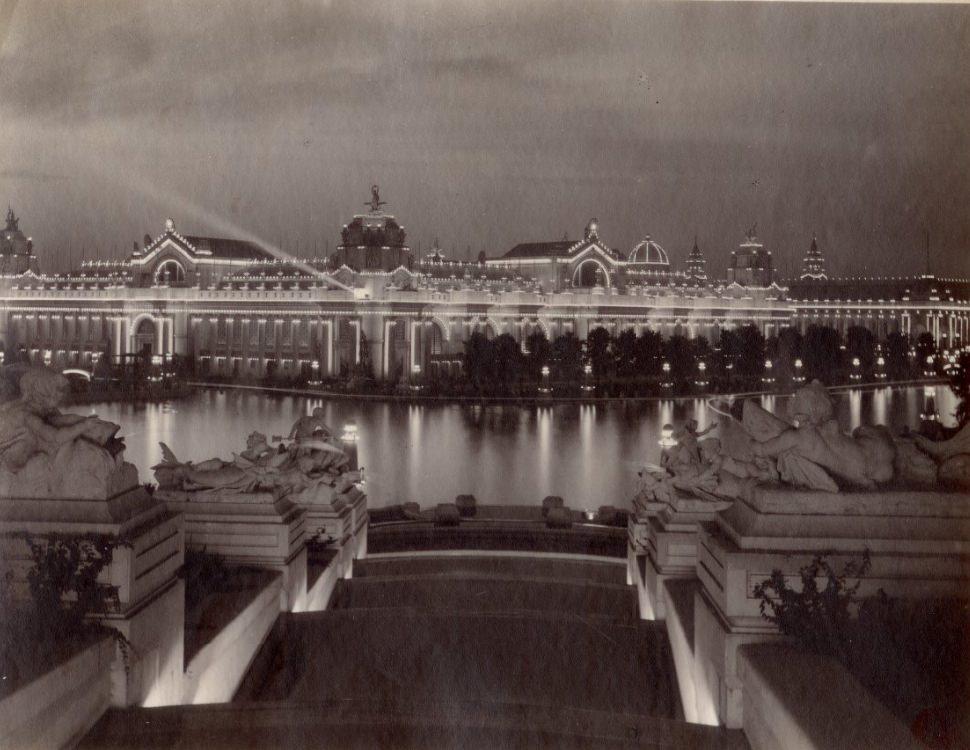
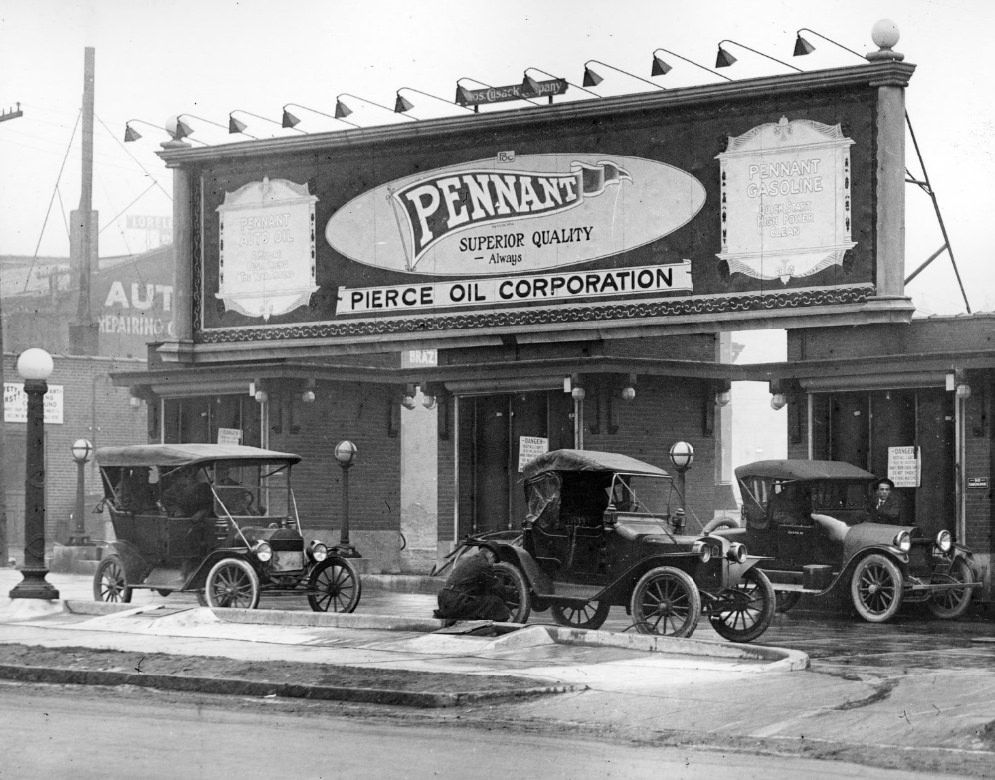
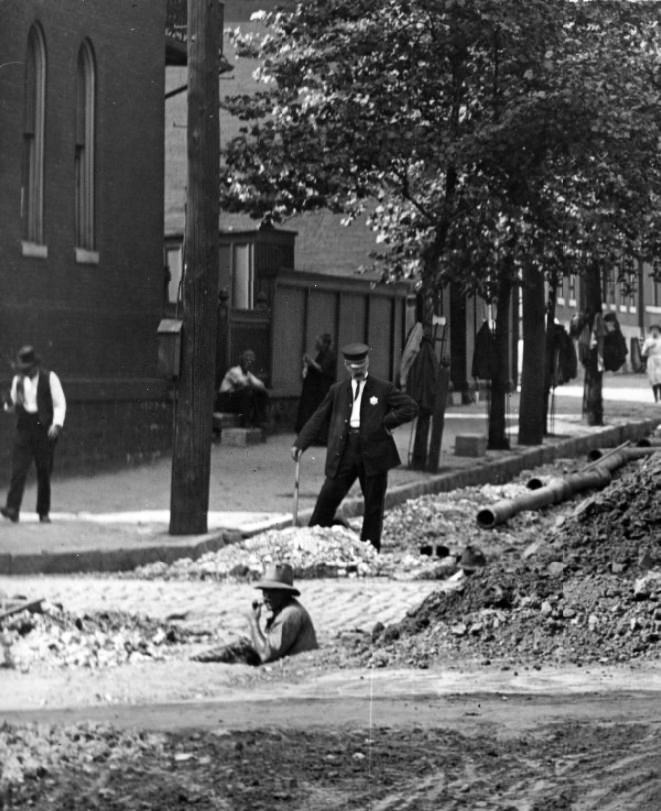
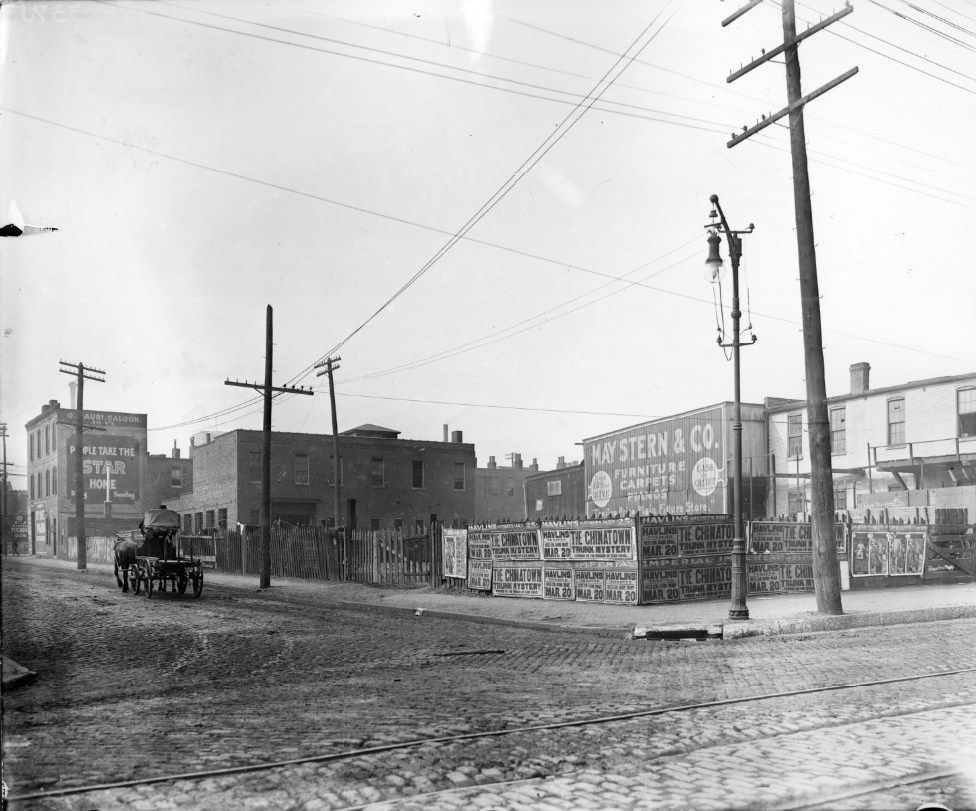
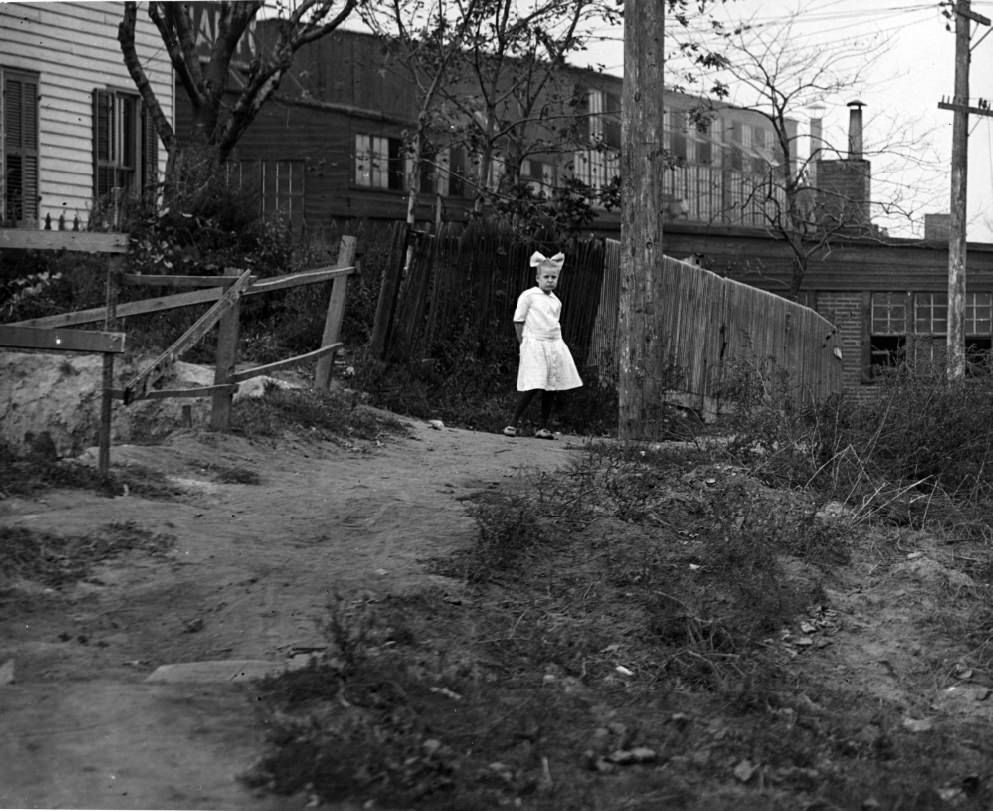
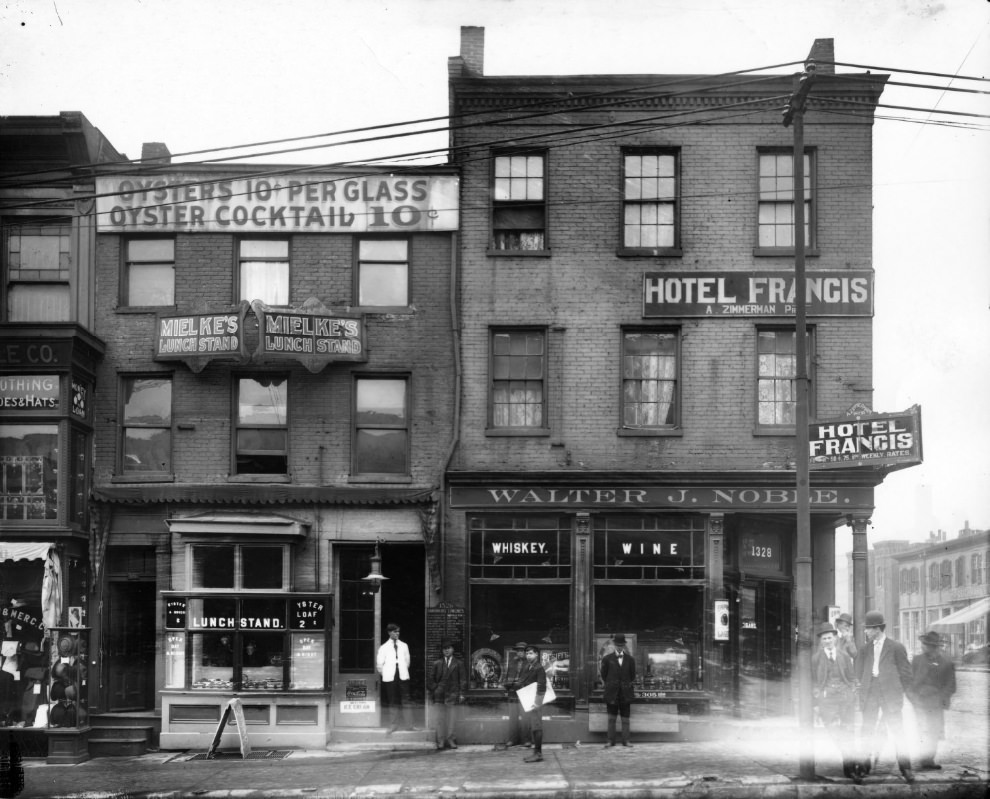
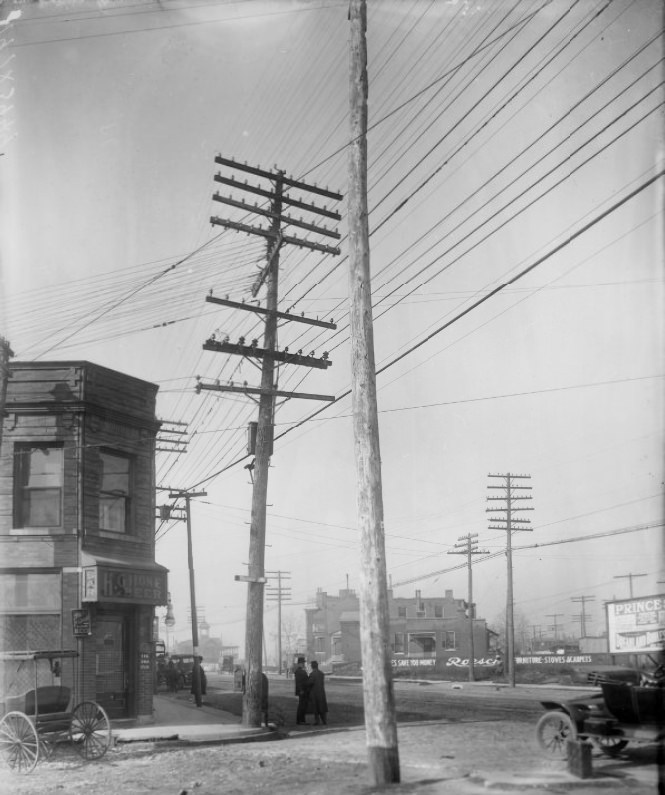
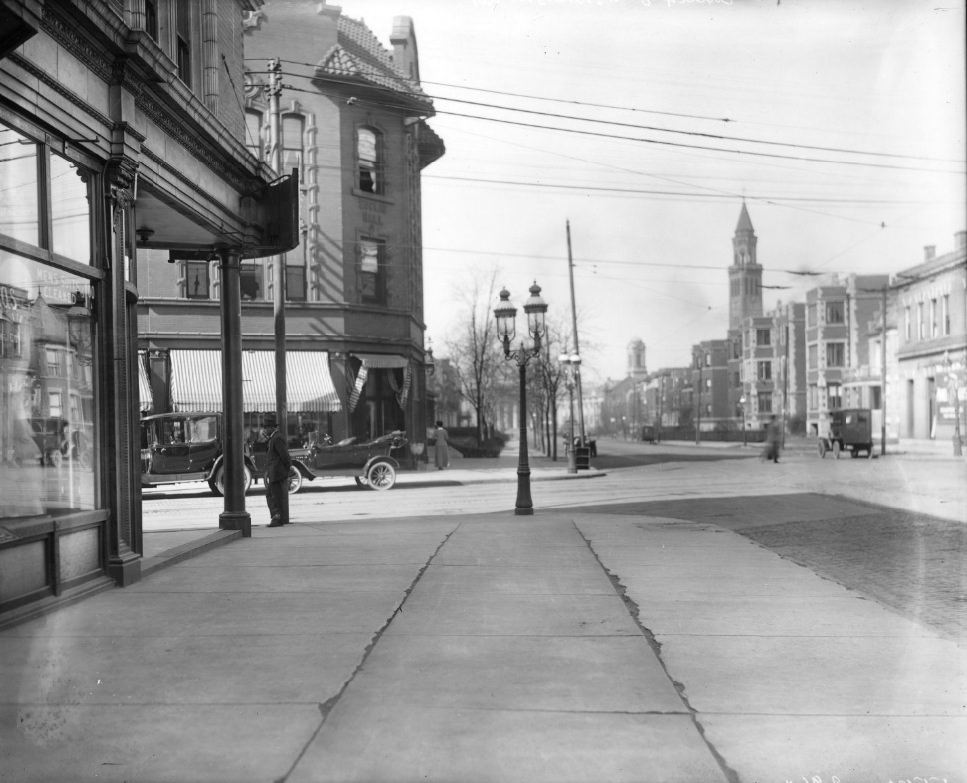
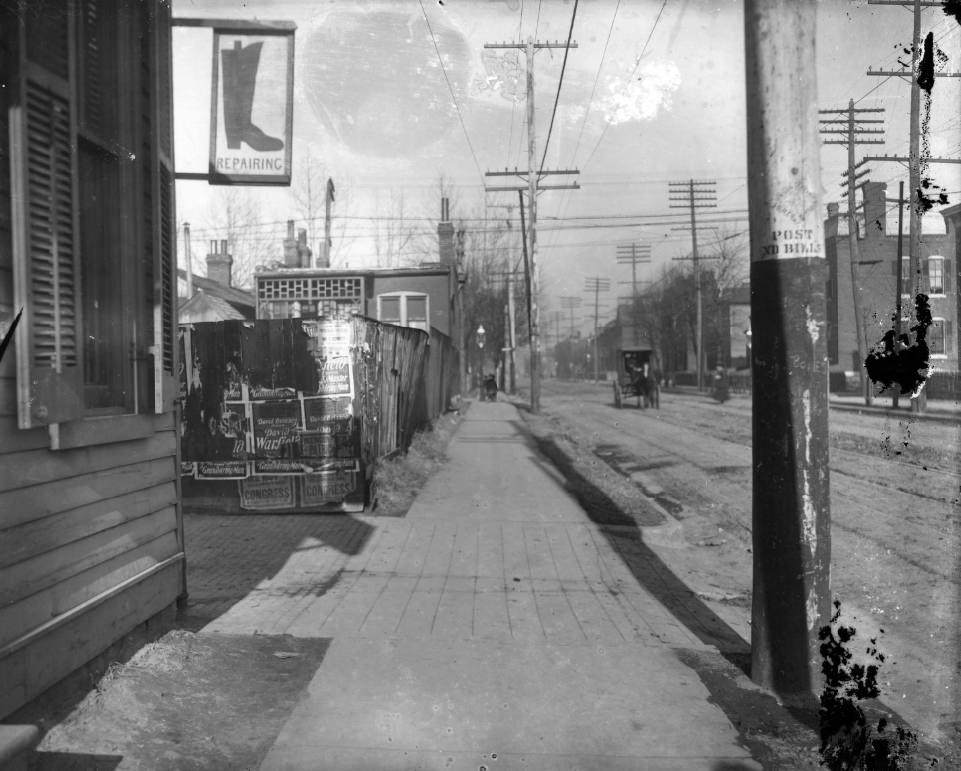
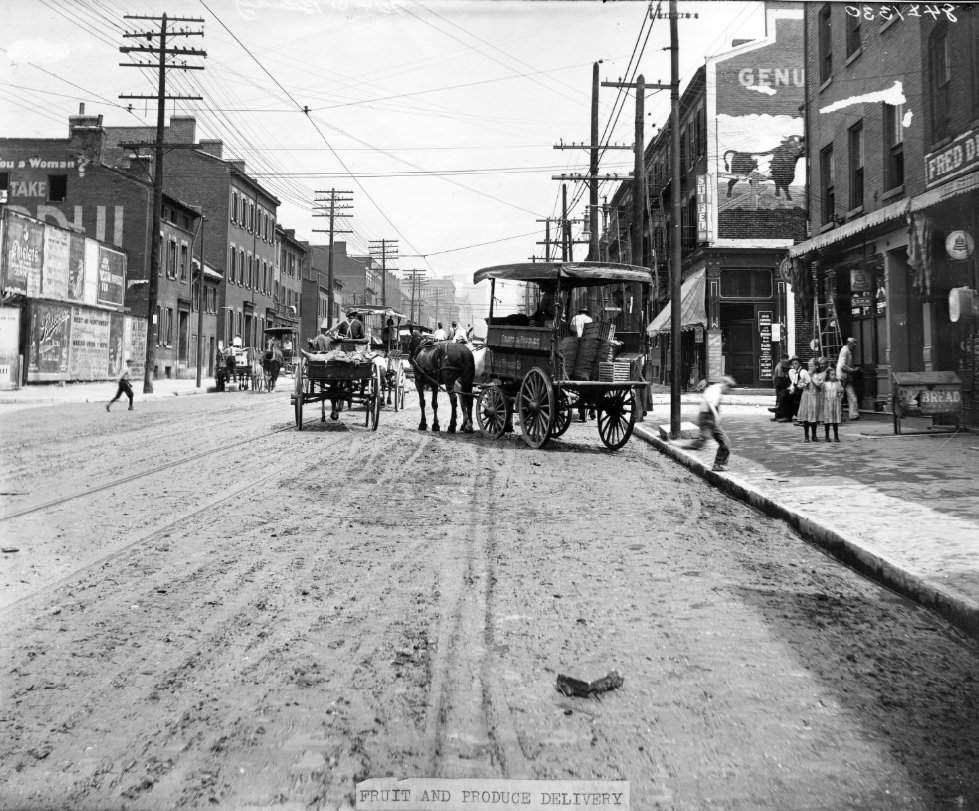
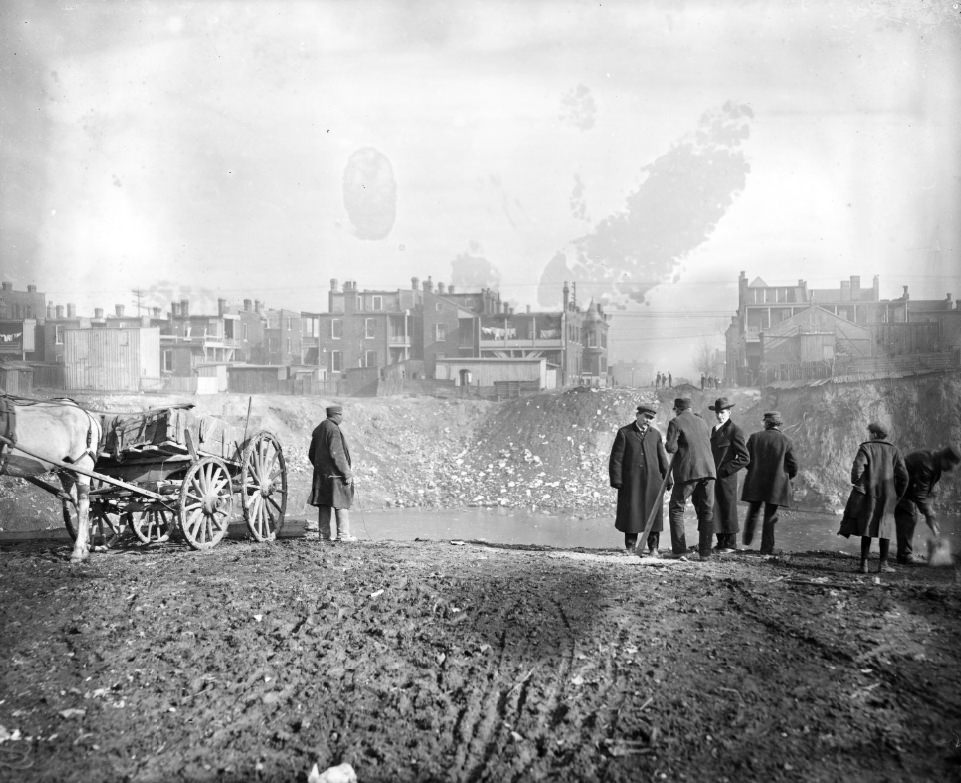
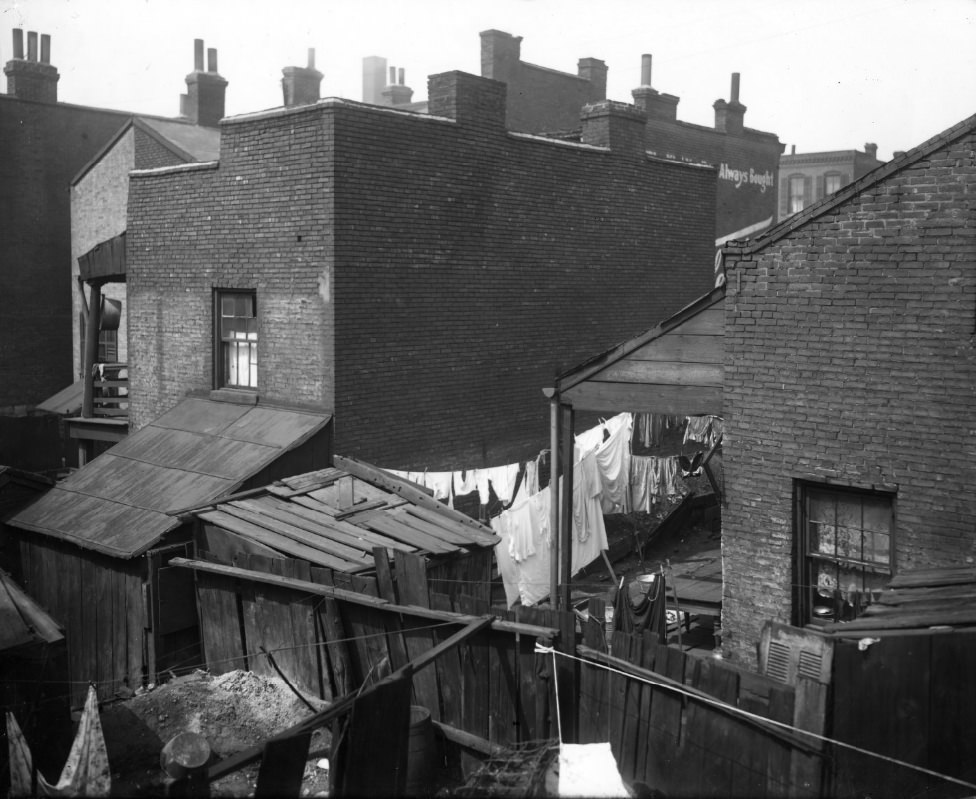
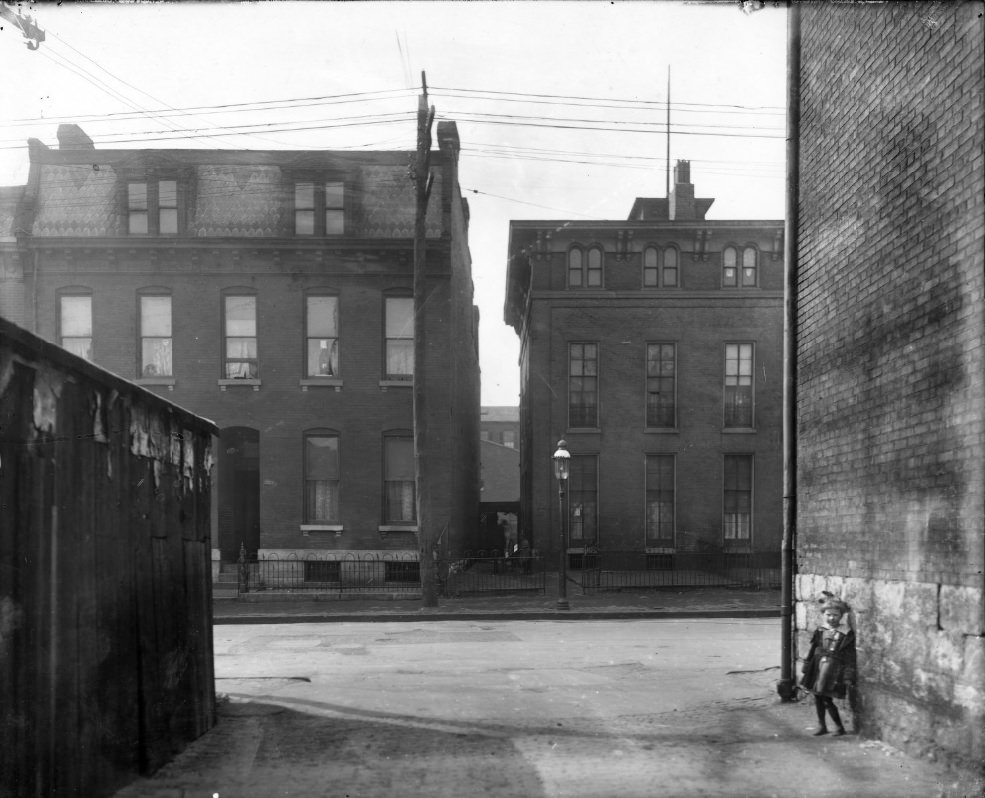
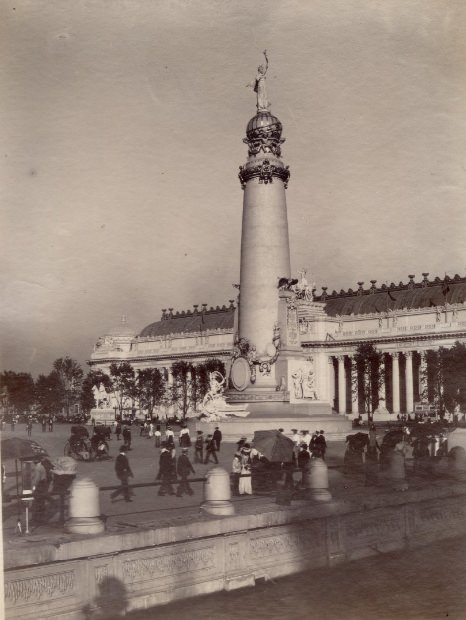
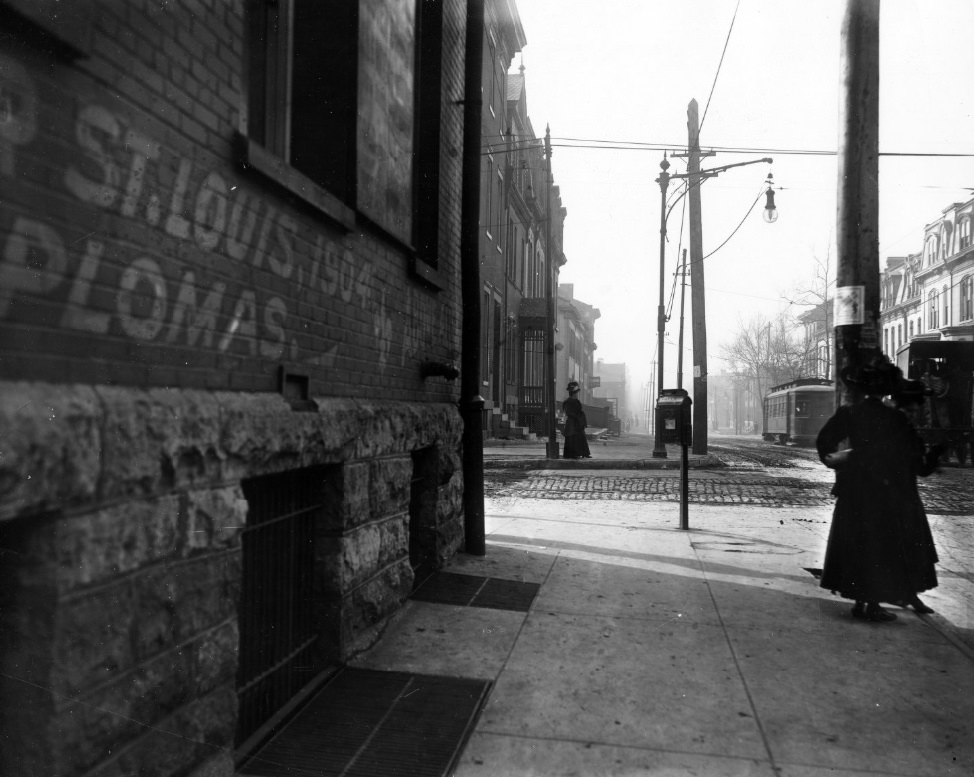
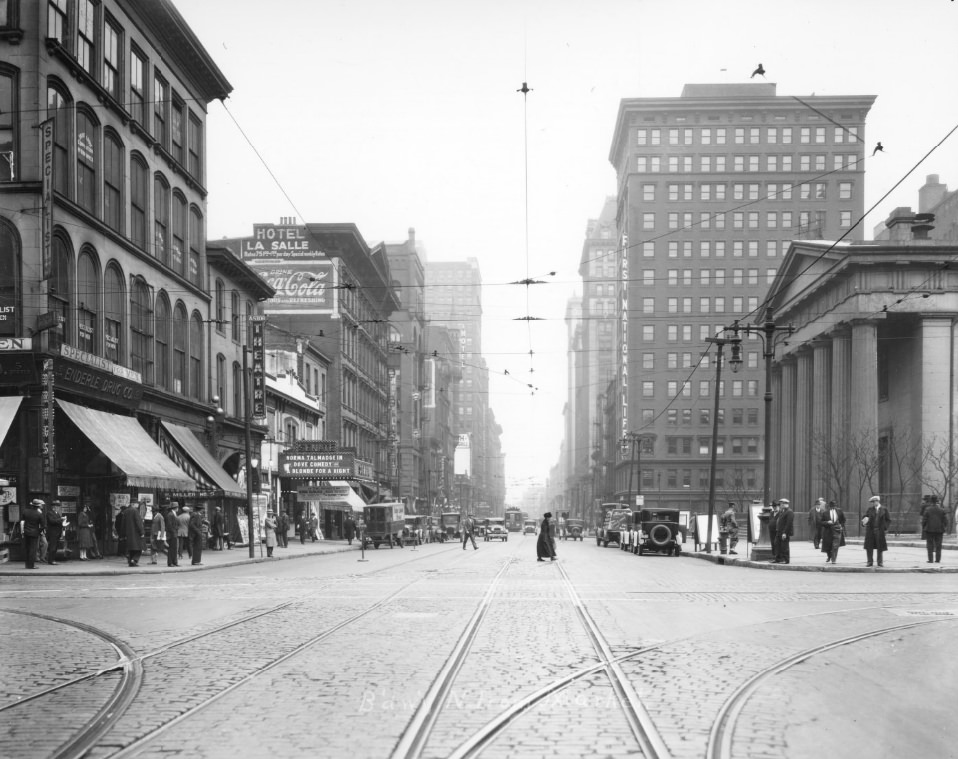
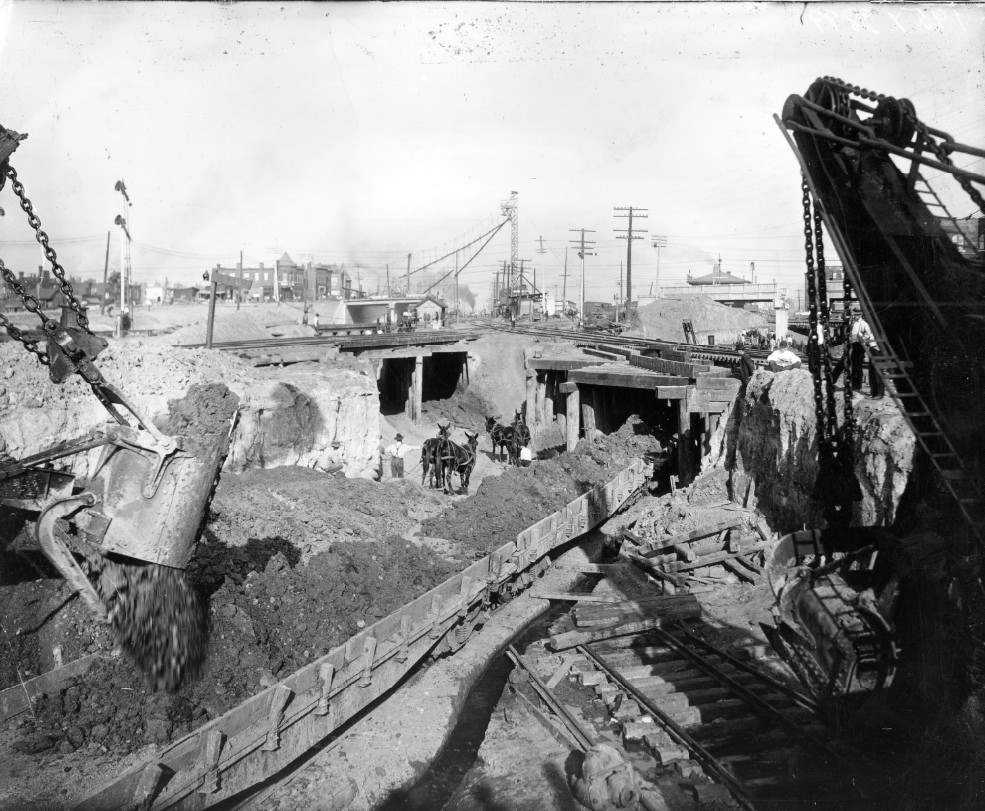
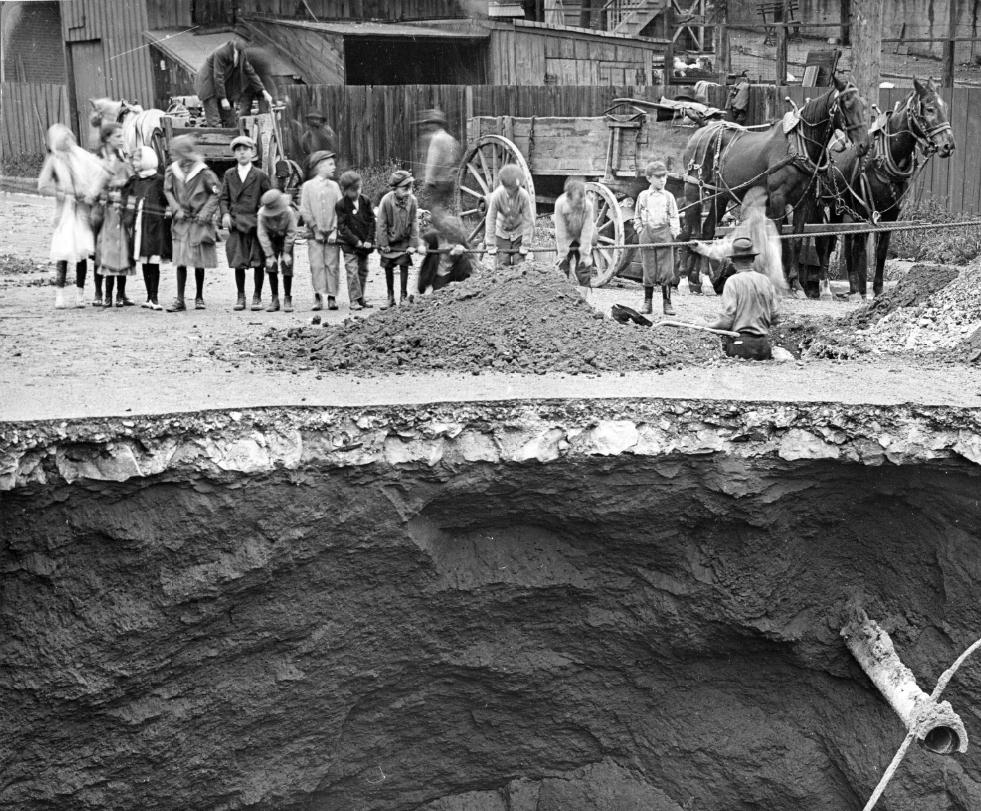
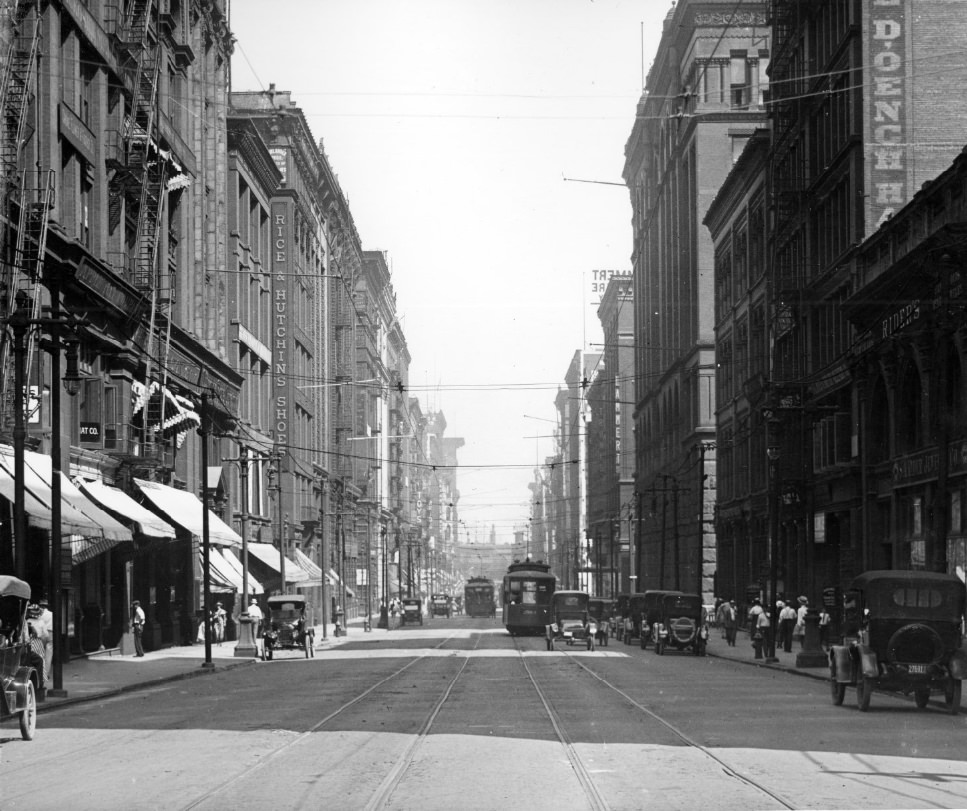
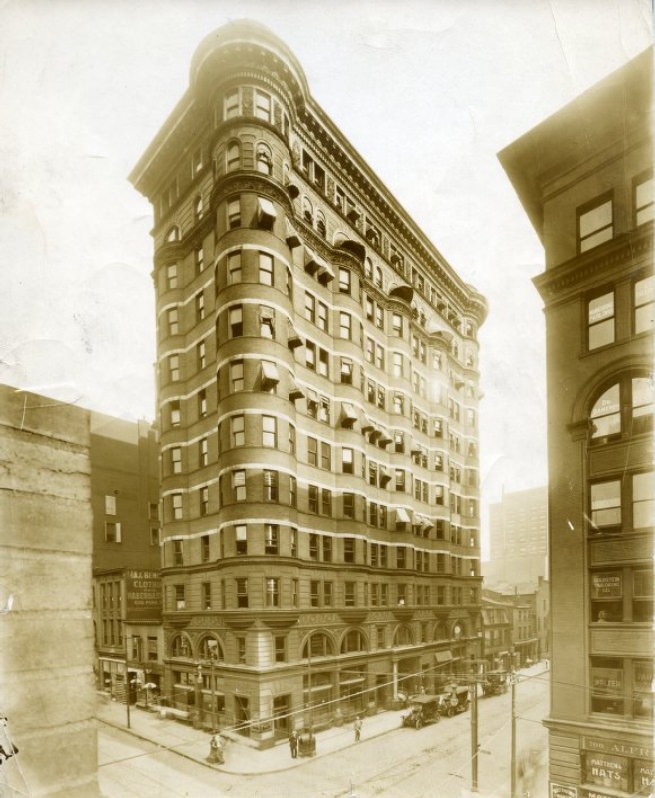
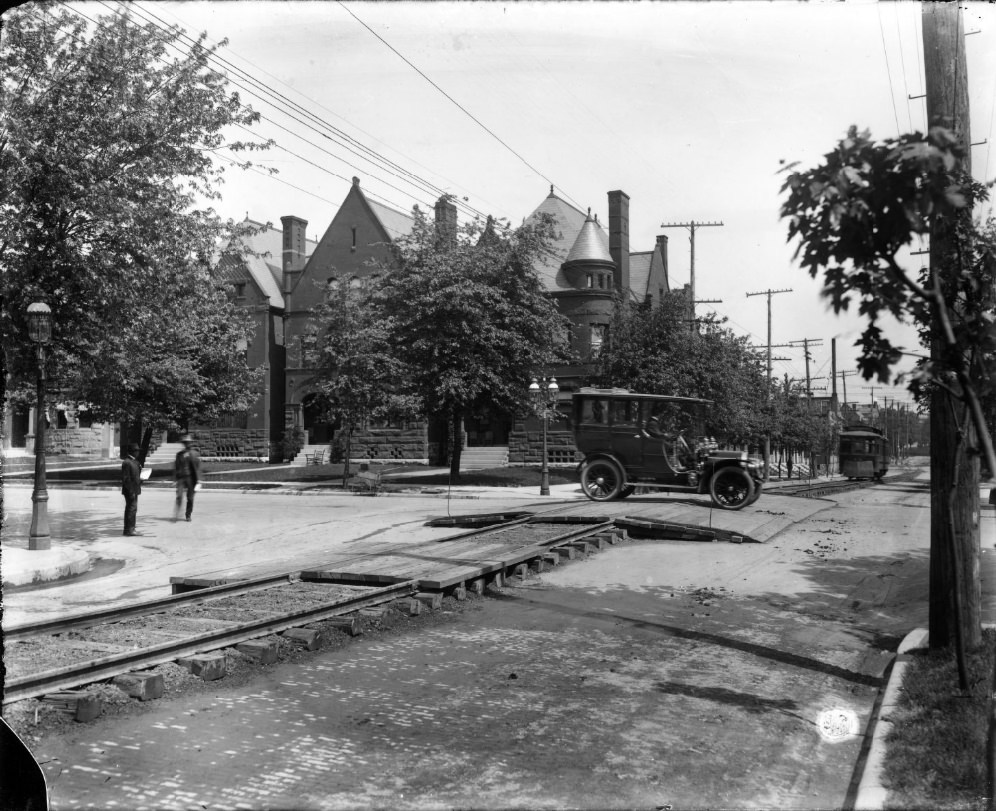
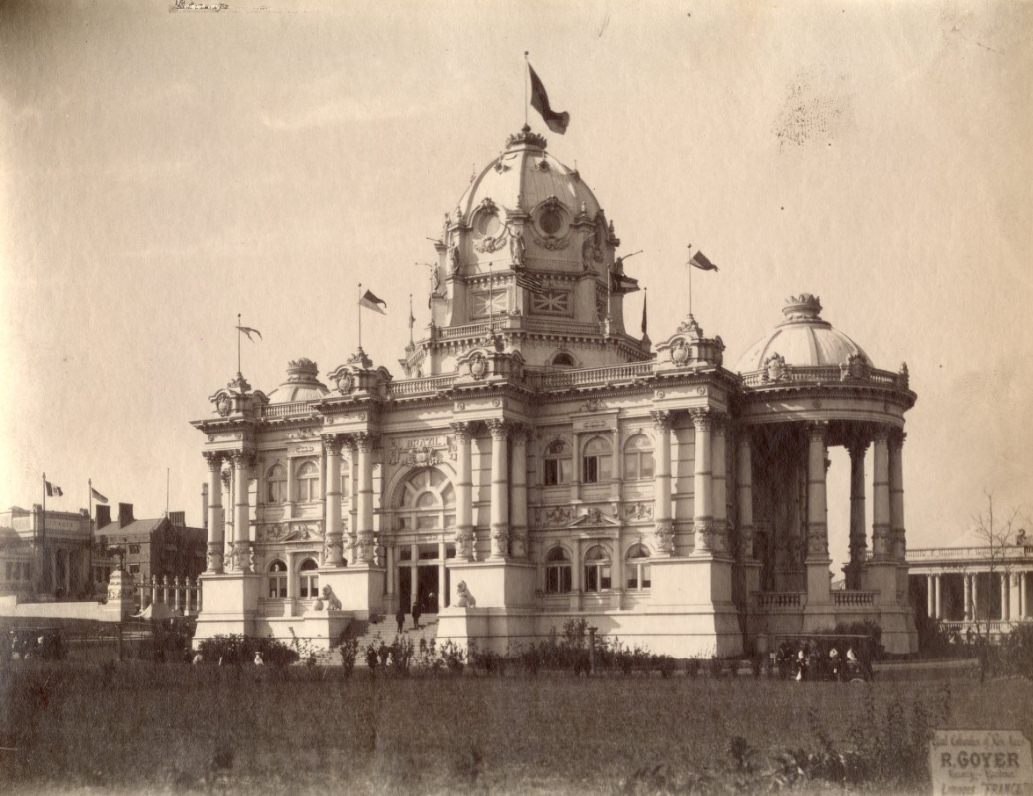
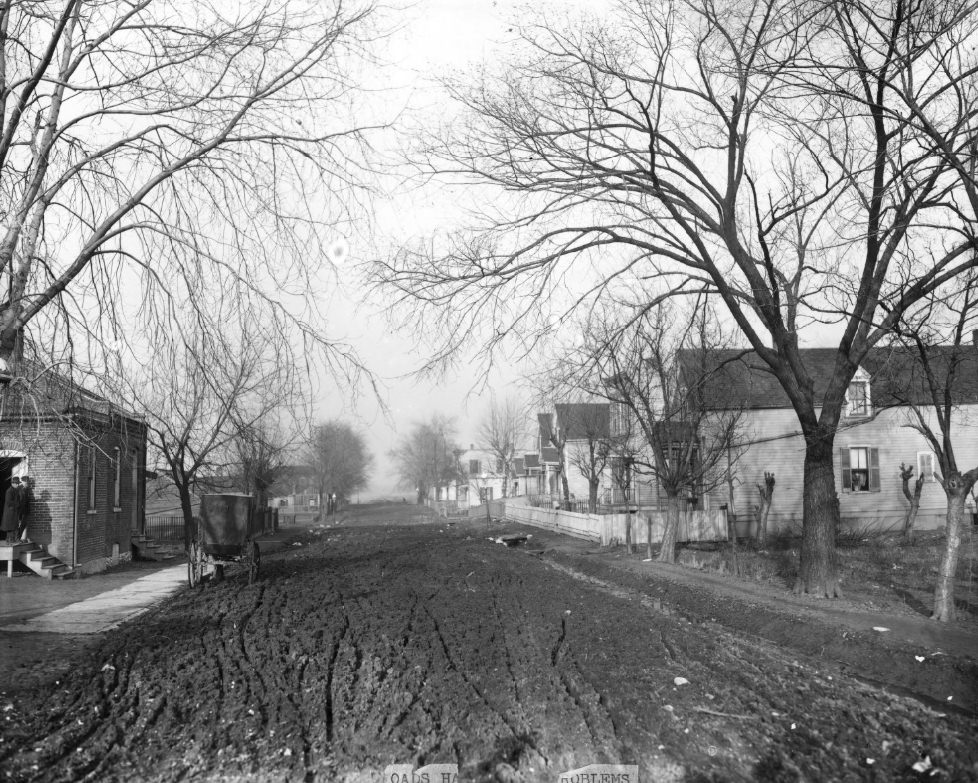
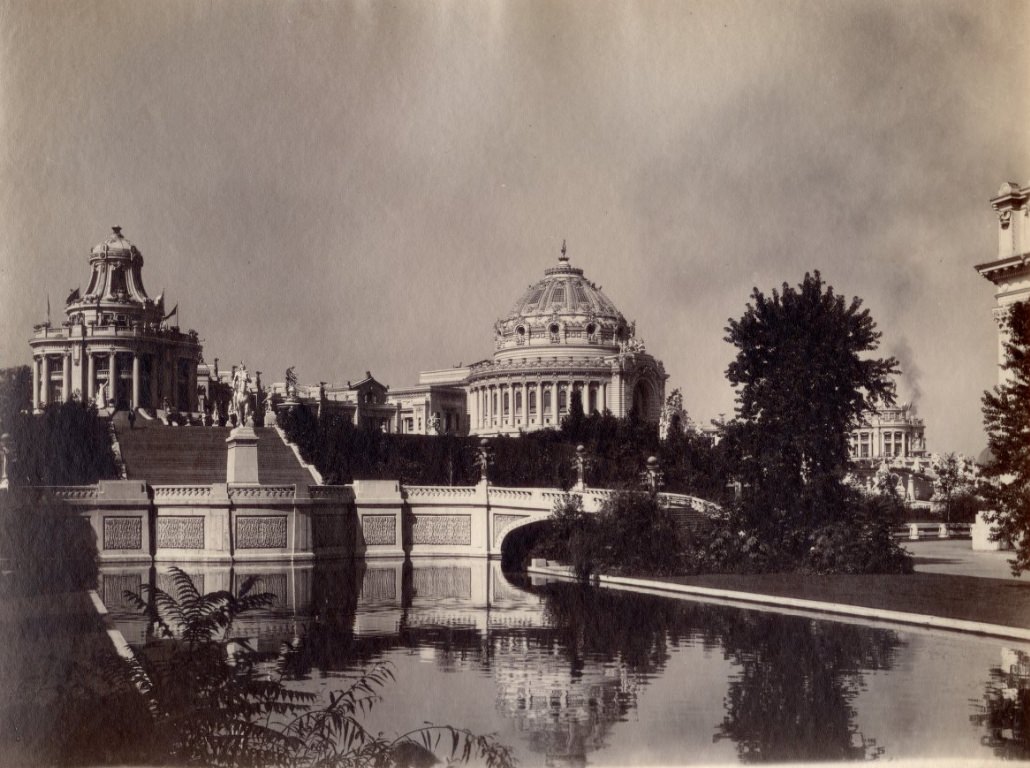
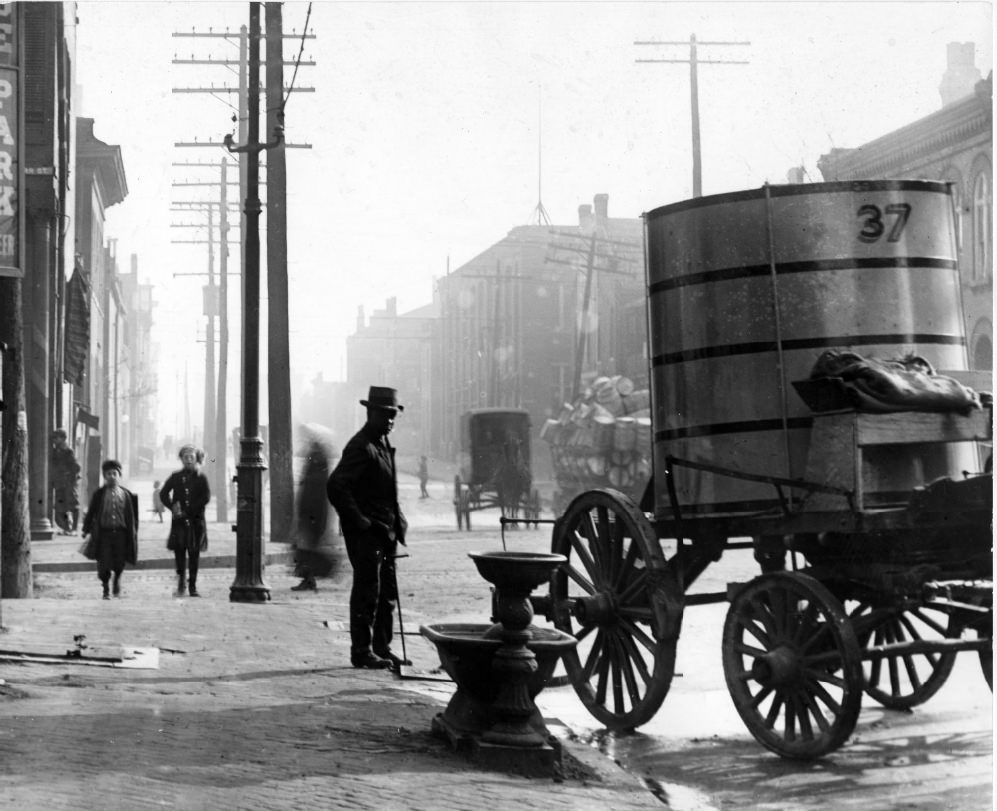
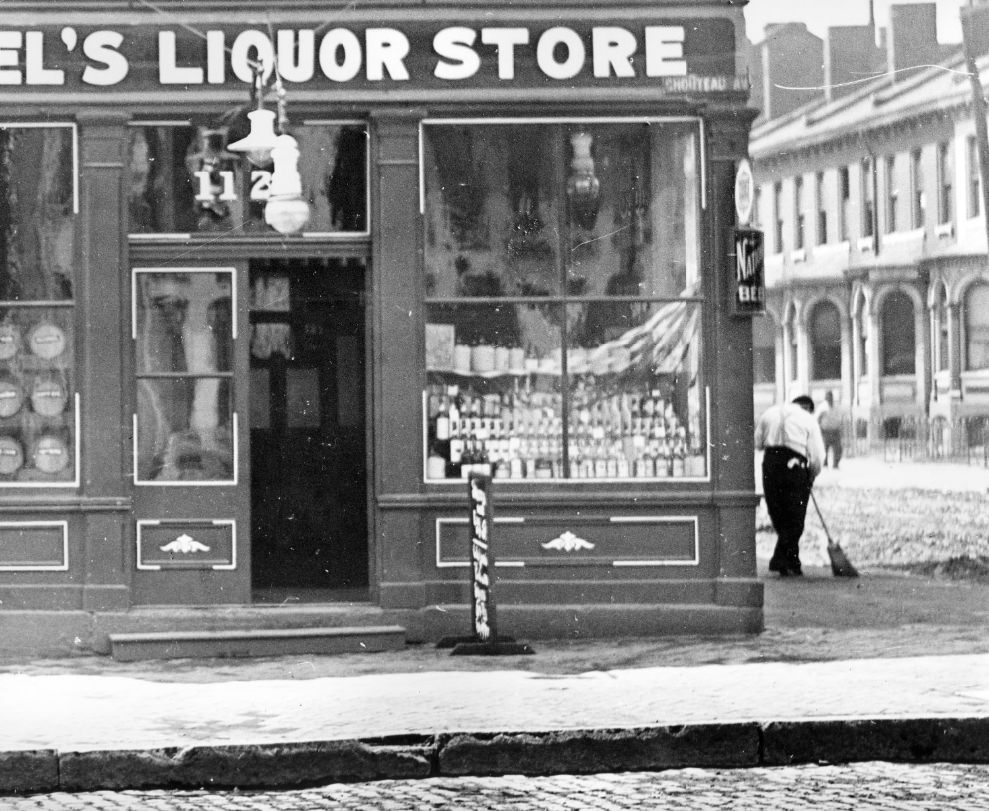
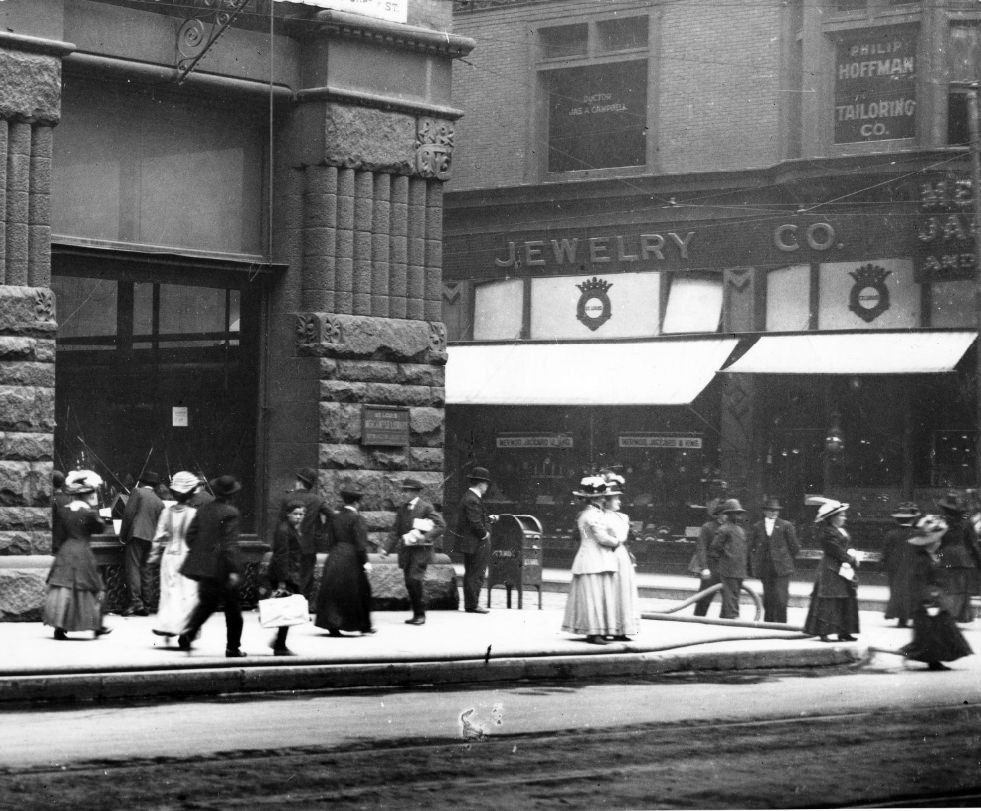
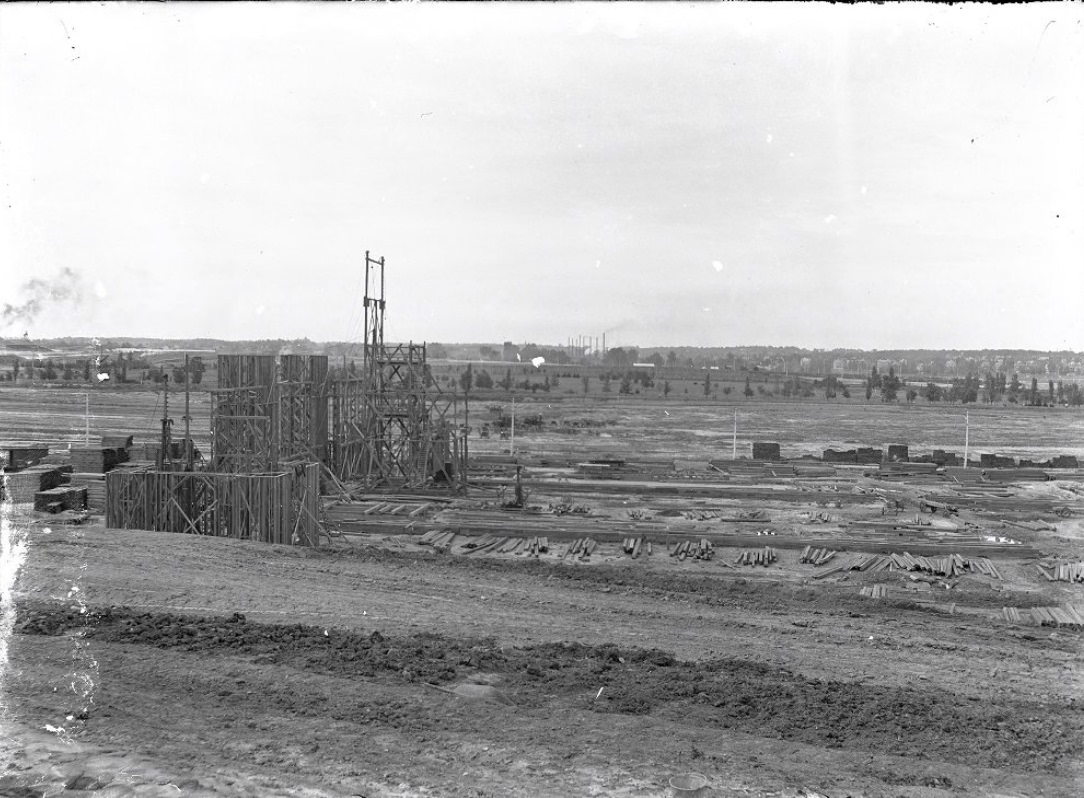
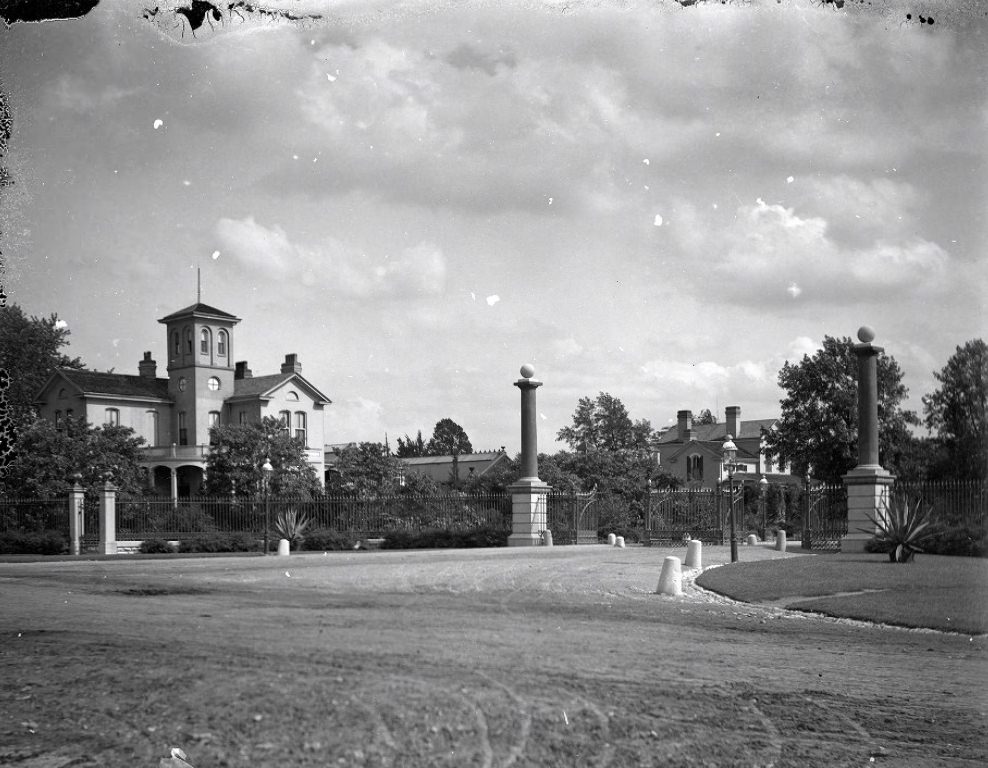
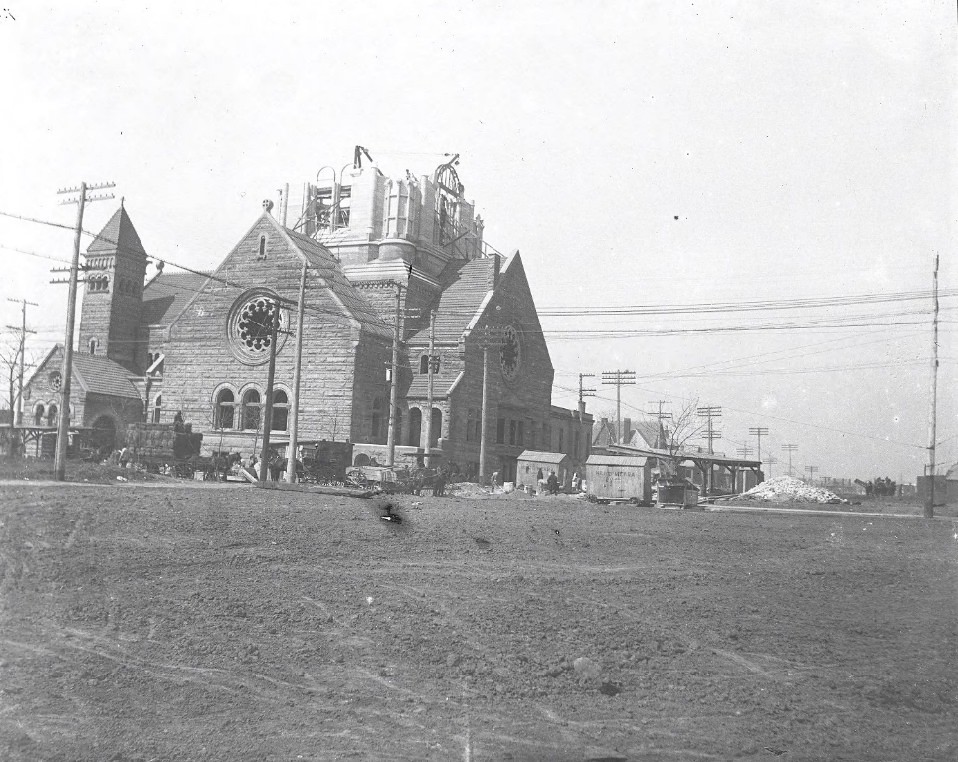
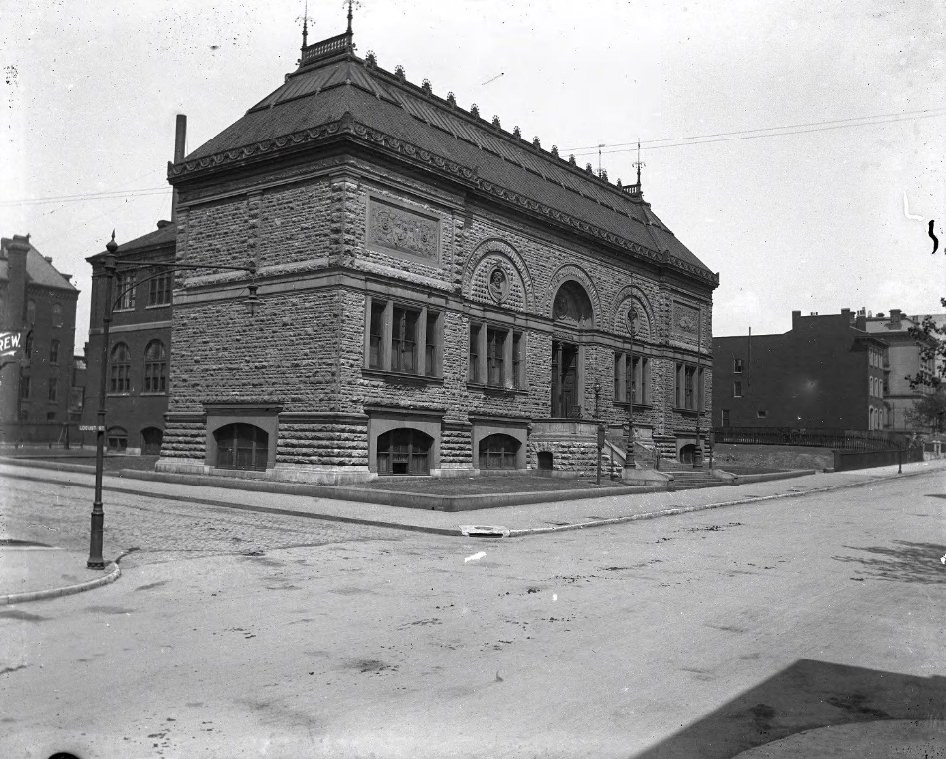
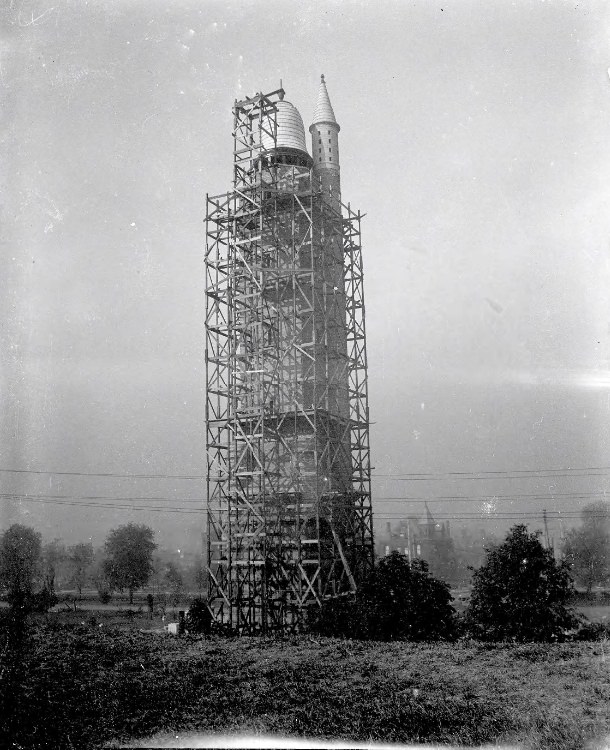
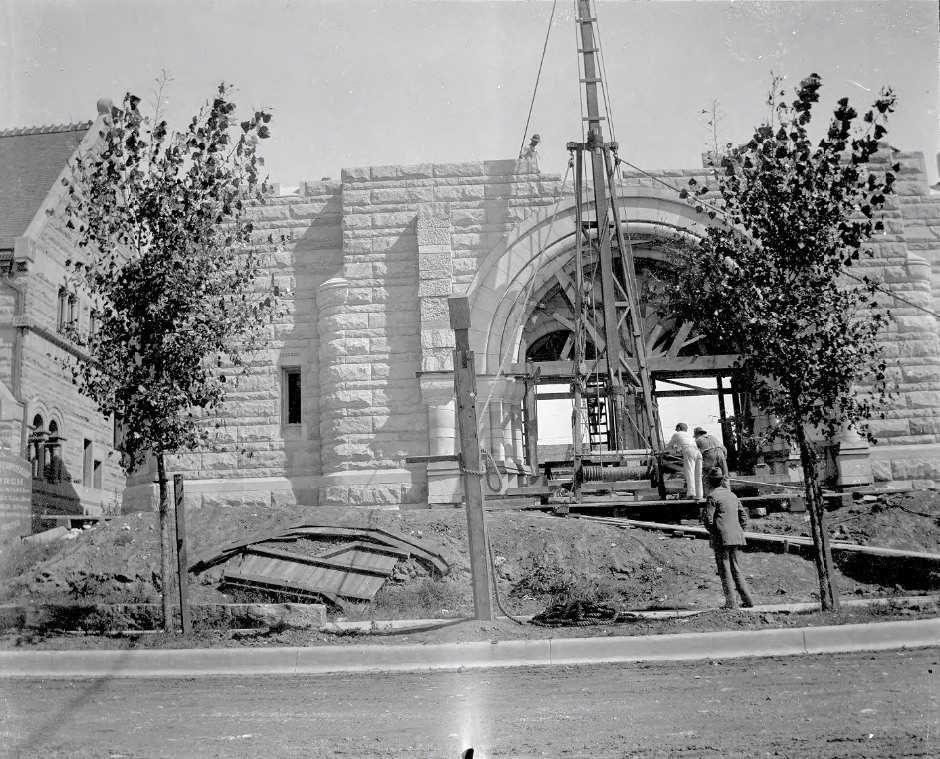
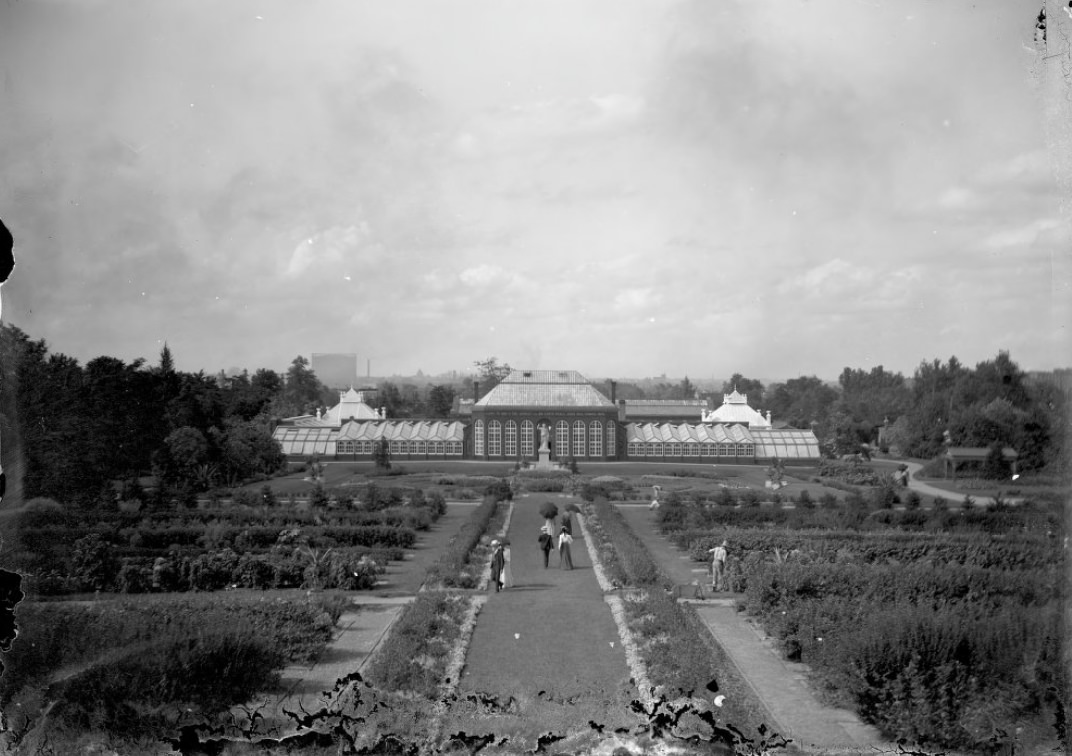
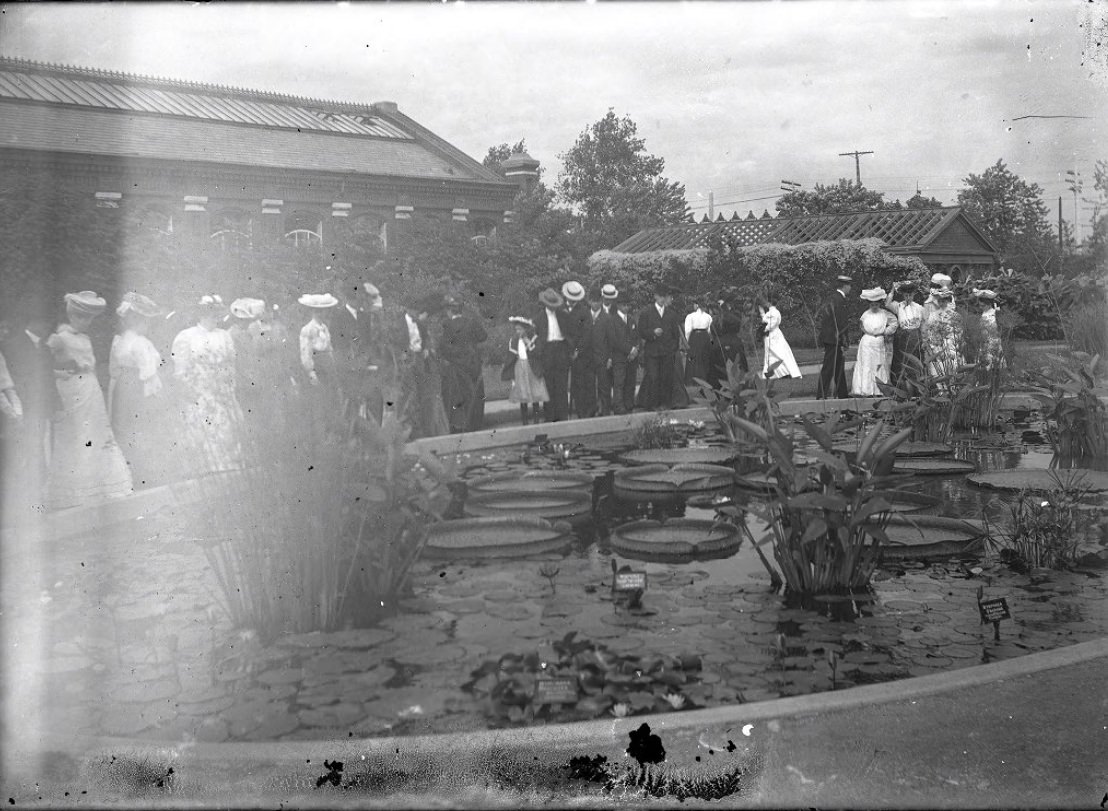
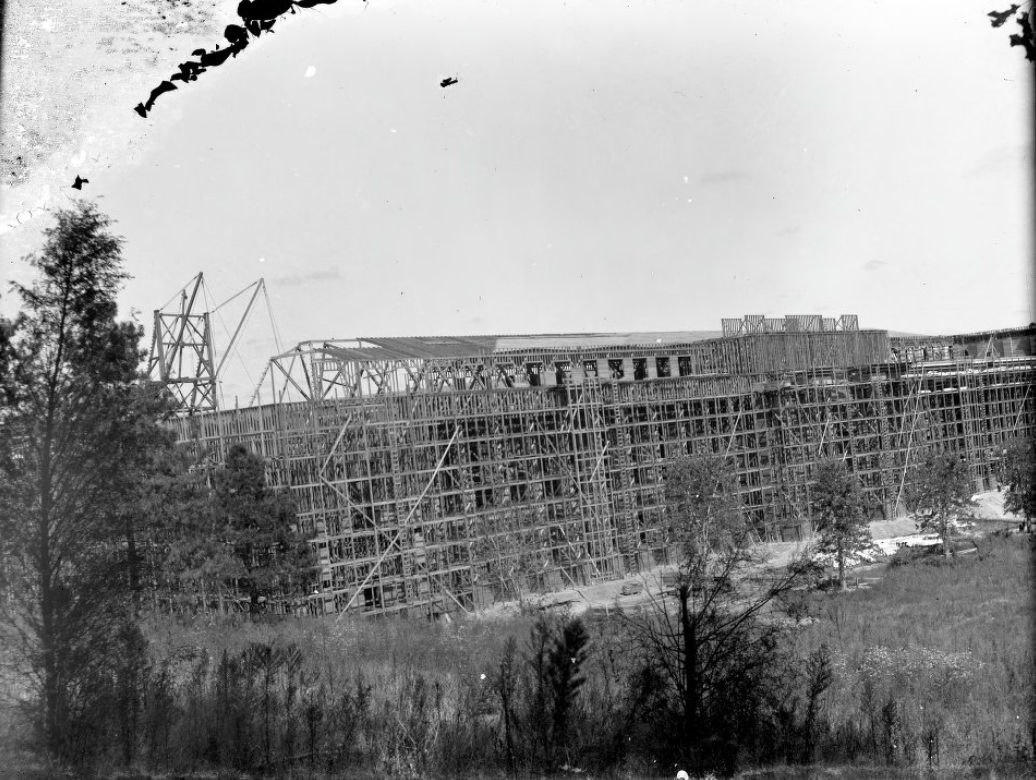
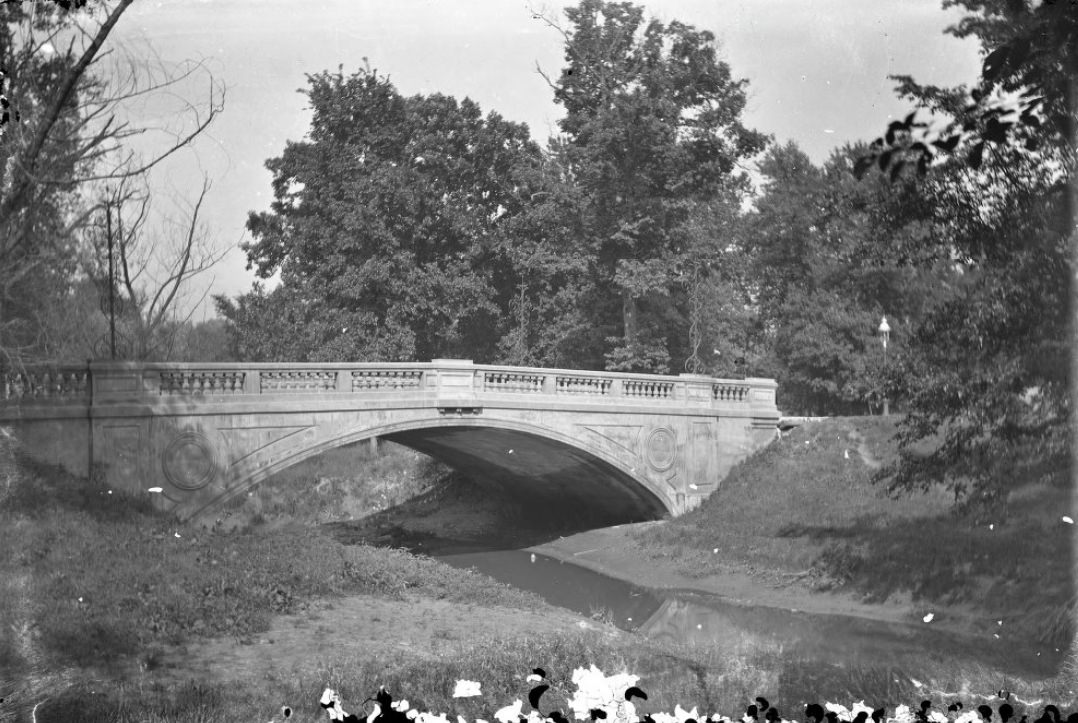
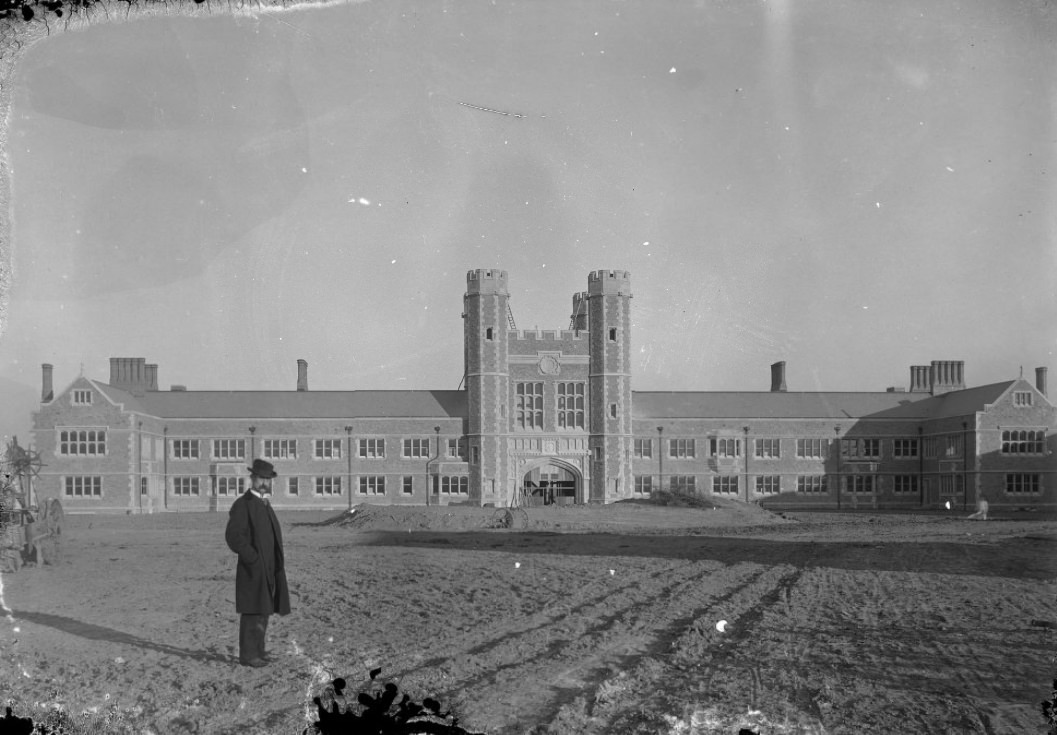
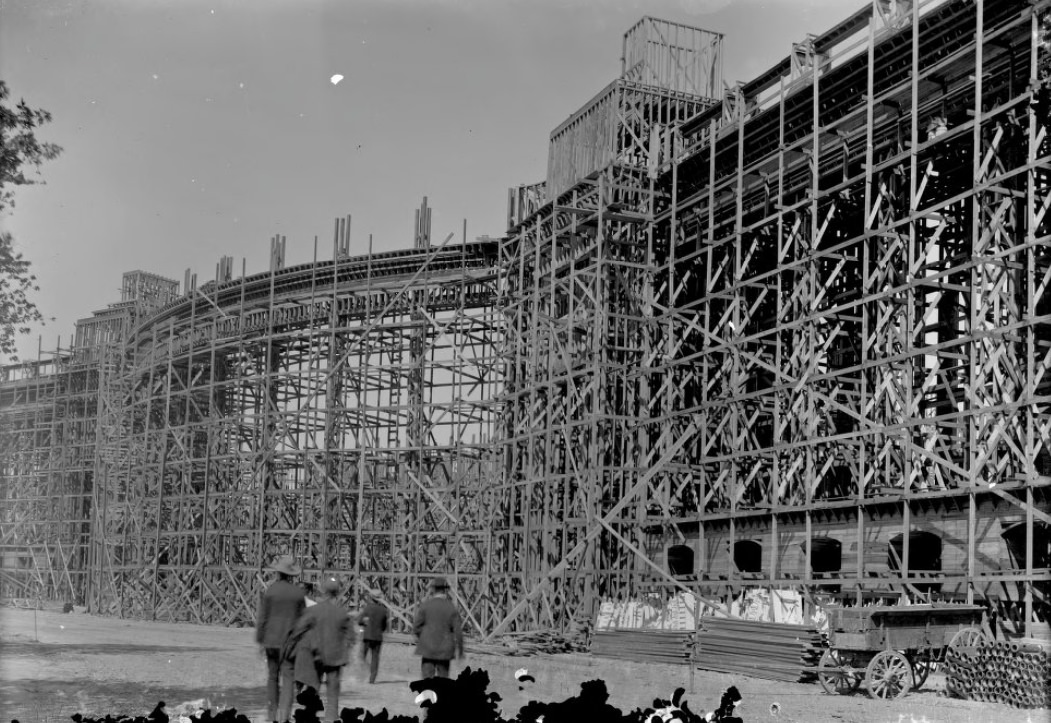
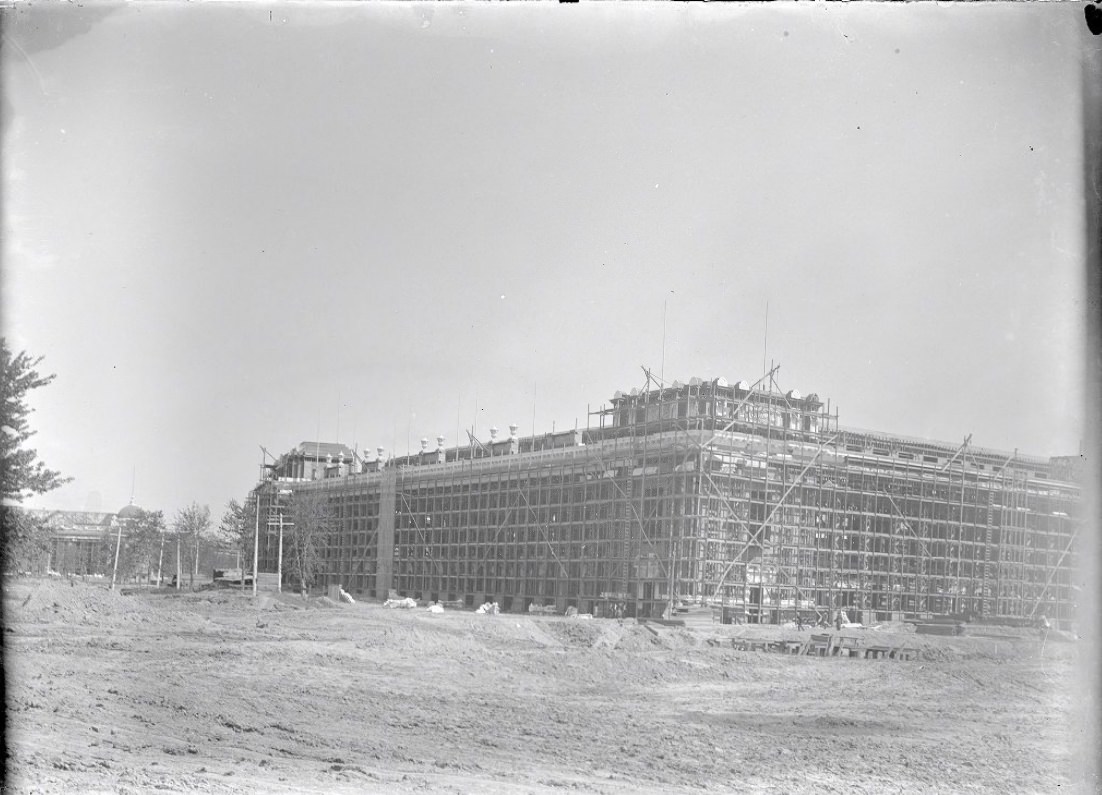
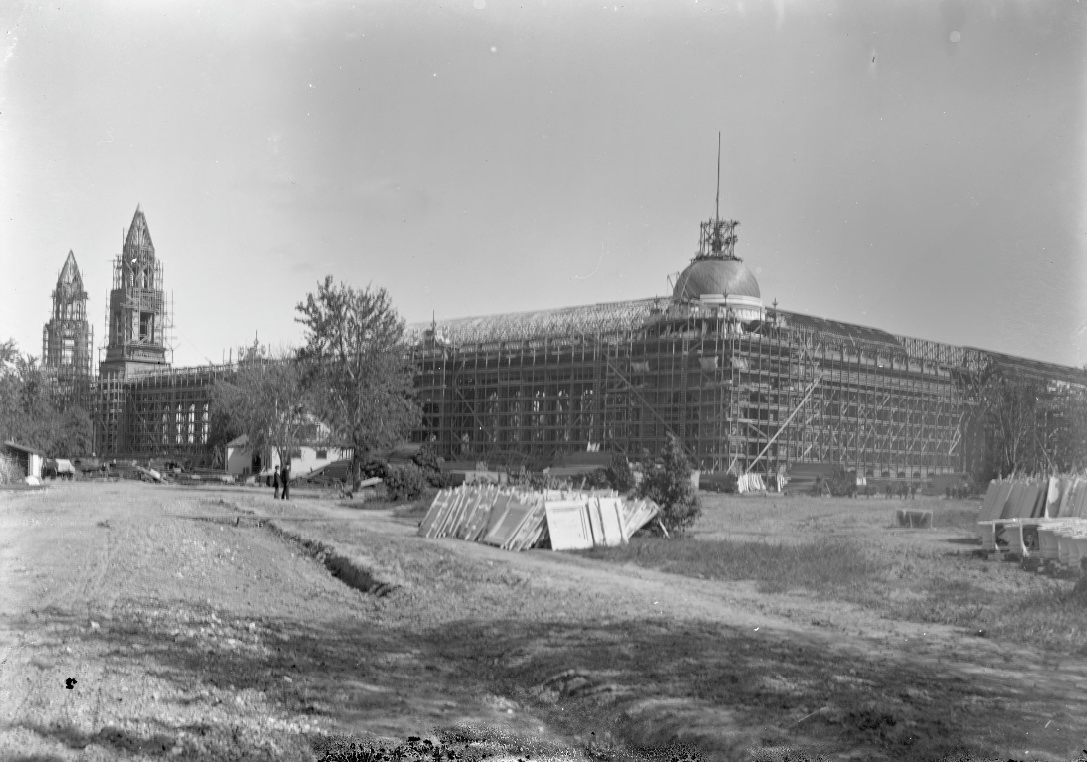
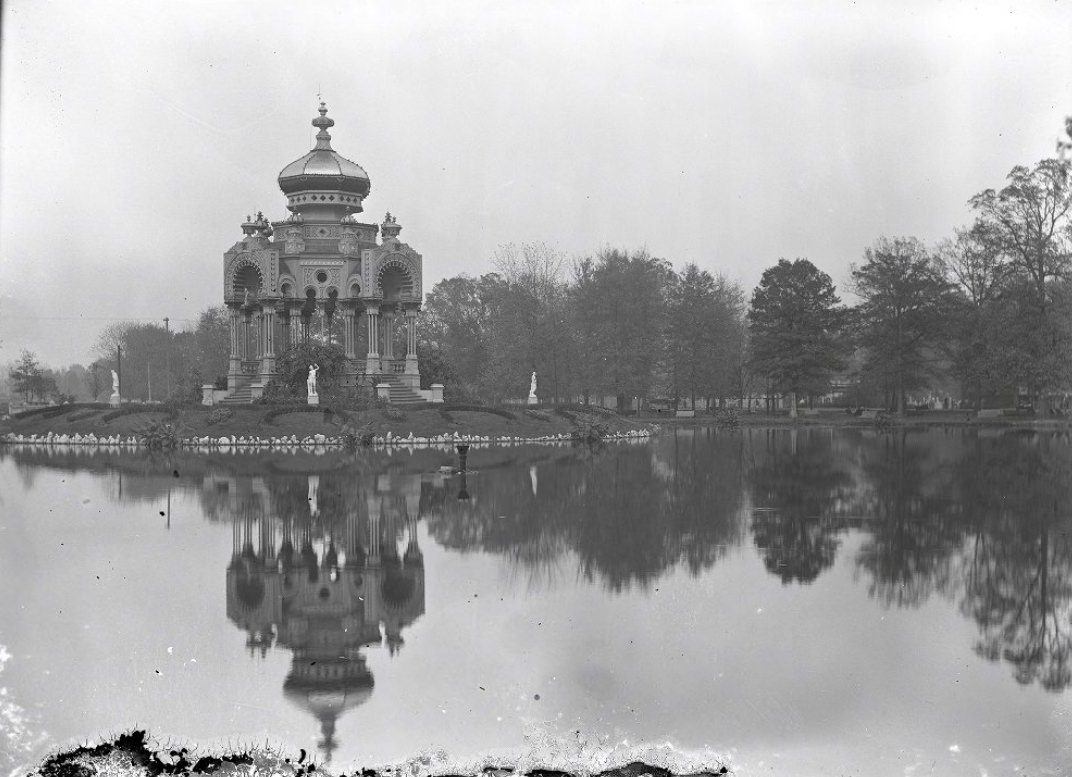
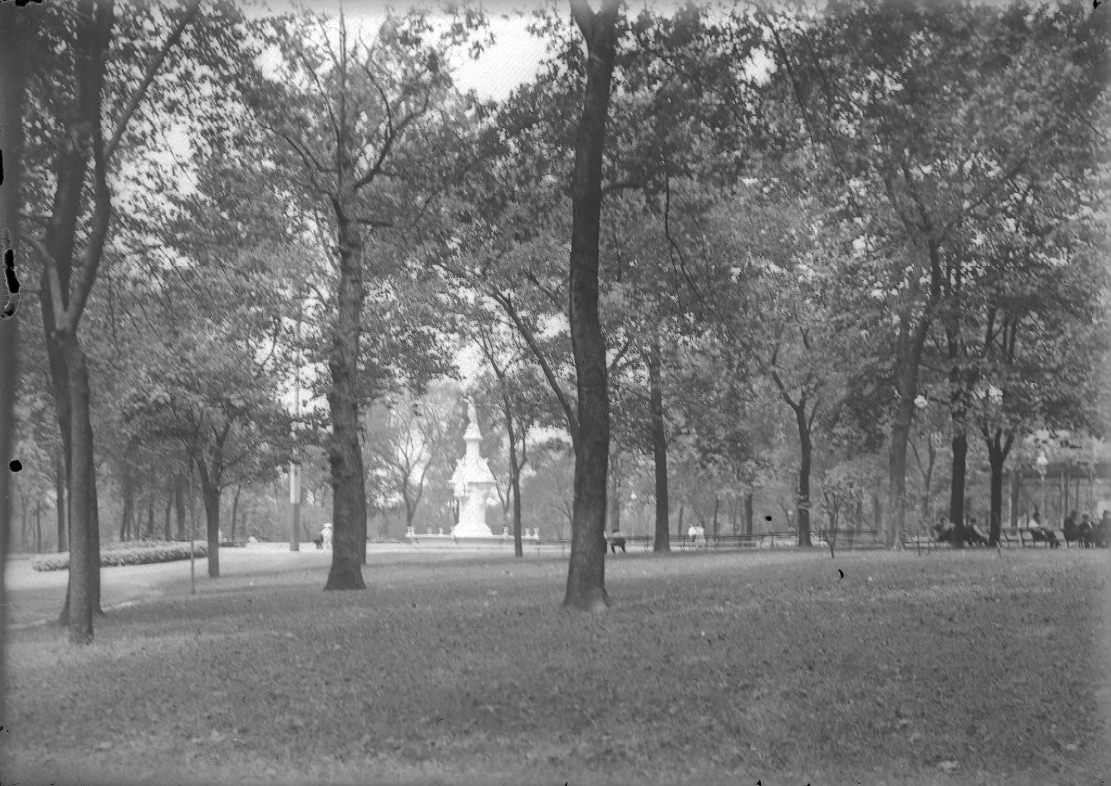
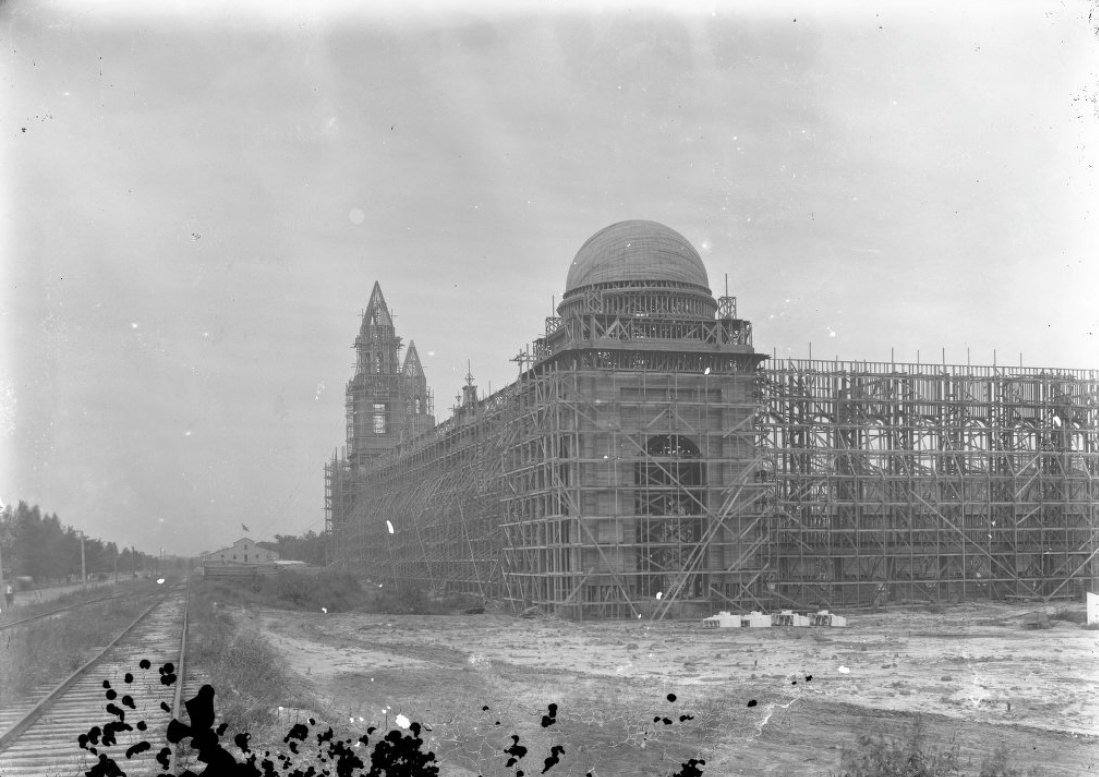
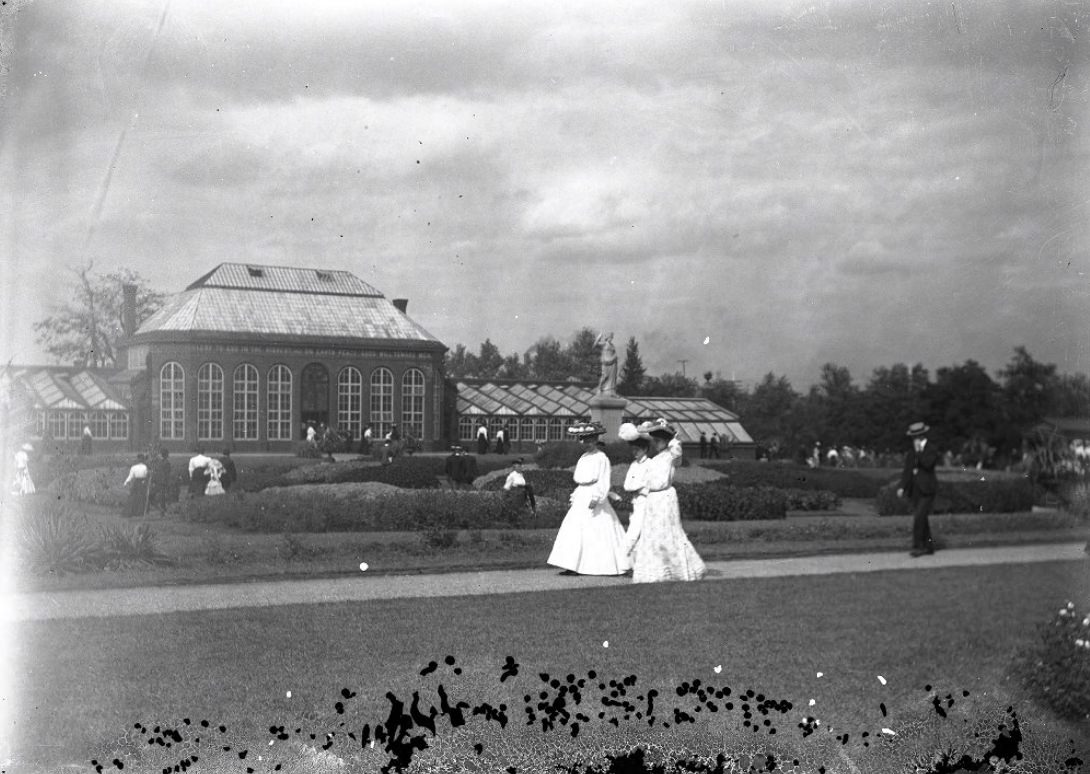
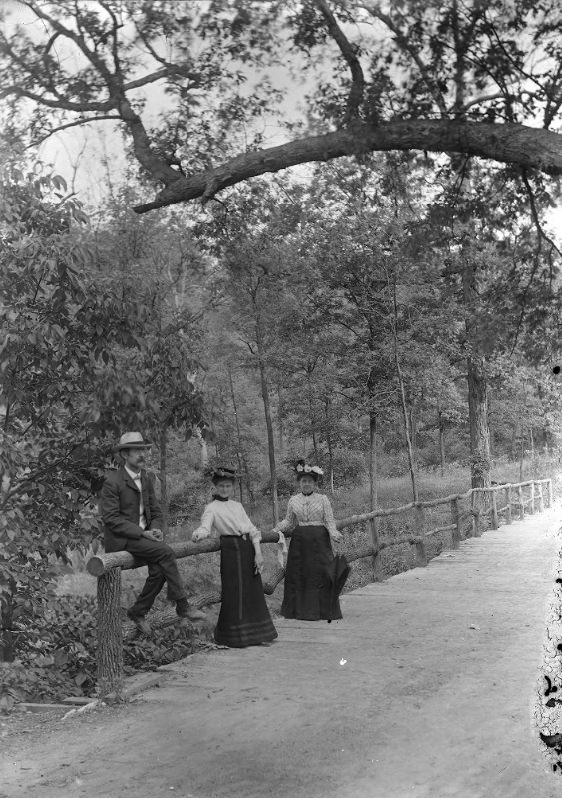
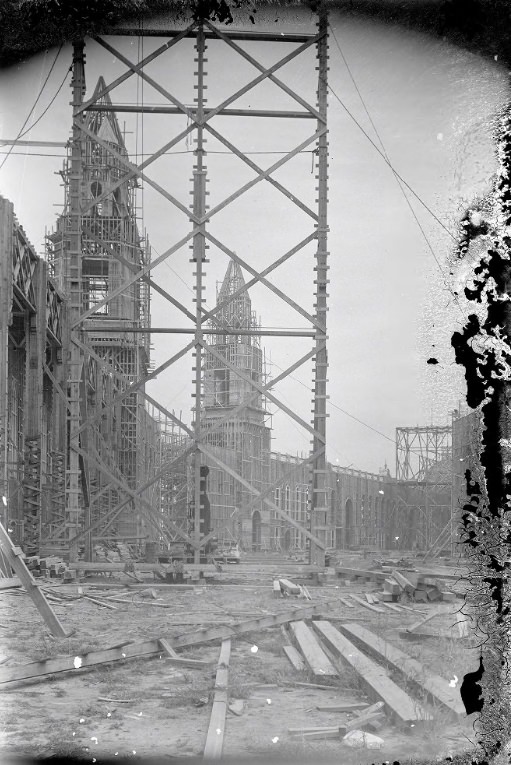
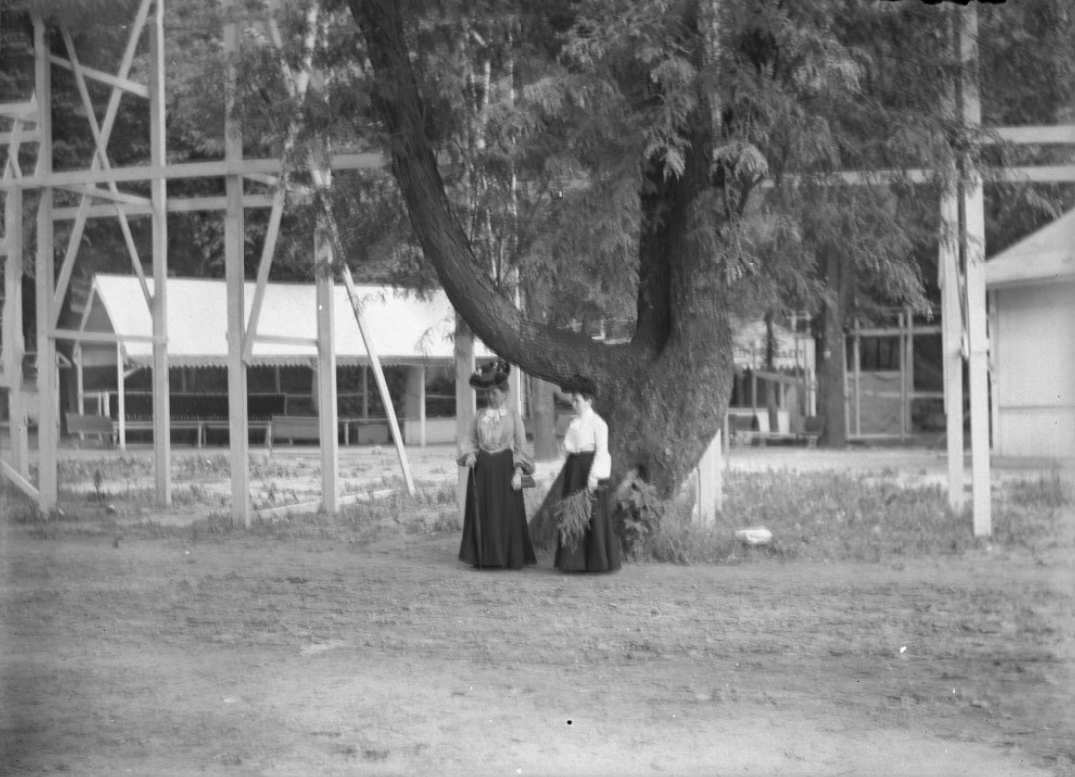
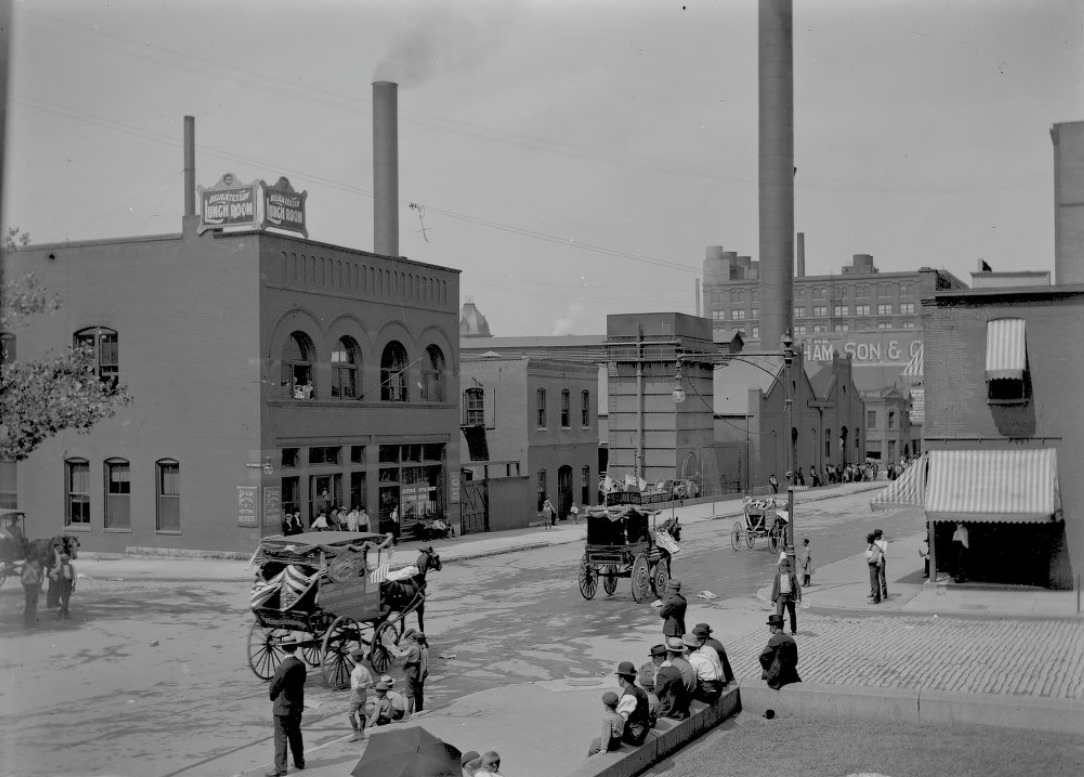
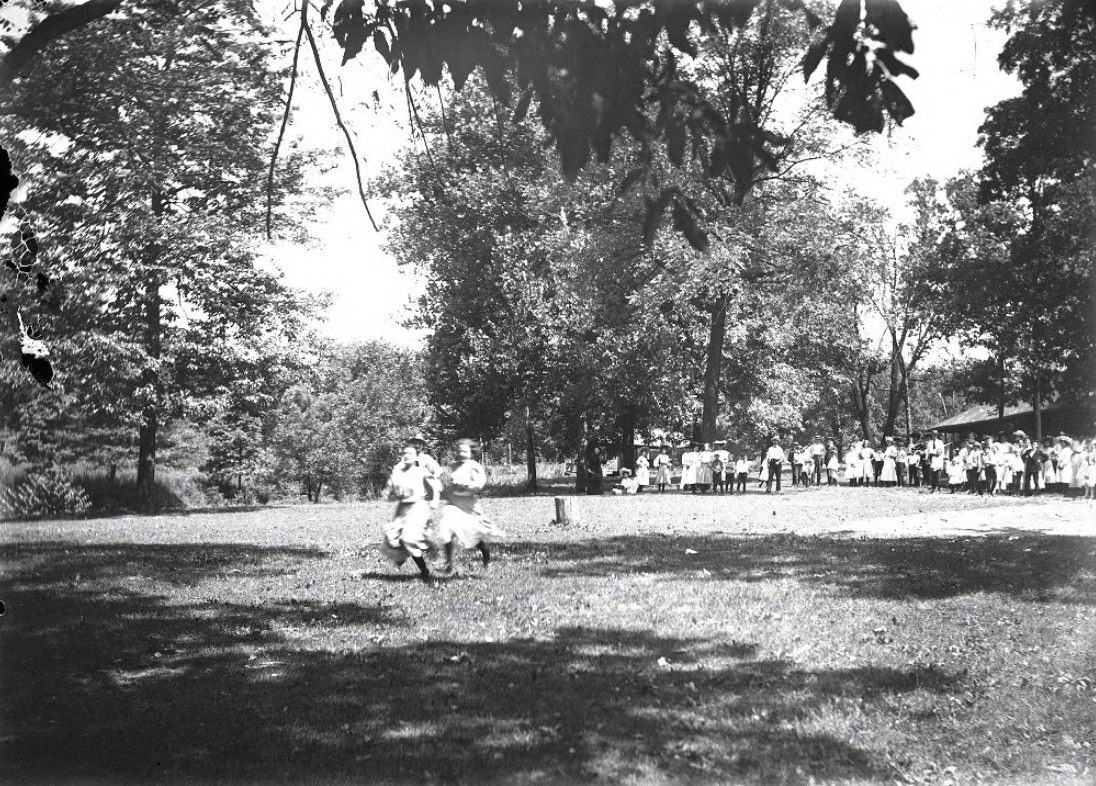
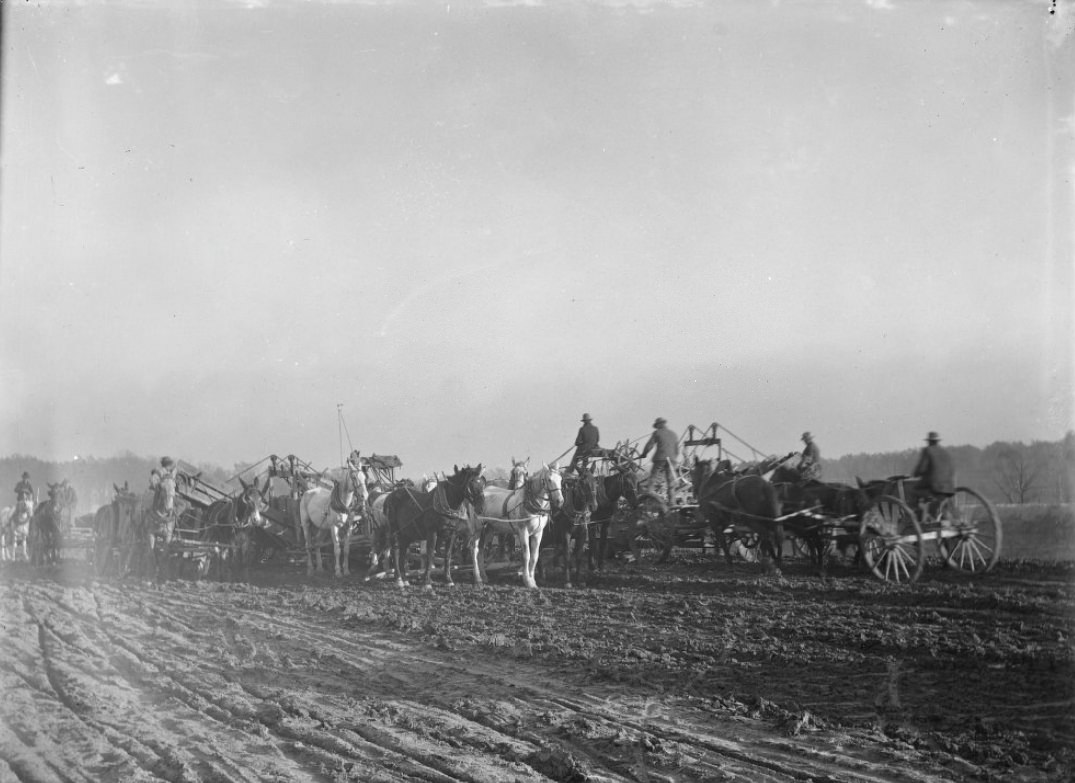
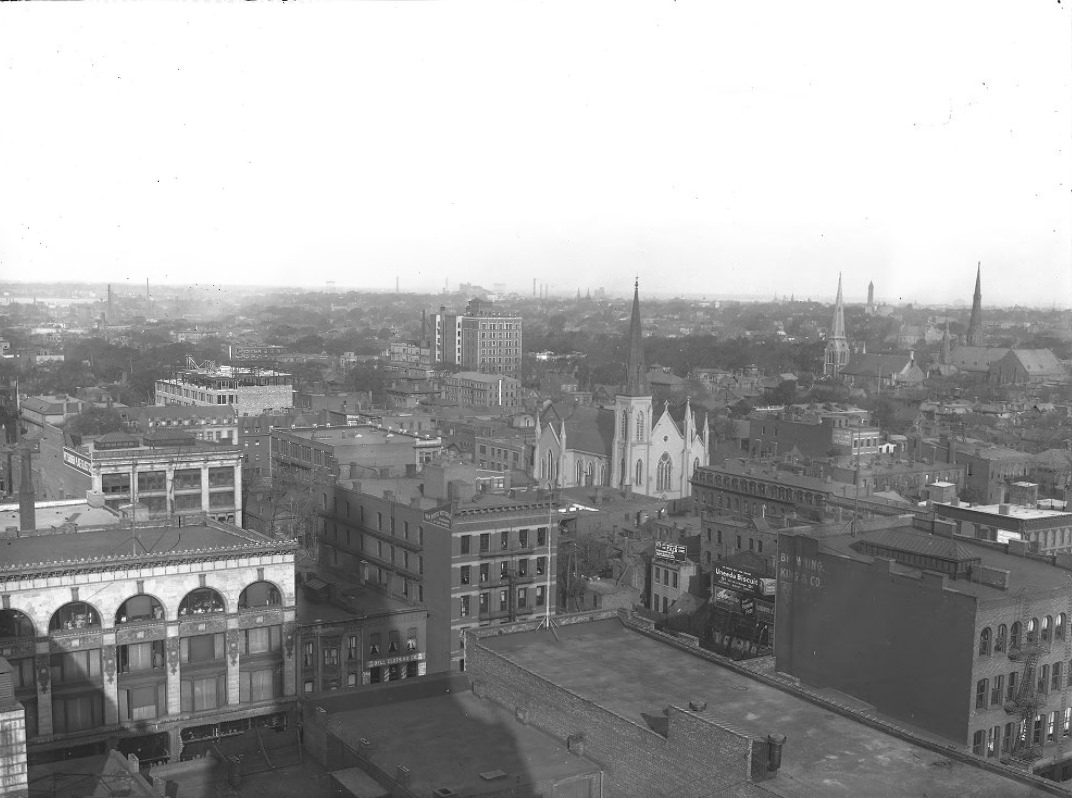
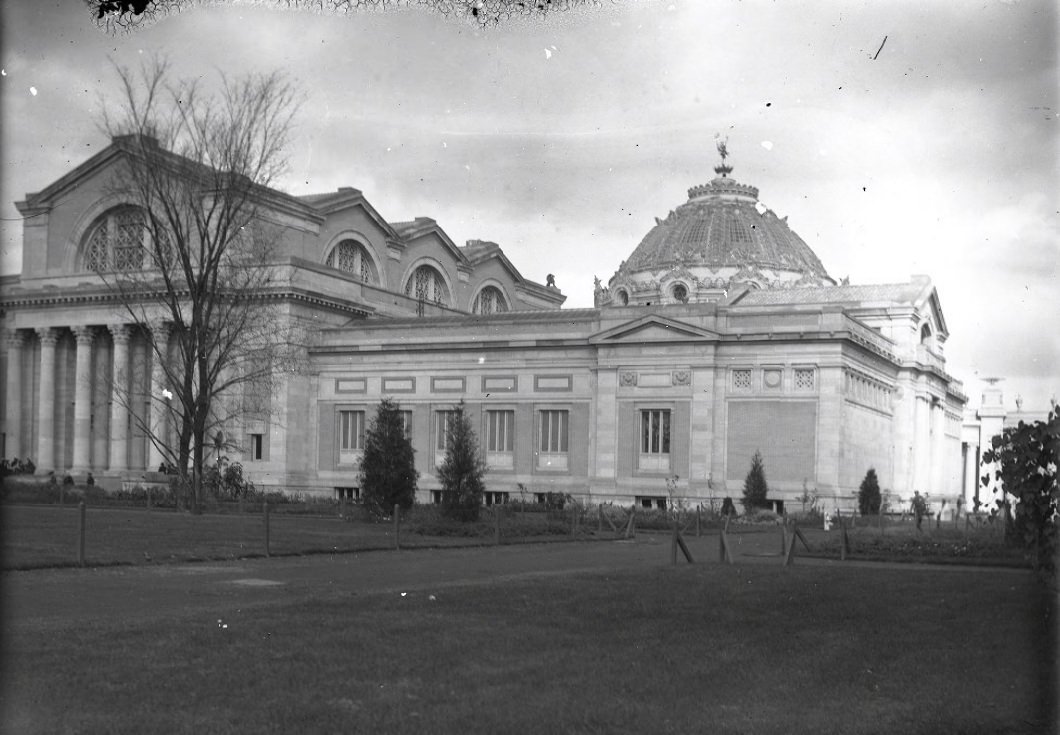
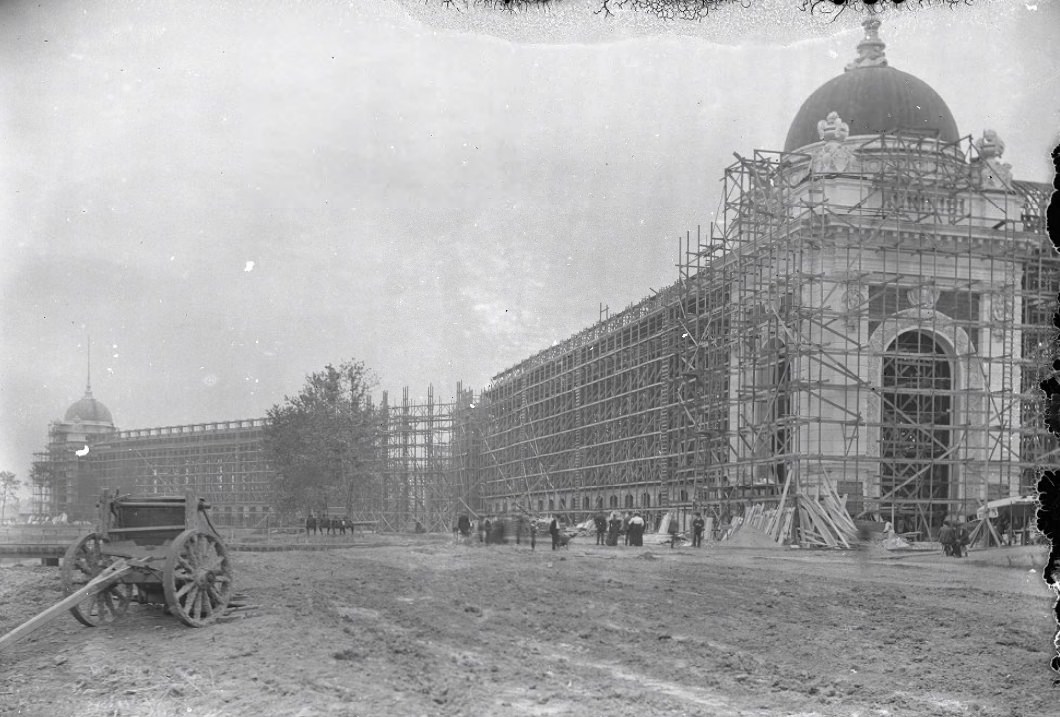
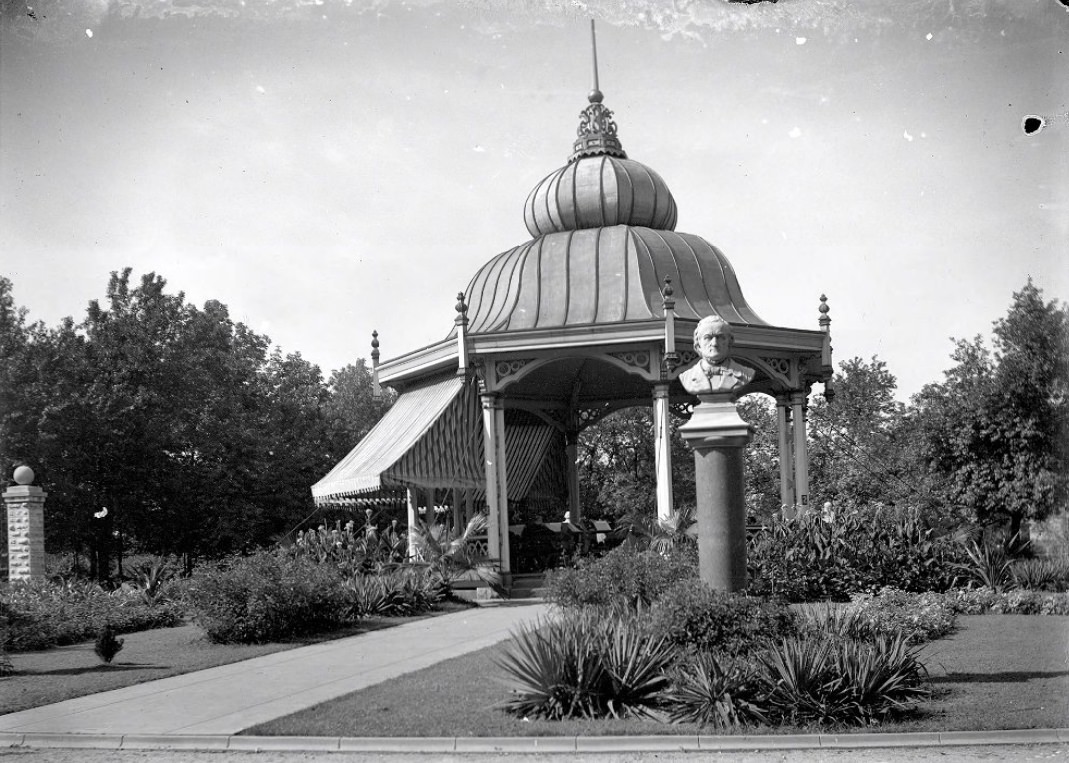
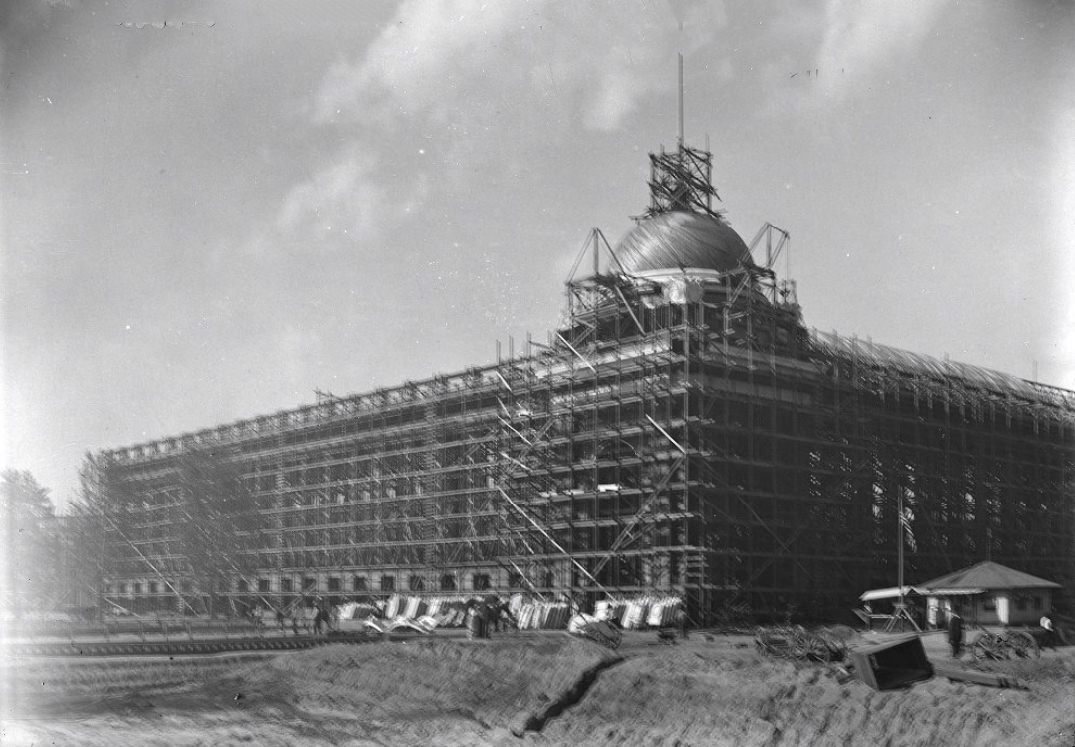
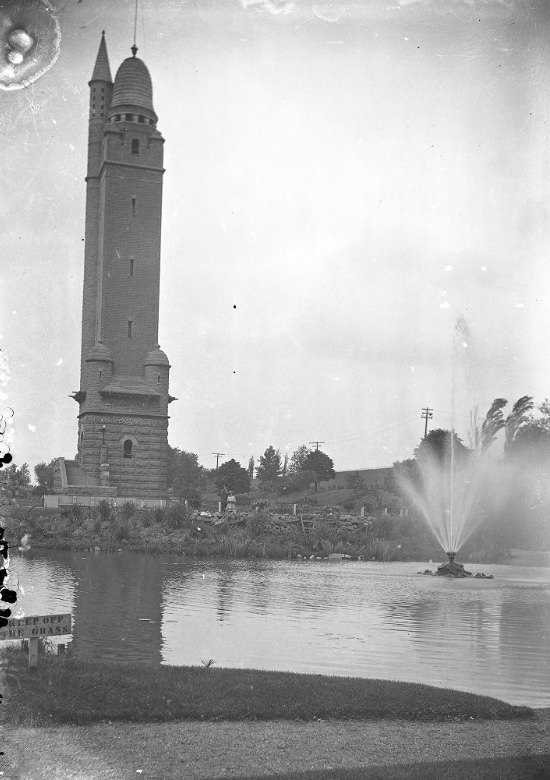
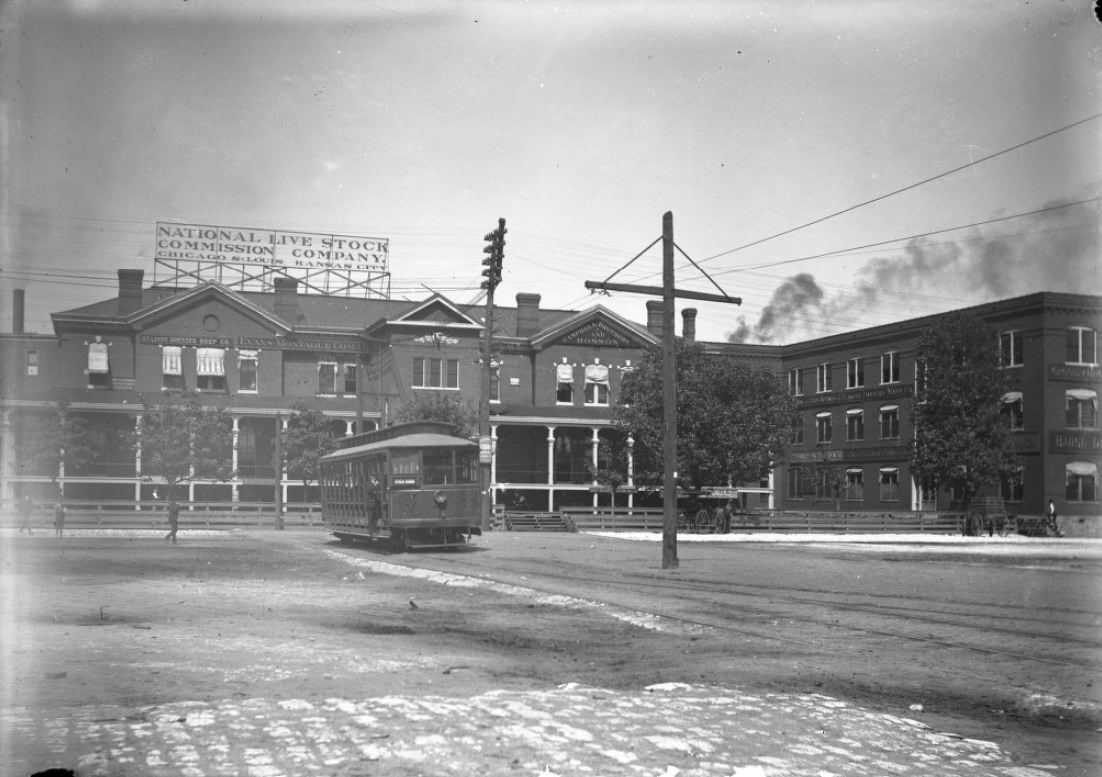
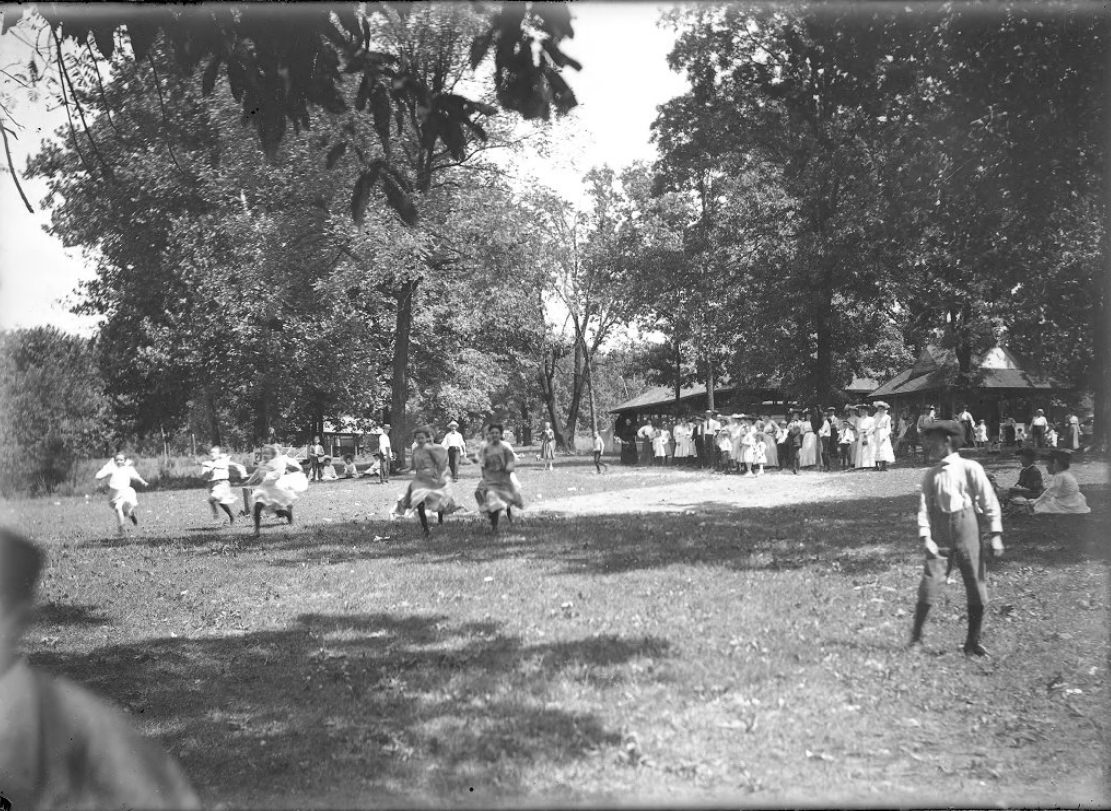
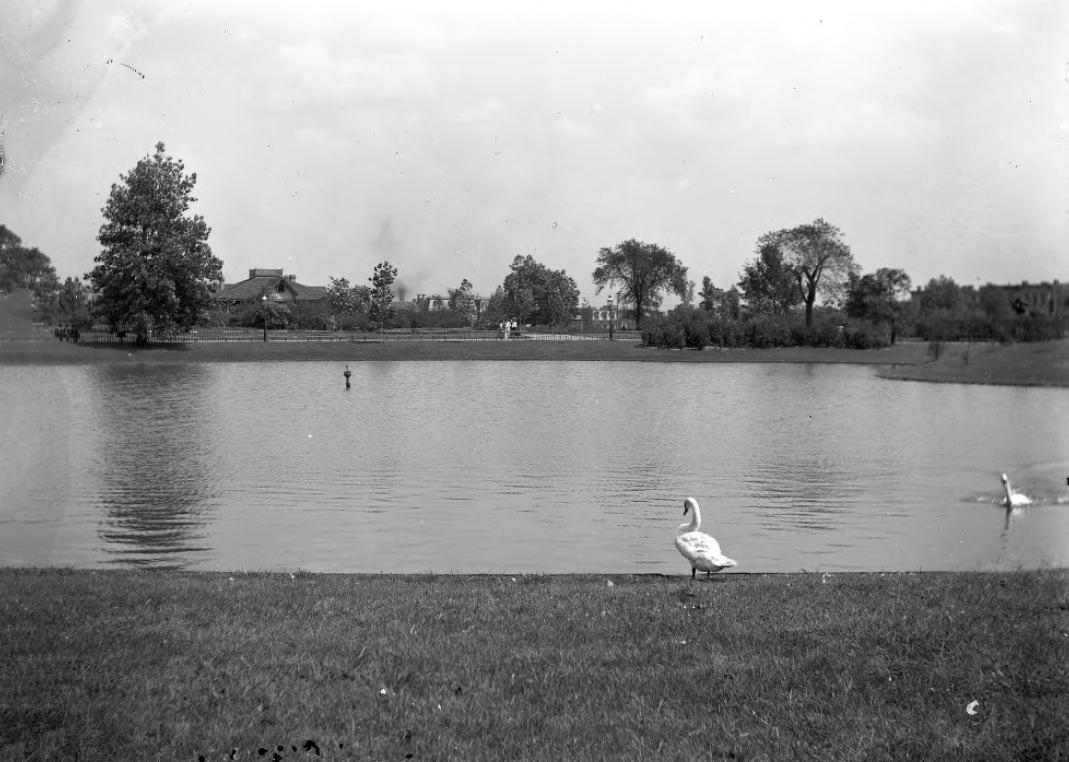
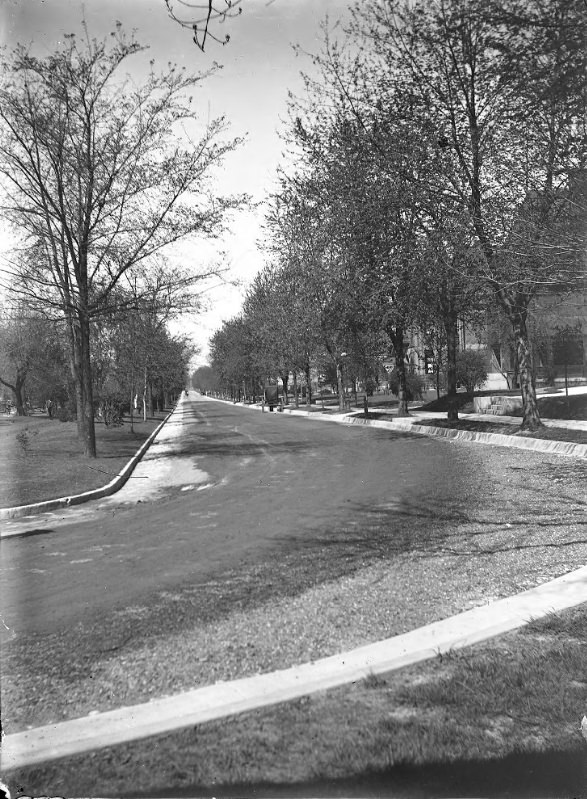
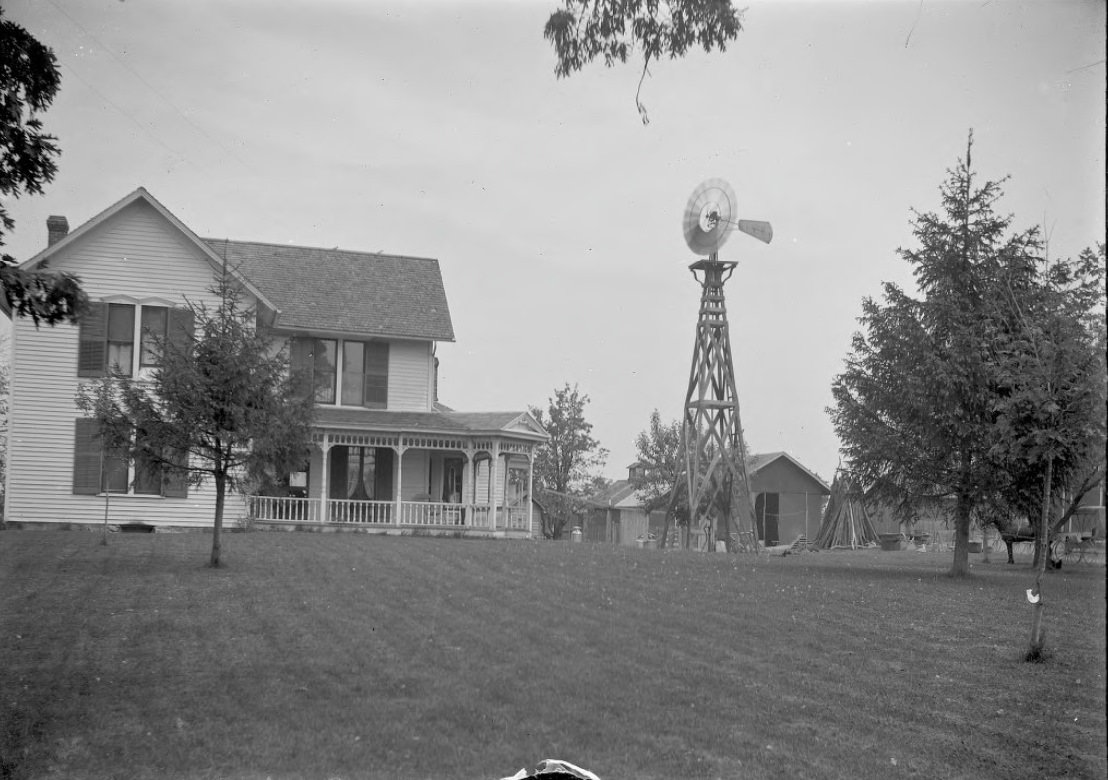
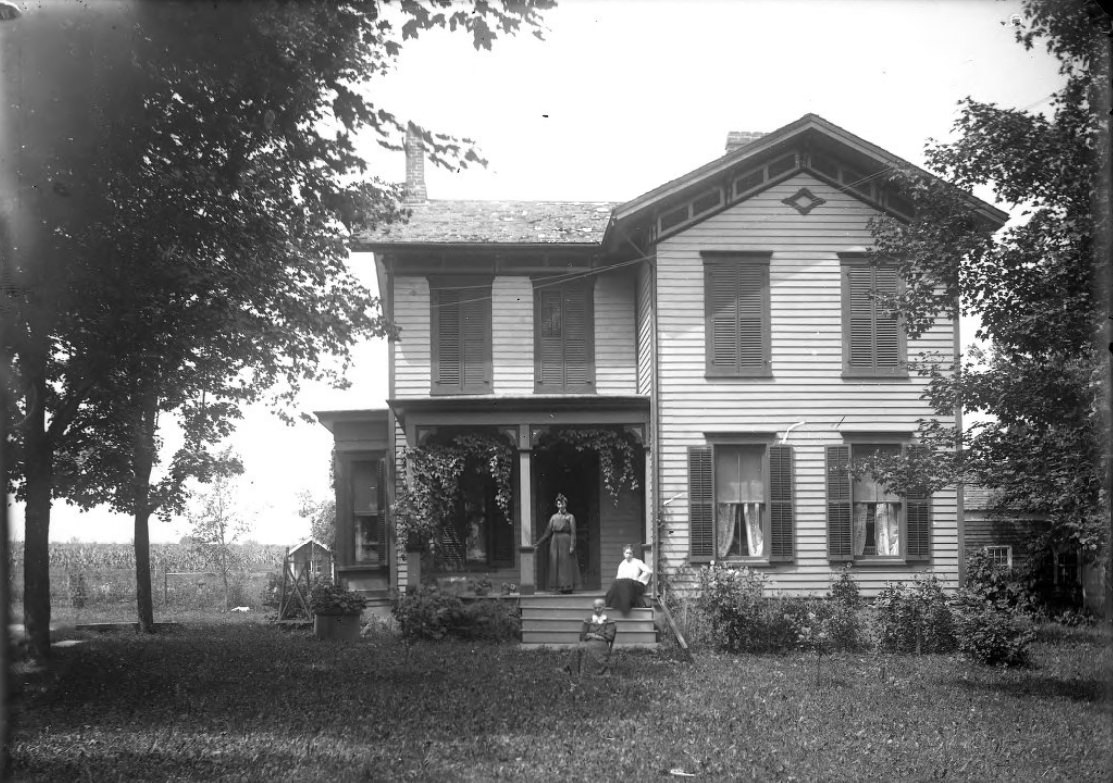
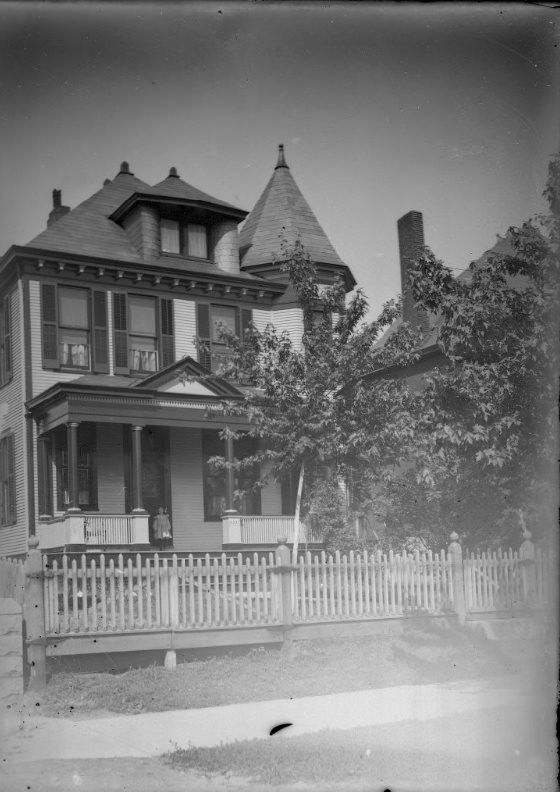
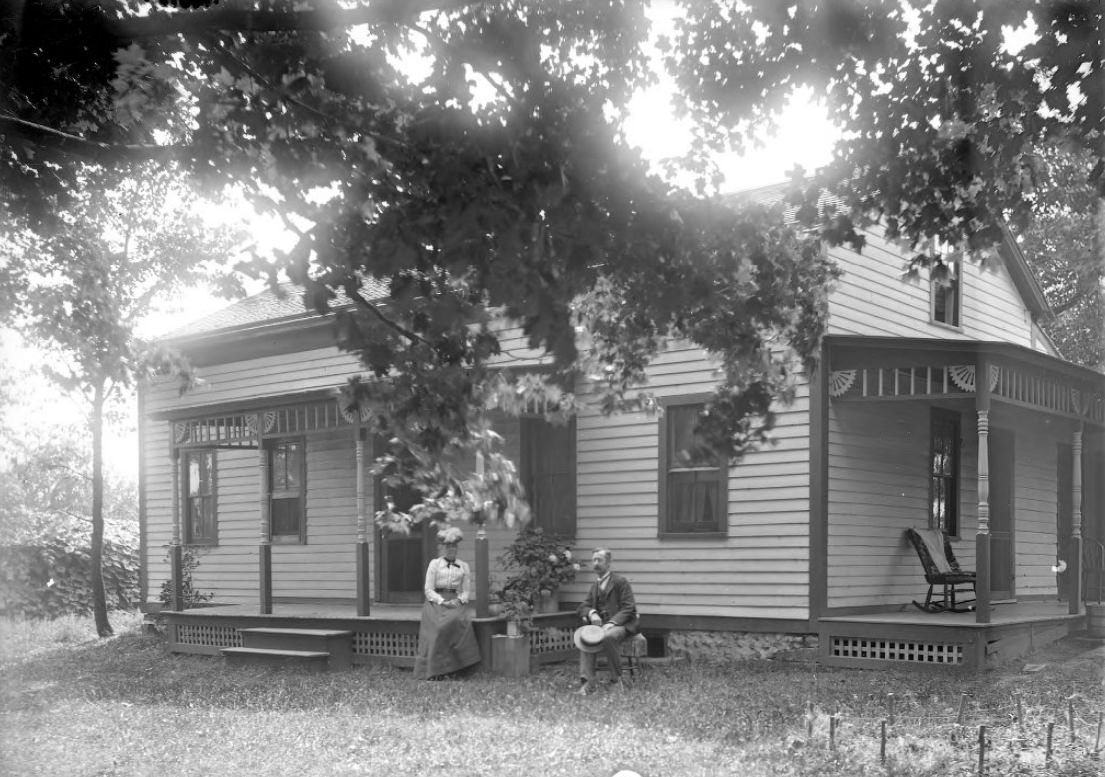
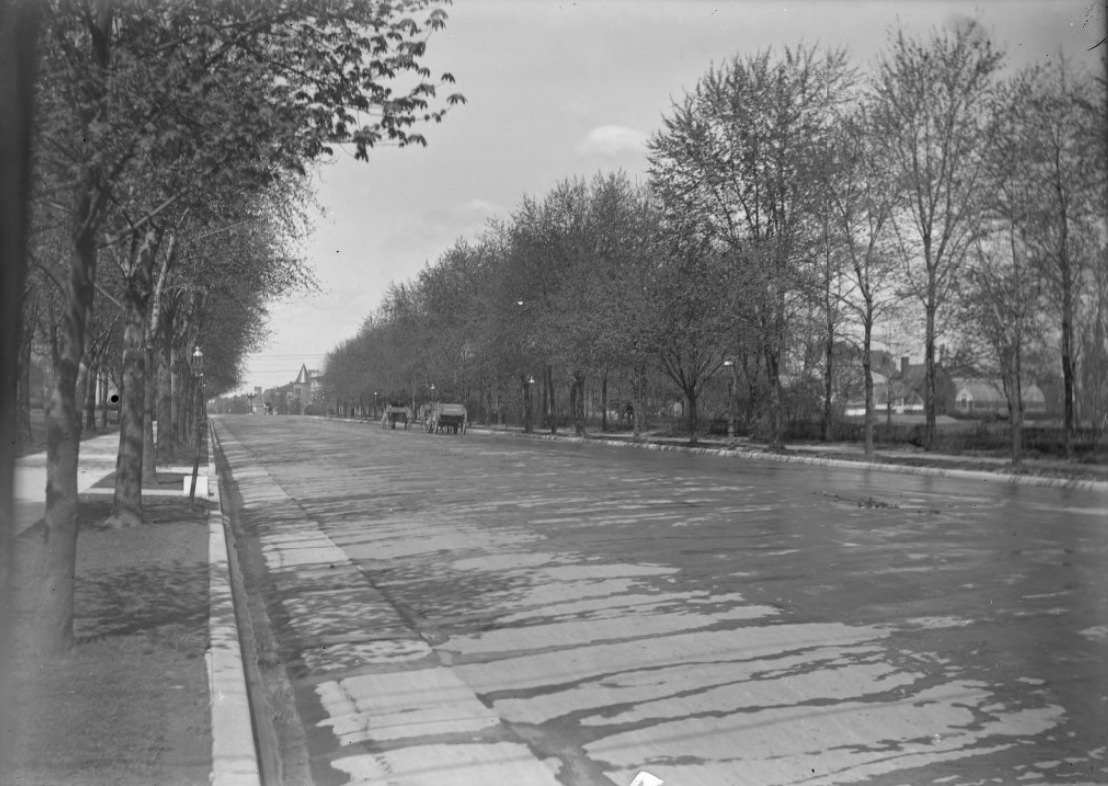

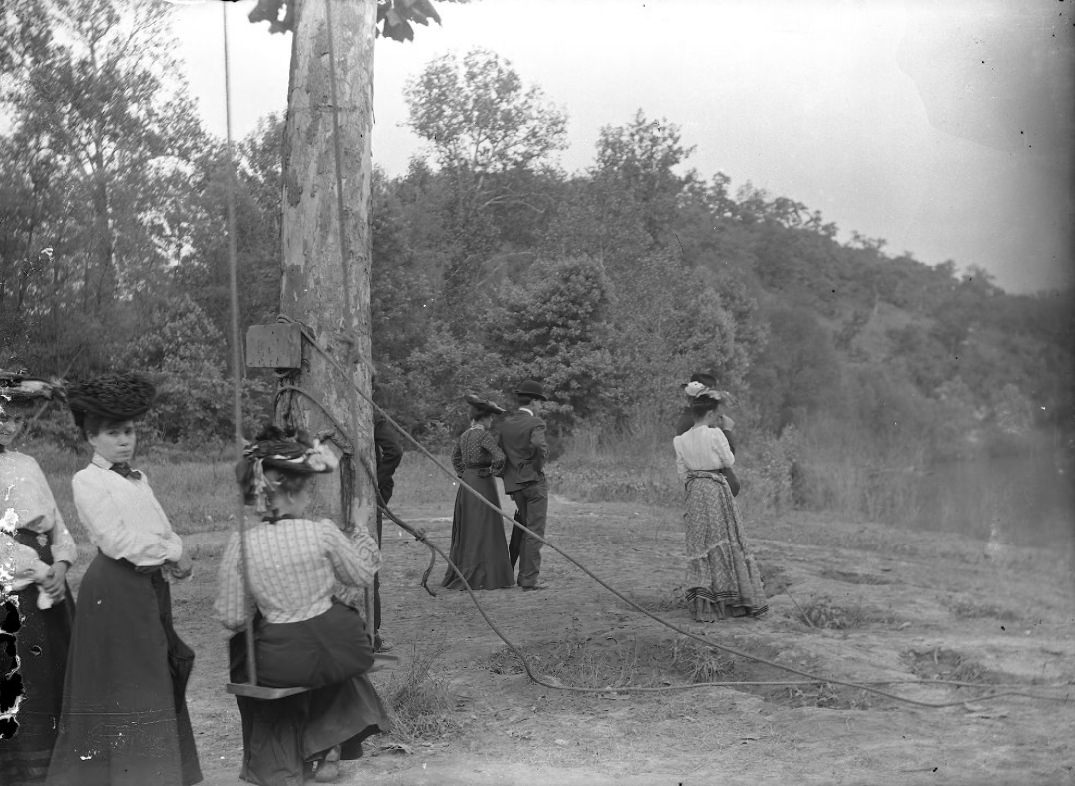
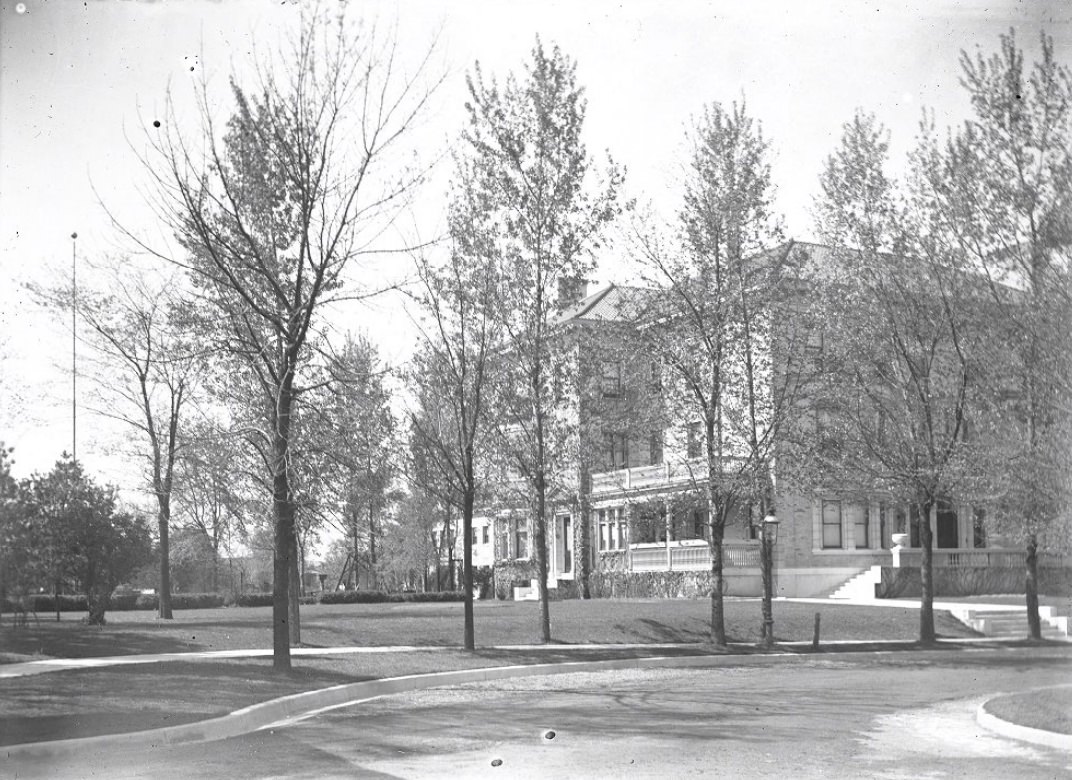
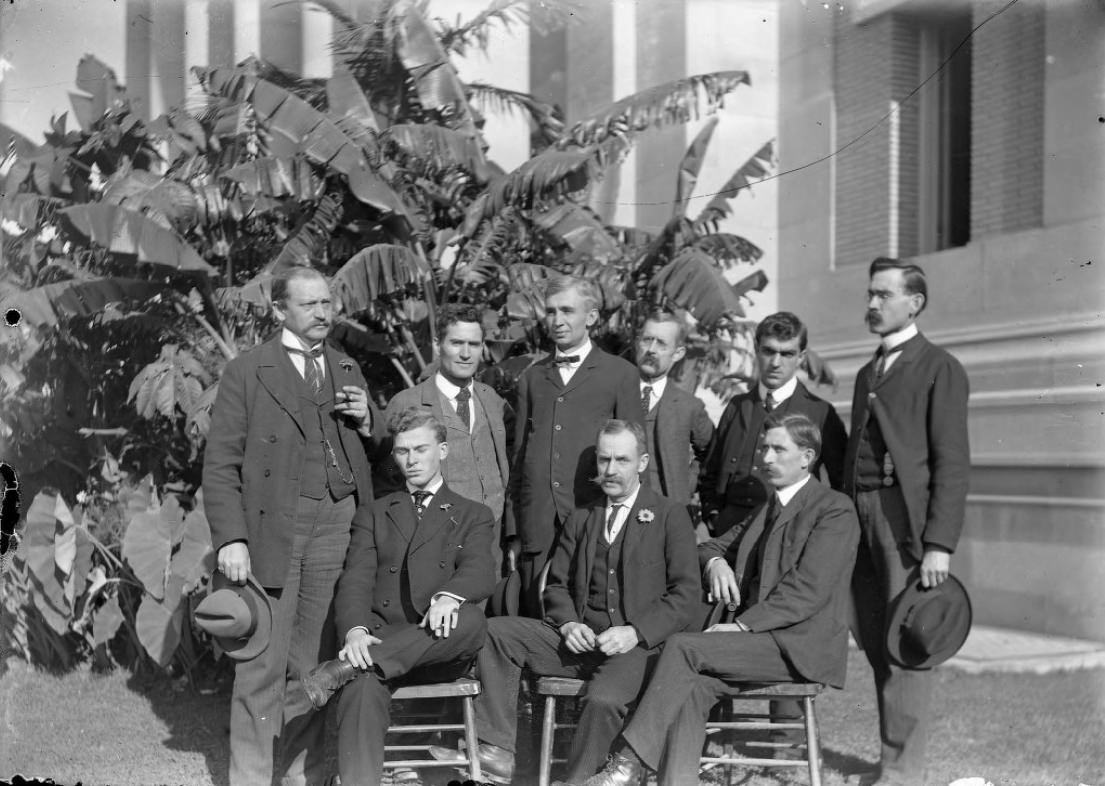
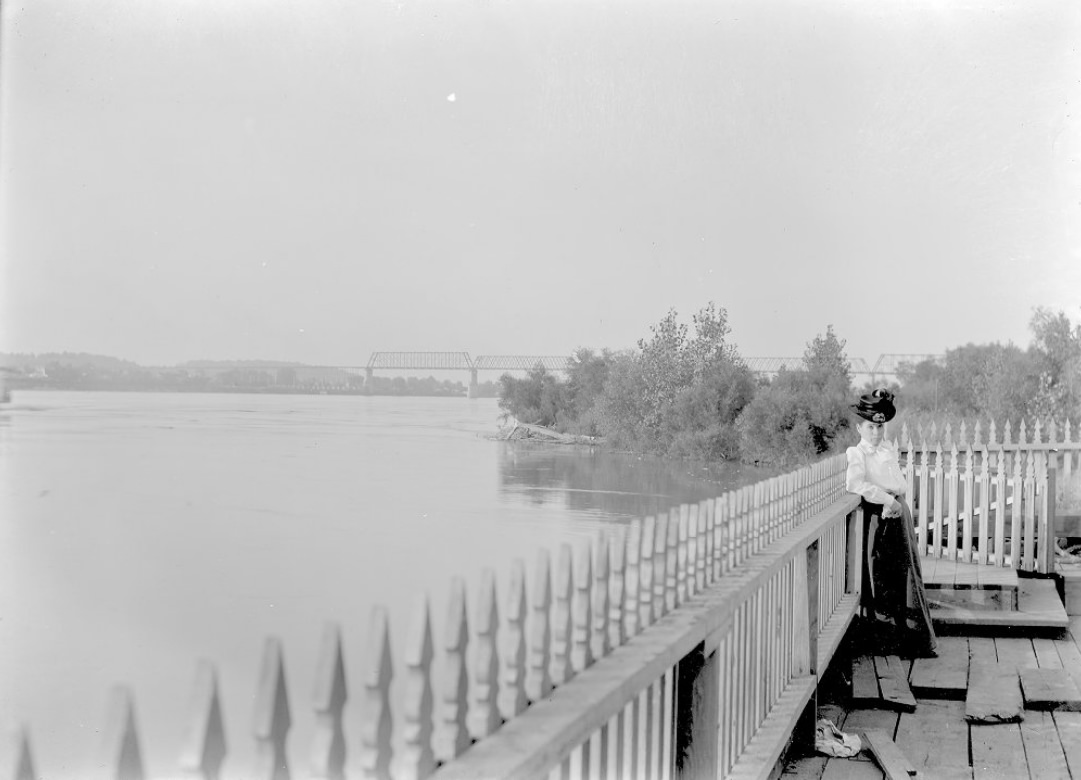
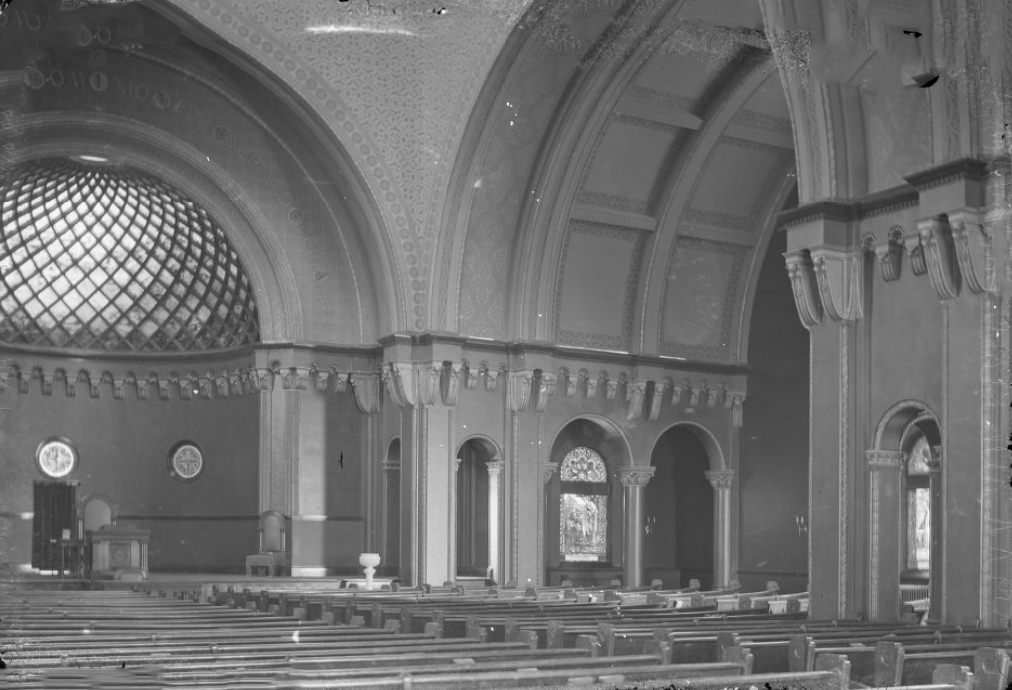
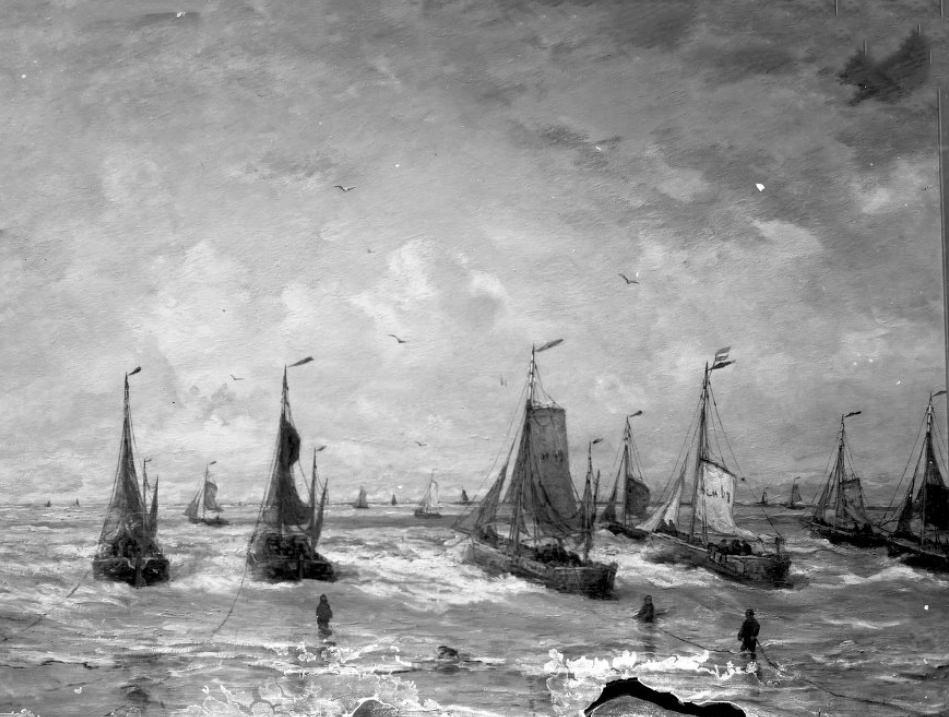
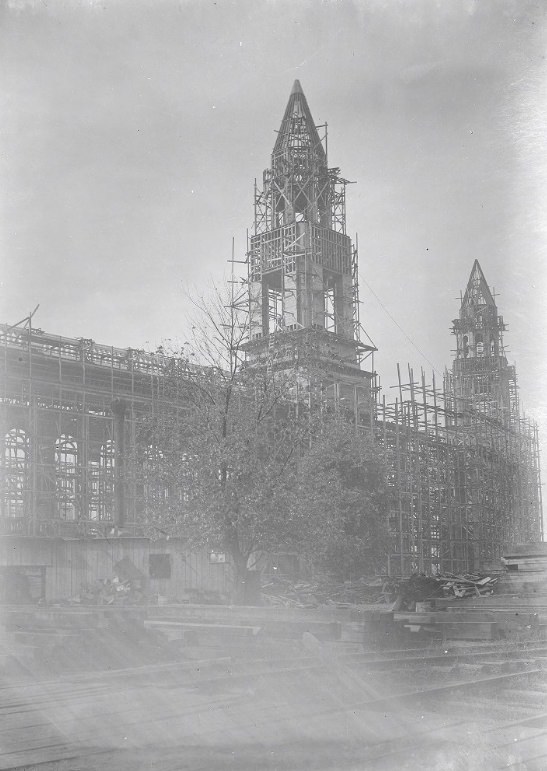
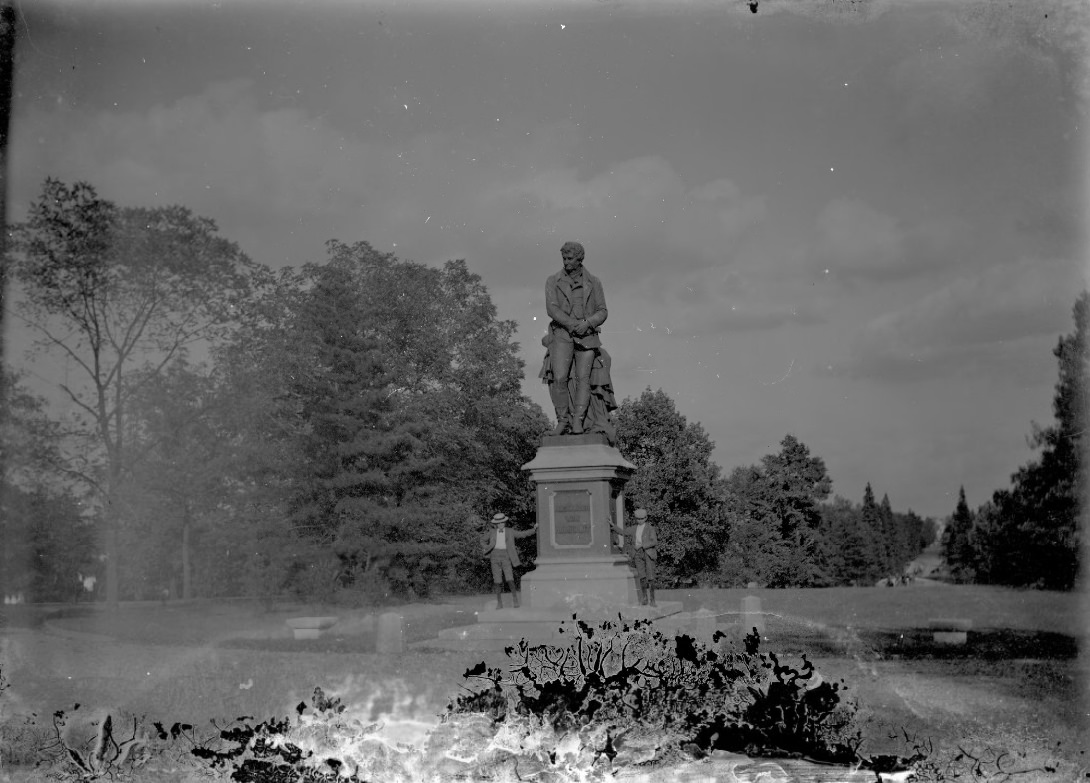
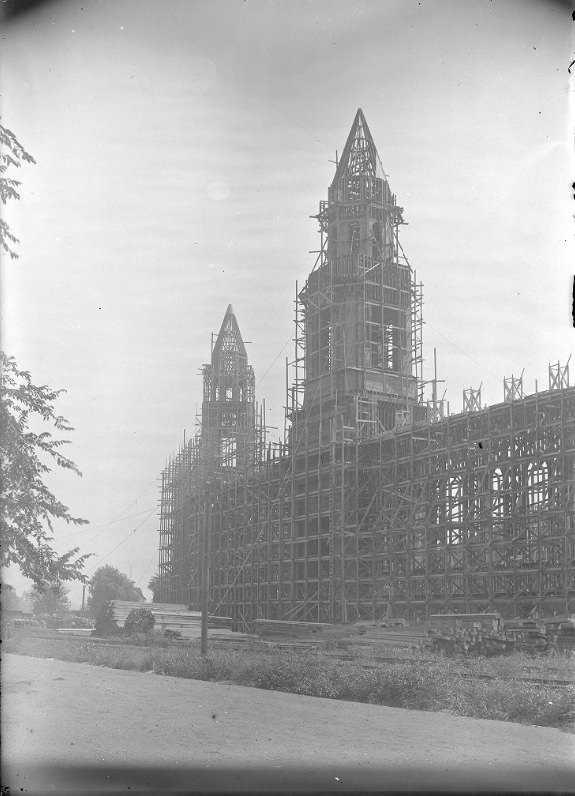
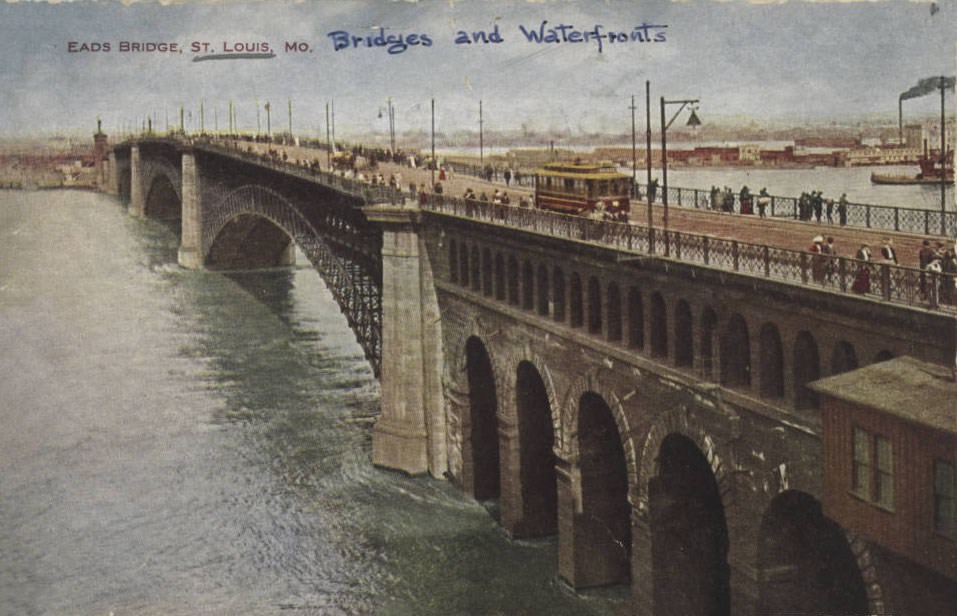
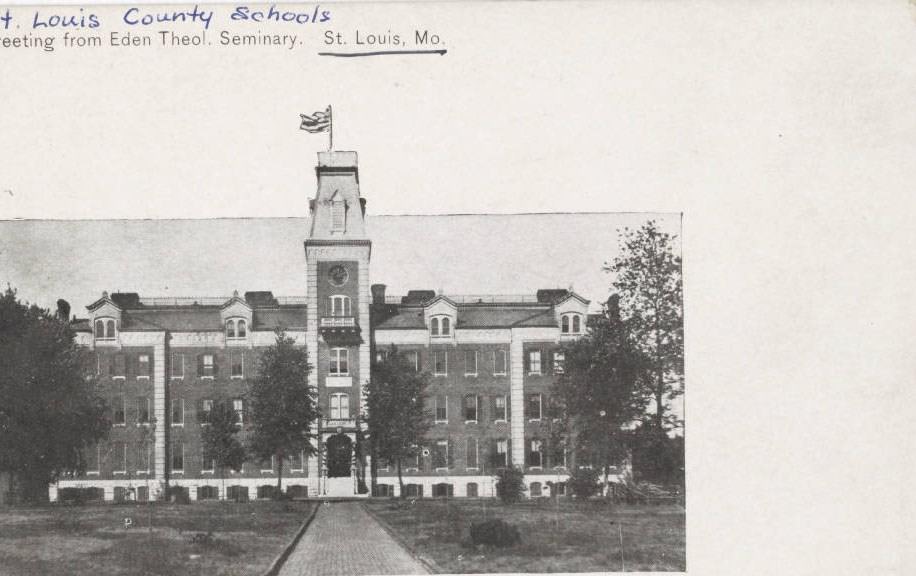
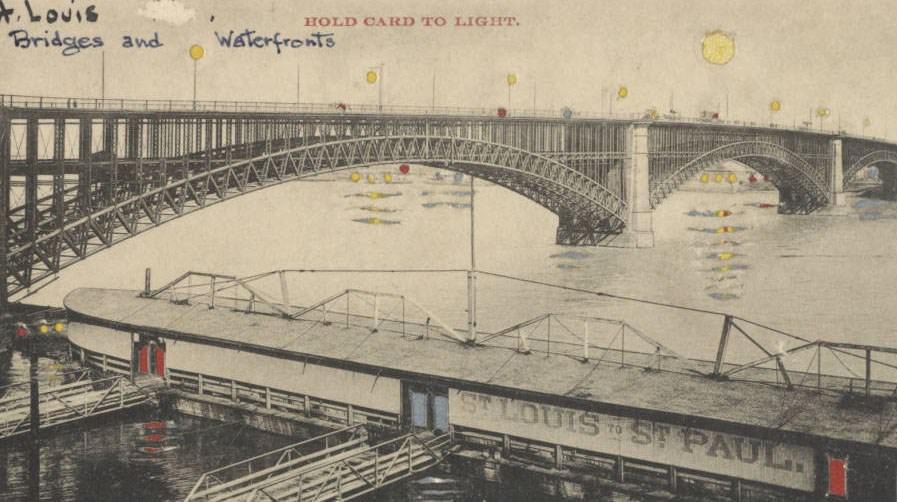
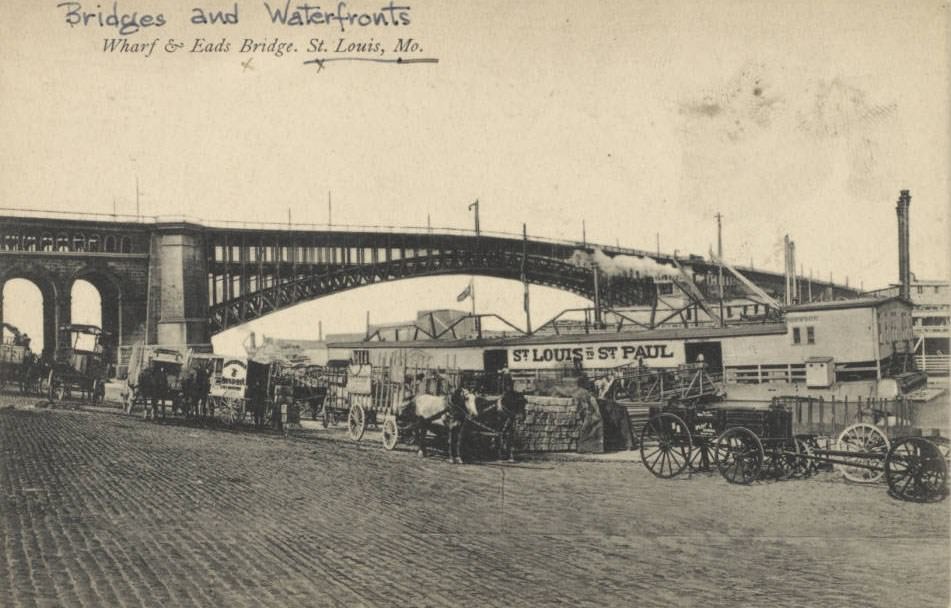
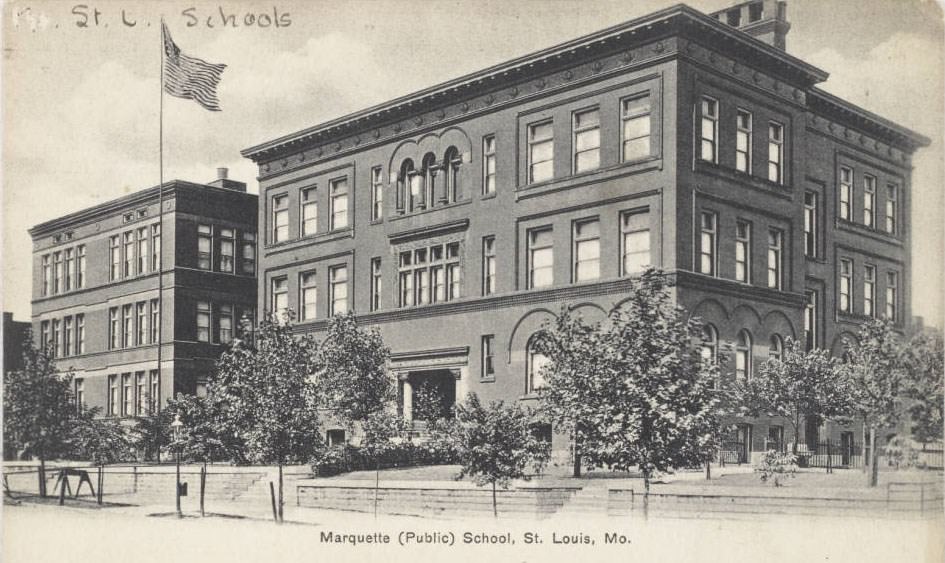
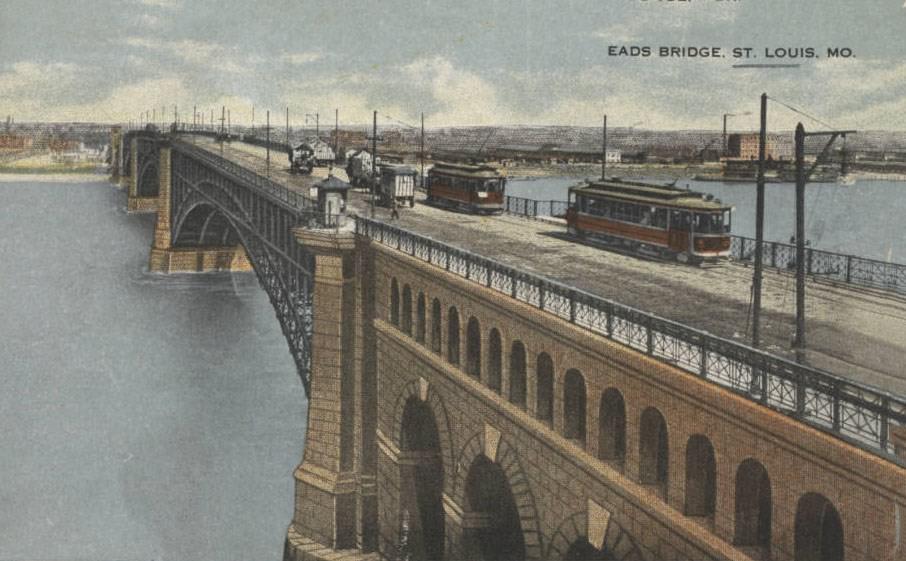
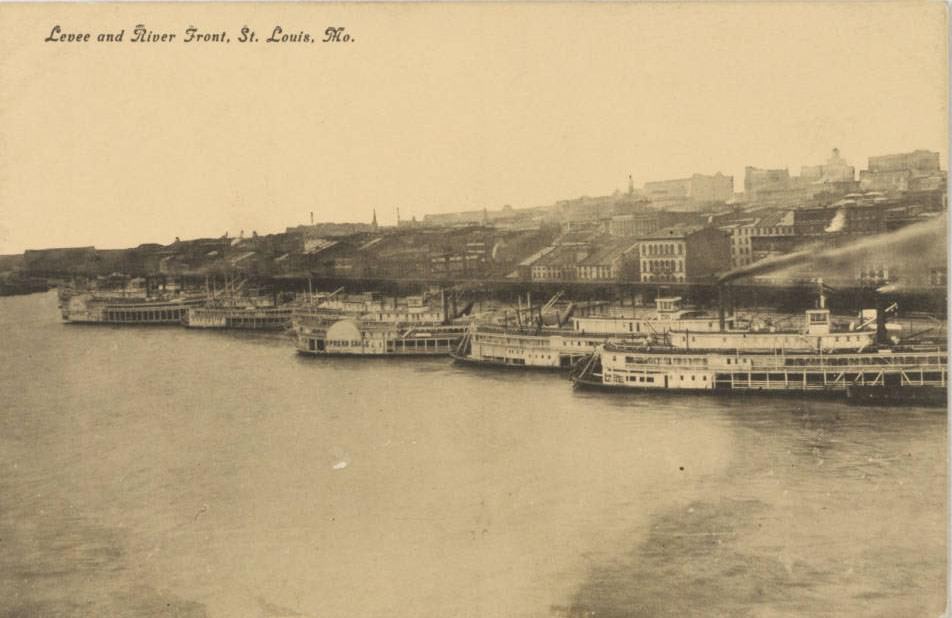
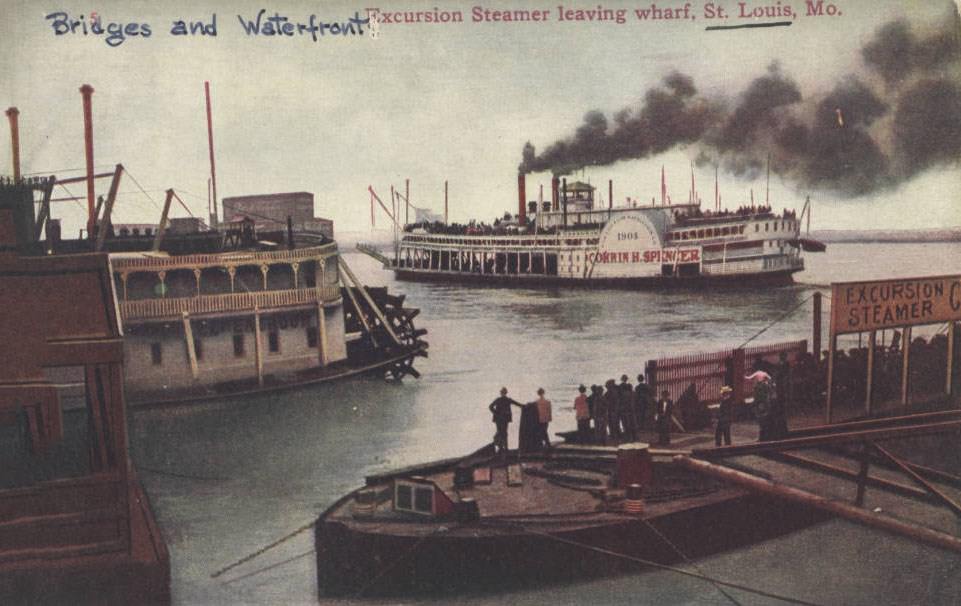
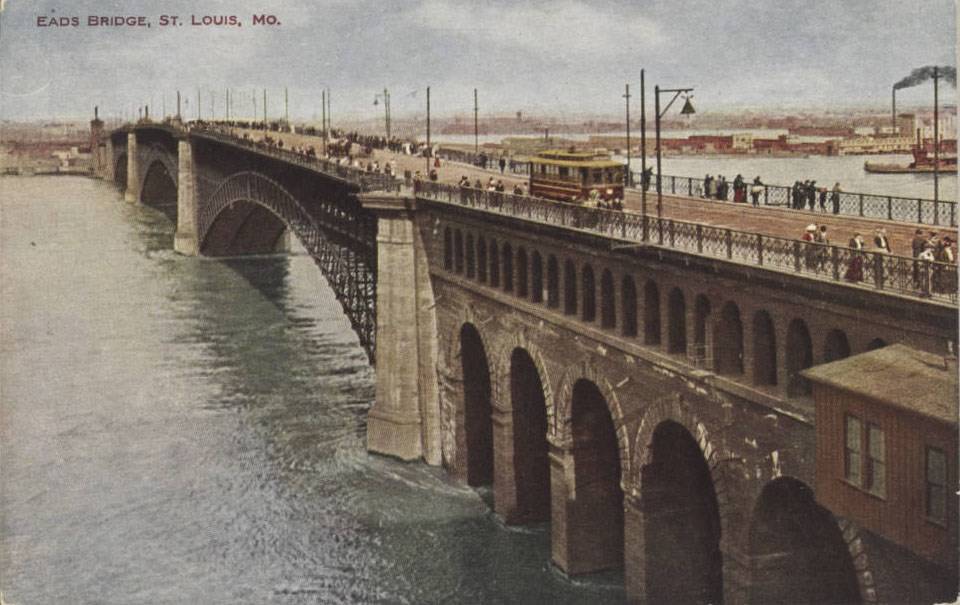
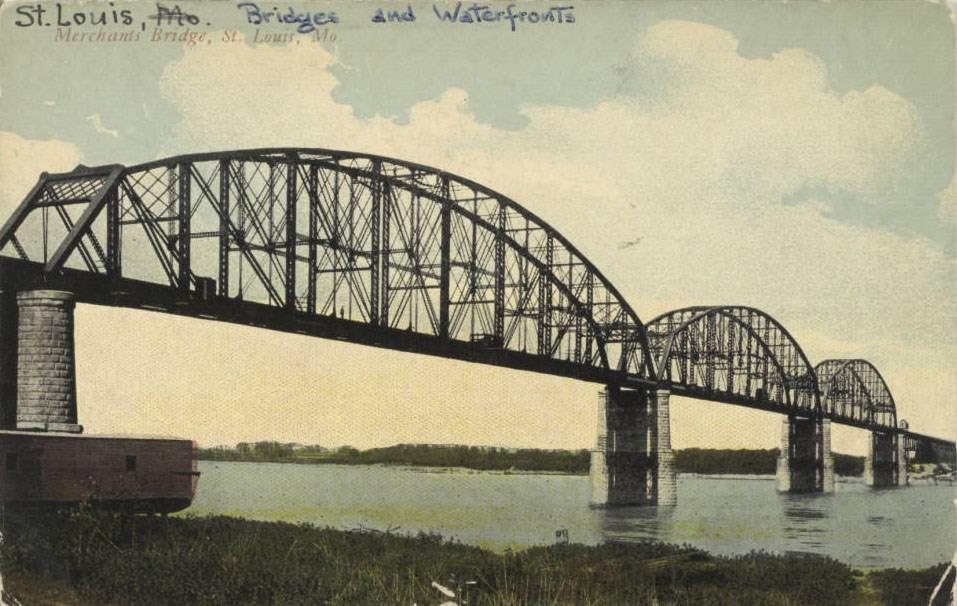
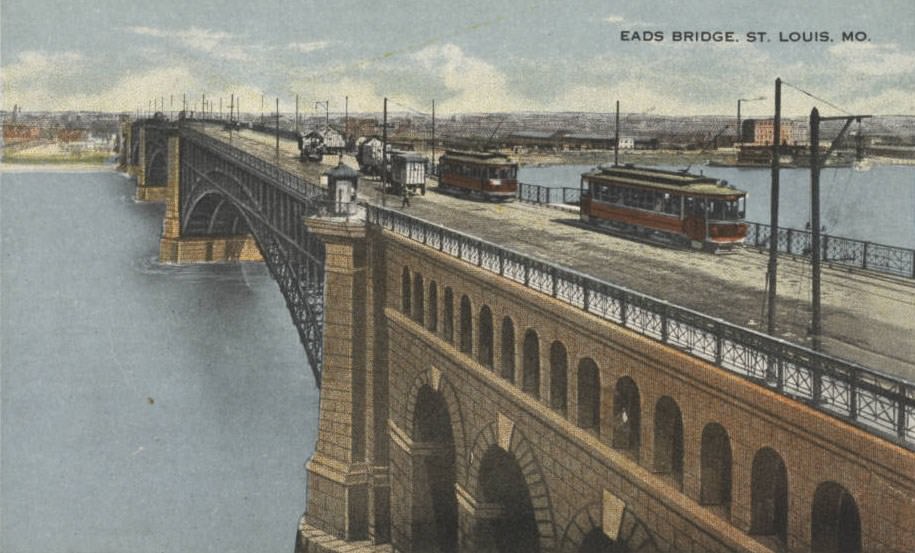
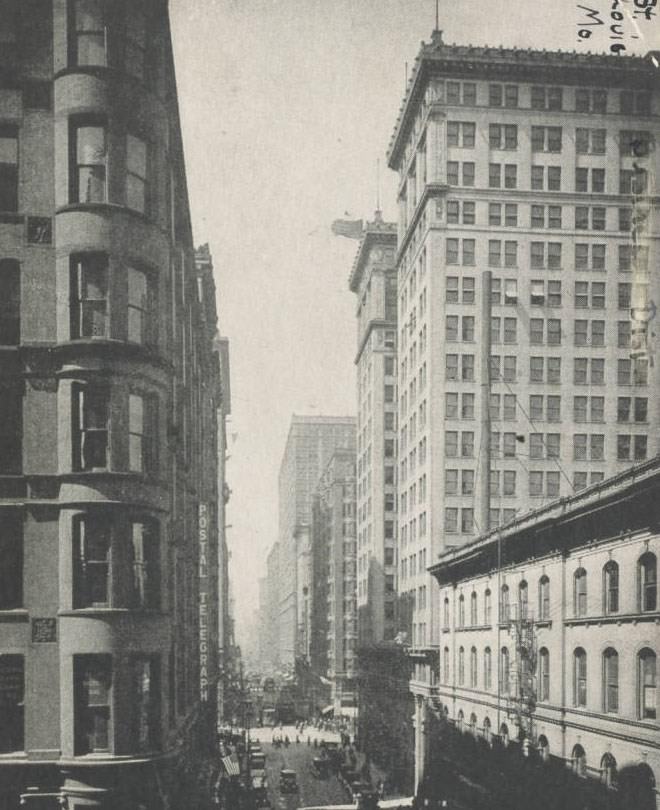
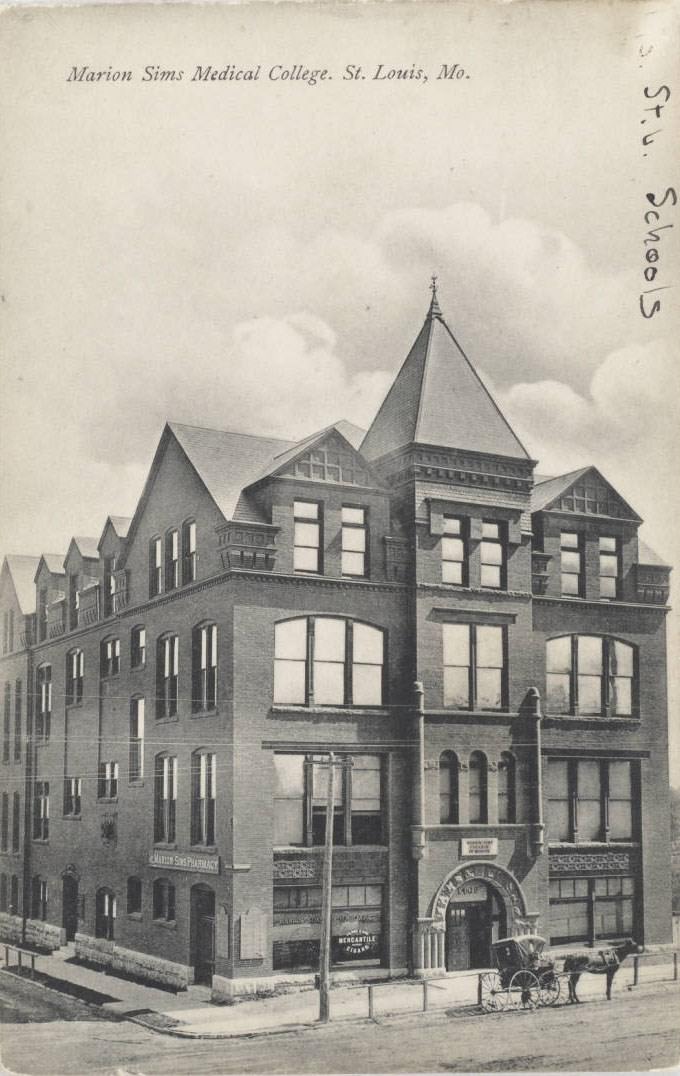
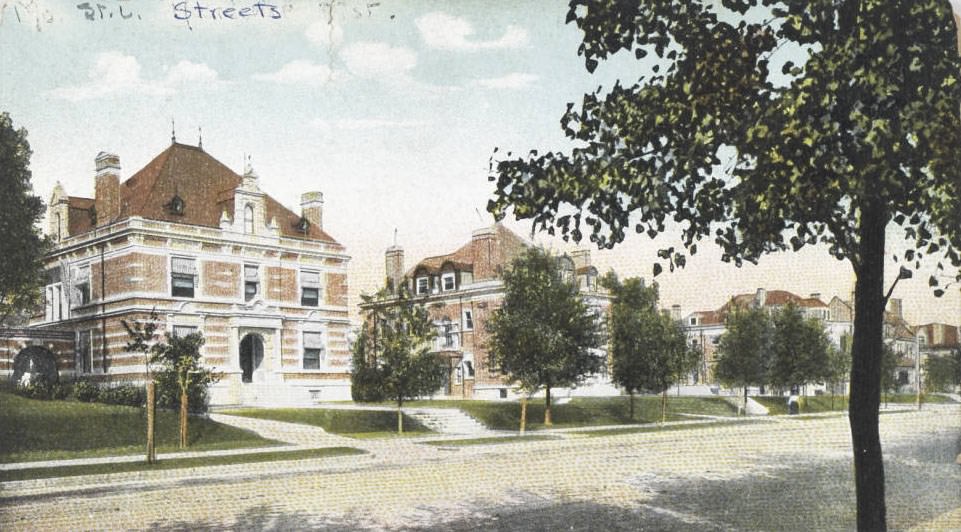
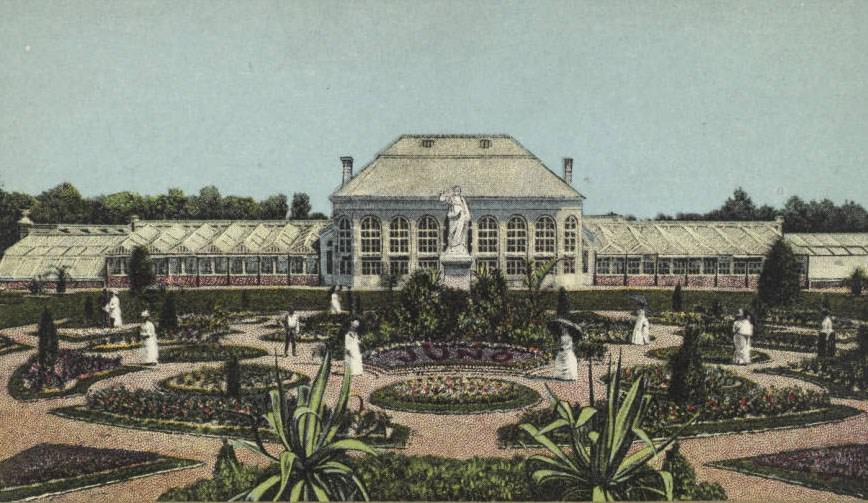

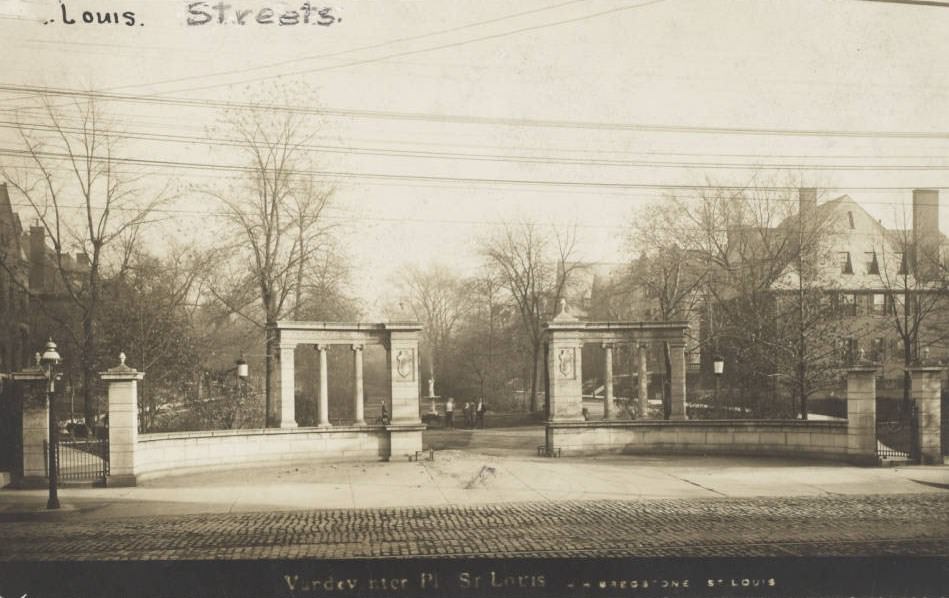
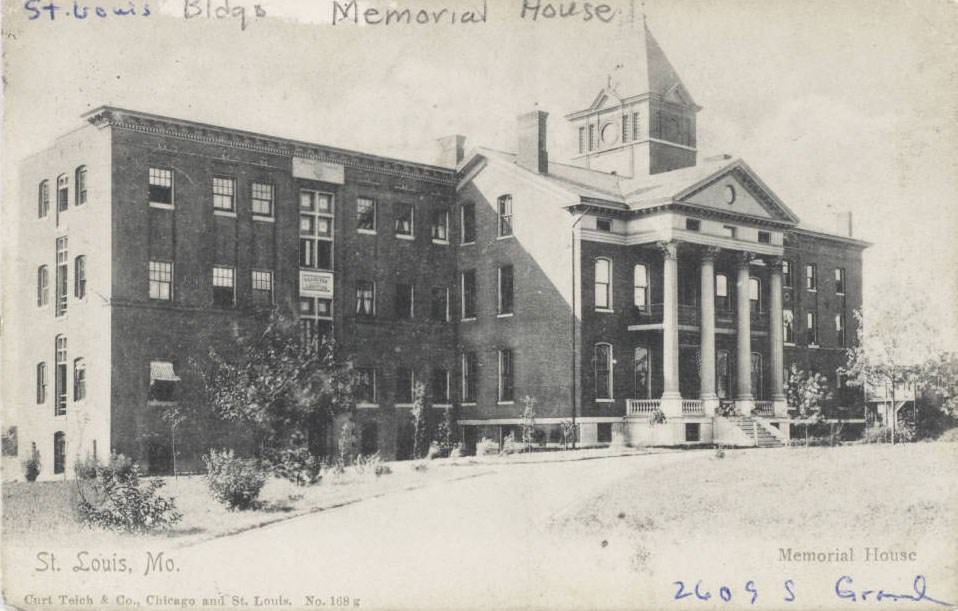
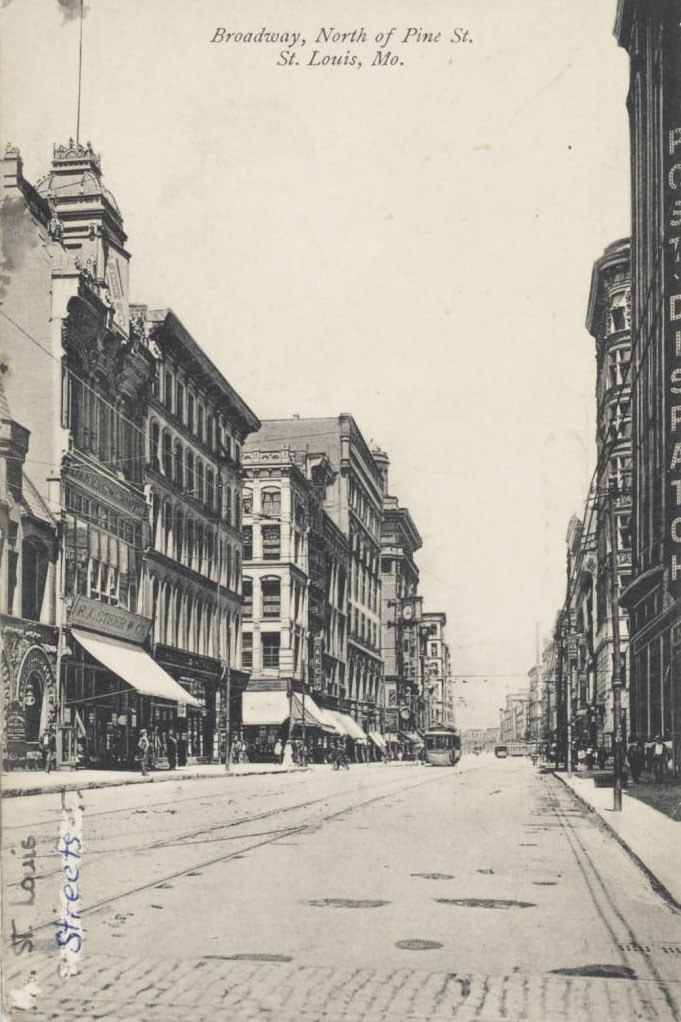
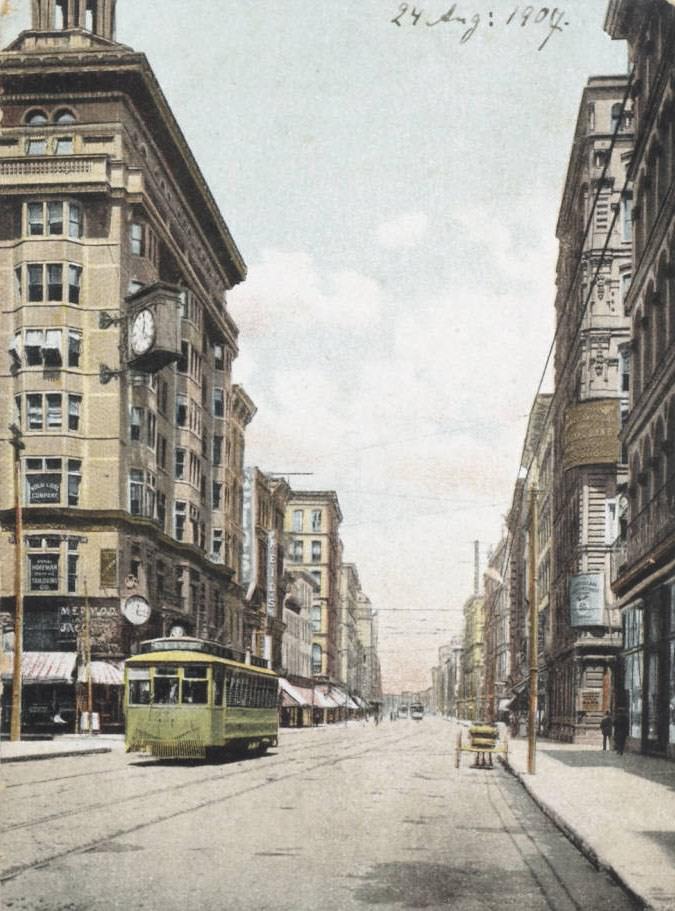
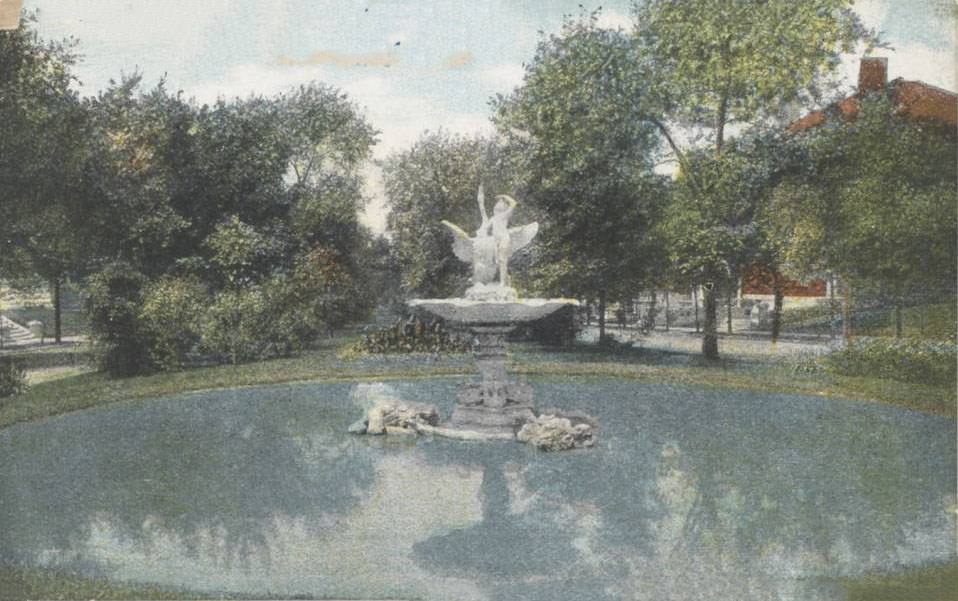
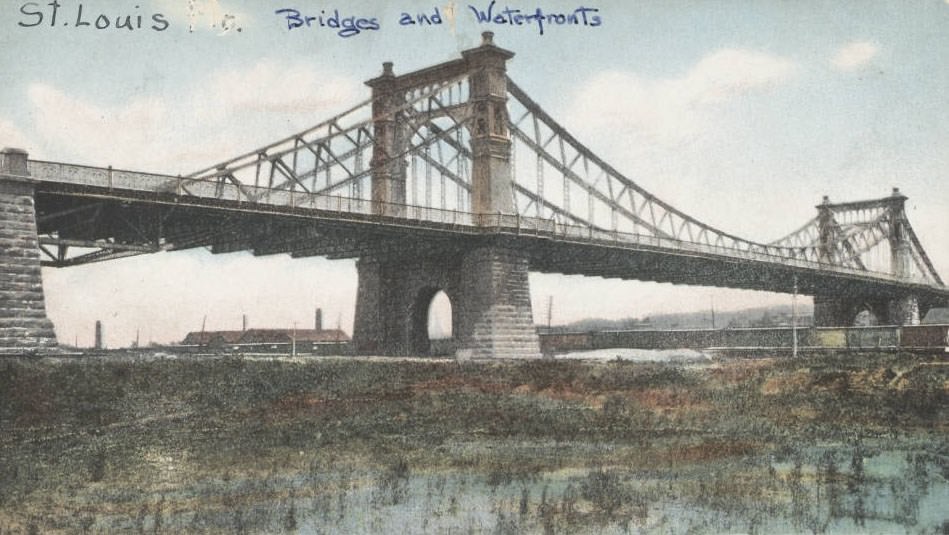
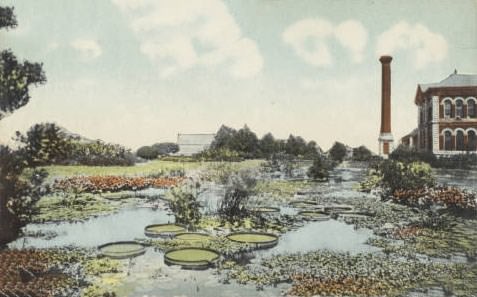
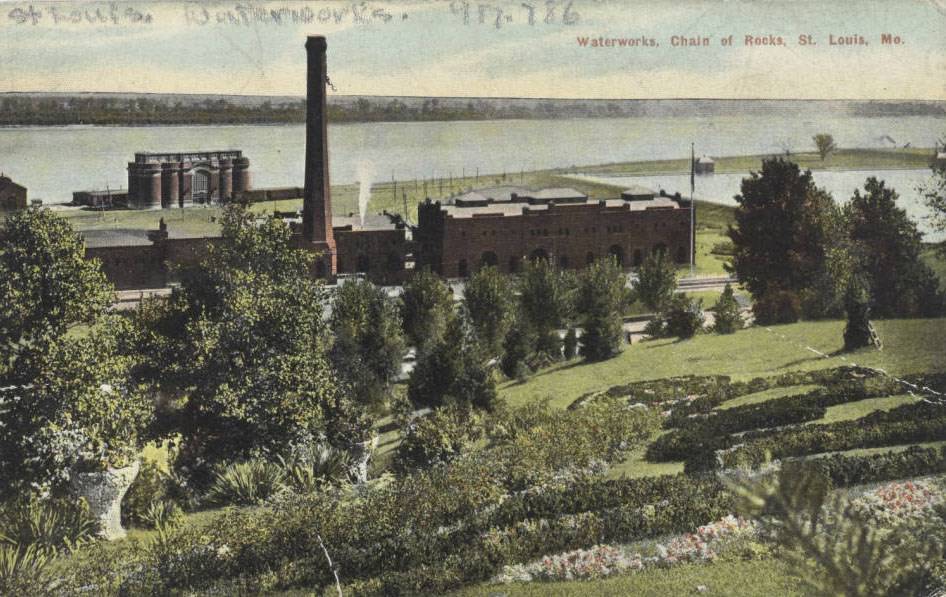
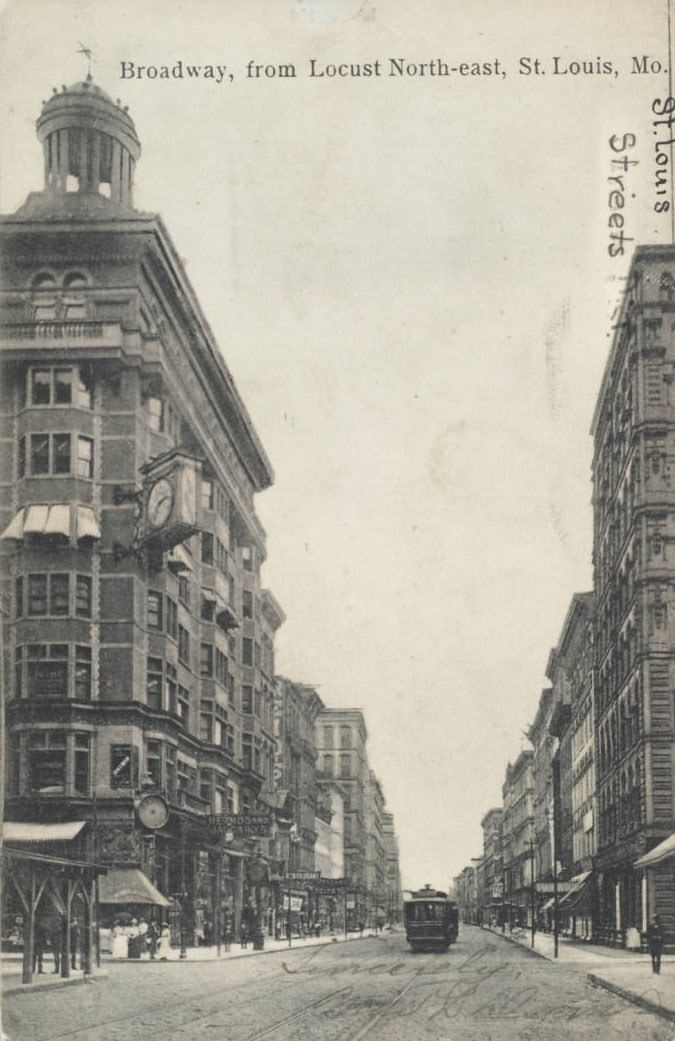
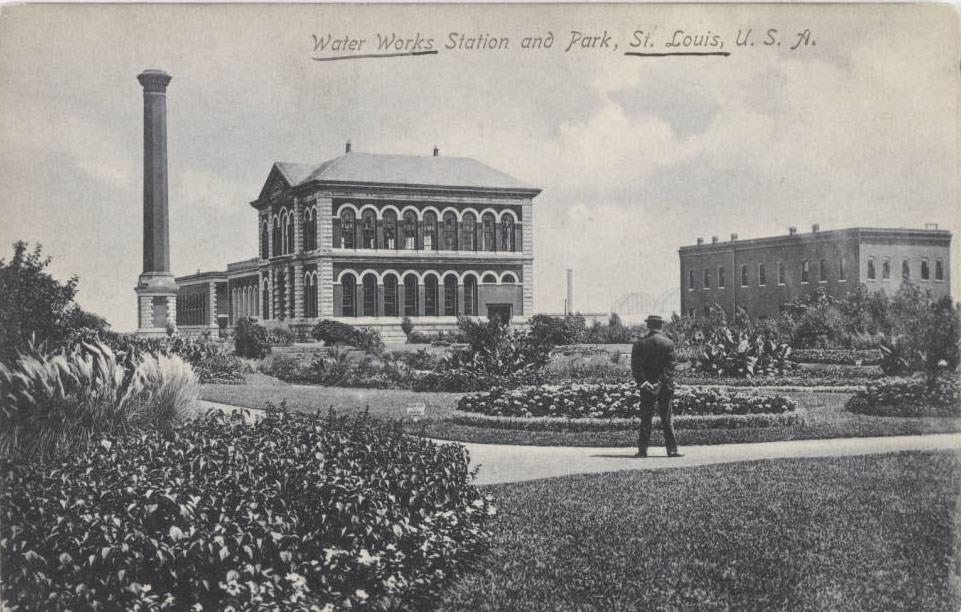
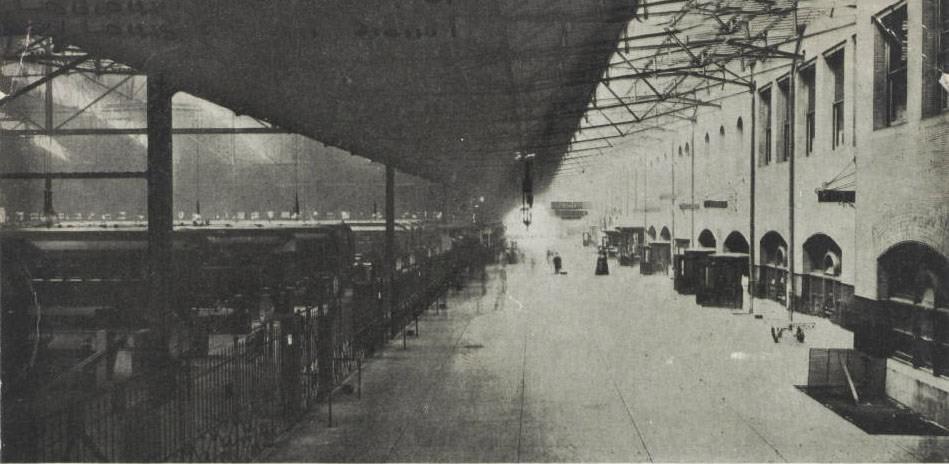
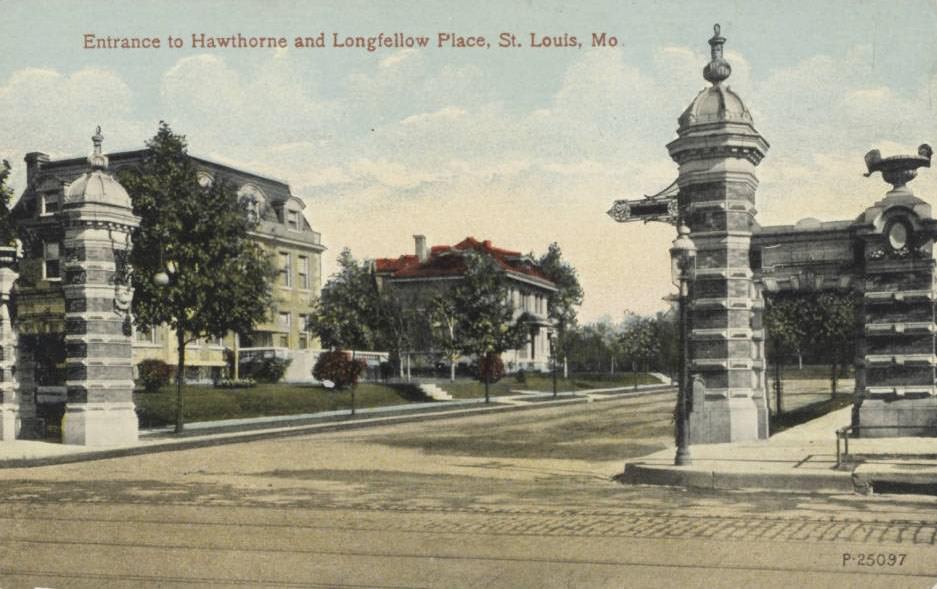
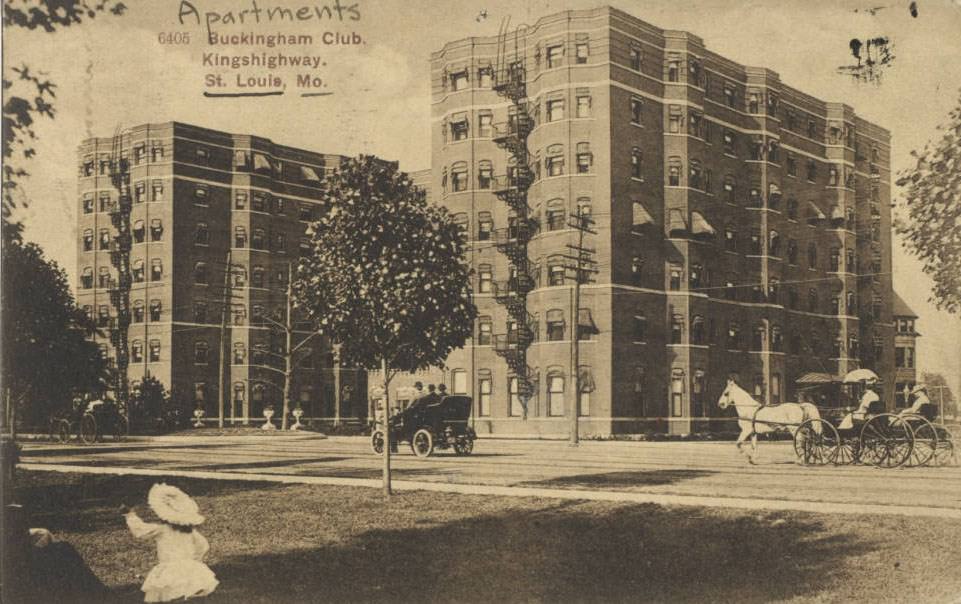
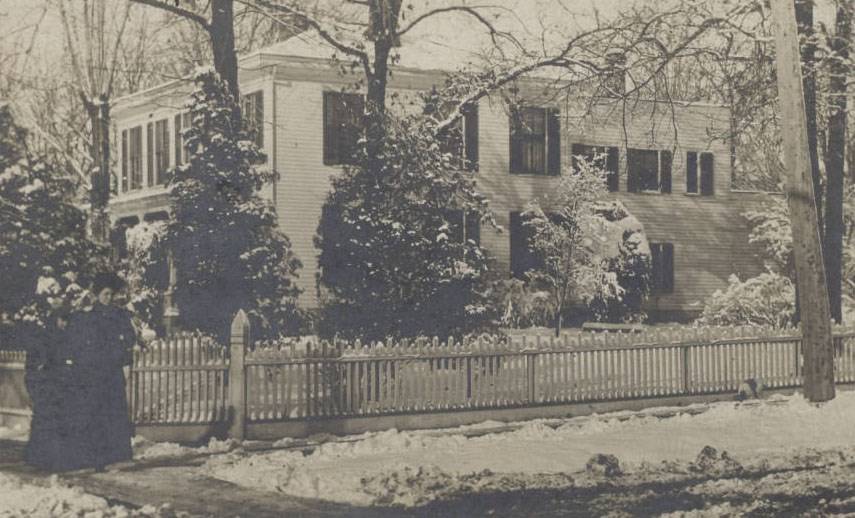
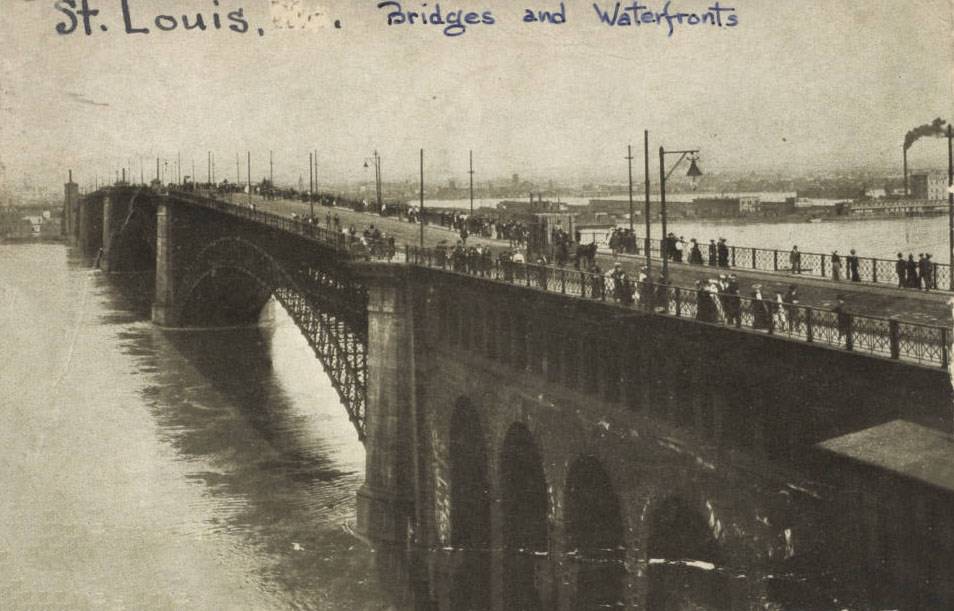
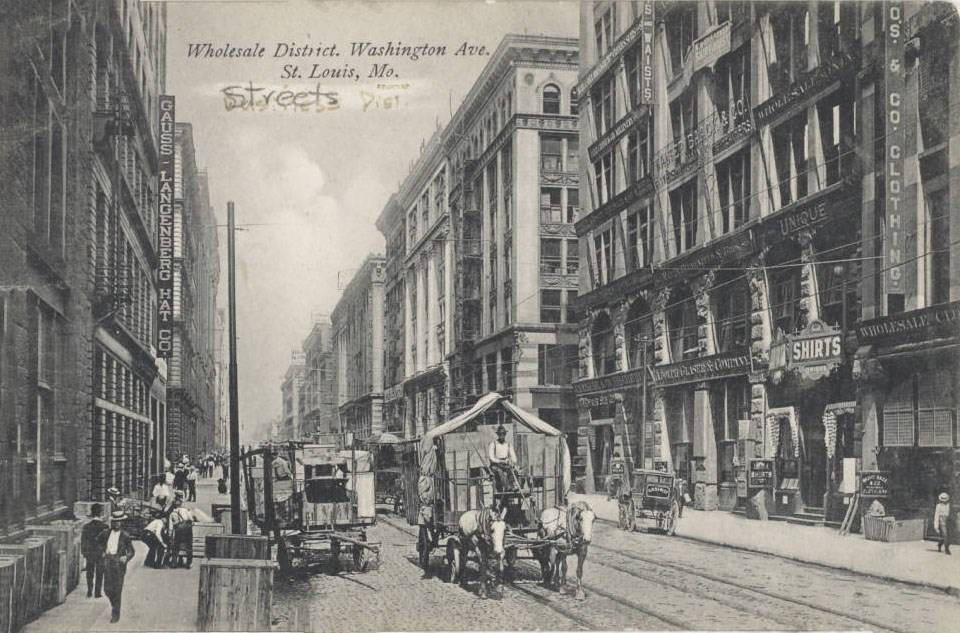
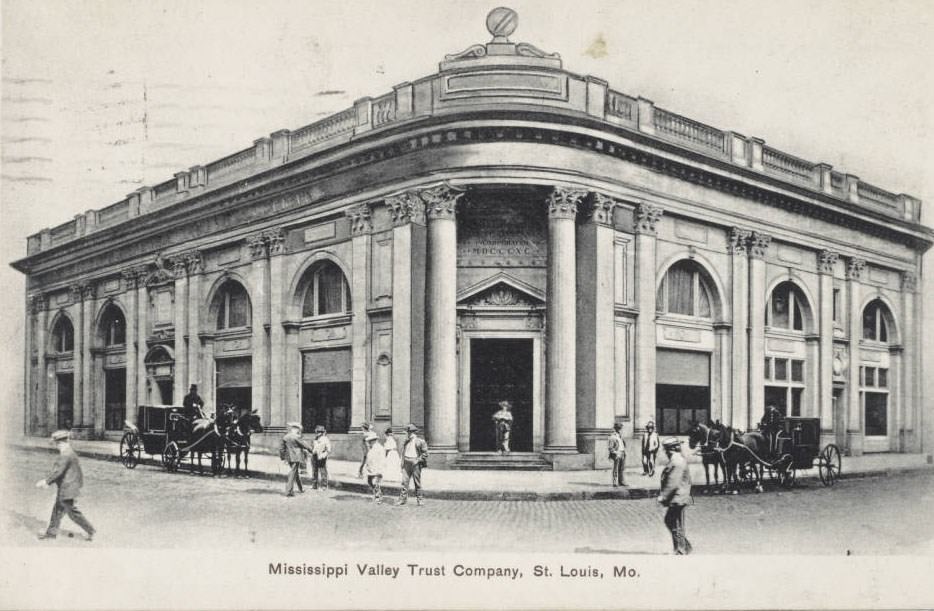
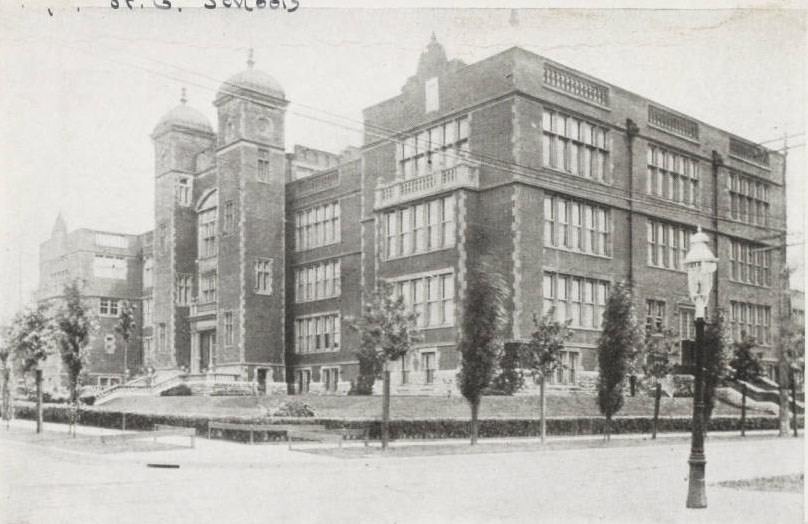
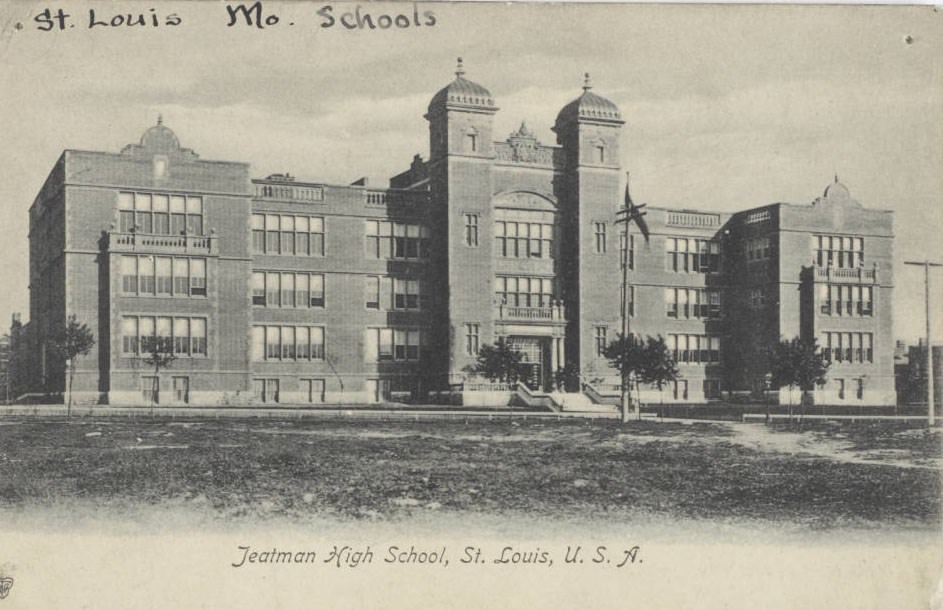
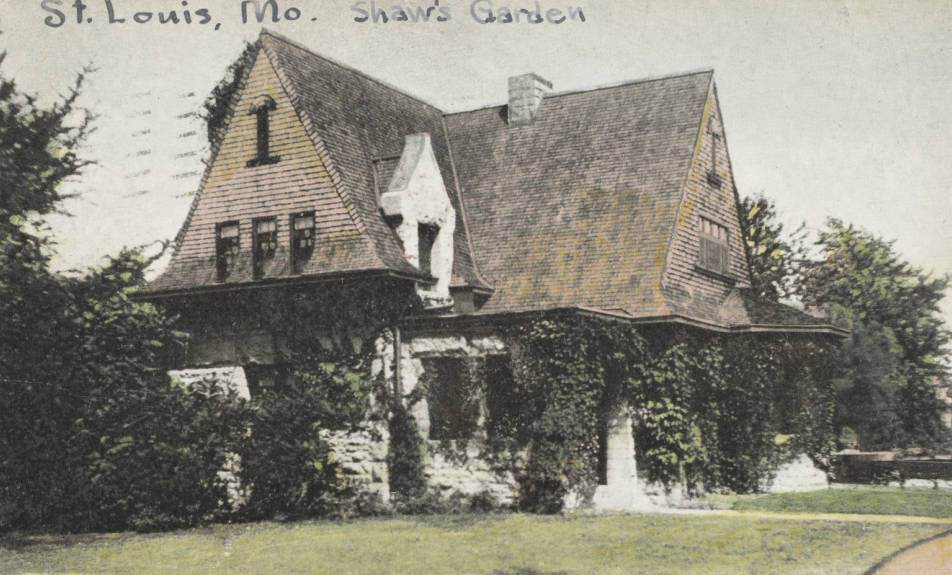
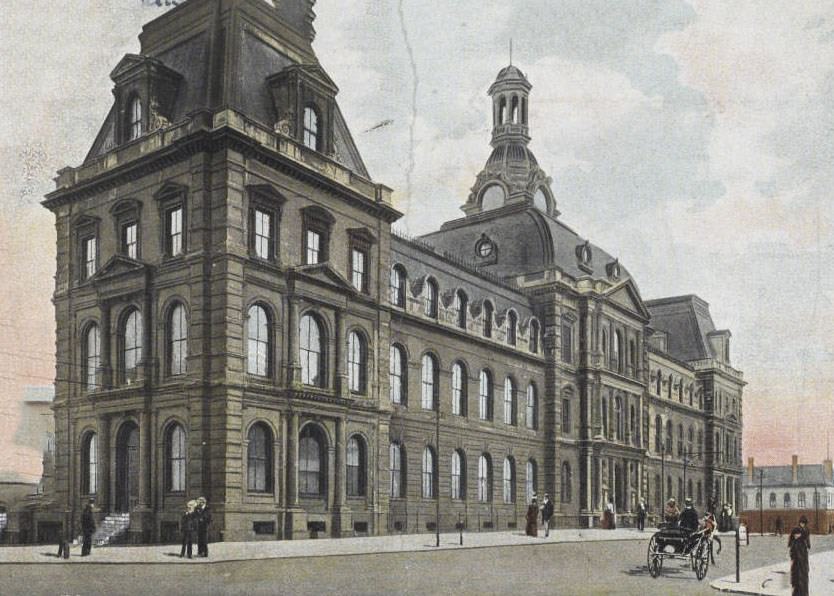
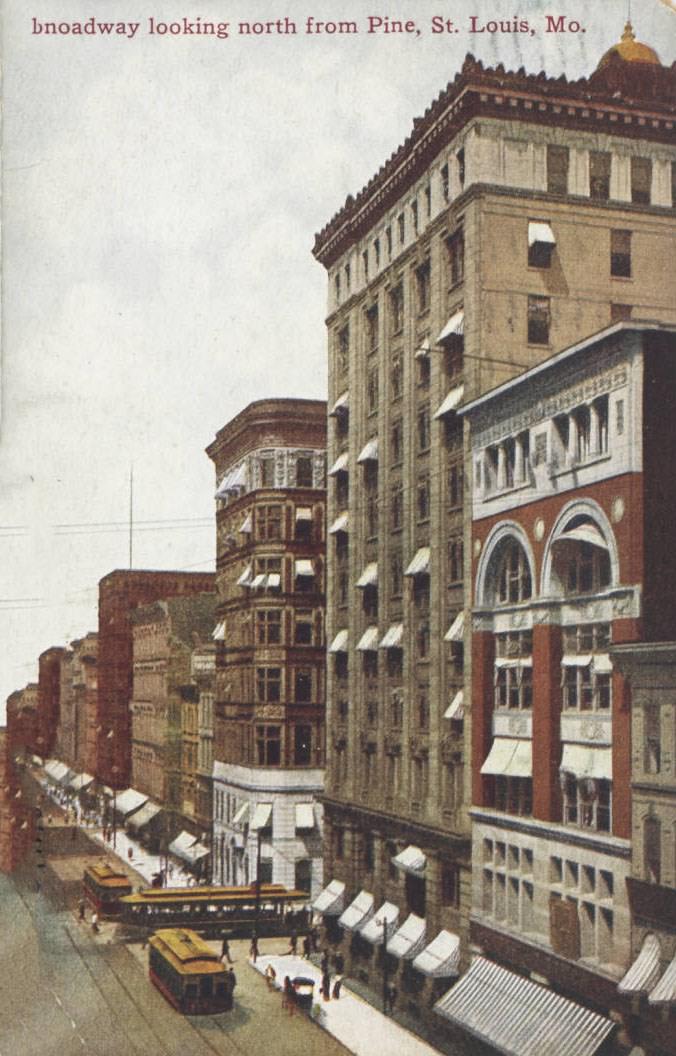
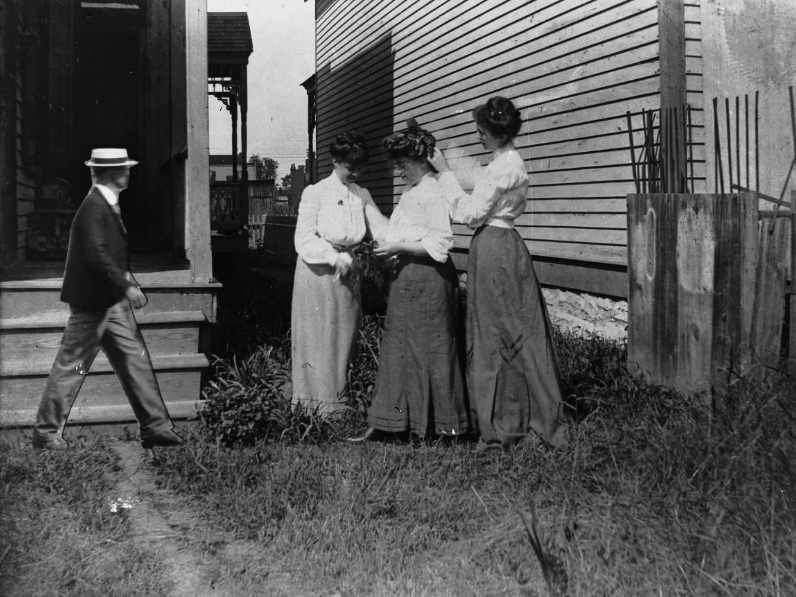
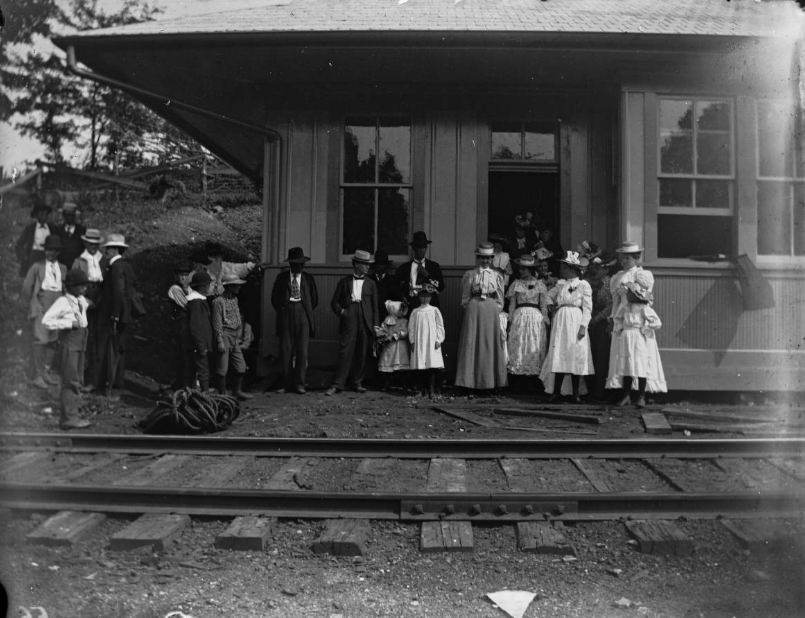
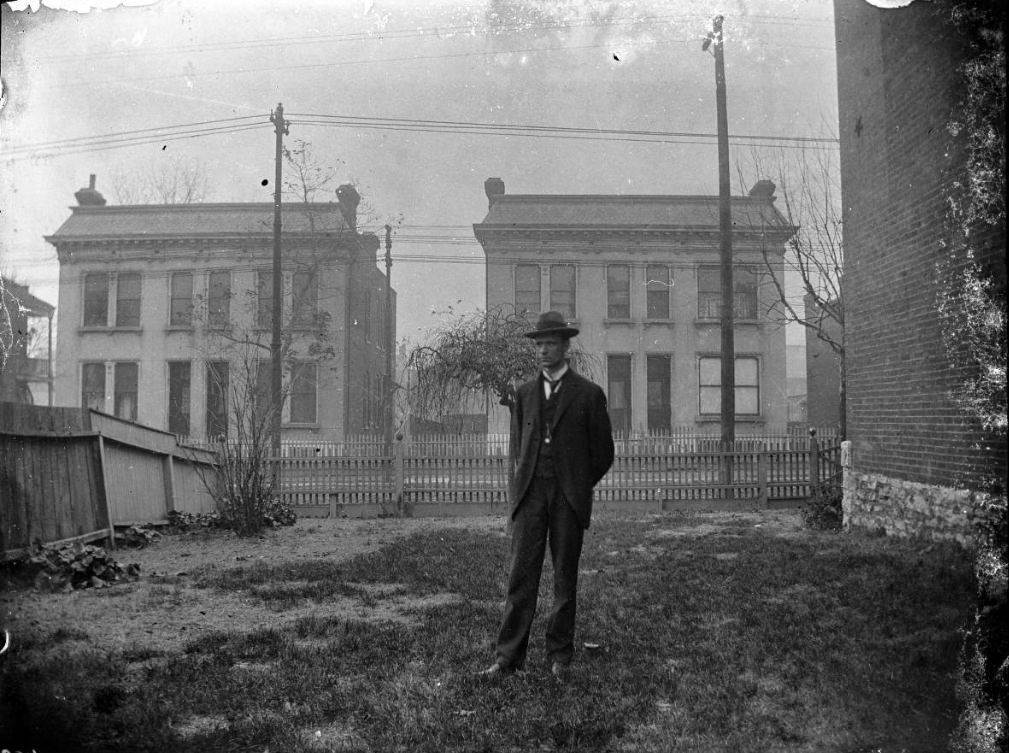
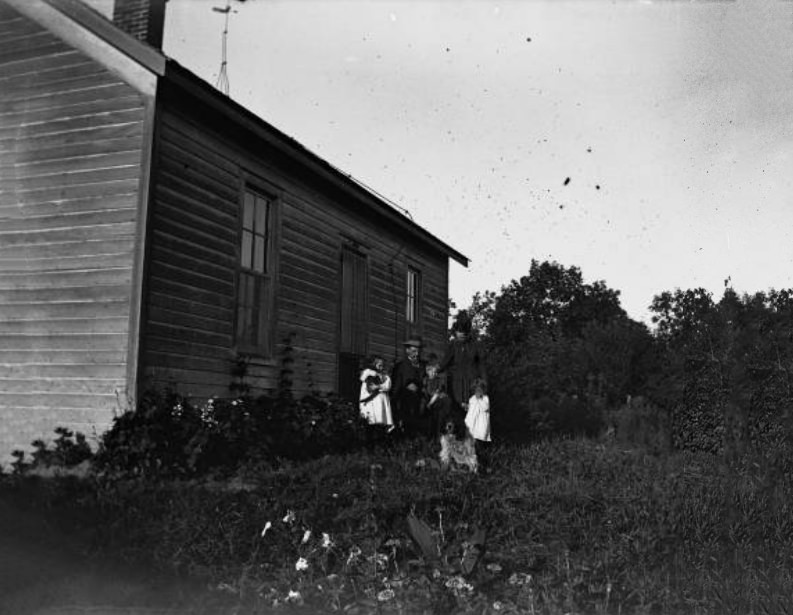
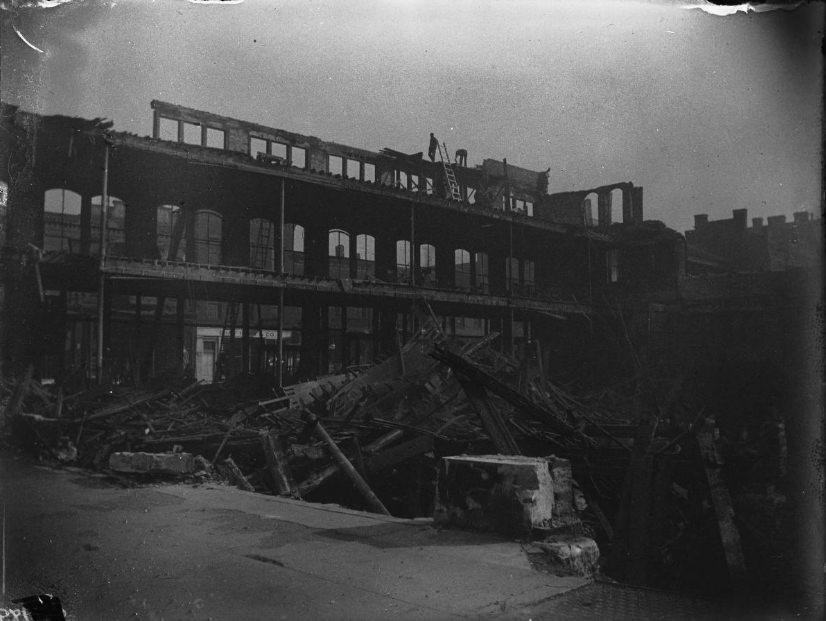
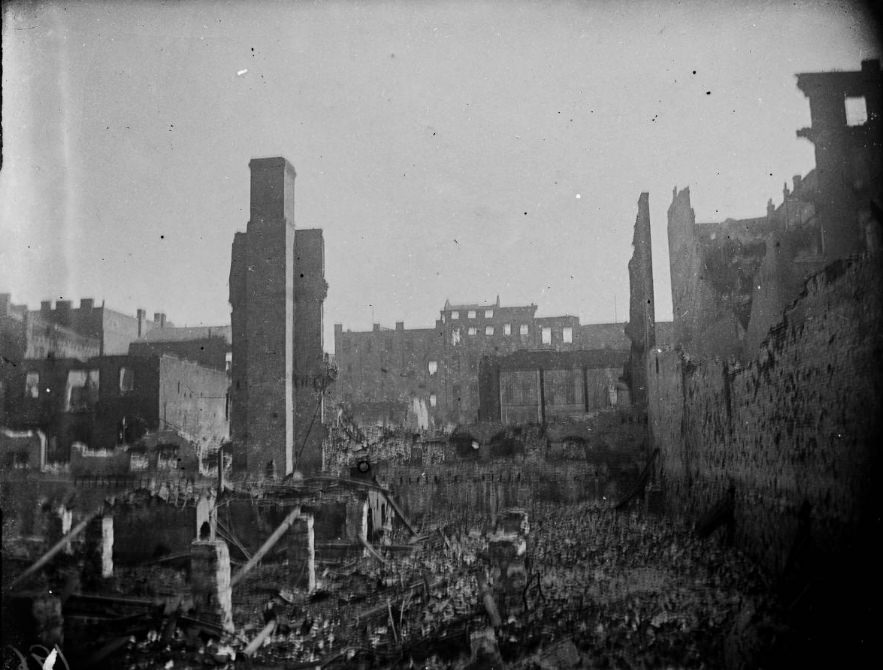
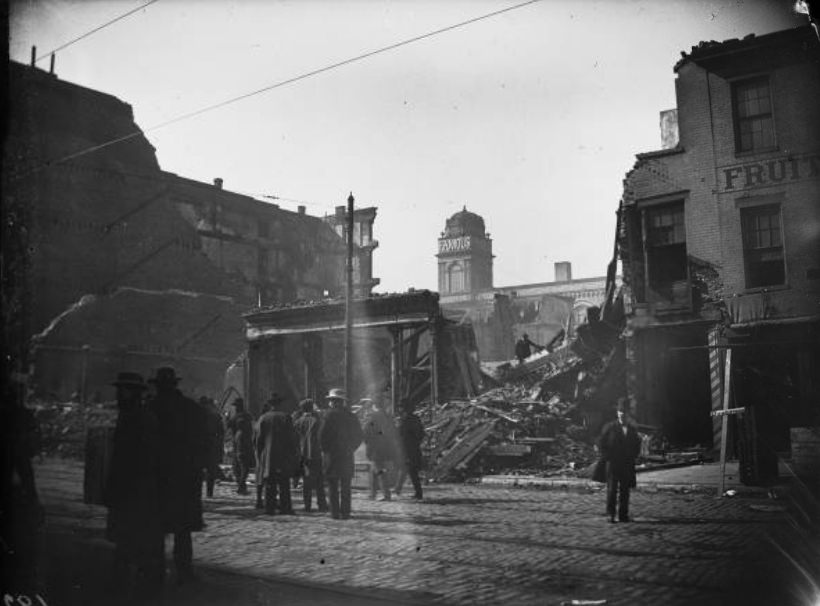
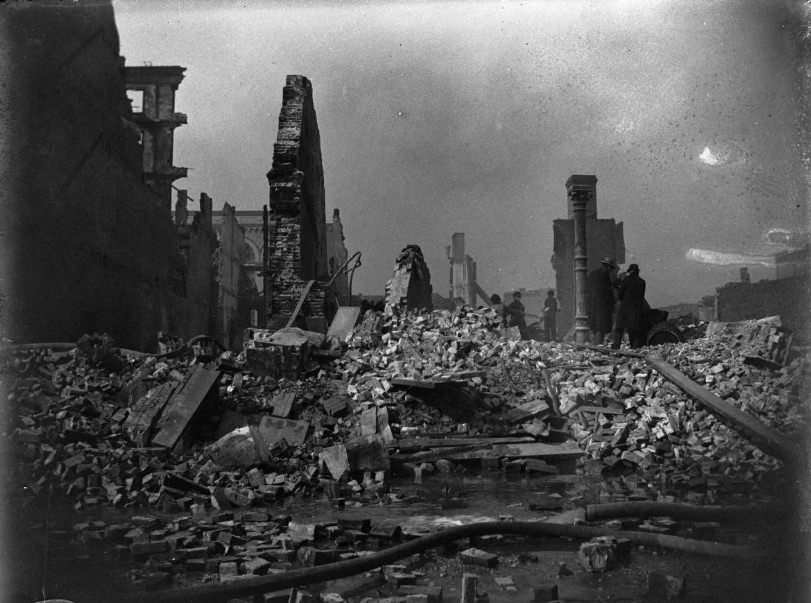
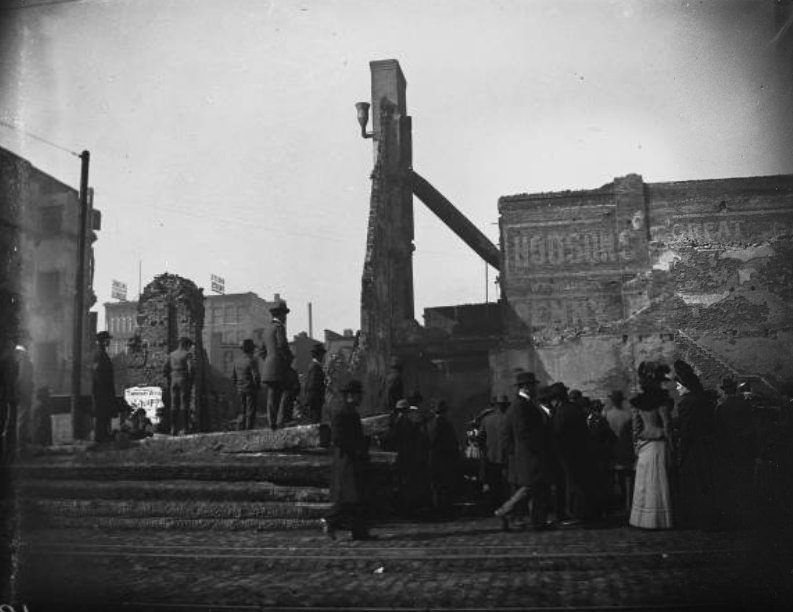
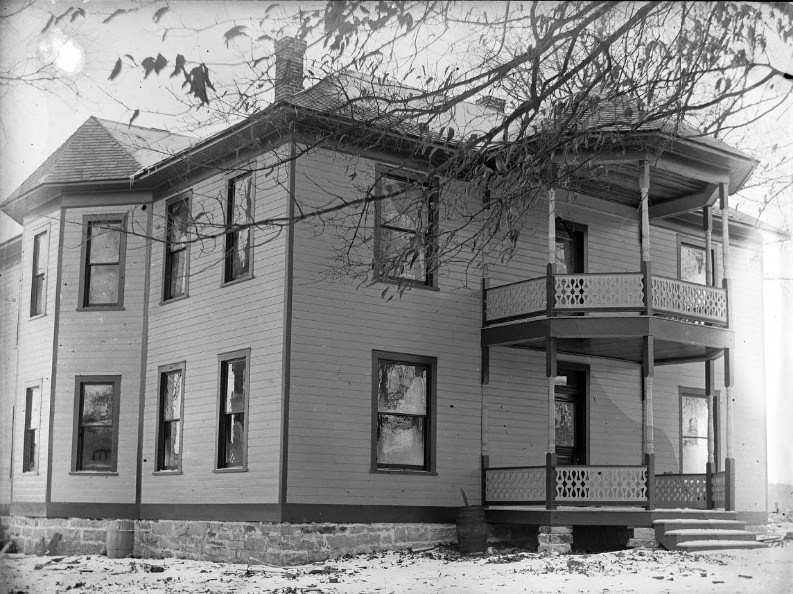
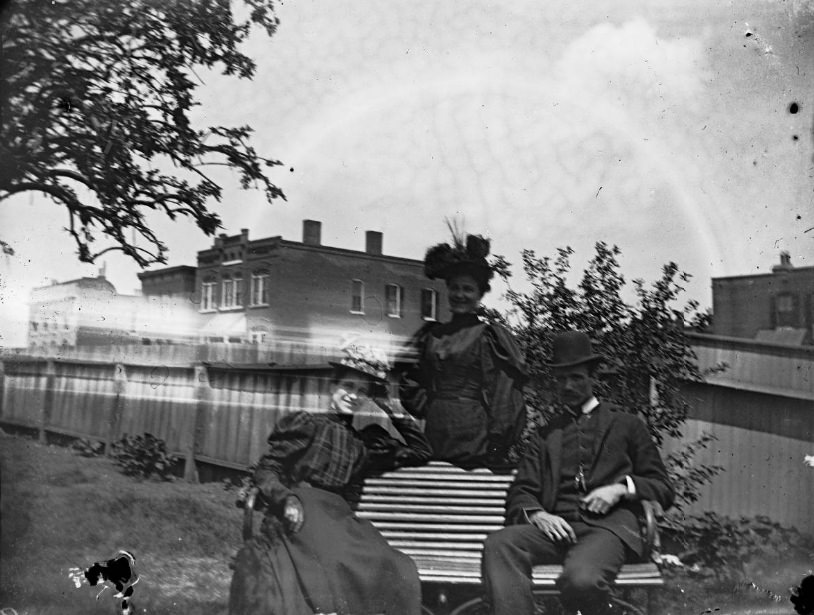
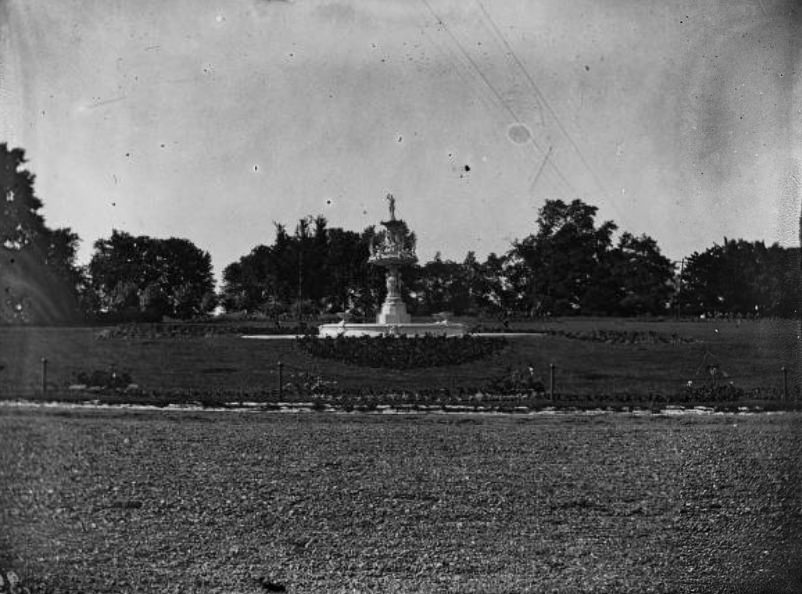
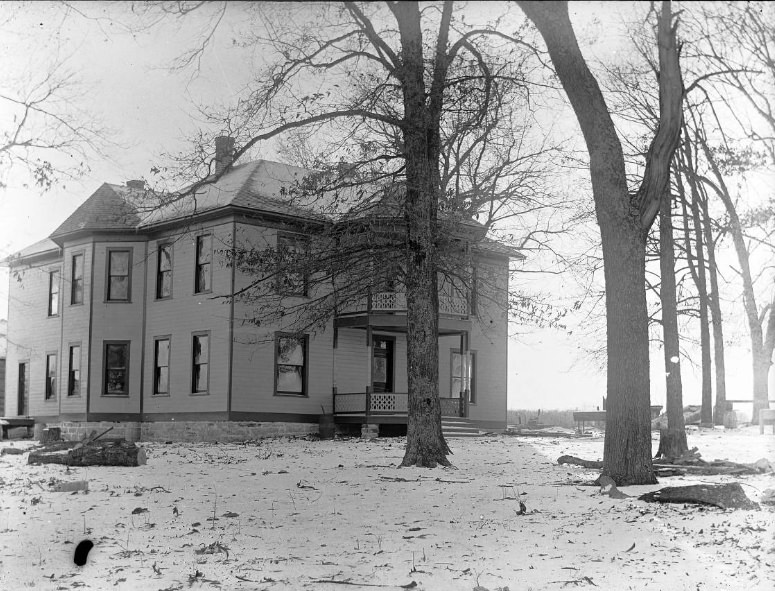
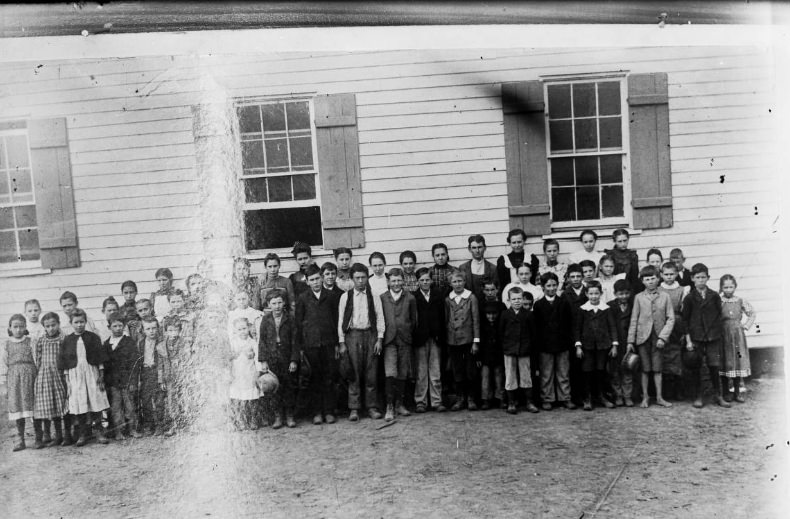
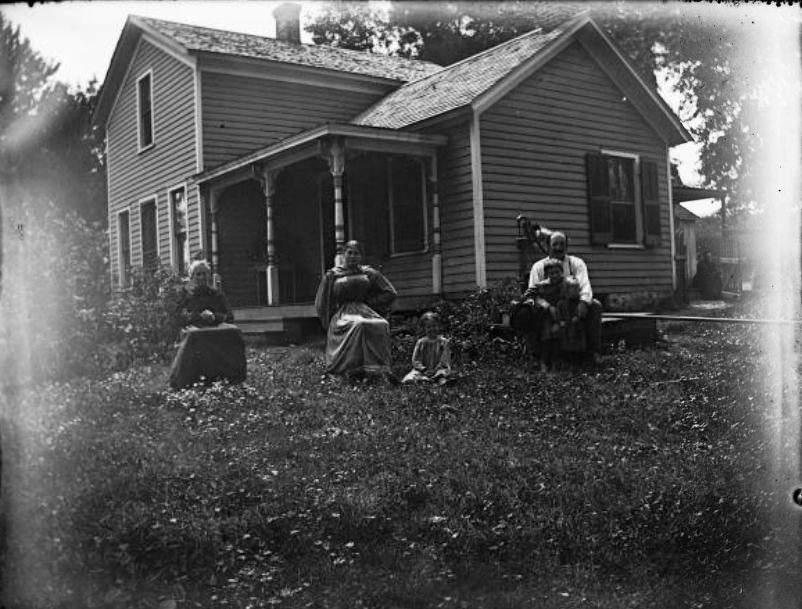
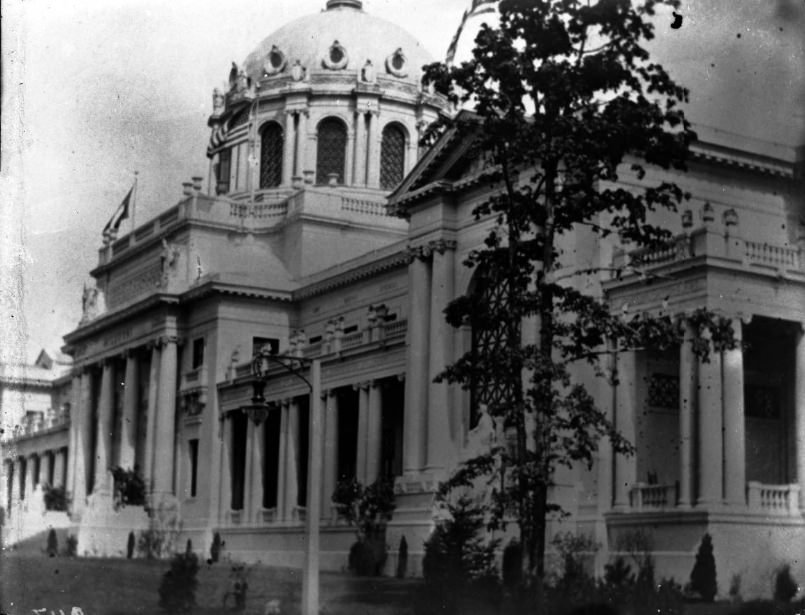
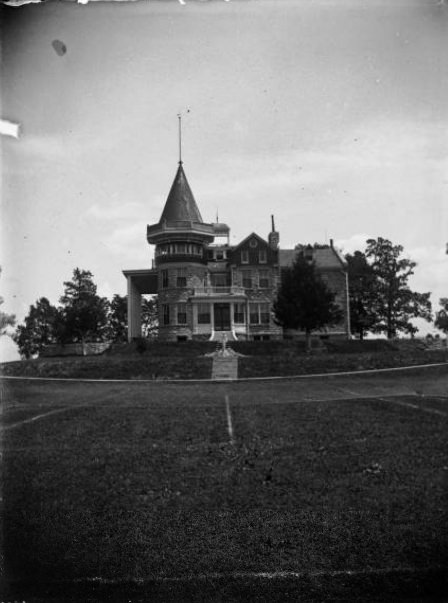
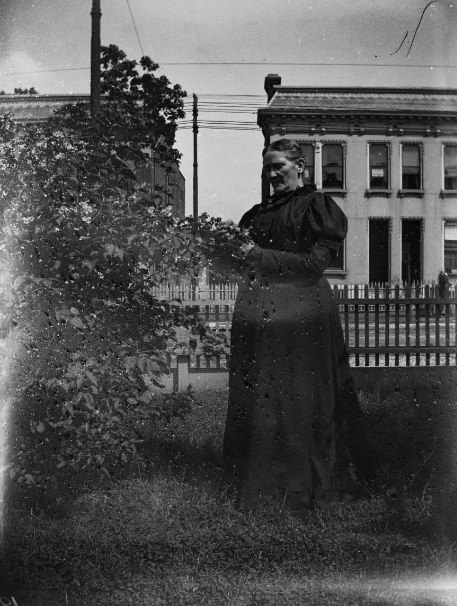
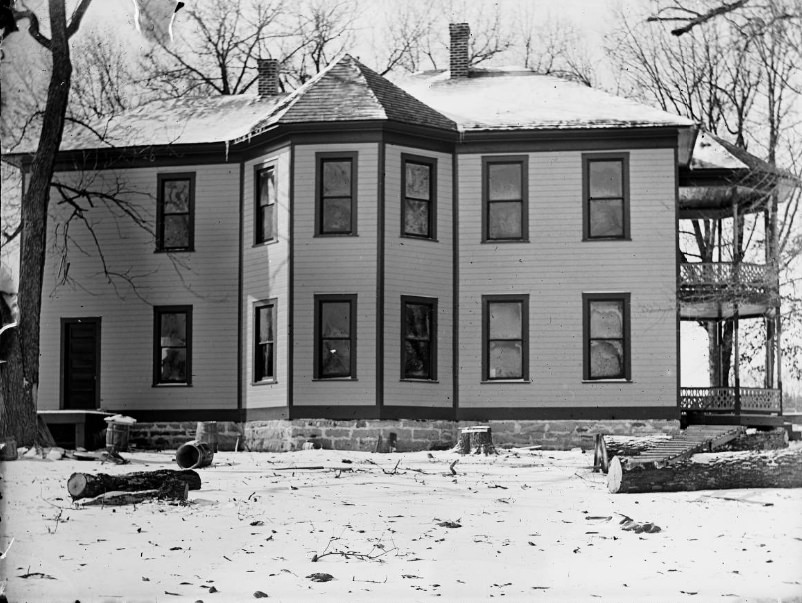
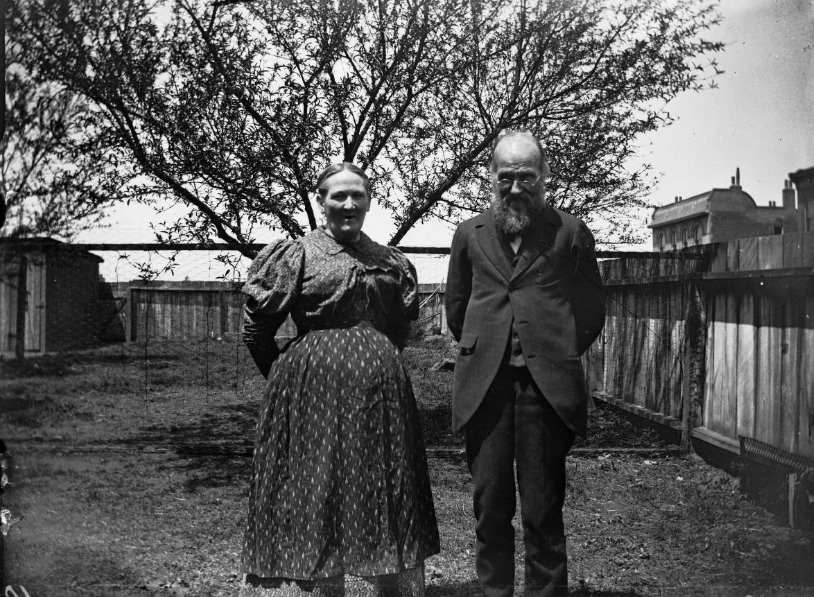
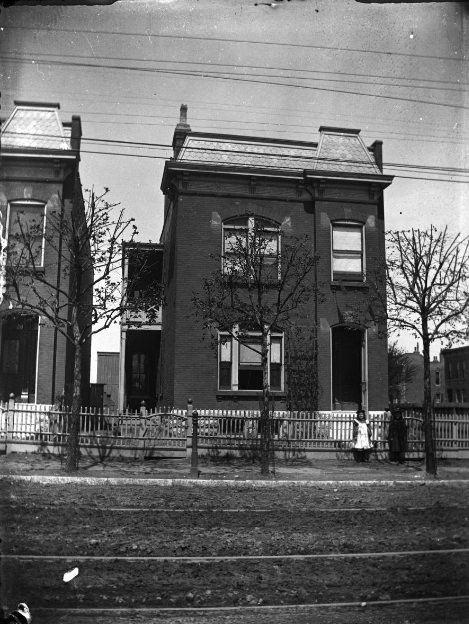
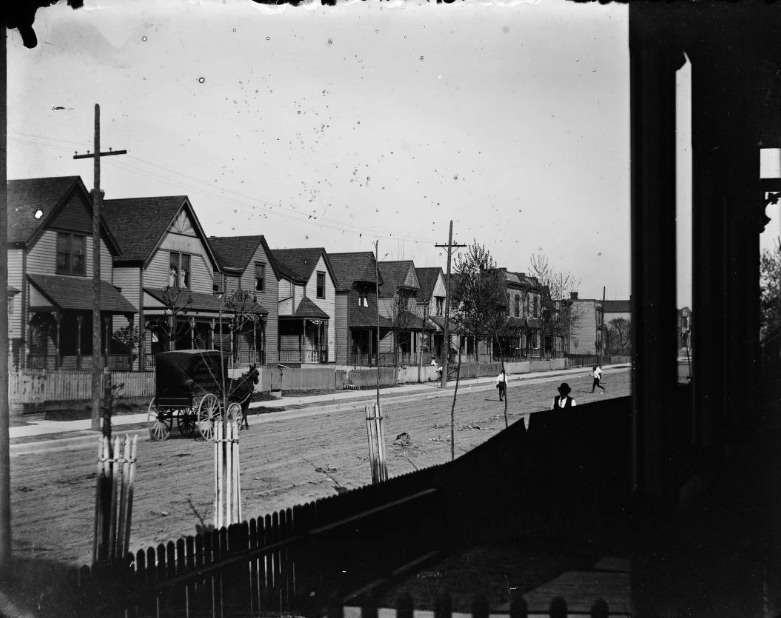
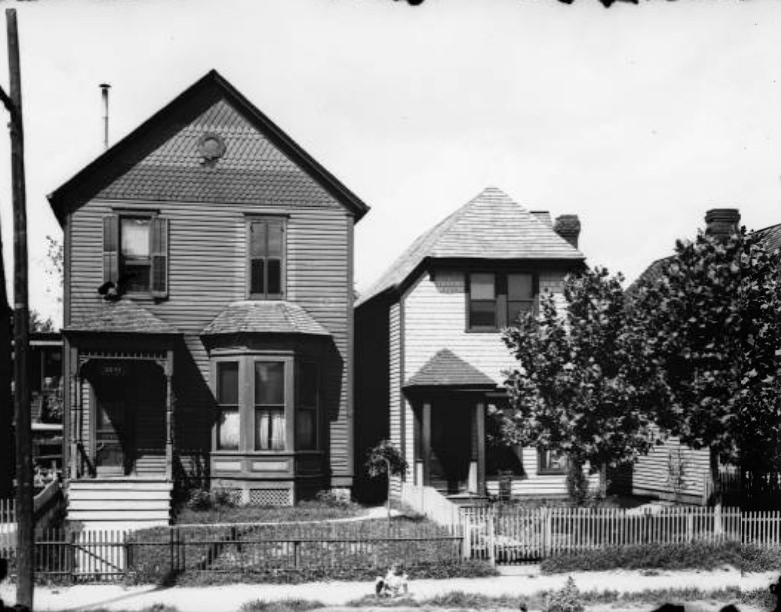
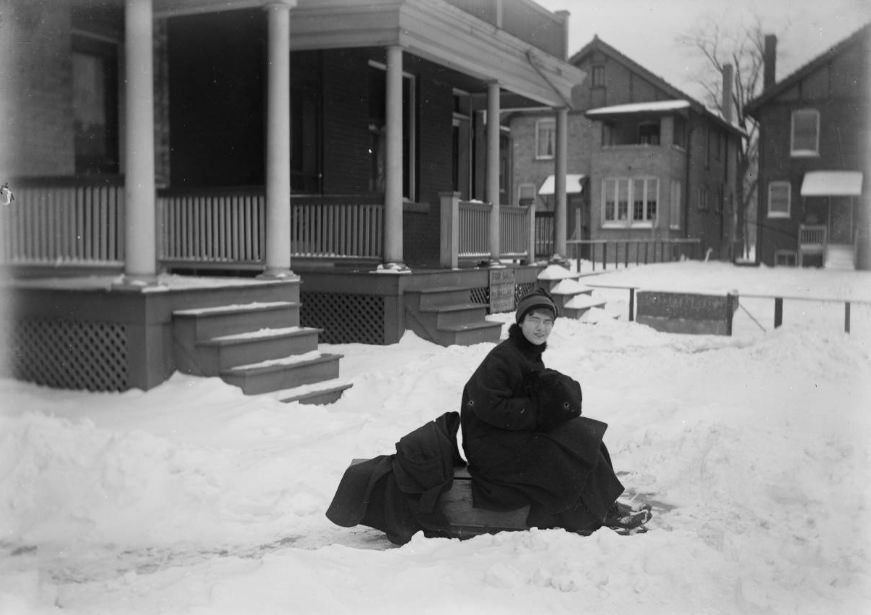
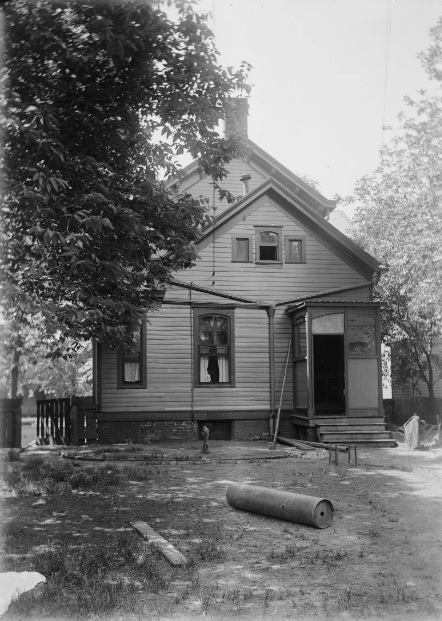
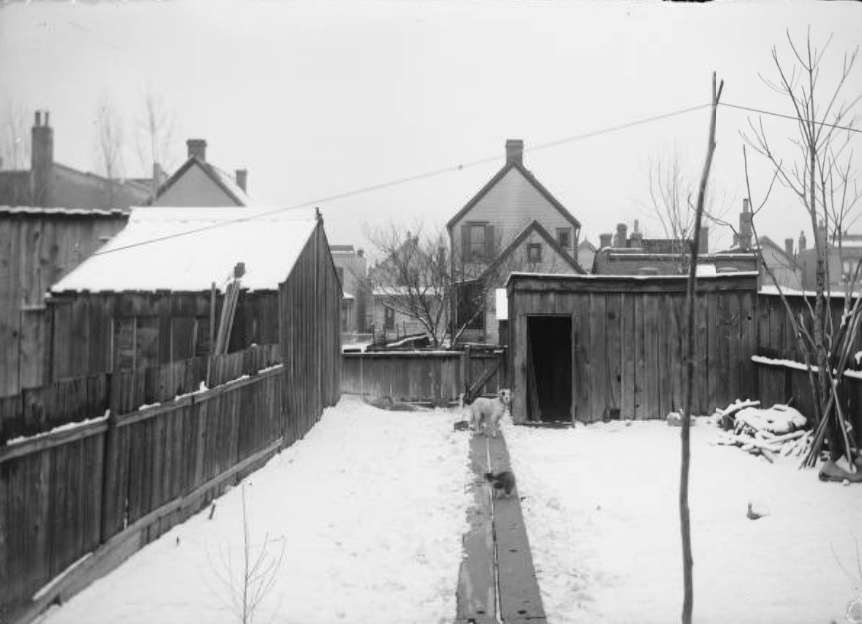
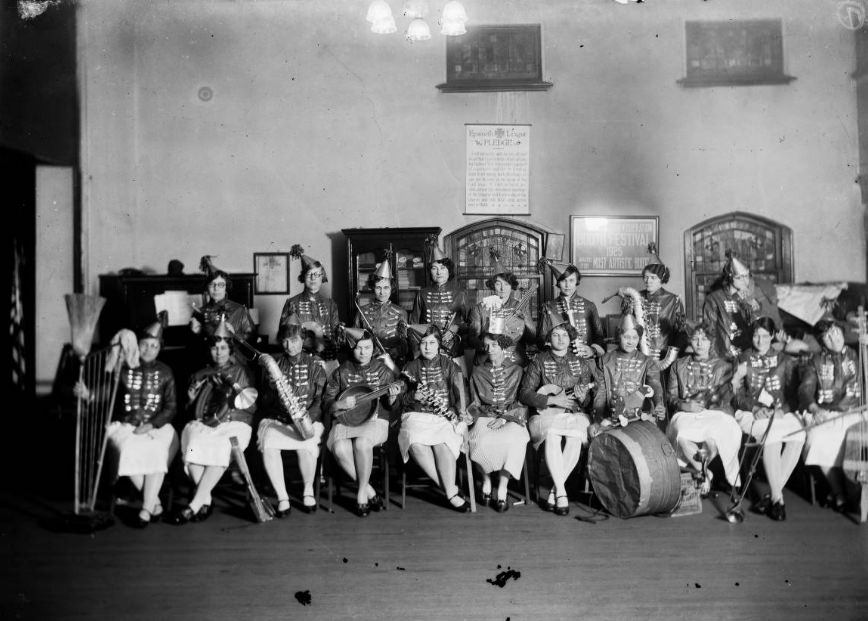
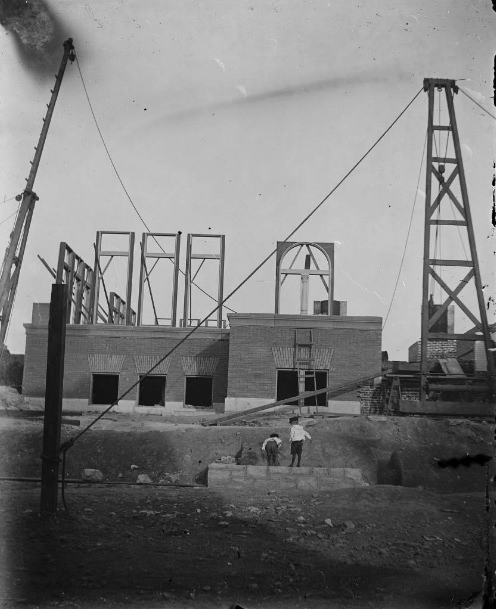
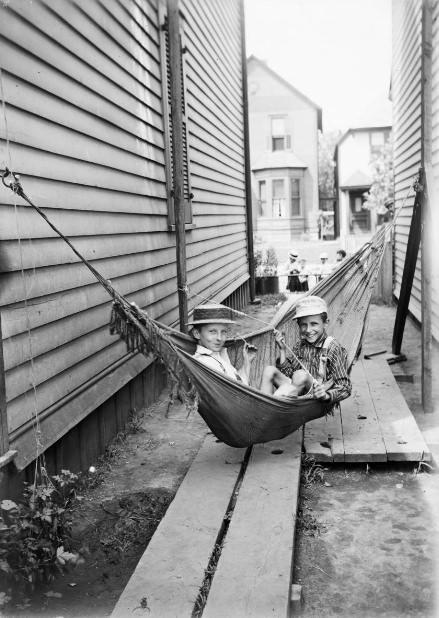
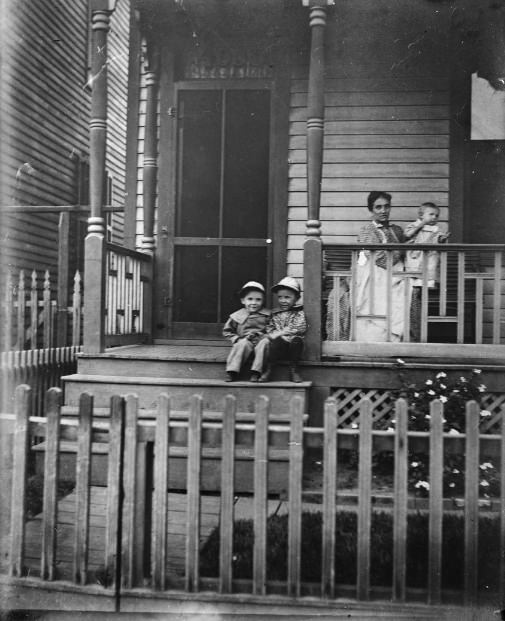
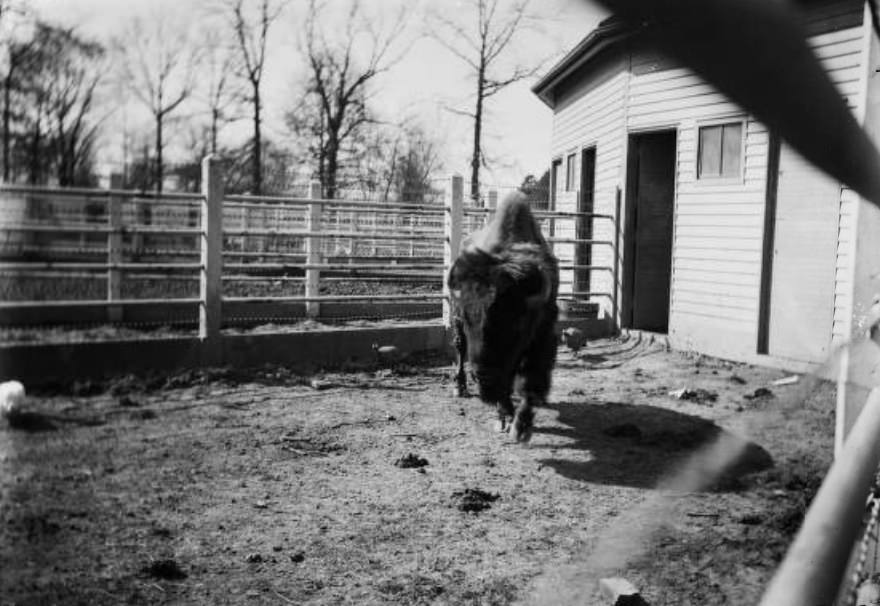
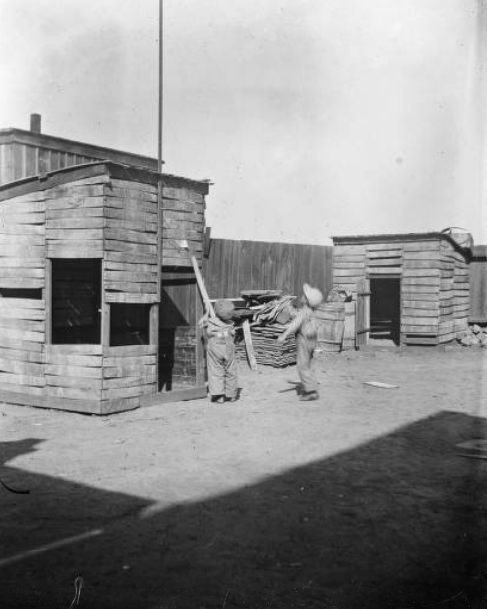
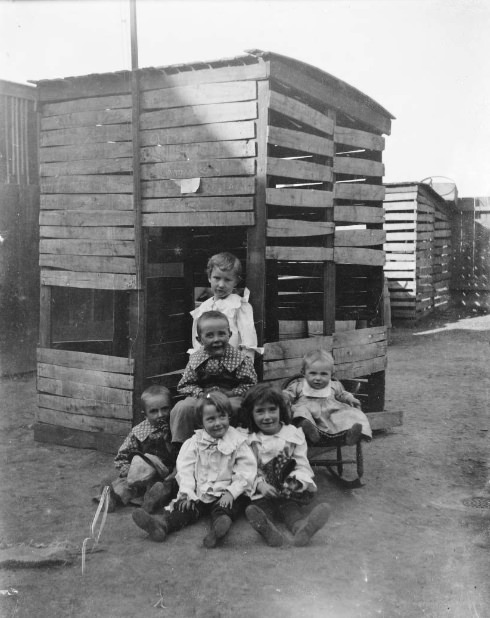
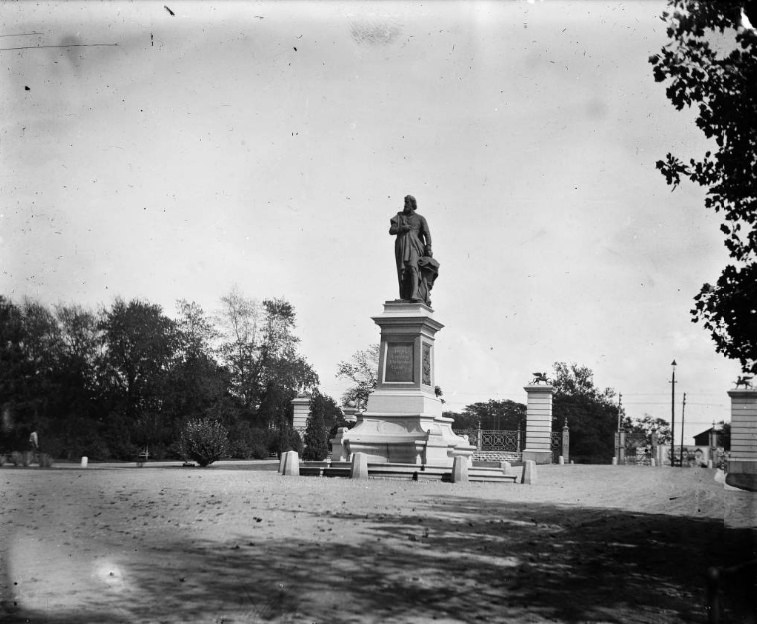
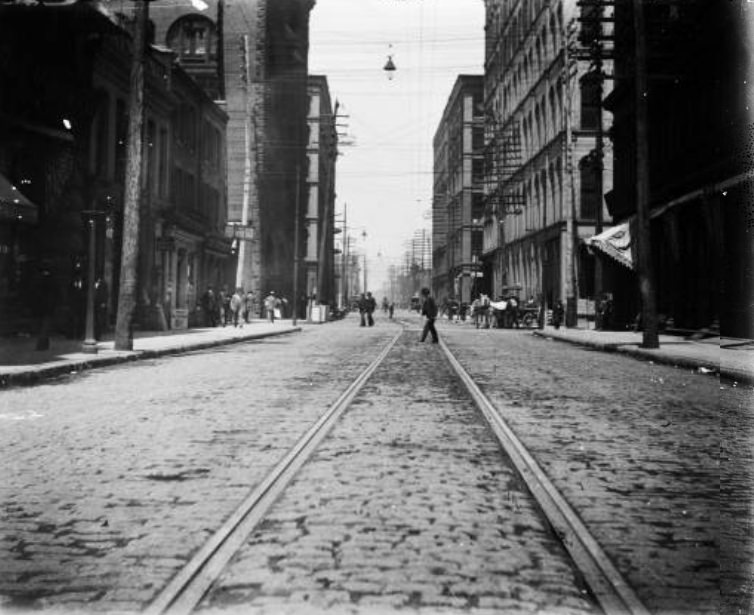
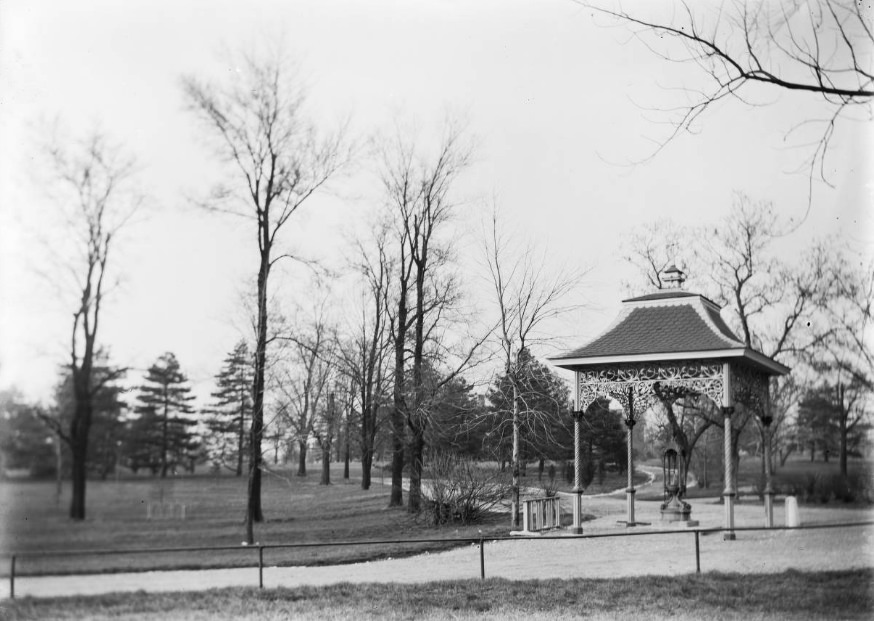
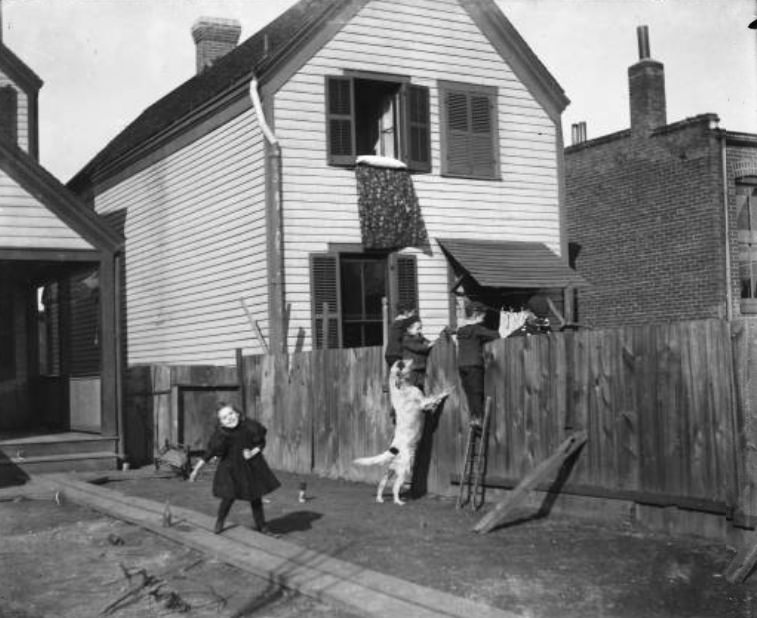
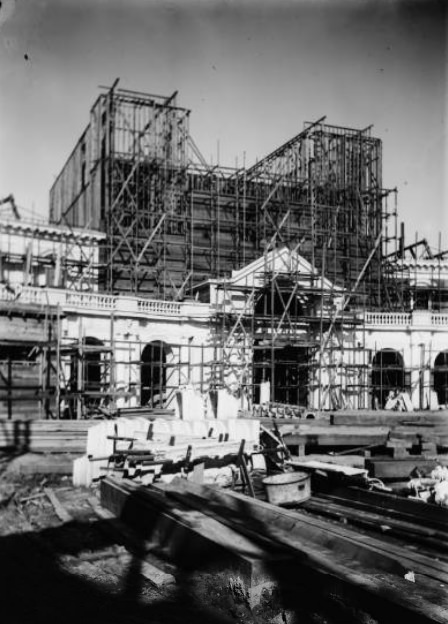
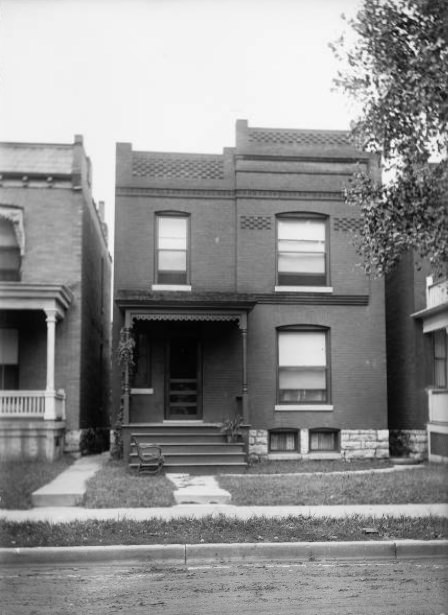
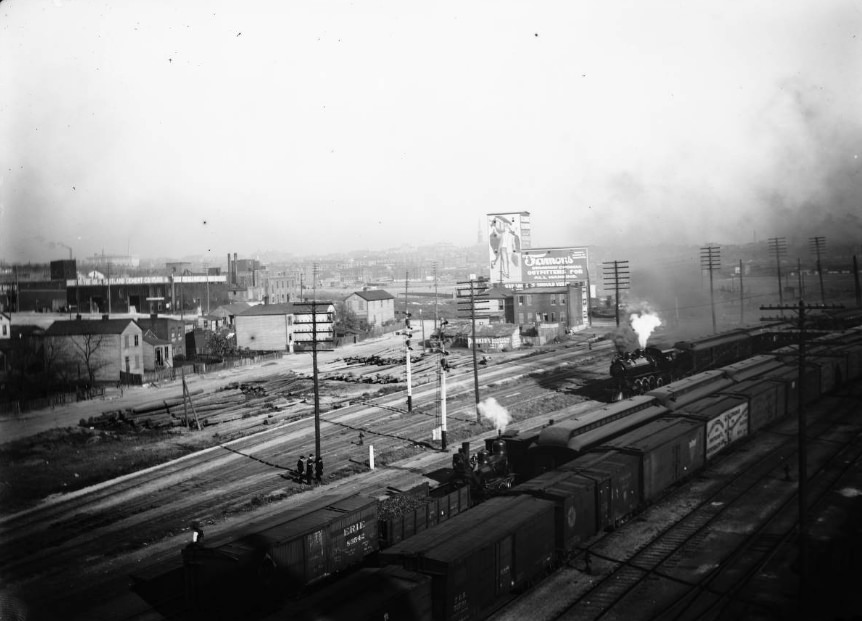
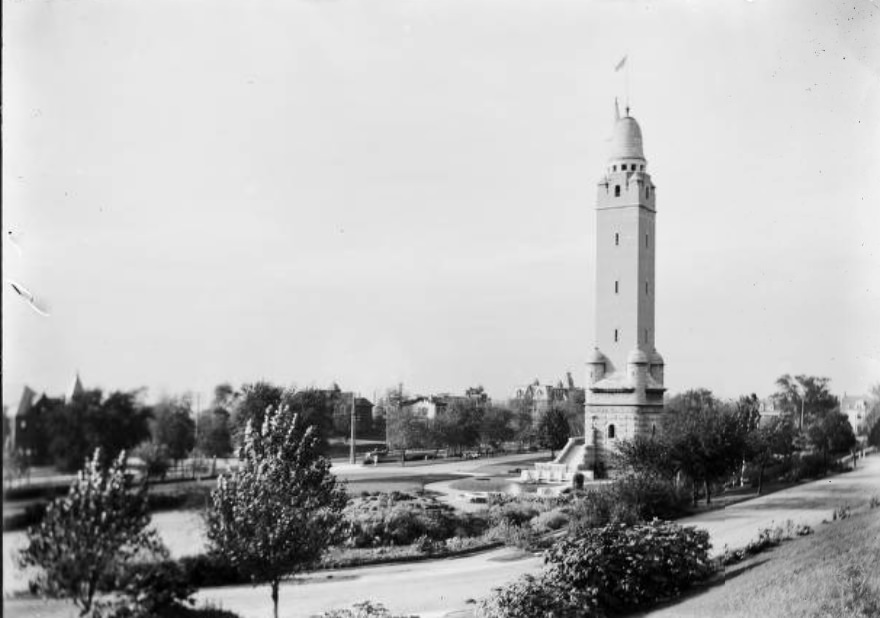
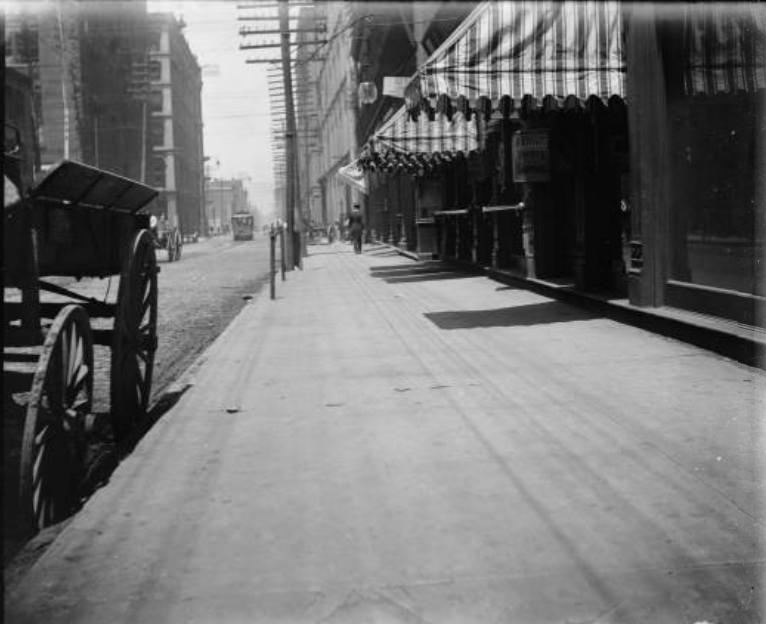
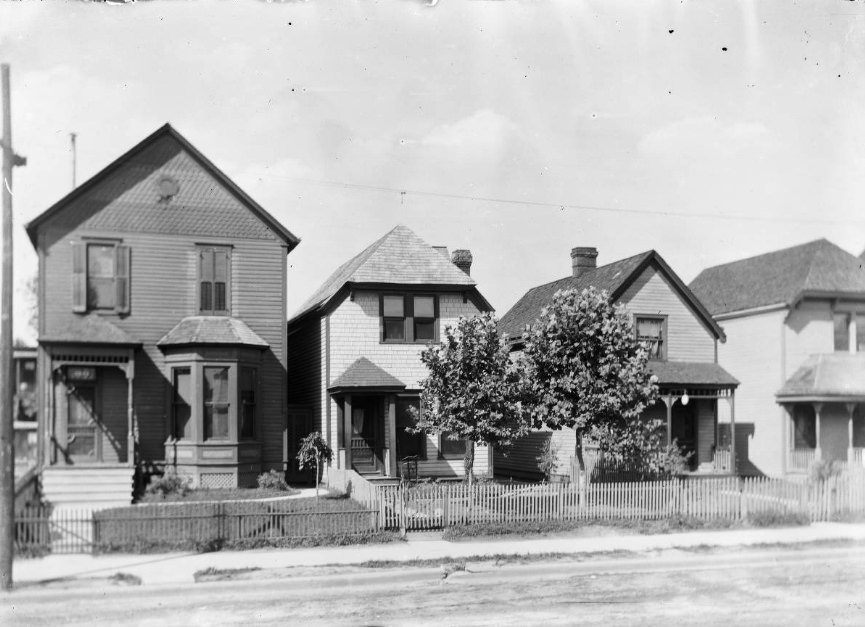
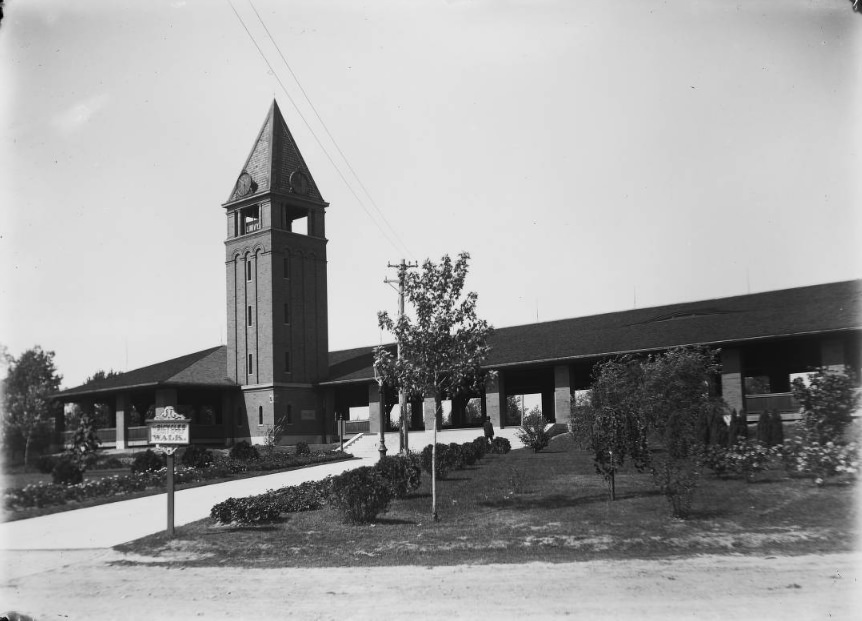
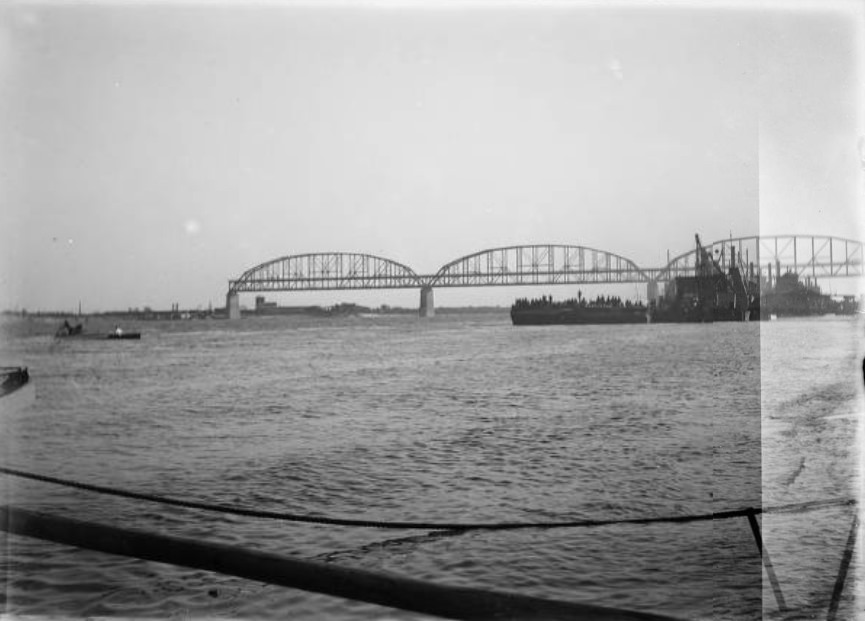
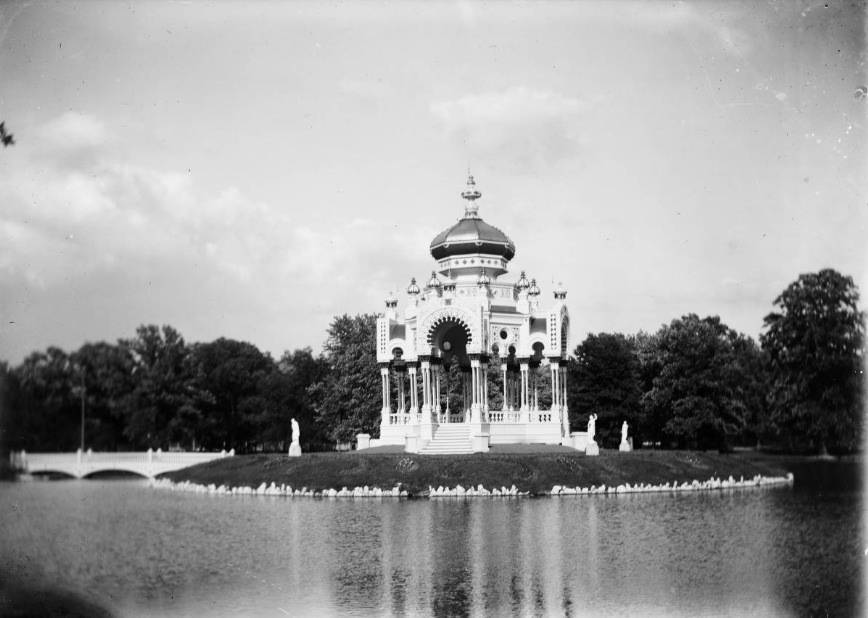
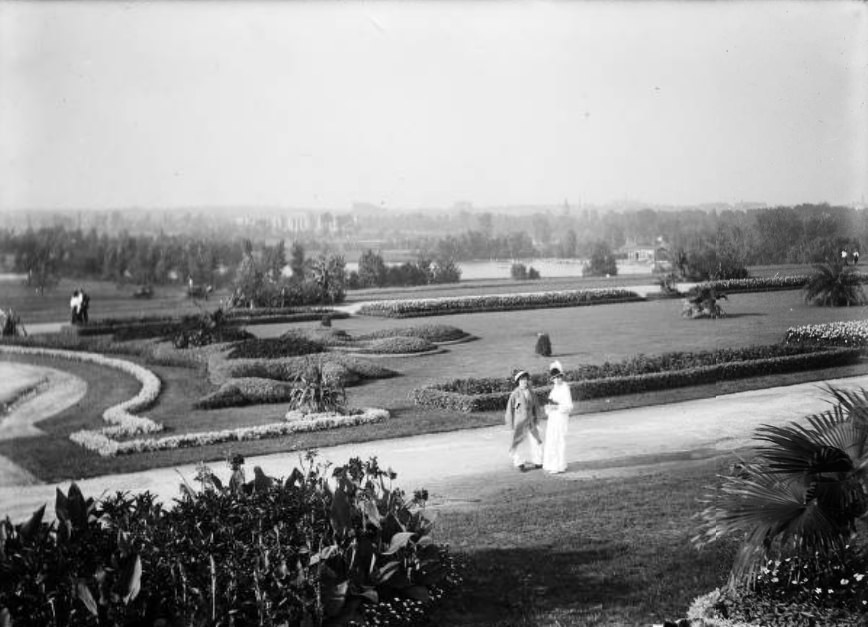
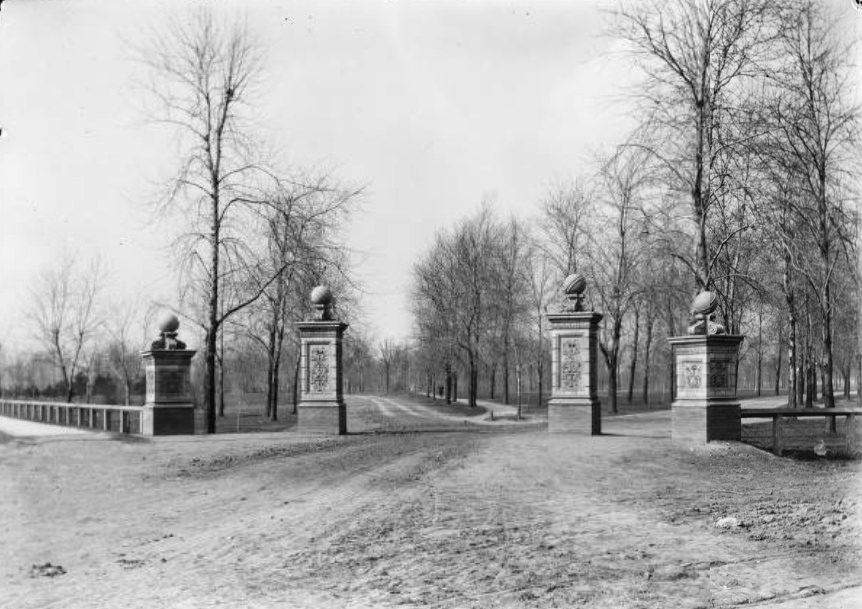
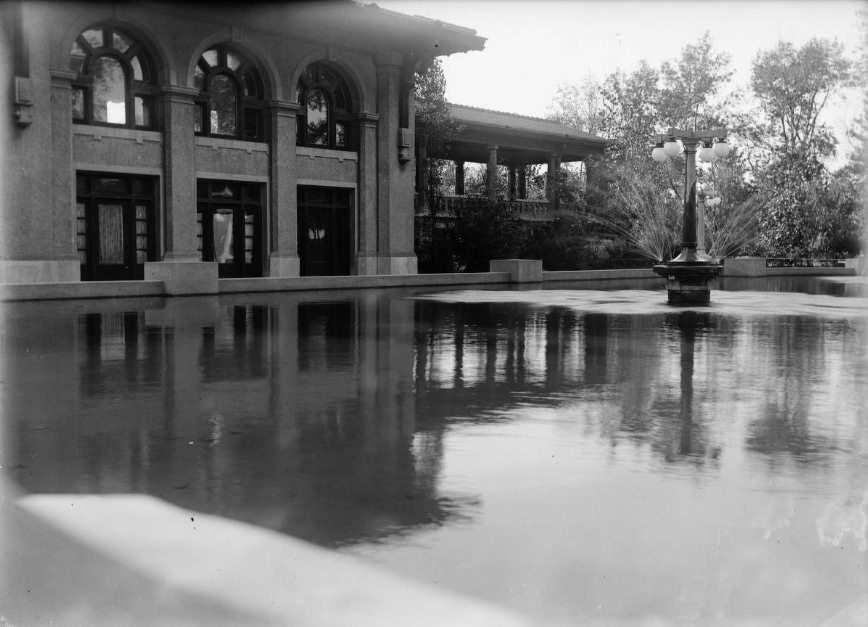
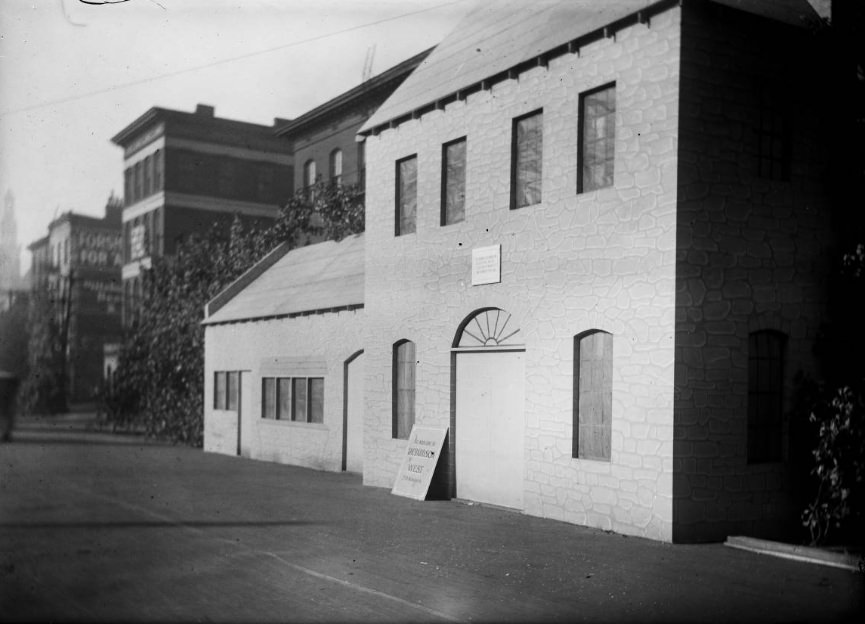
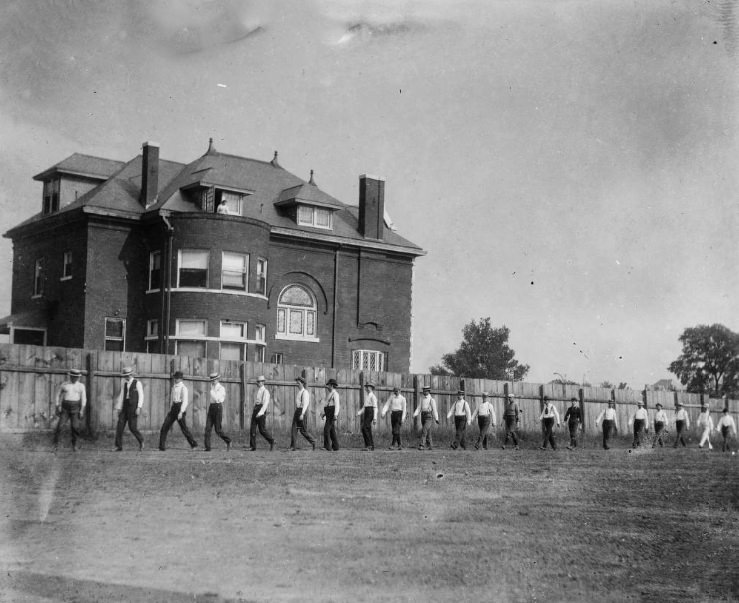
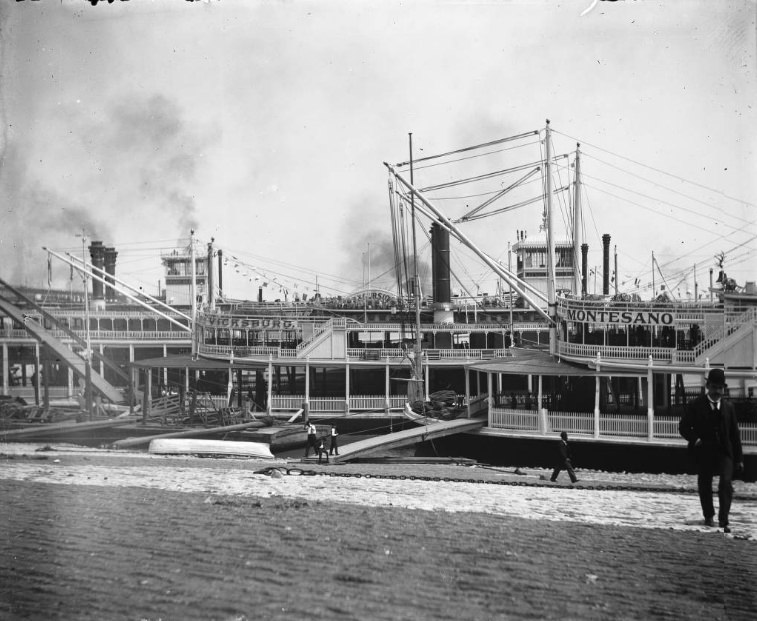
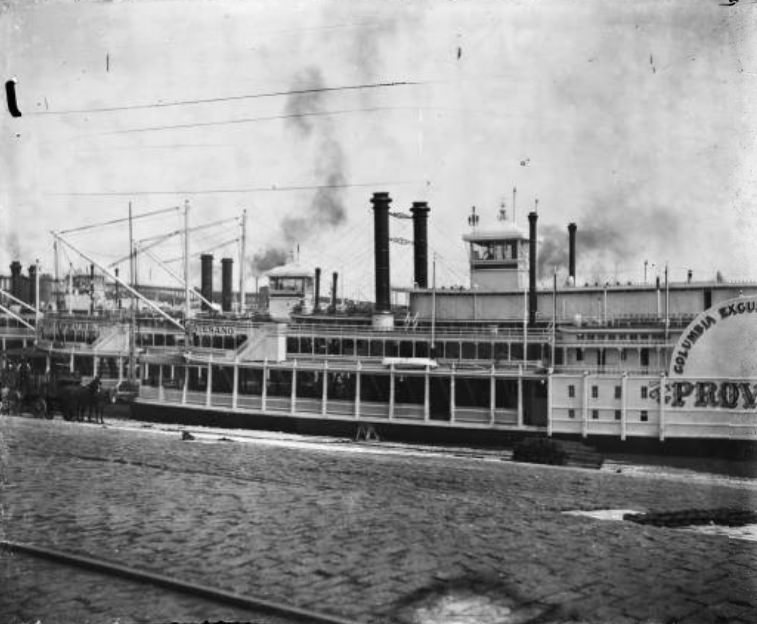
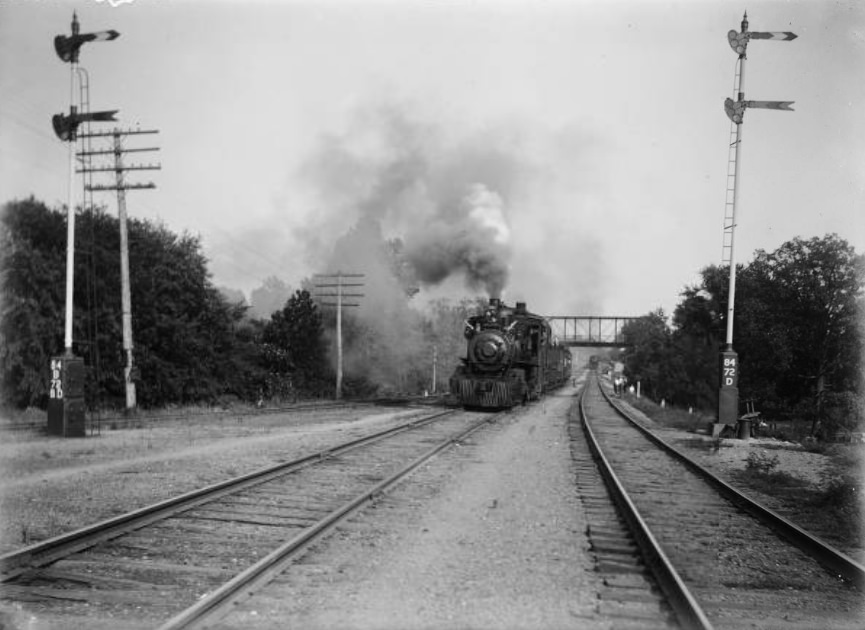
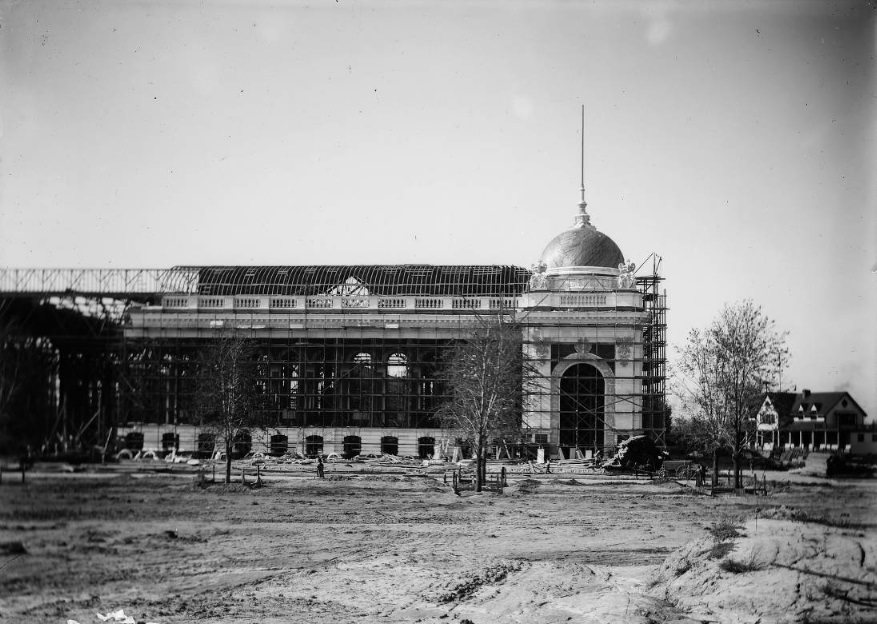
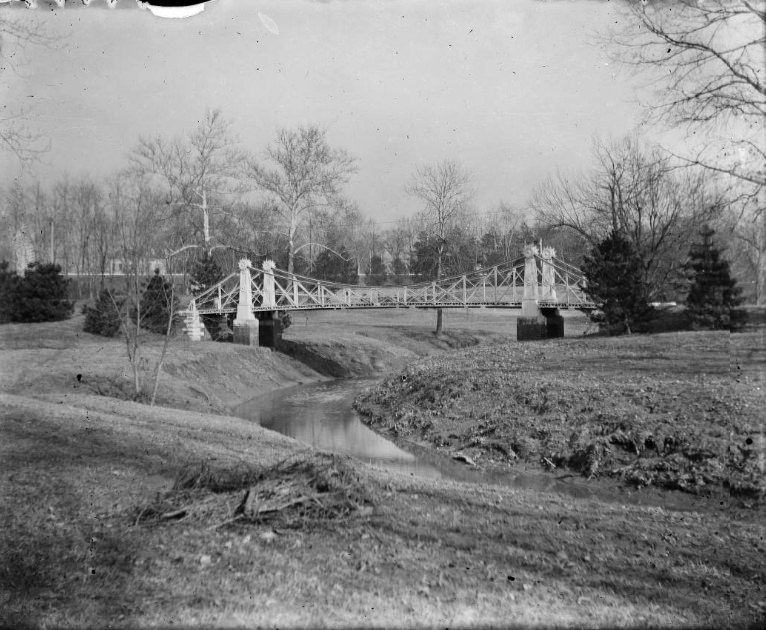
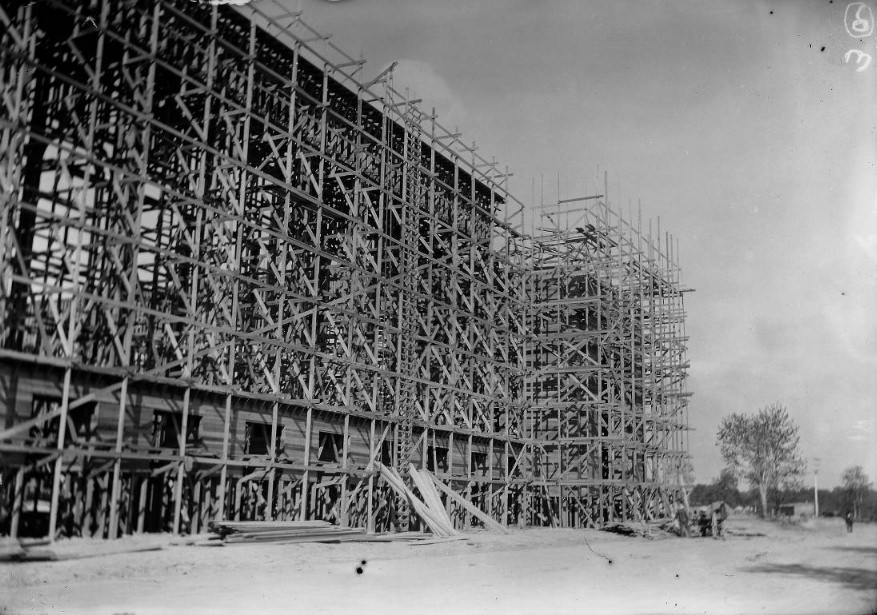

In those days, cities were filthy because of industrial pollution and horse faeces everywhere.
I can’t imagine living in a city where you couldn’t see the sun through the coal smoke. Crazy.
Traveling to Europe aboard one of the old steamships in a First Class cabin had to be an ordeal unless you were super-rich. There is a romanticization of this era that makes it seem like it was like ‘Downton Abbey’ for everyone. There was a book written years ago that debunked many of the nostalgic notions about the late 19th/early 20th century. As well, the earlier times depicted in Jane Austen’s romances probably weren’t easy.
The complete title of this book is: The Good Old Days: They Were Terrible!
On a serious note, I think much of the rose-tinted longing for this era comes from the fact that we could have maintained/improved this urban structure. Rather than transforming it into parking lots and sprawl, we turned it into parking lots and suburban sprawl.
It’s true that once you read the book I mentioned, you’ll never look at this time period or sentimental films like “Meet Me in St. Louis” in quite the same way again.
Life was crazy back then, and it’s almost satisfying to know where most of this stuff is and identify everything. It would have been nice if the “palaces” had stayed. I love how cool that looks.
The fact that so many of these really solidly built old mansions and buildings didn’t last all that long is amazing. Several Vanderbilt mansions in New York City didn’t last even a century, and I’m sure that some of the old ones here in St. Louis are either completely gone or abandoned hulks waiting for some urban explorer to video.
We need our twice monthly reminder STL was a bustling big city that is a husk of its former self.
St. Louis is still one of the largest metro areas in the United States.
Quality of life was probably also absolutely shit for 95% of the population